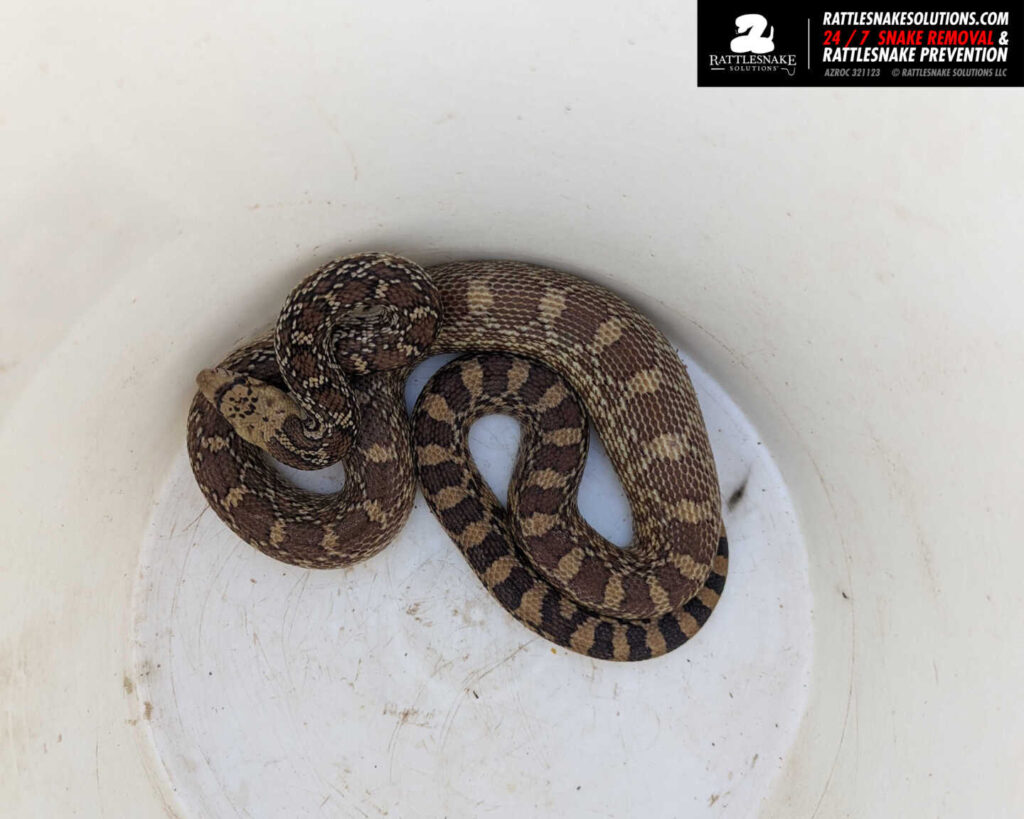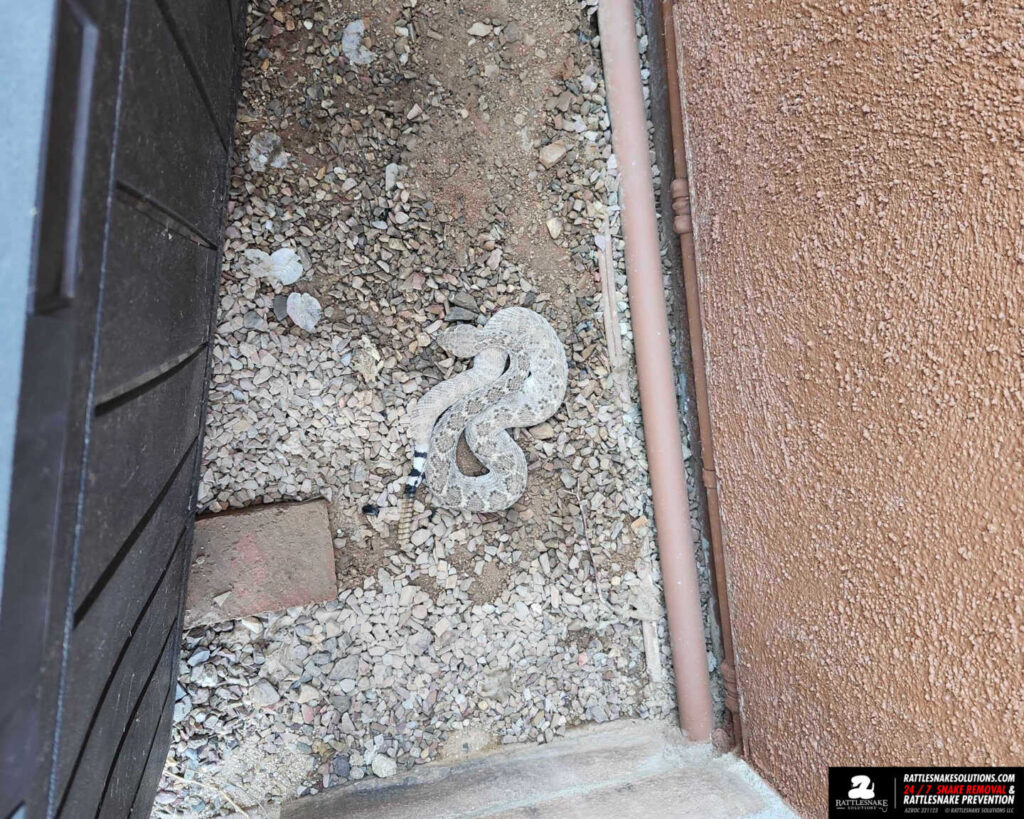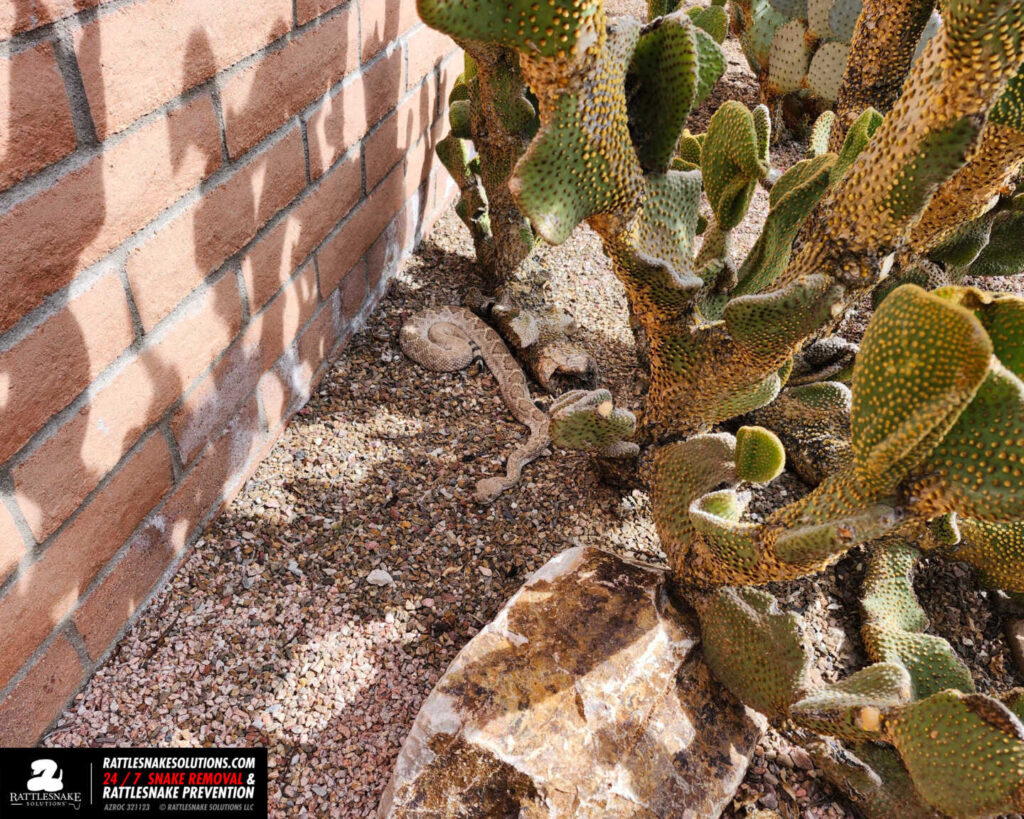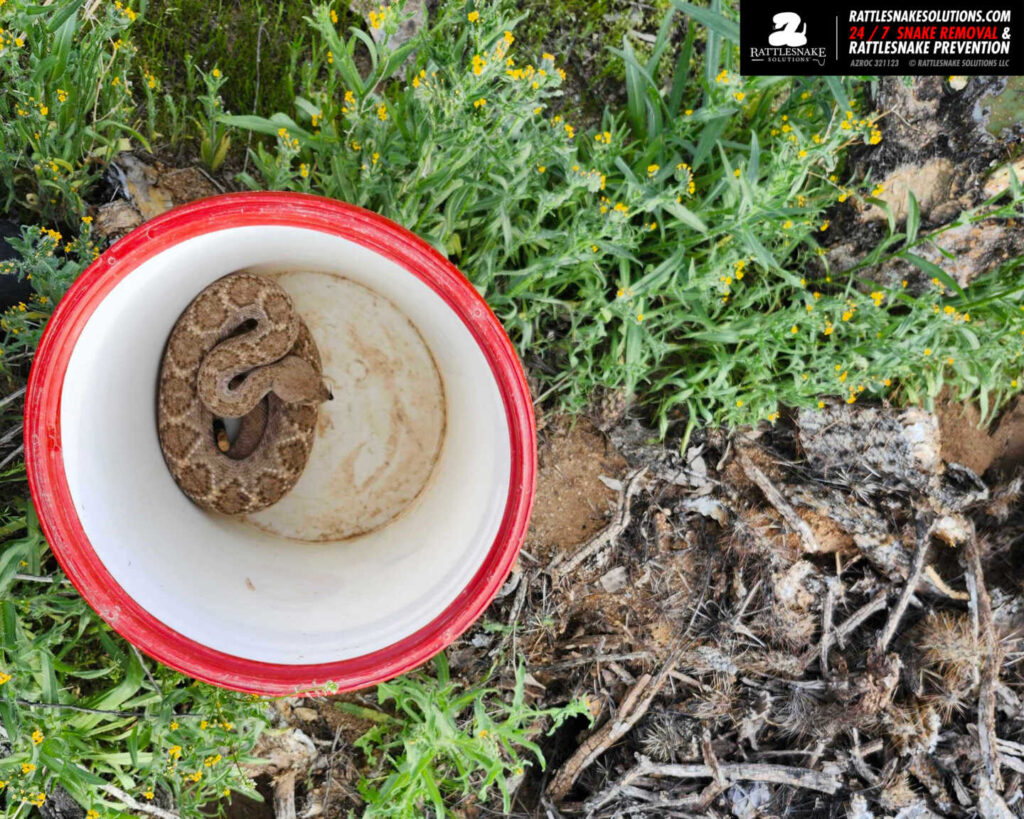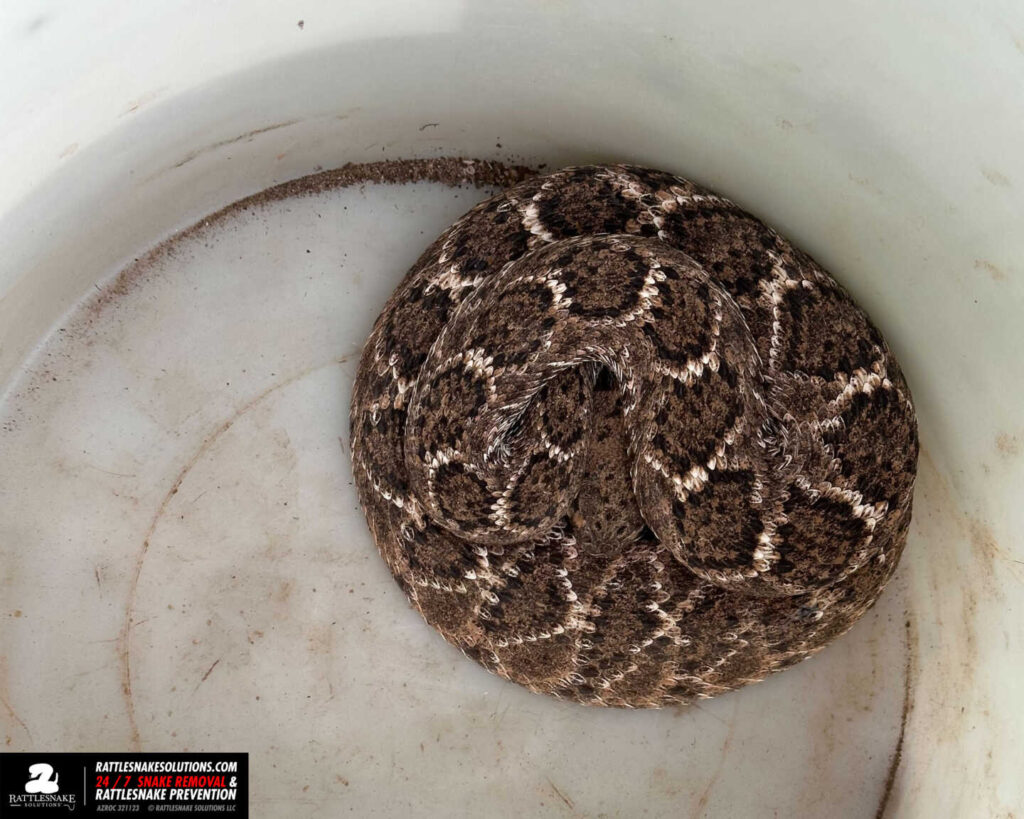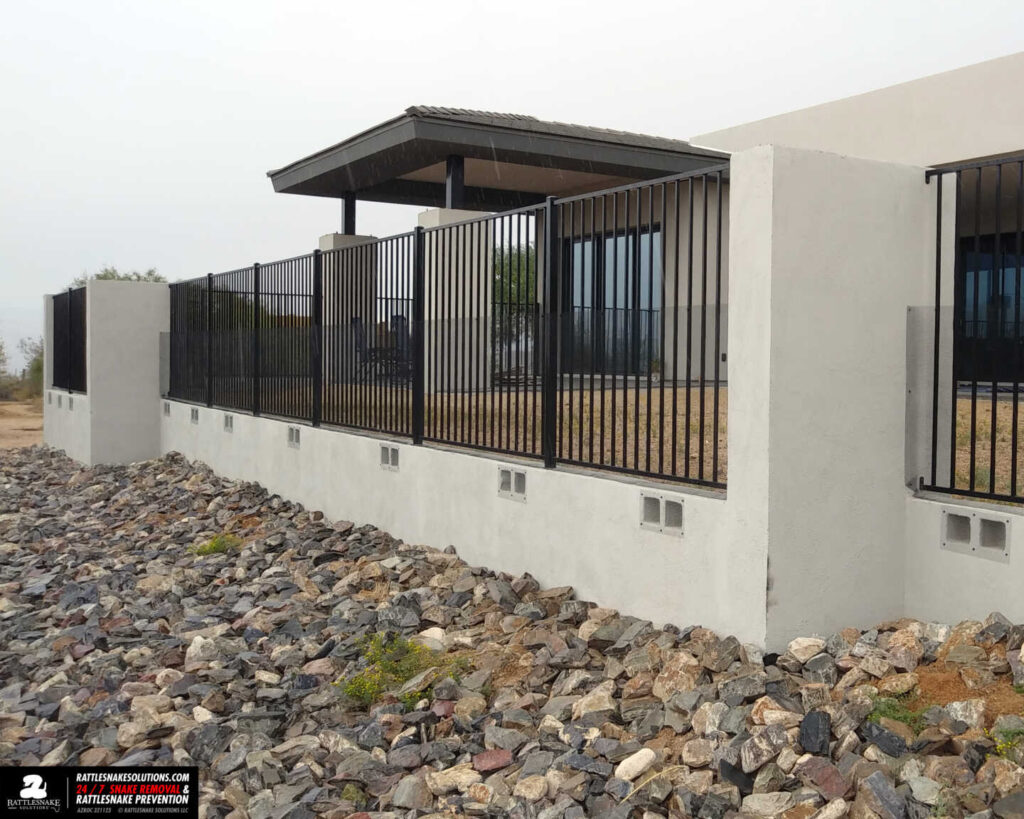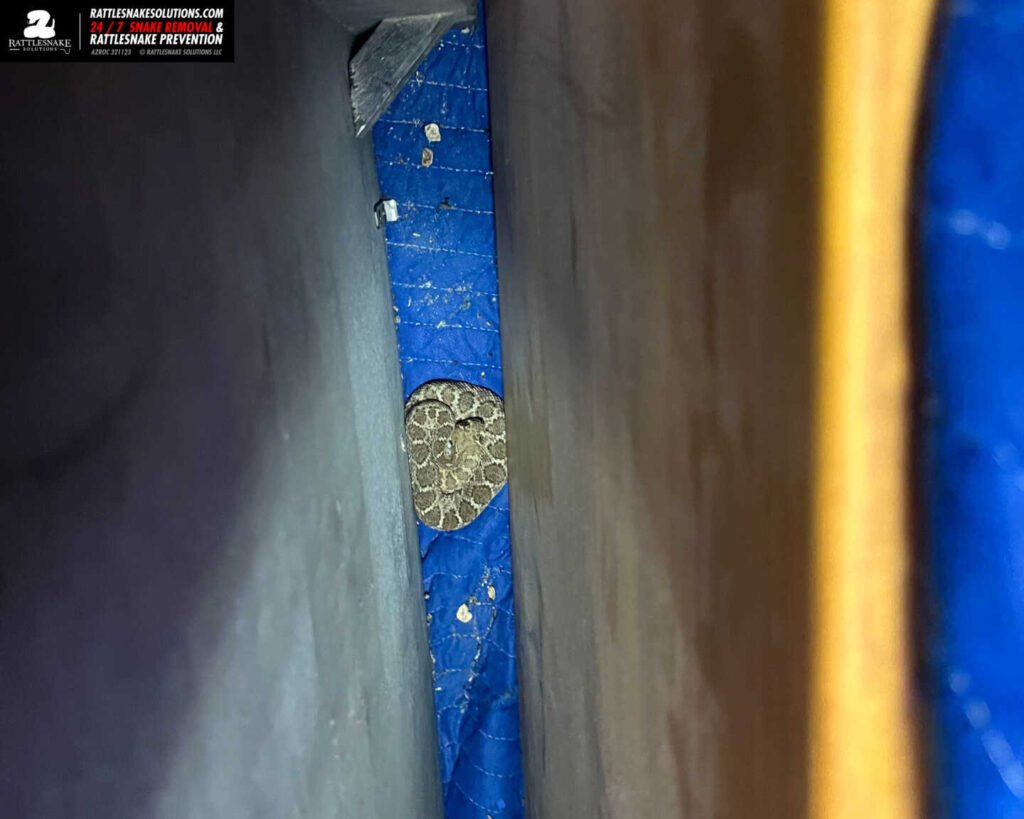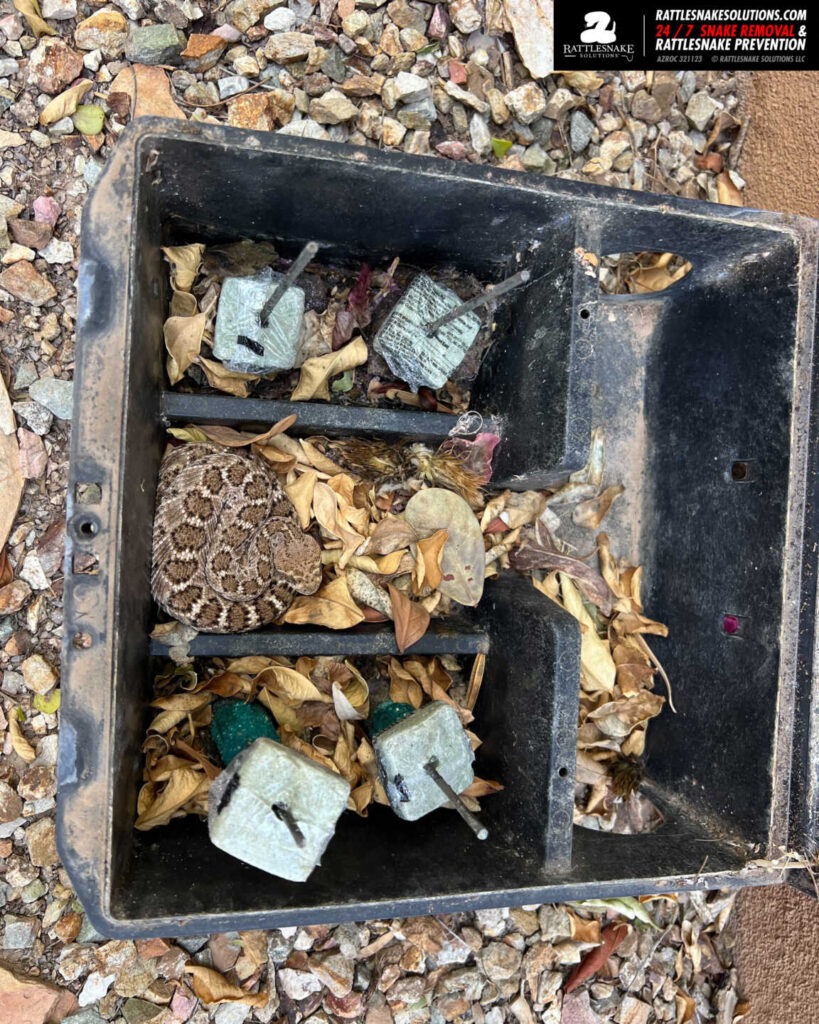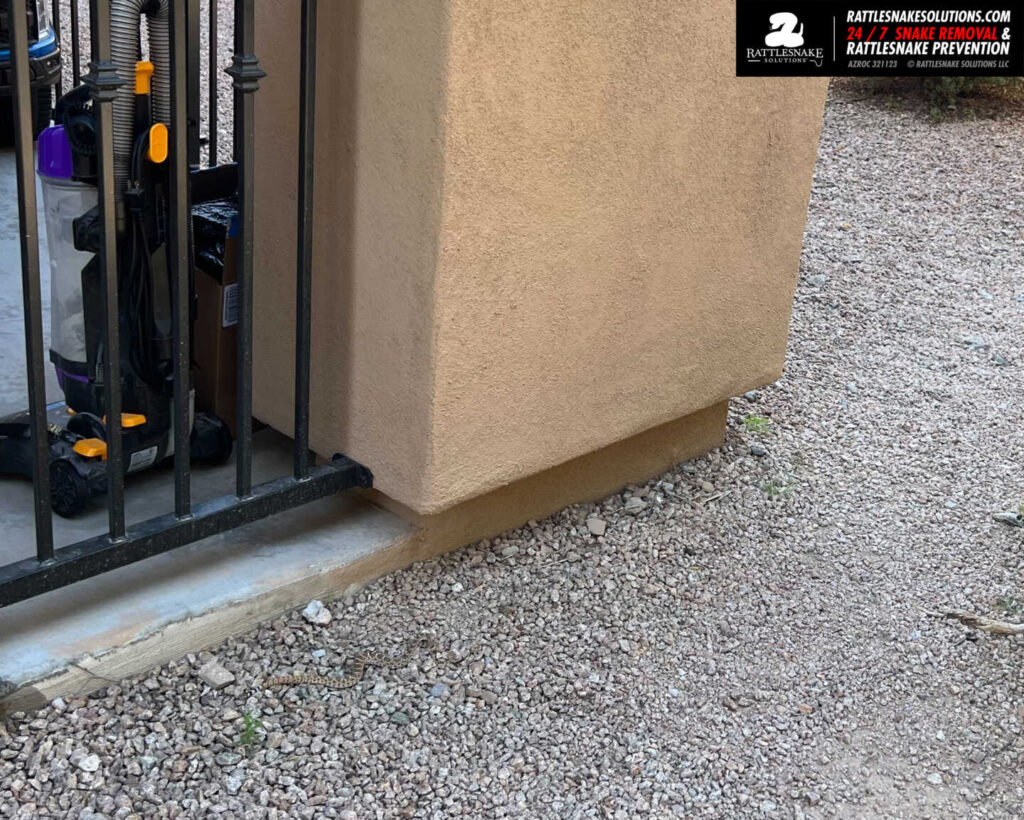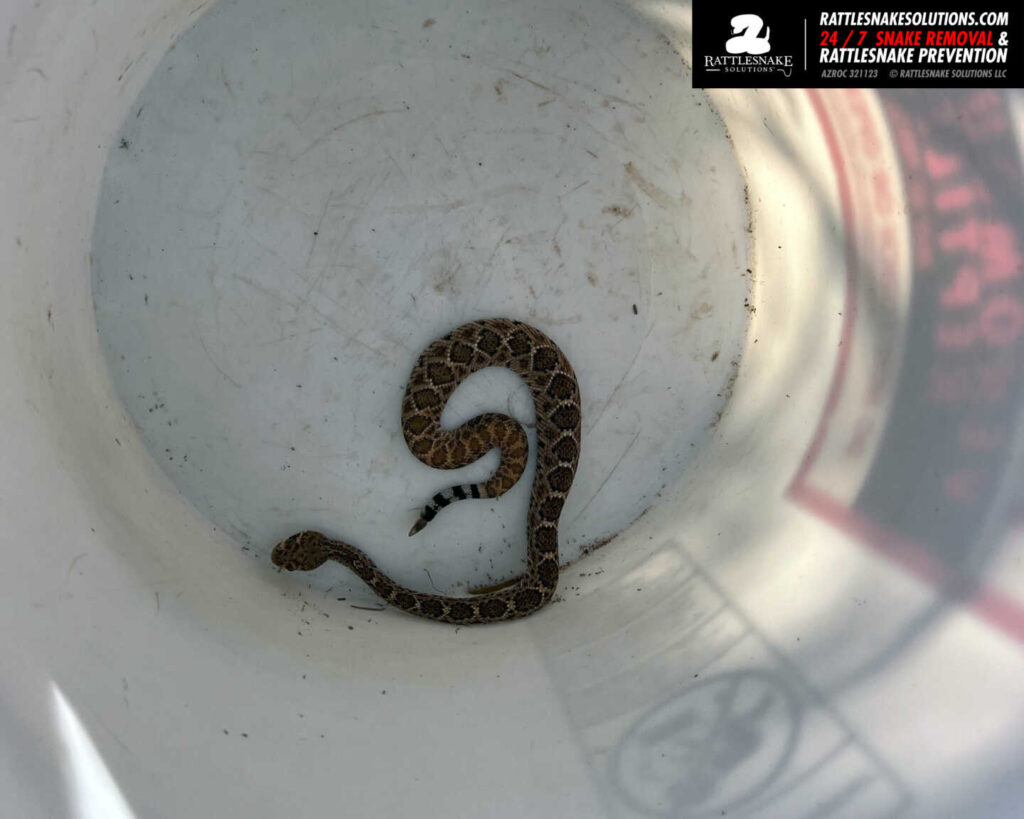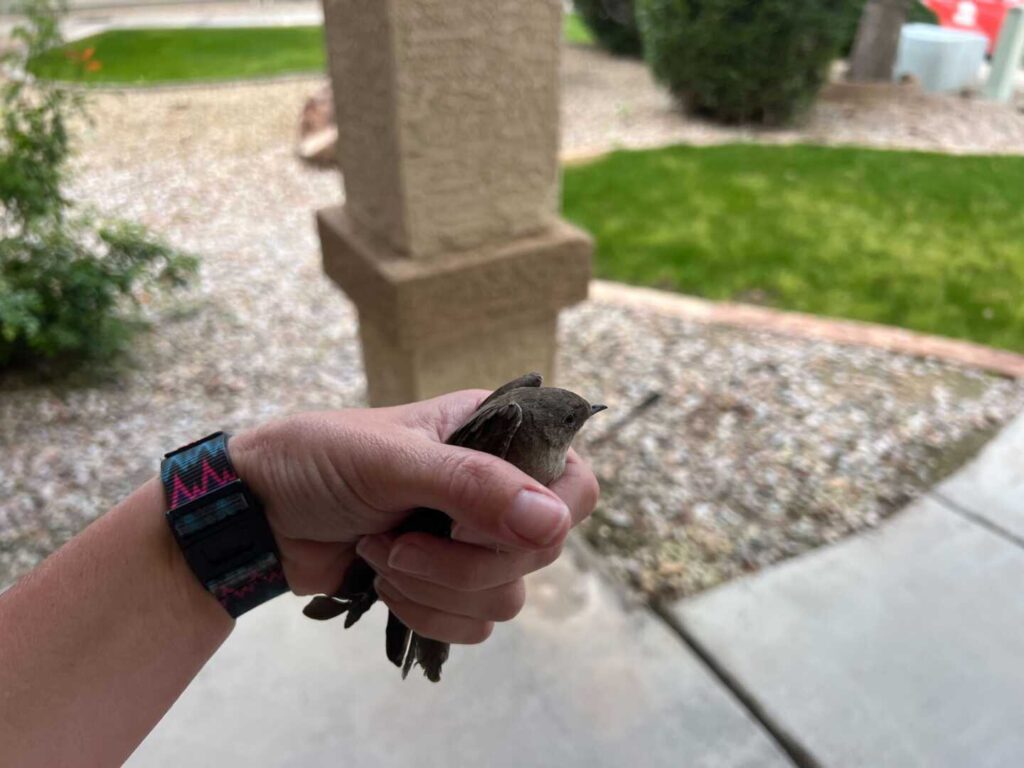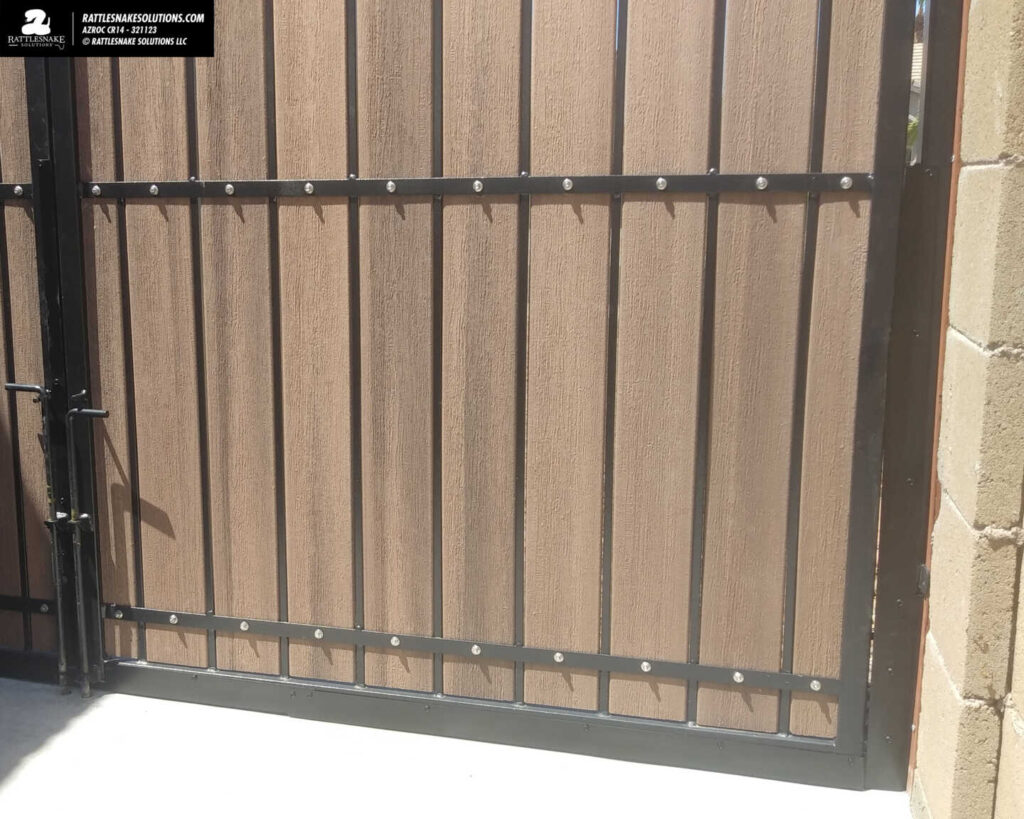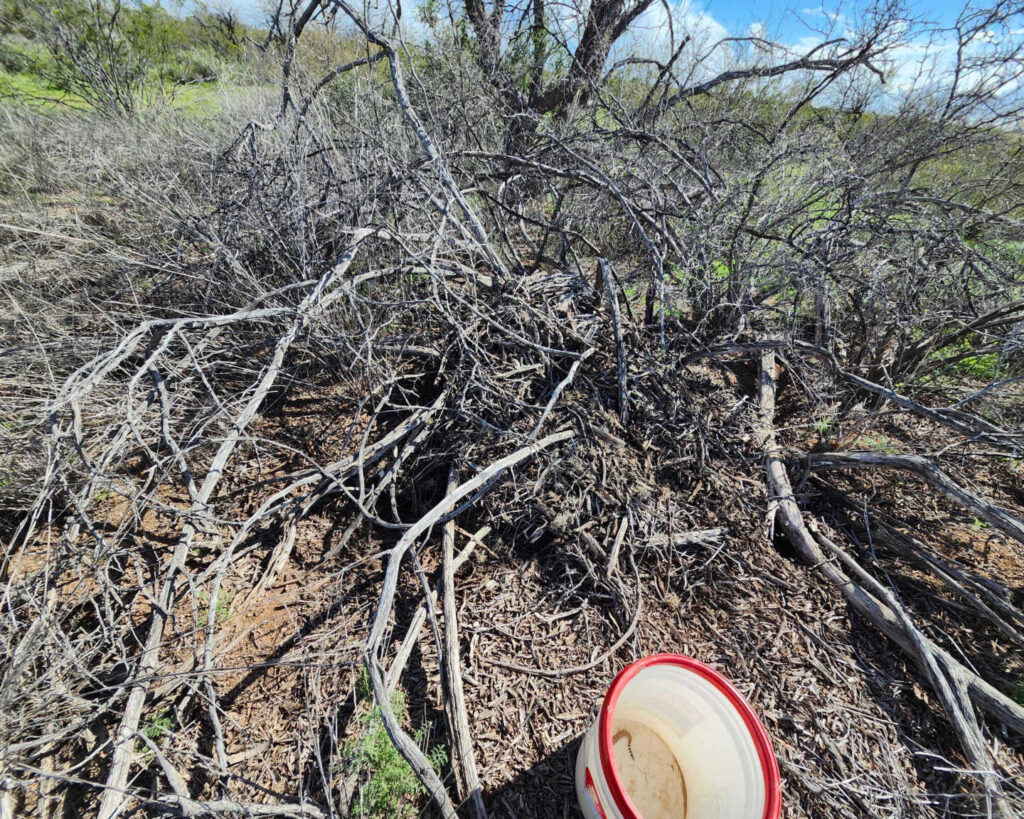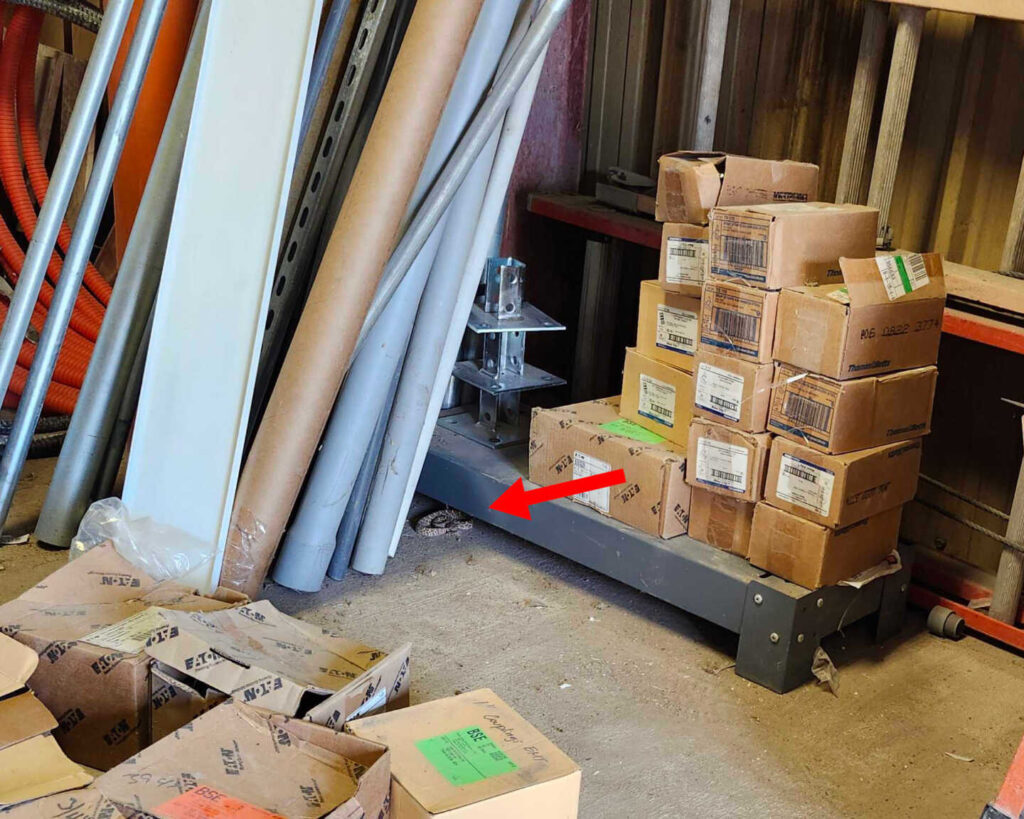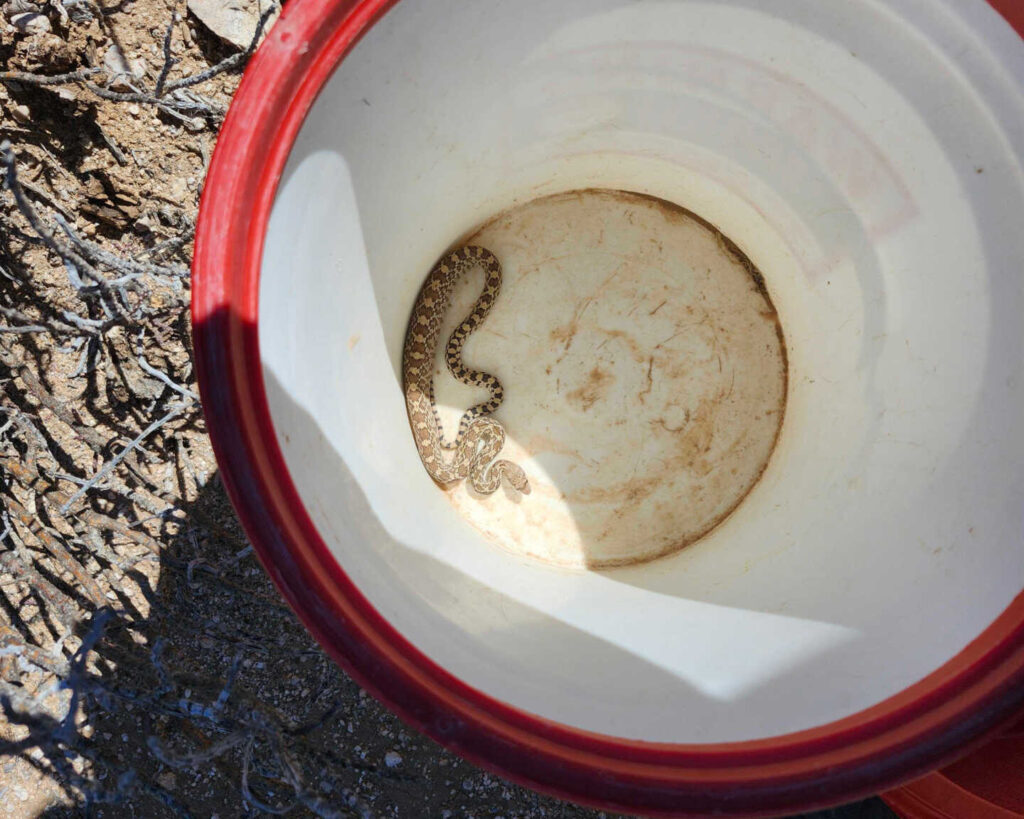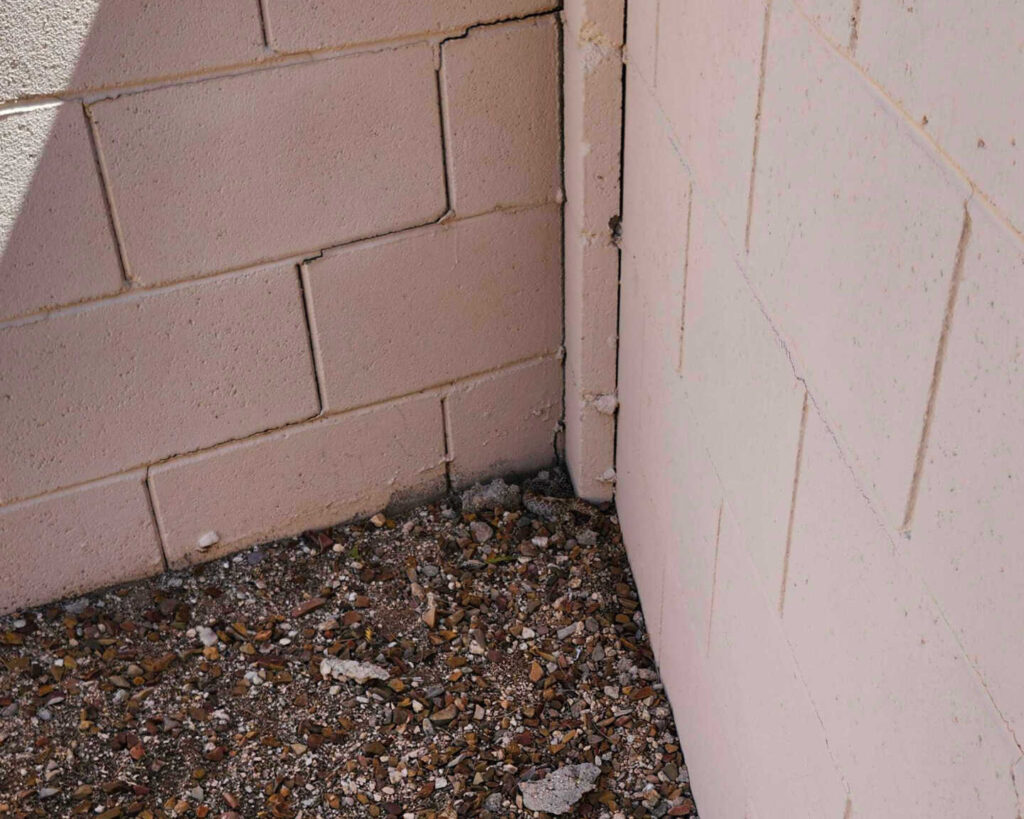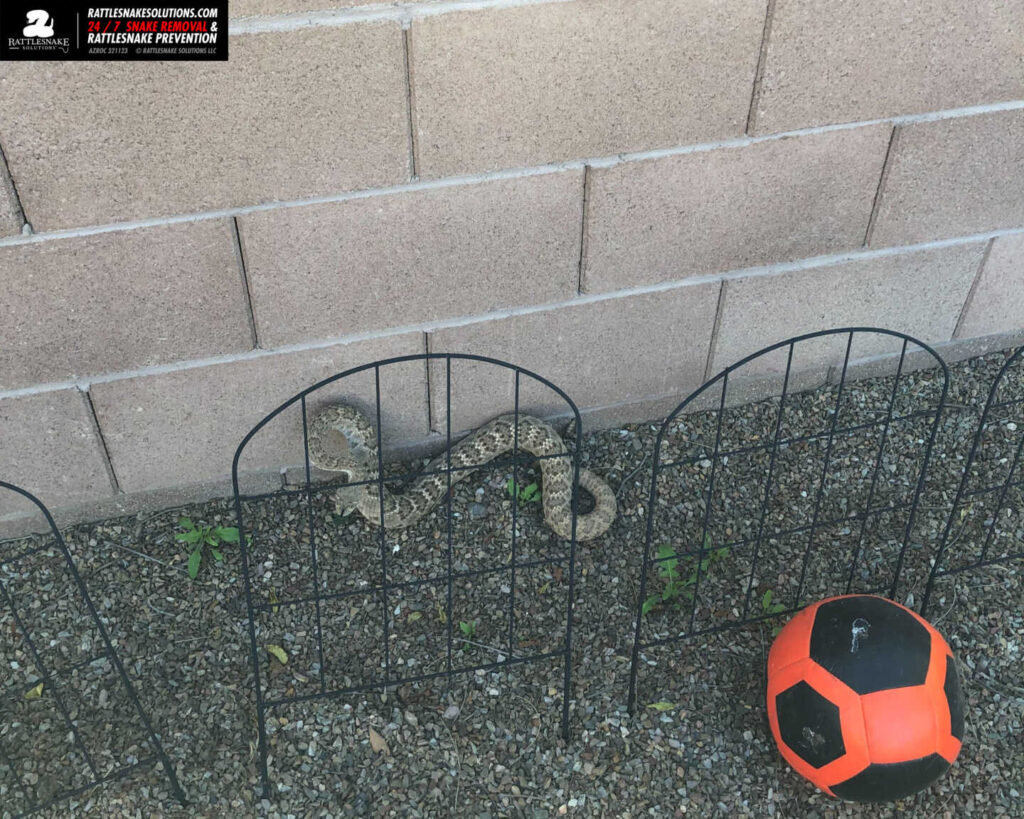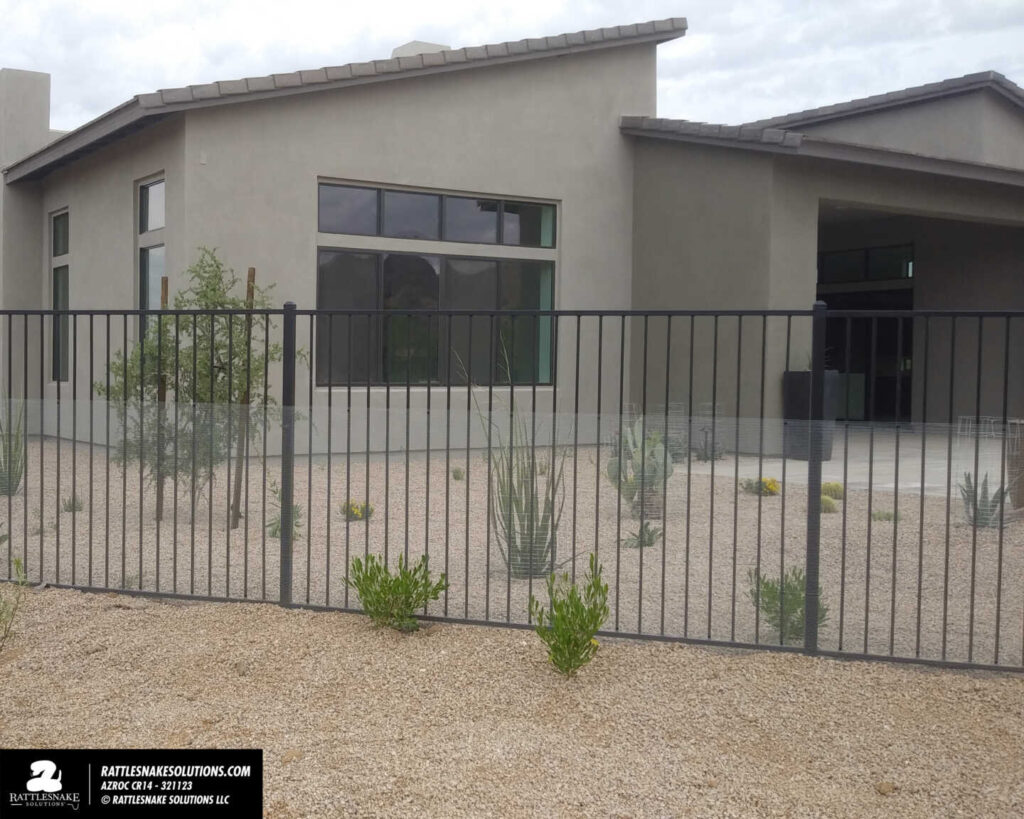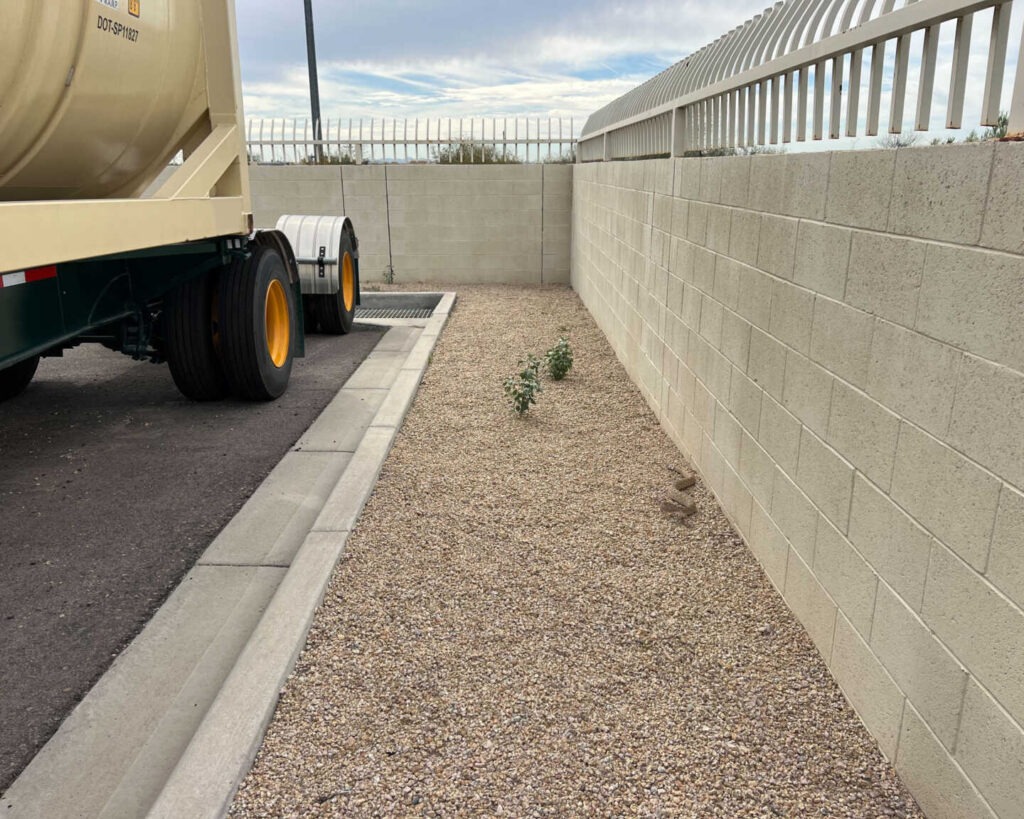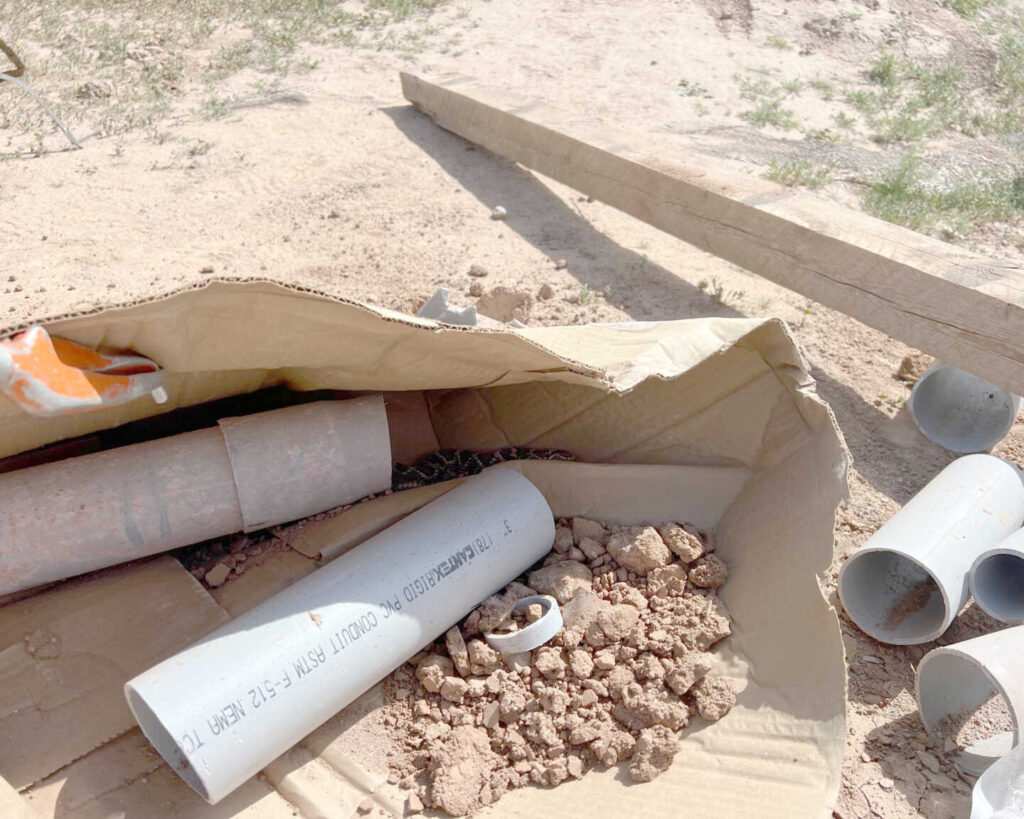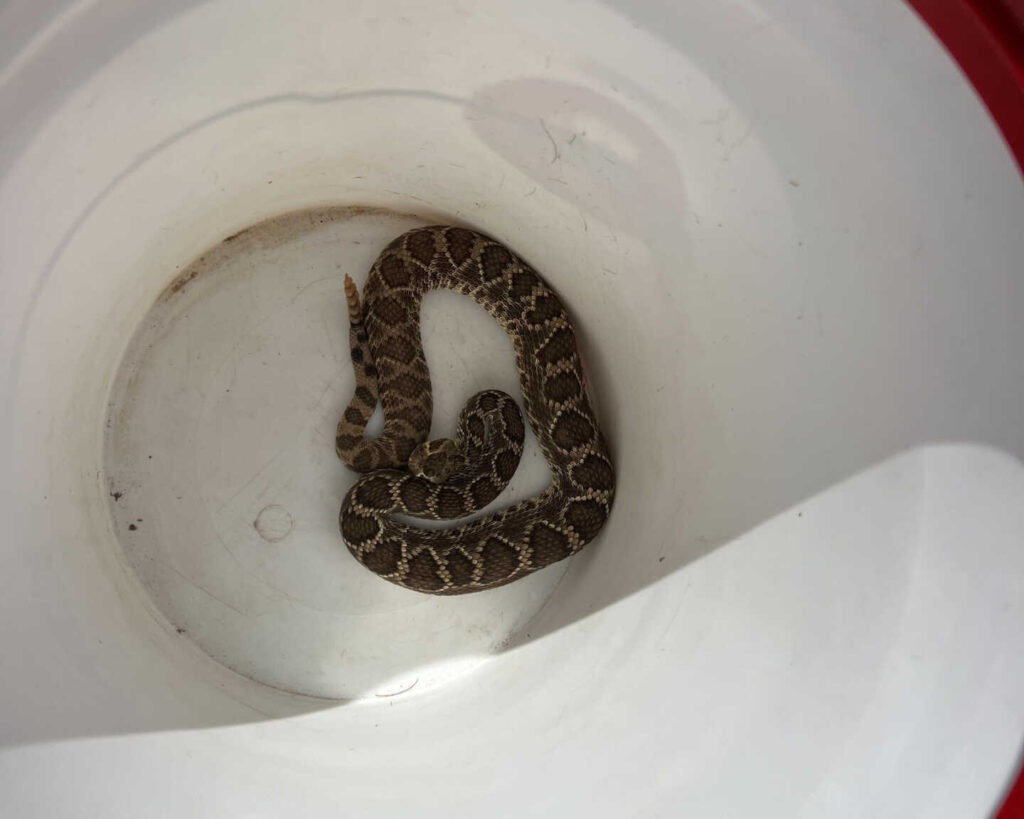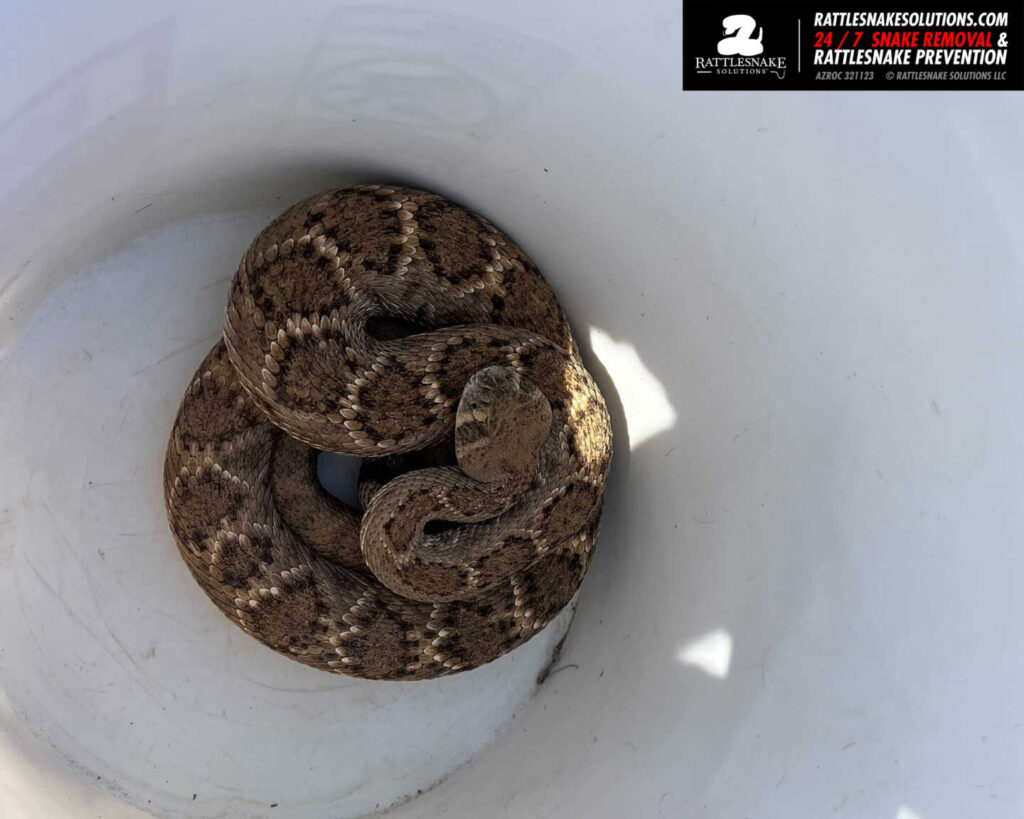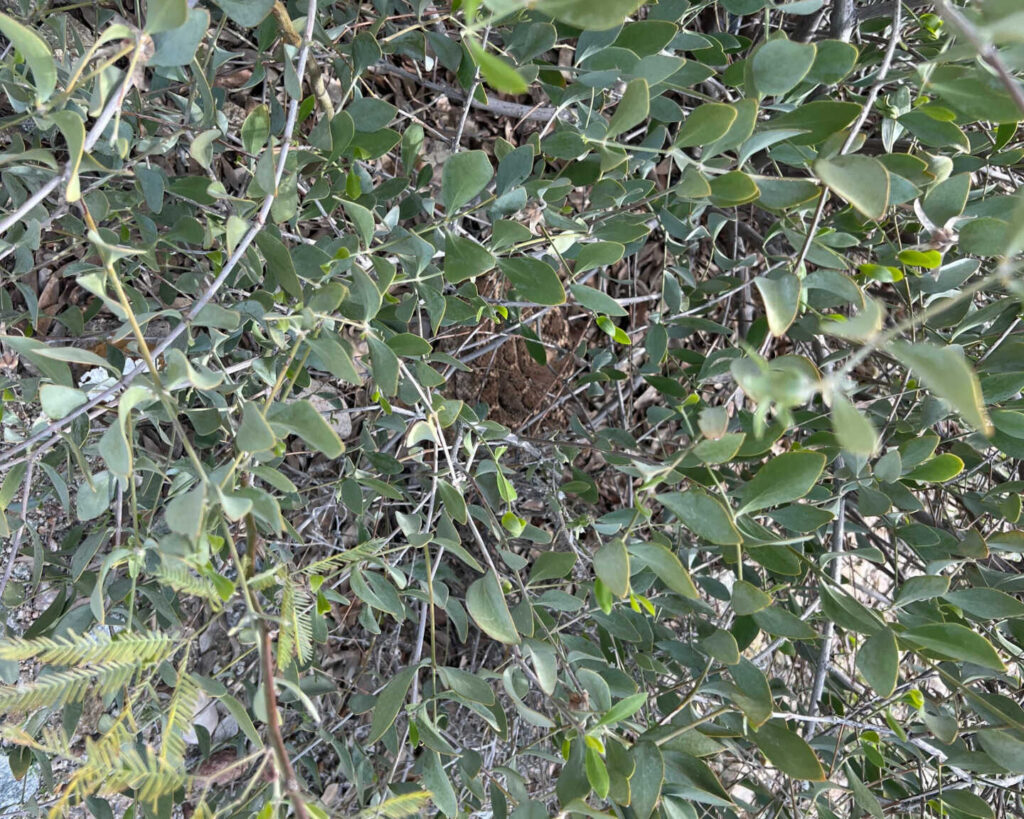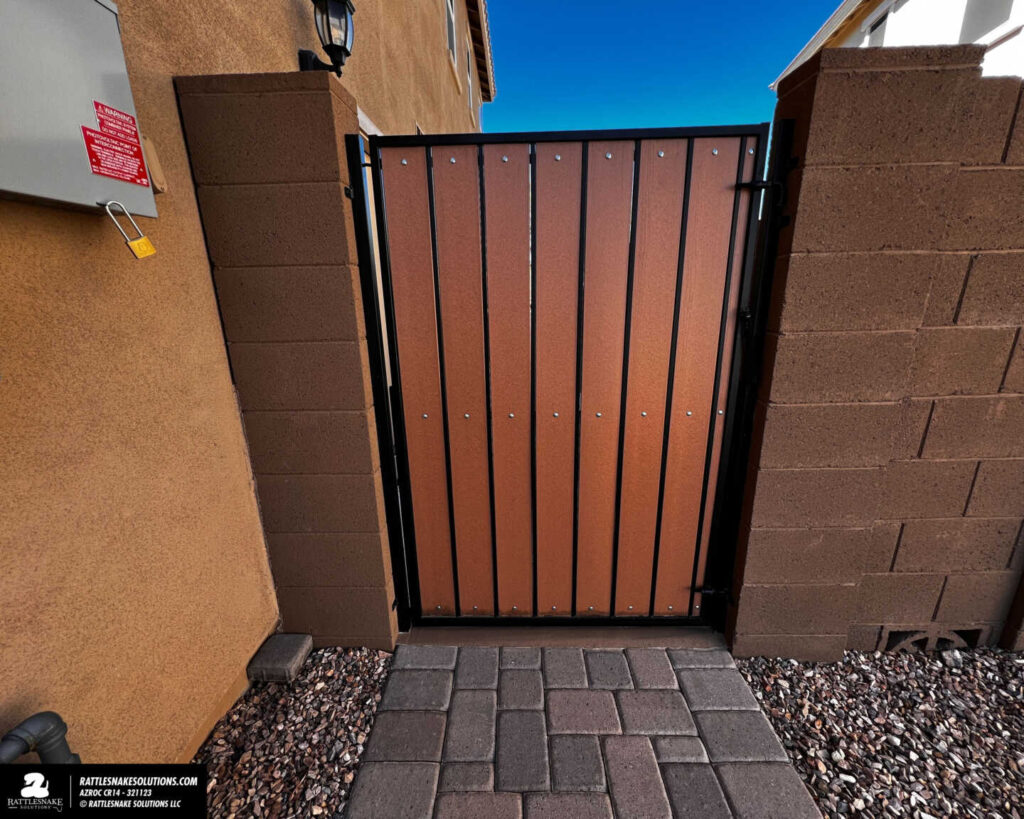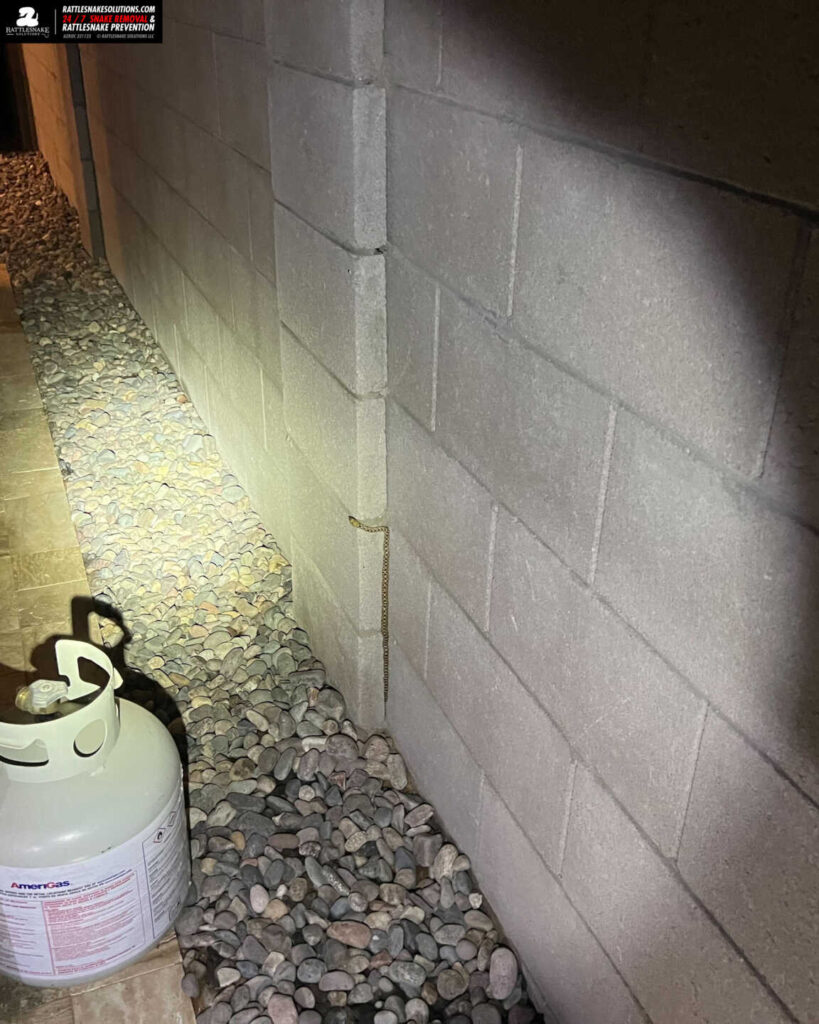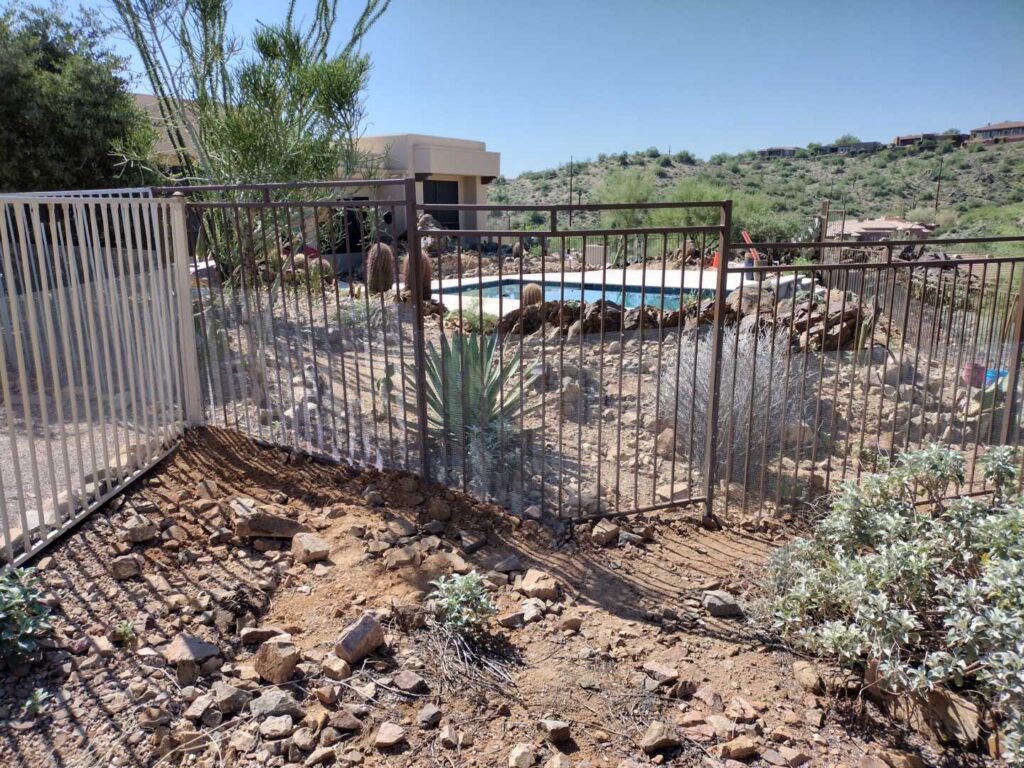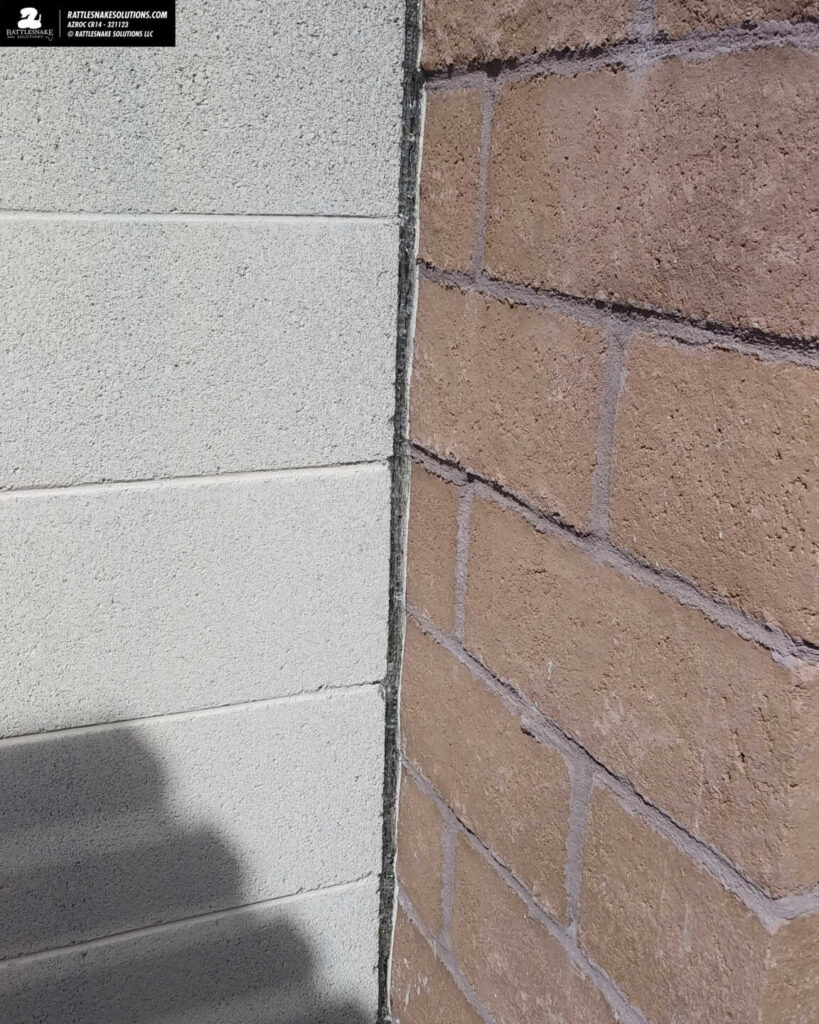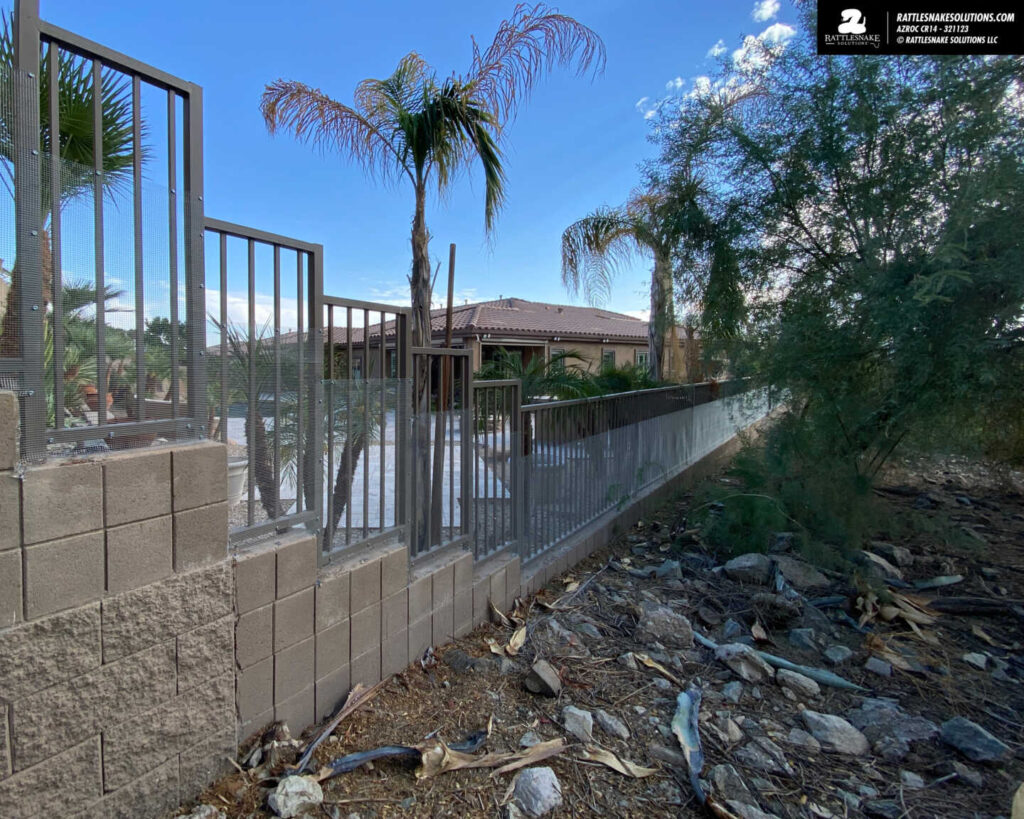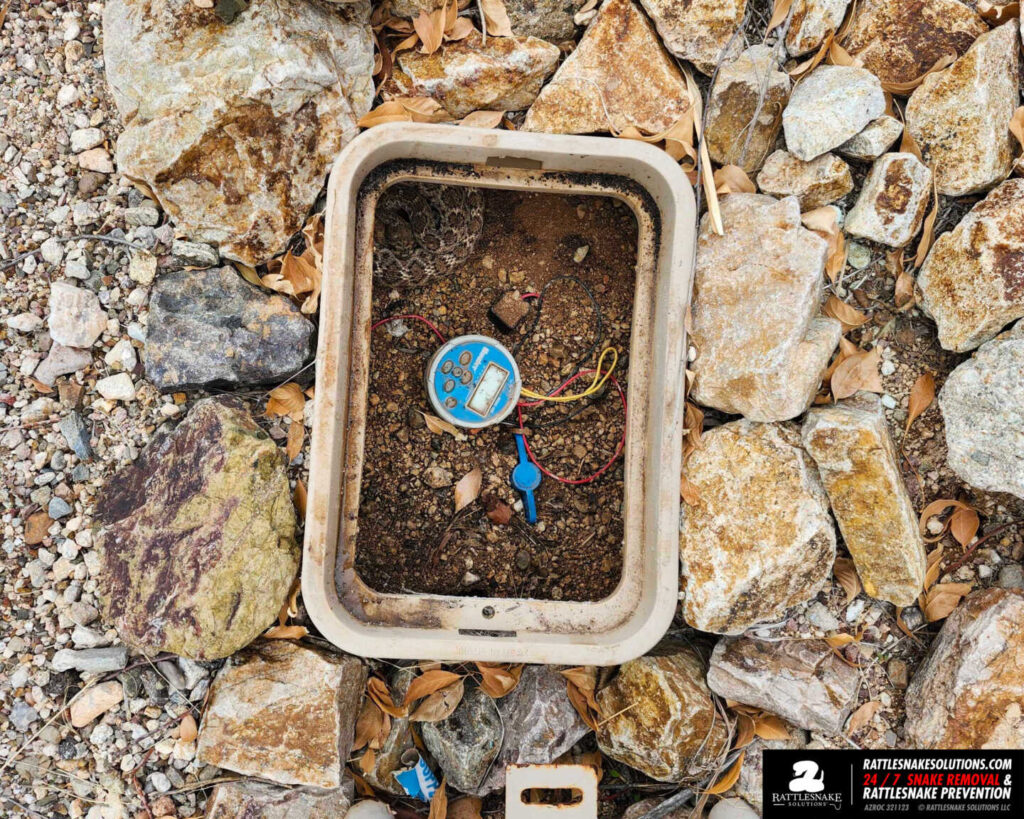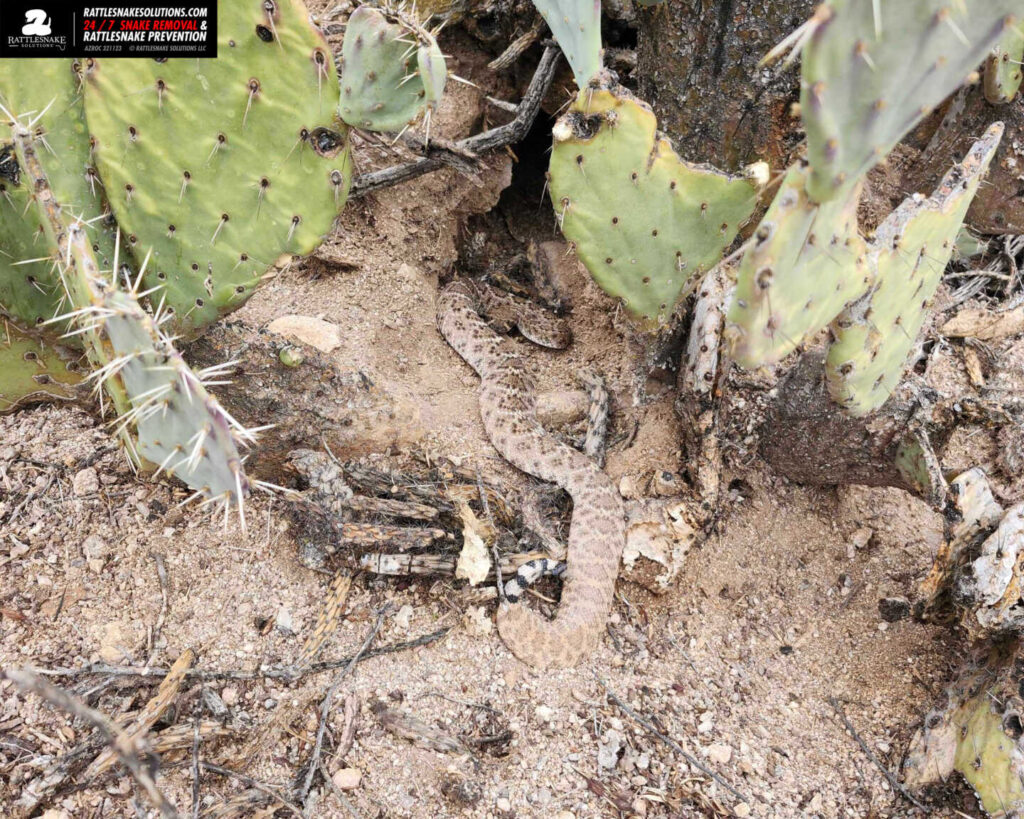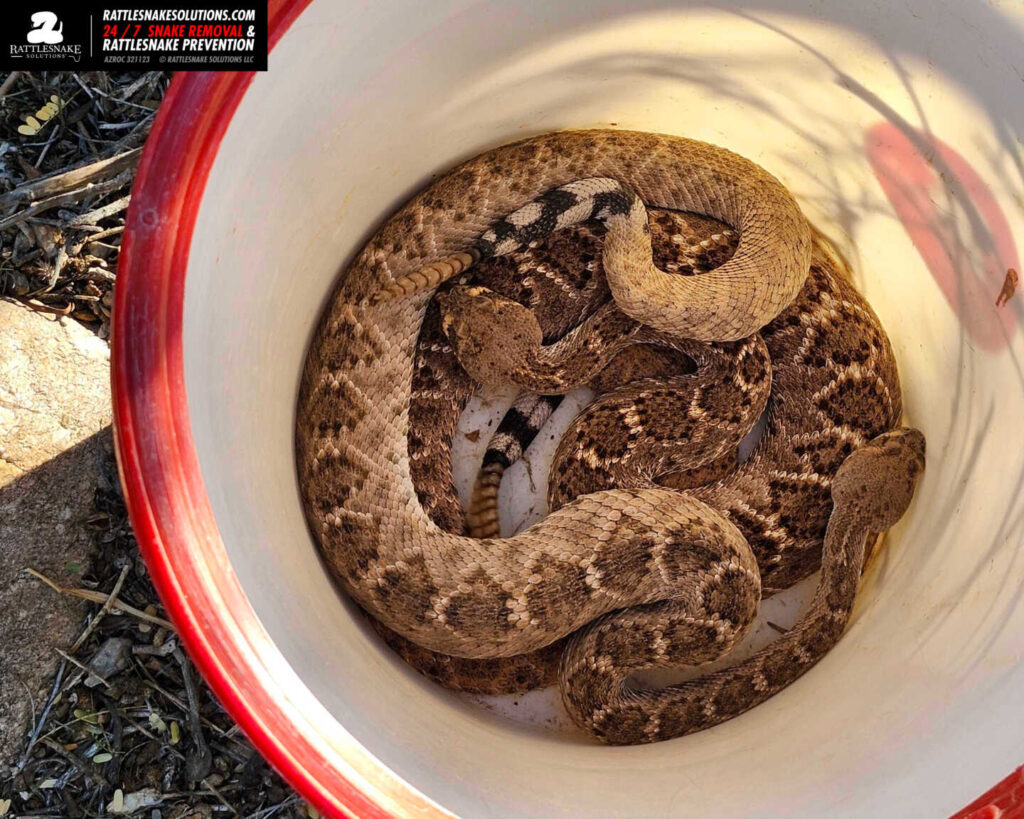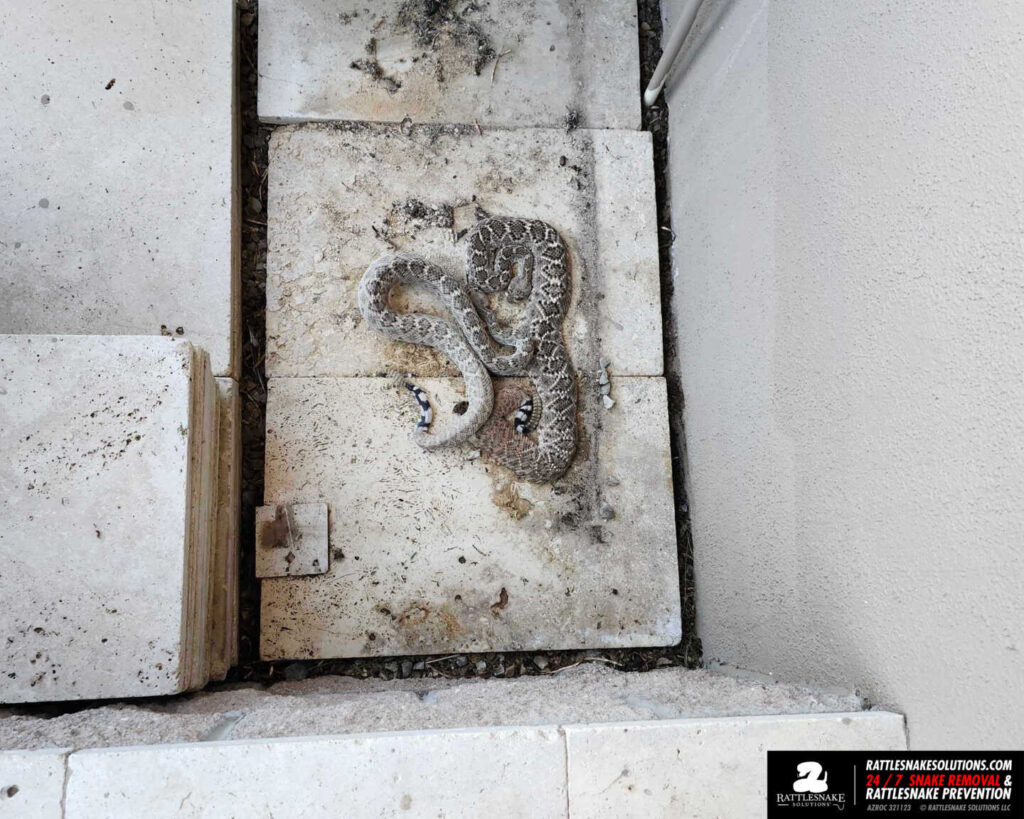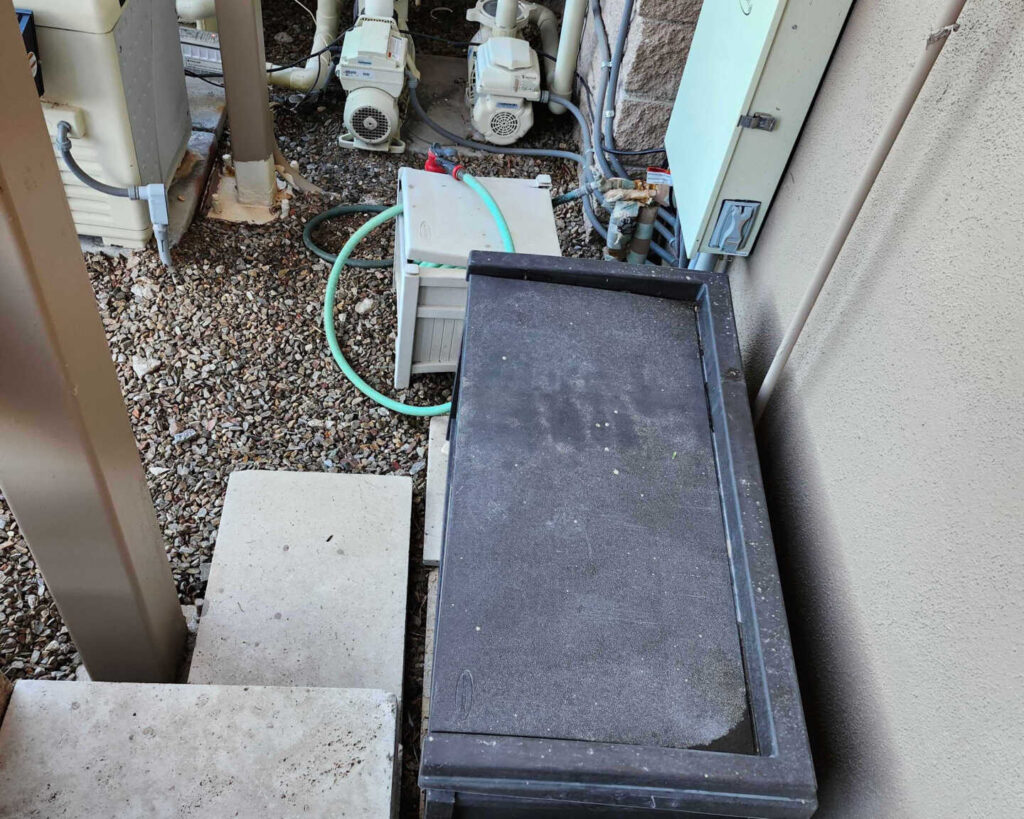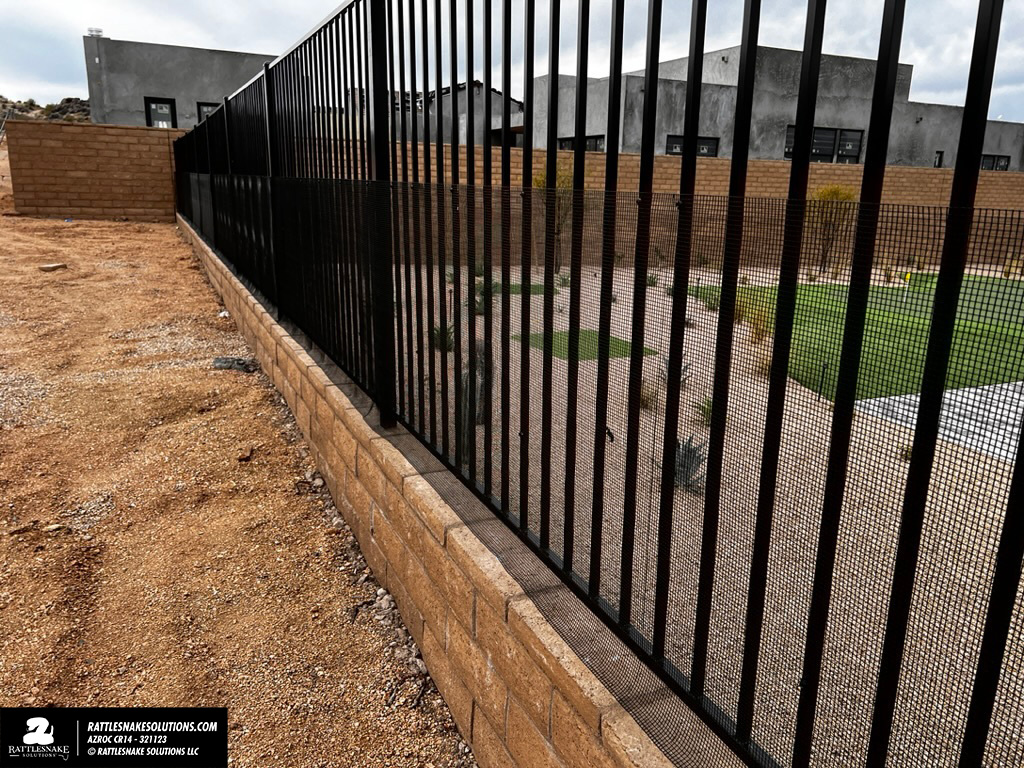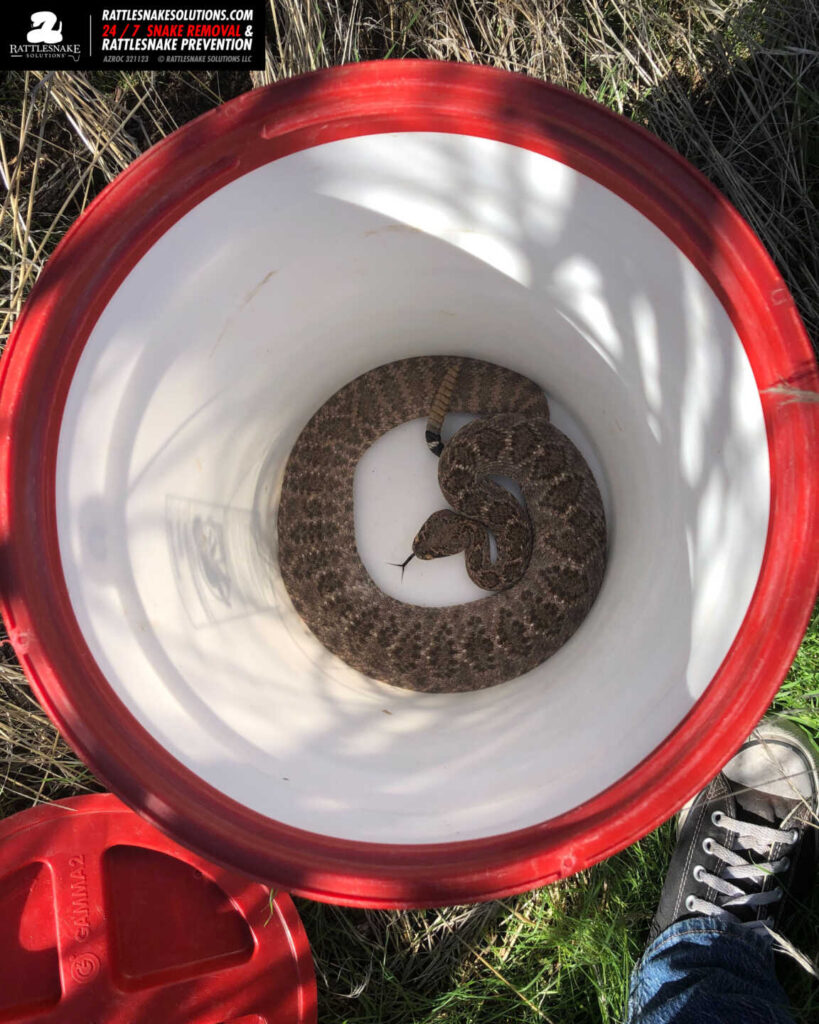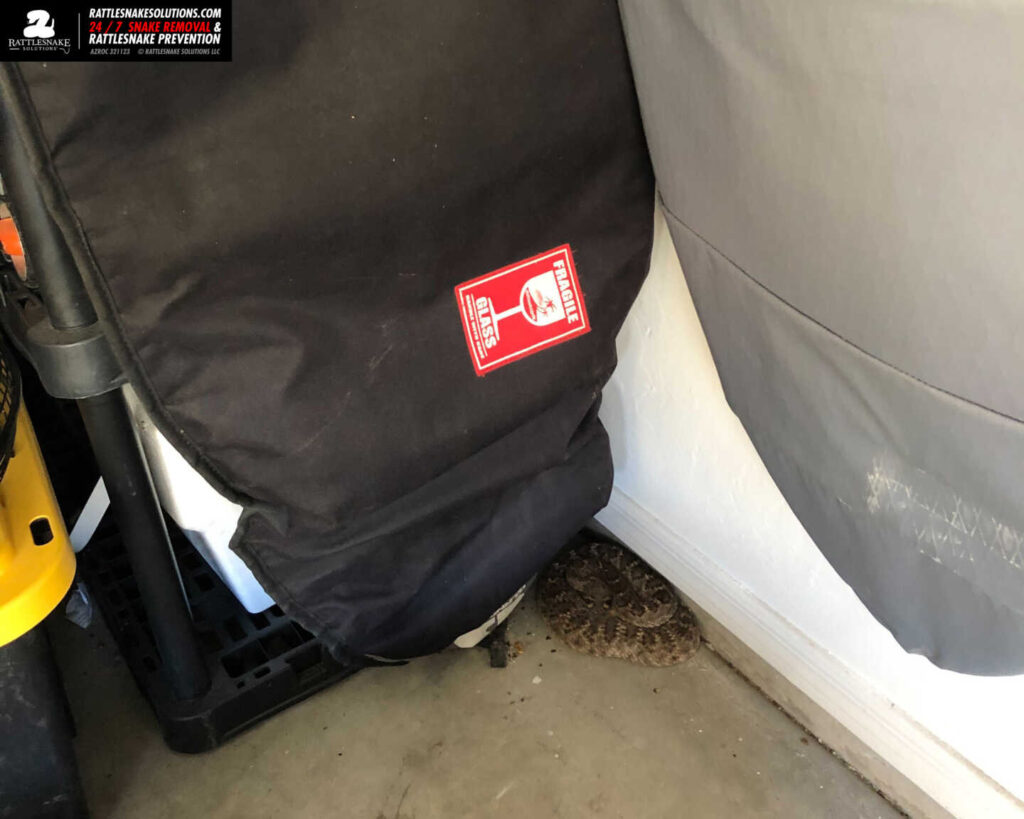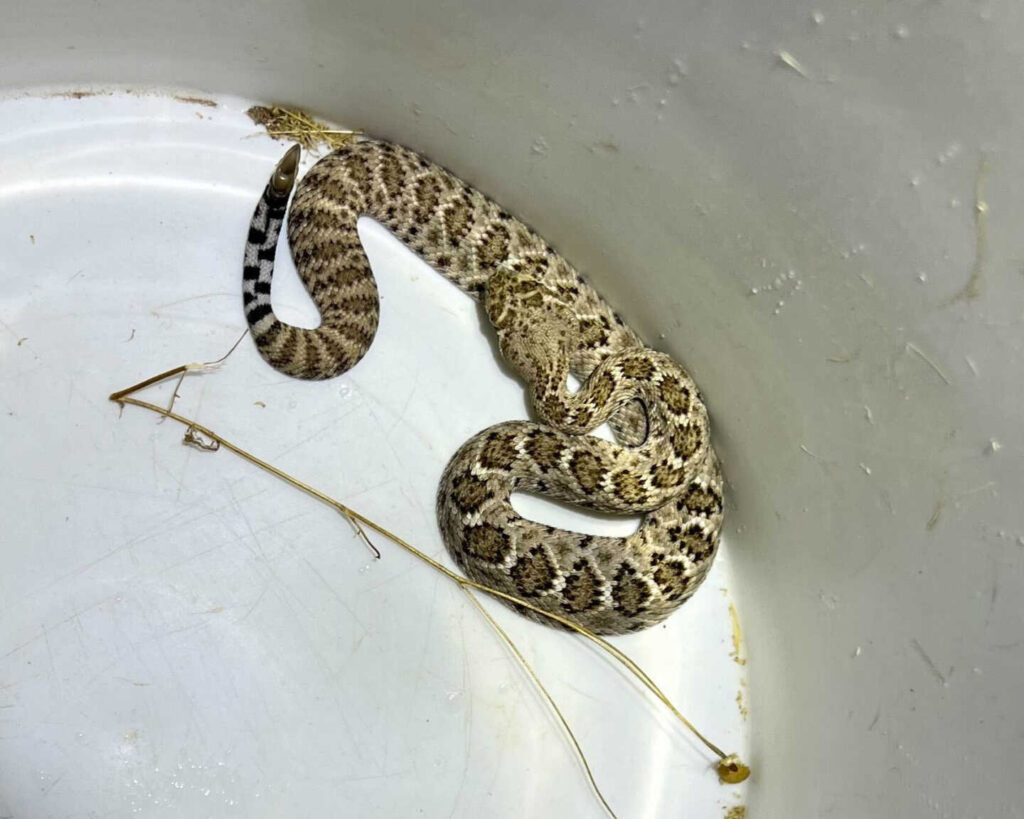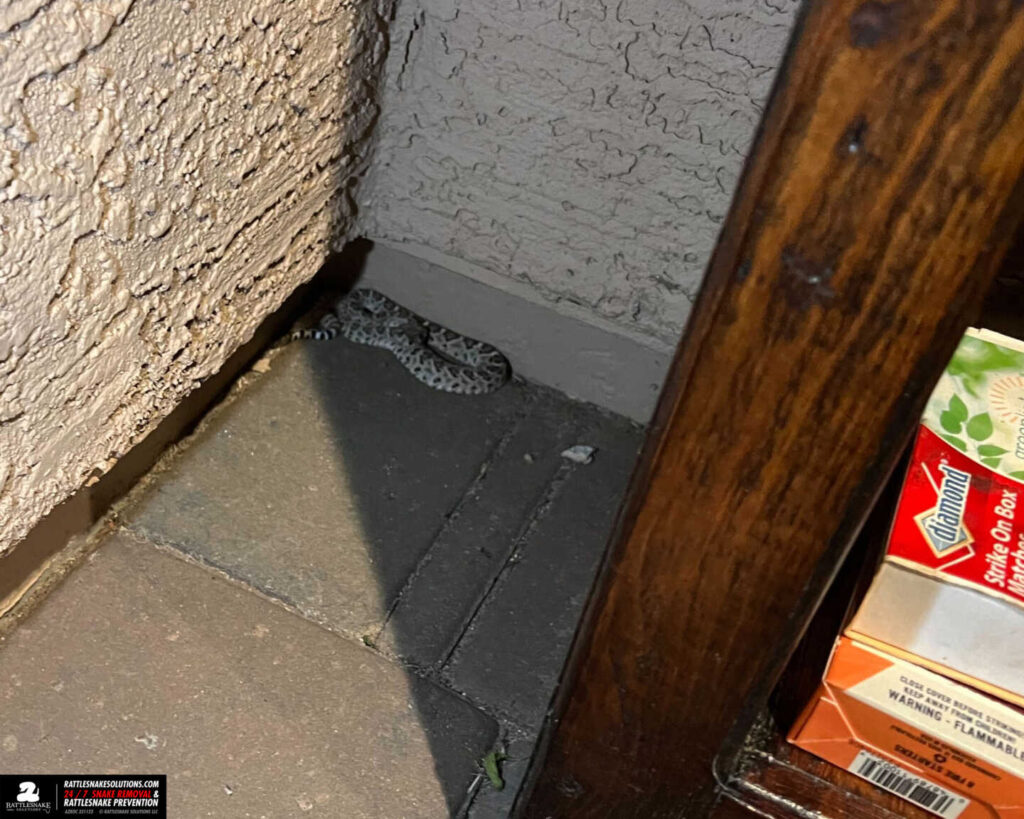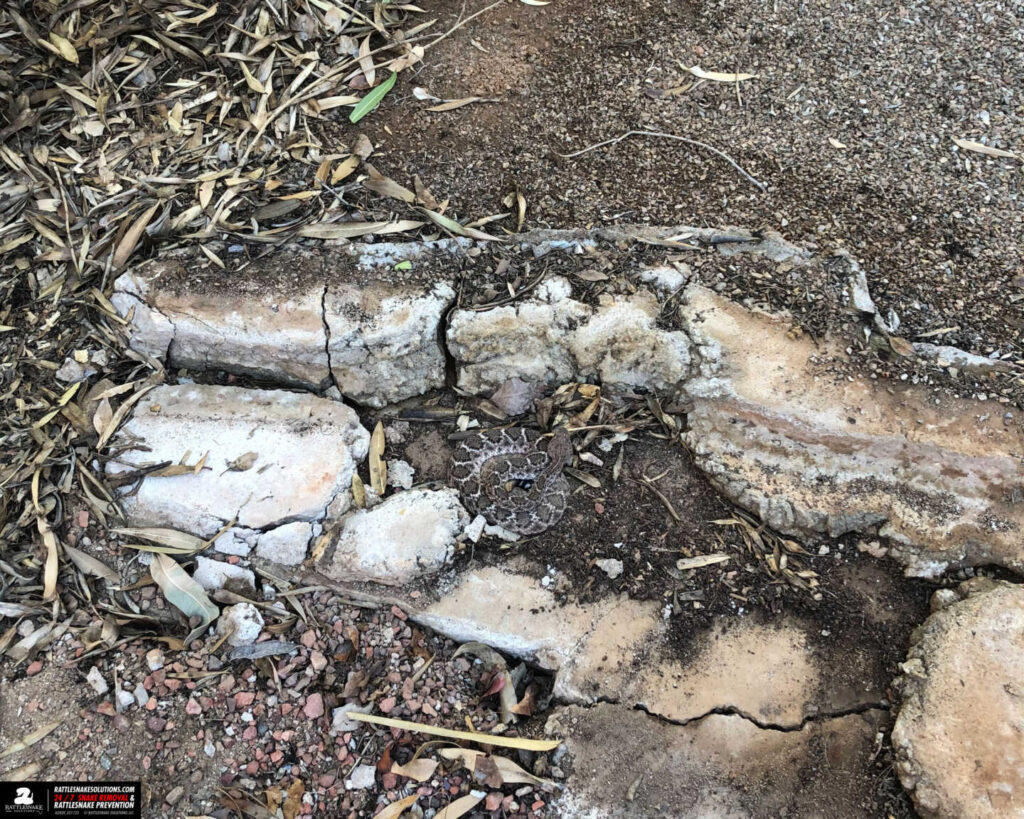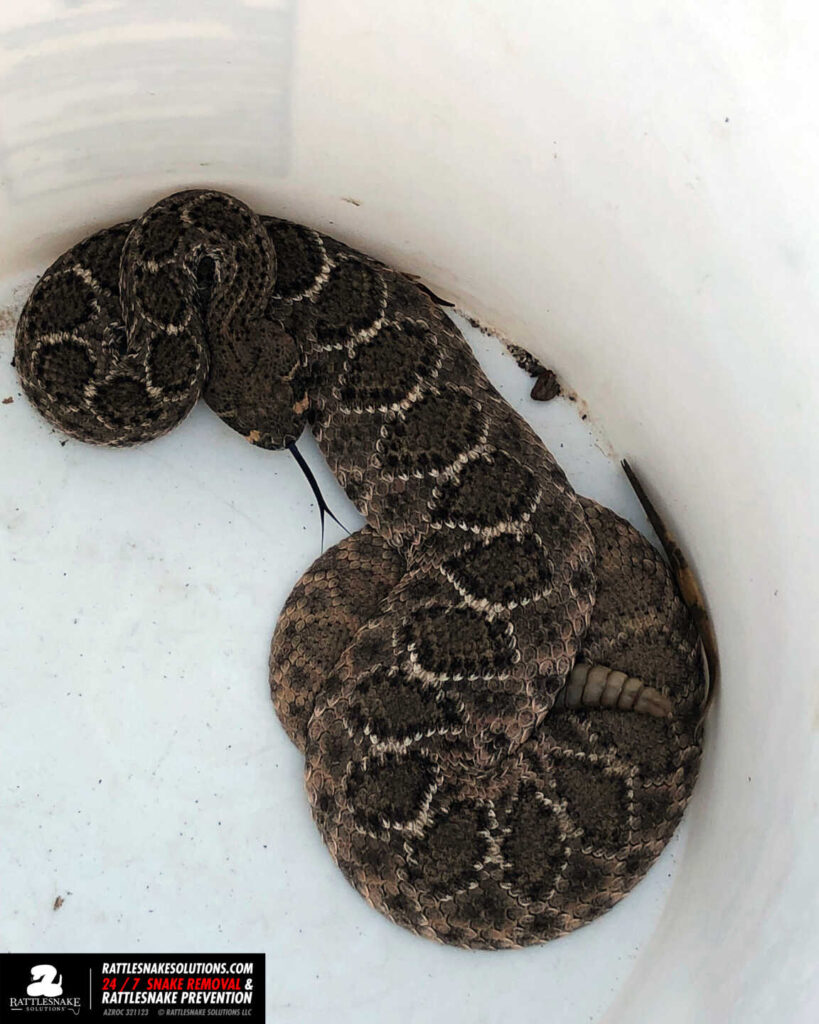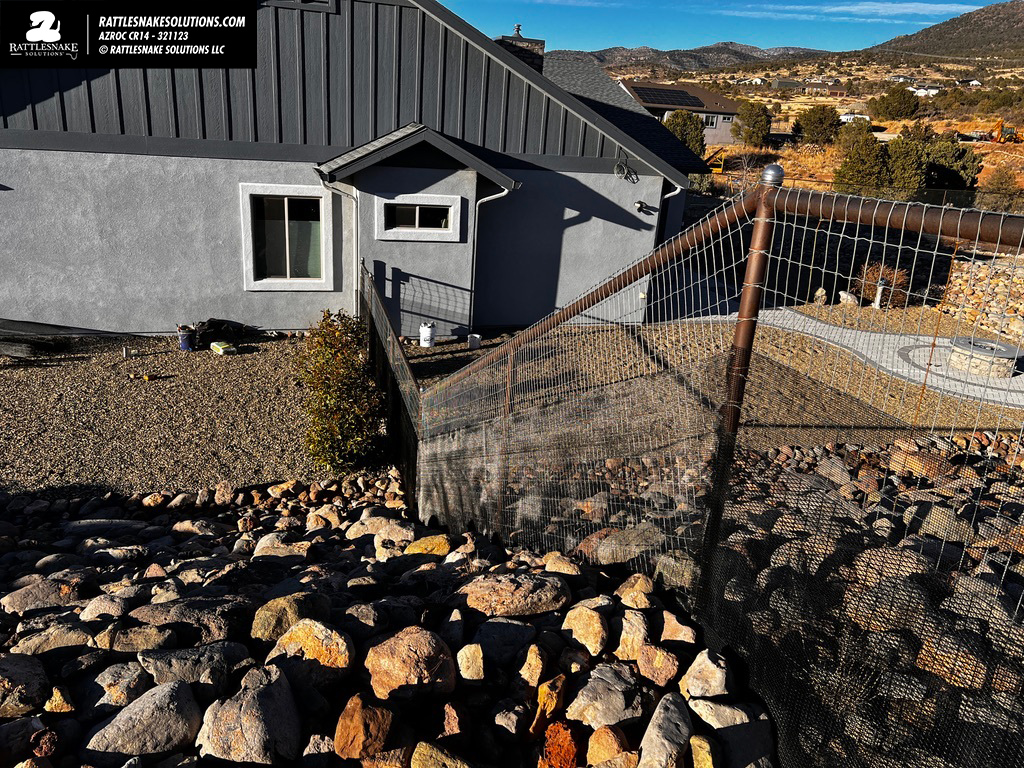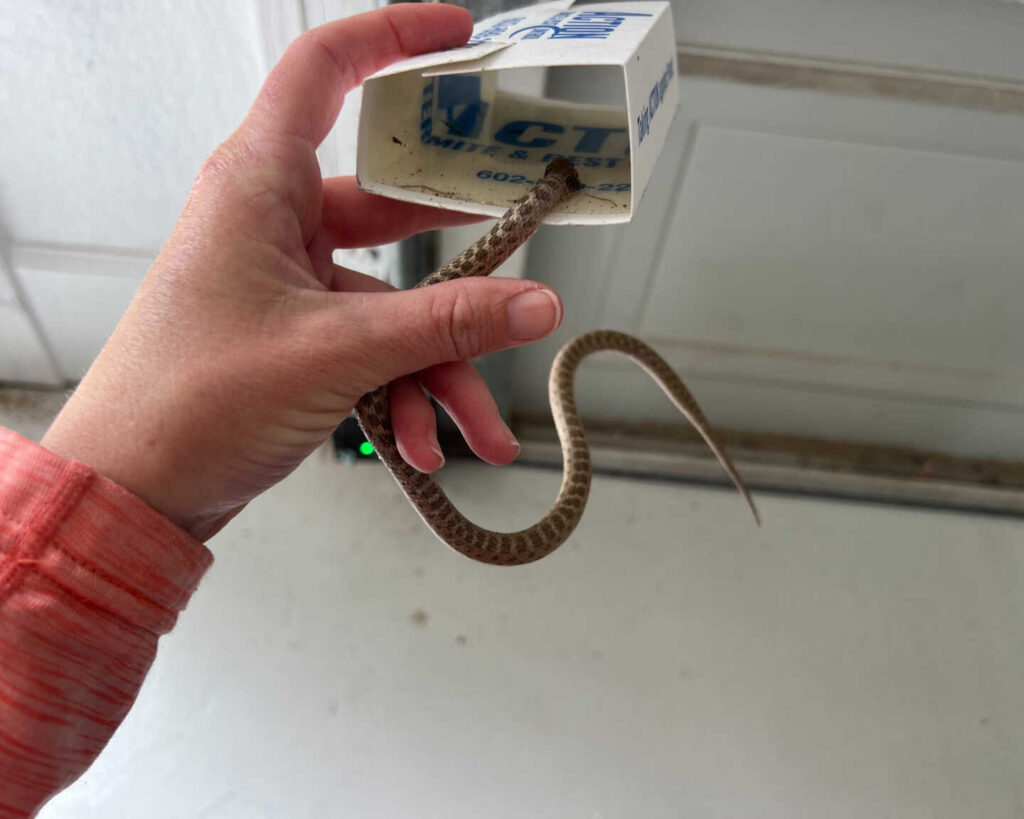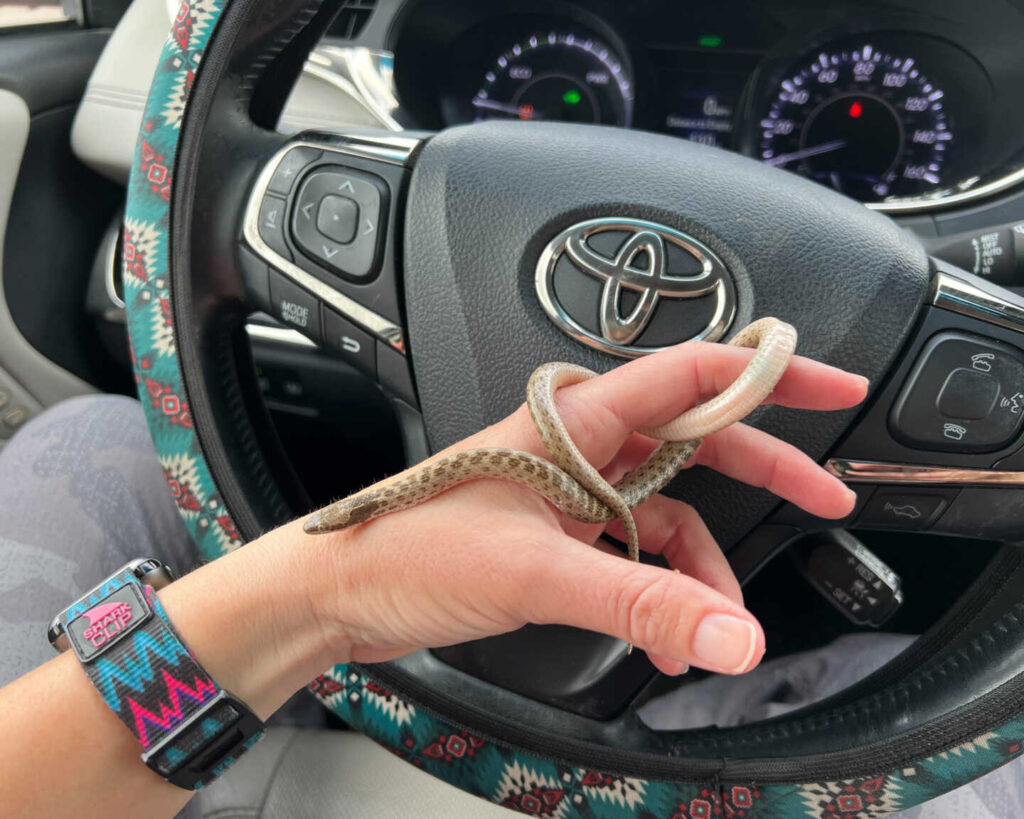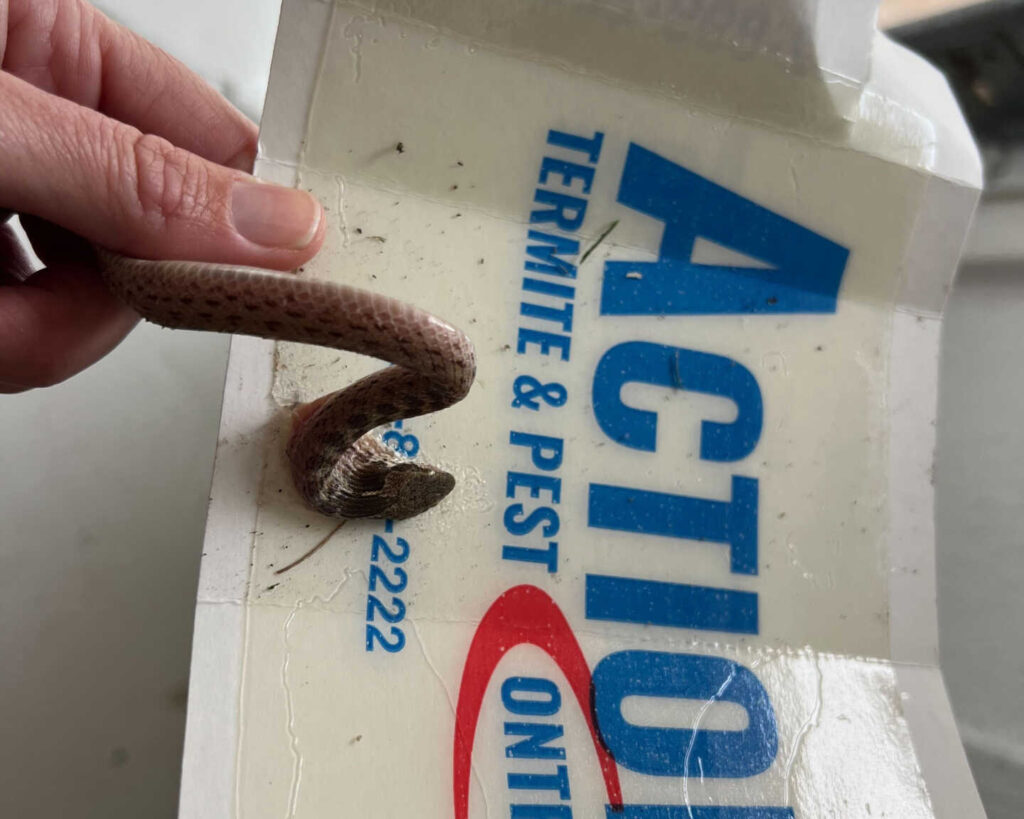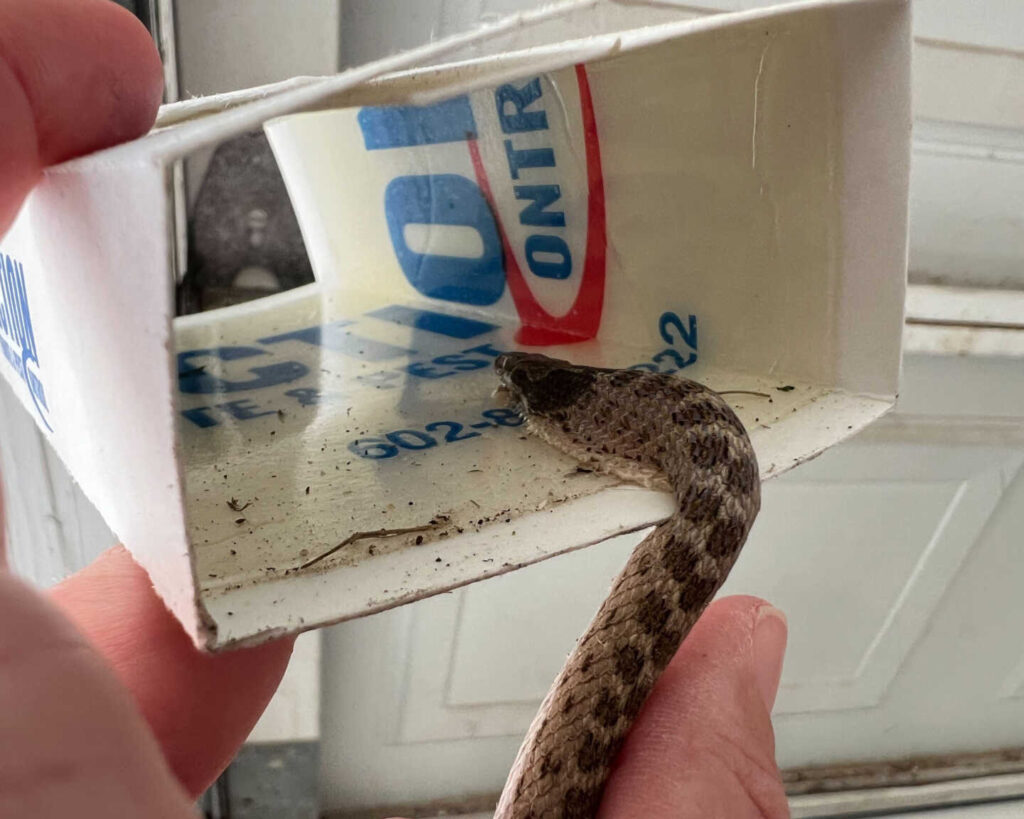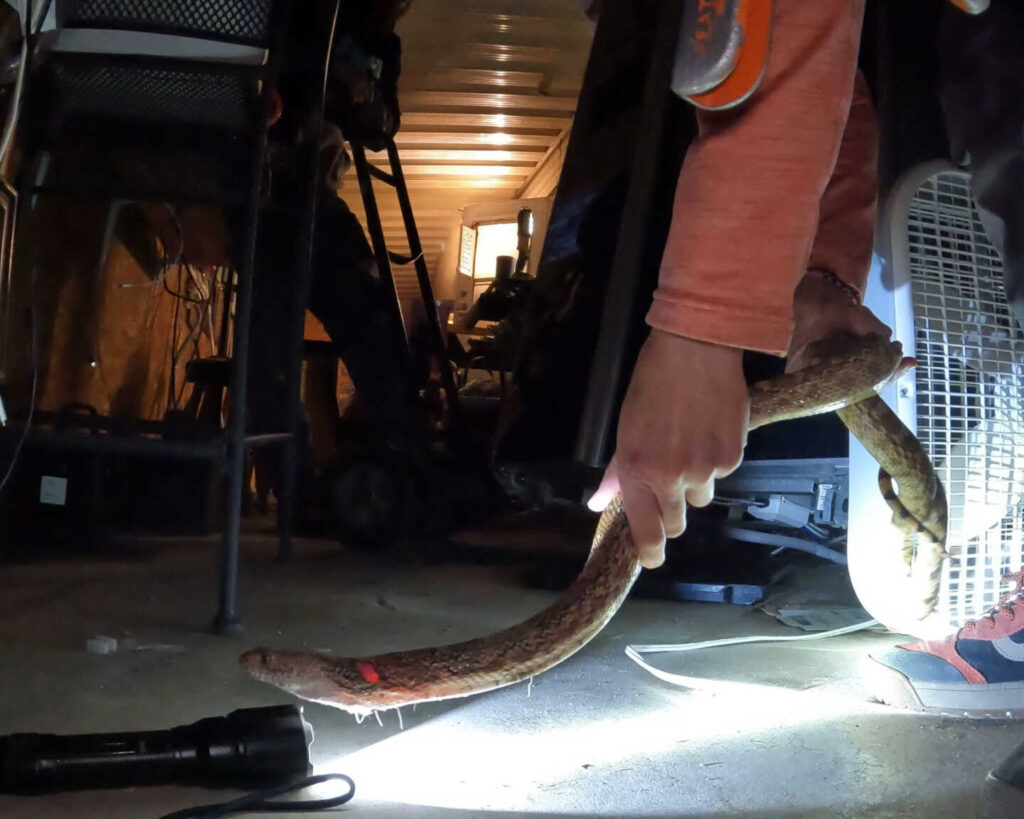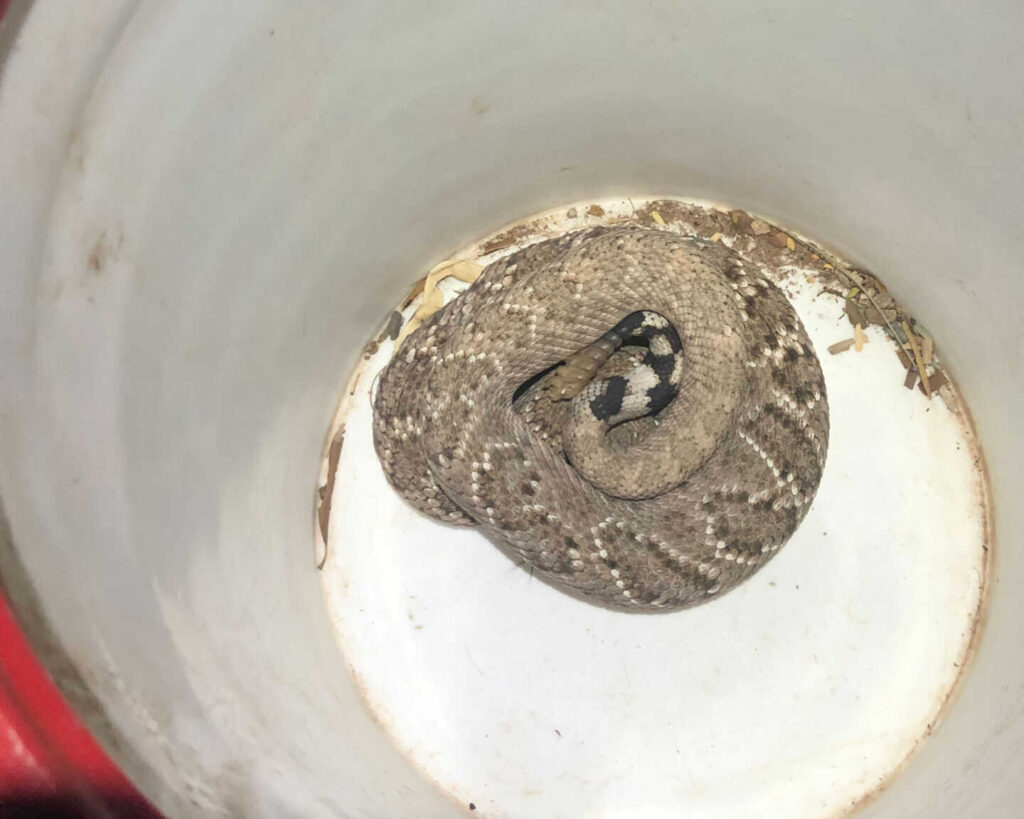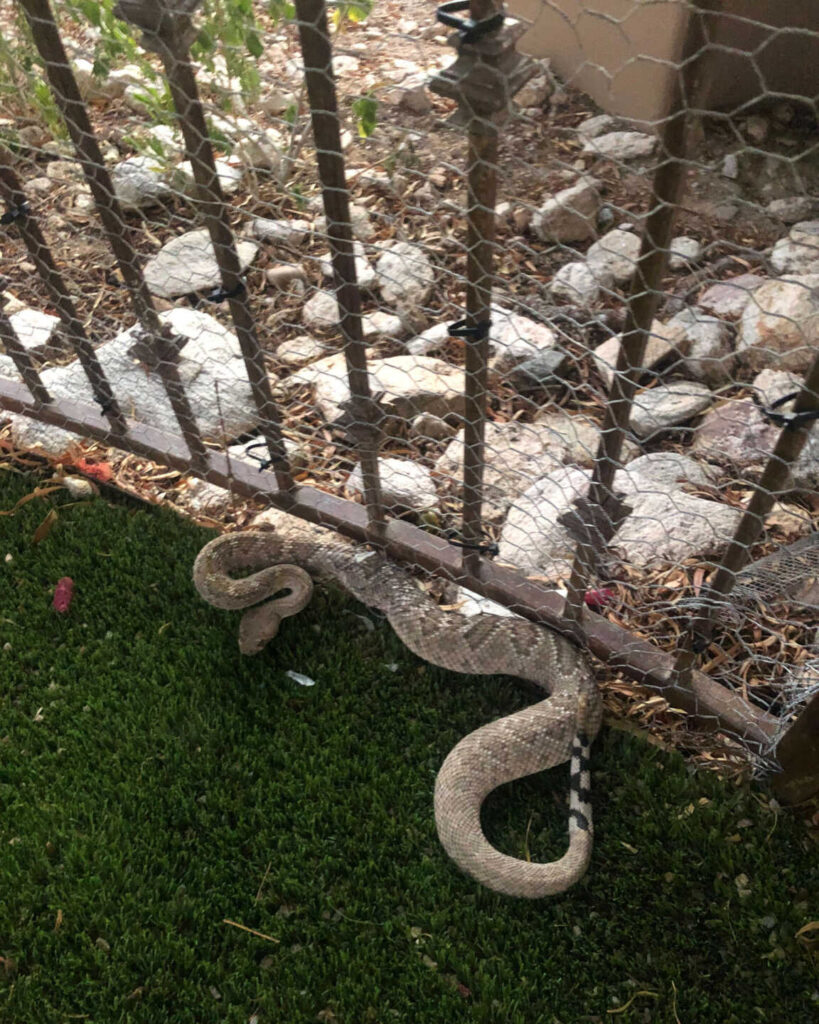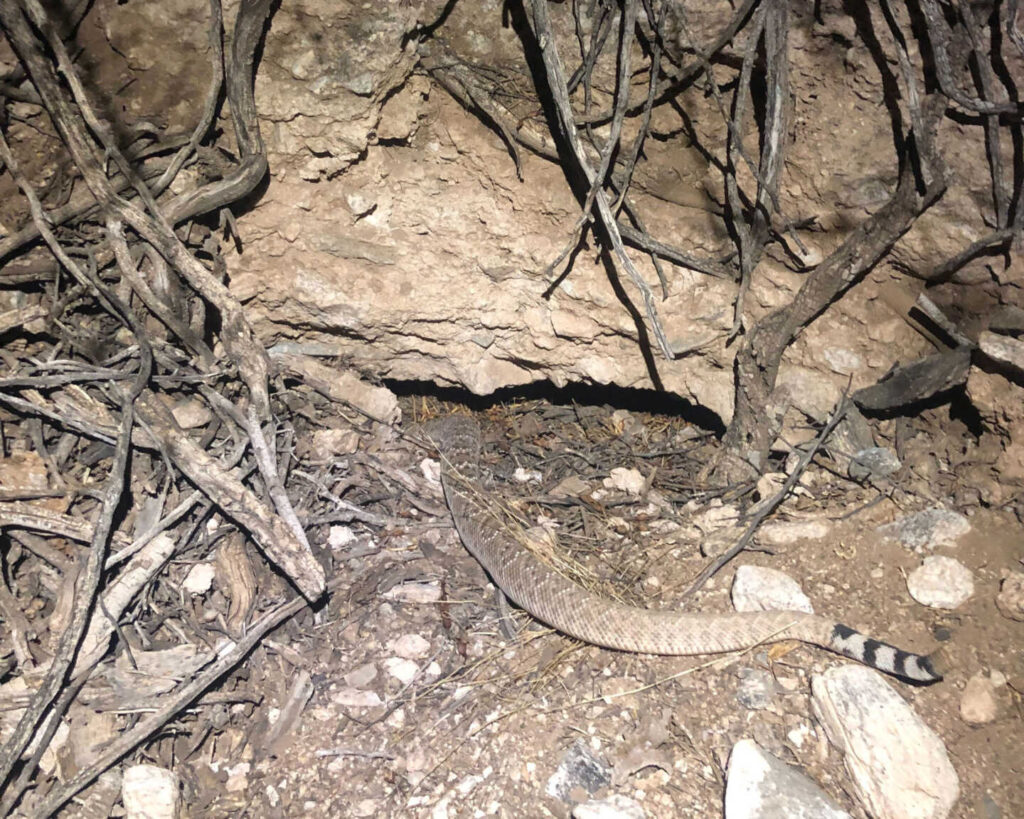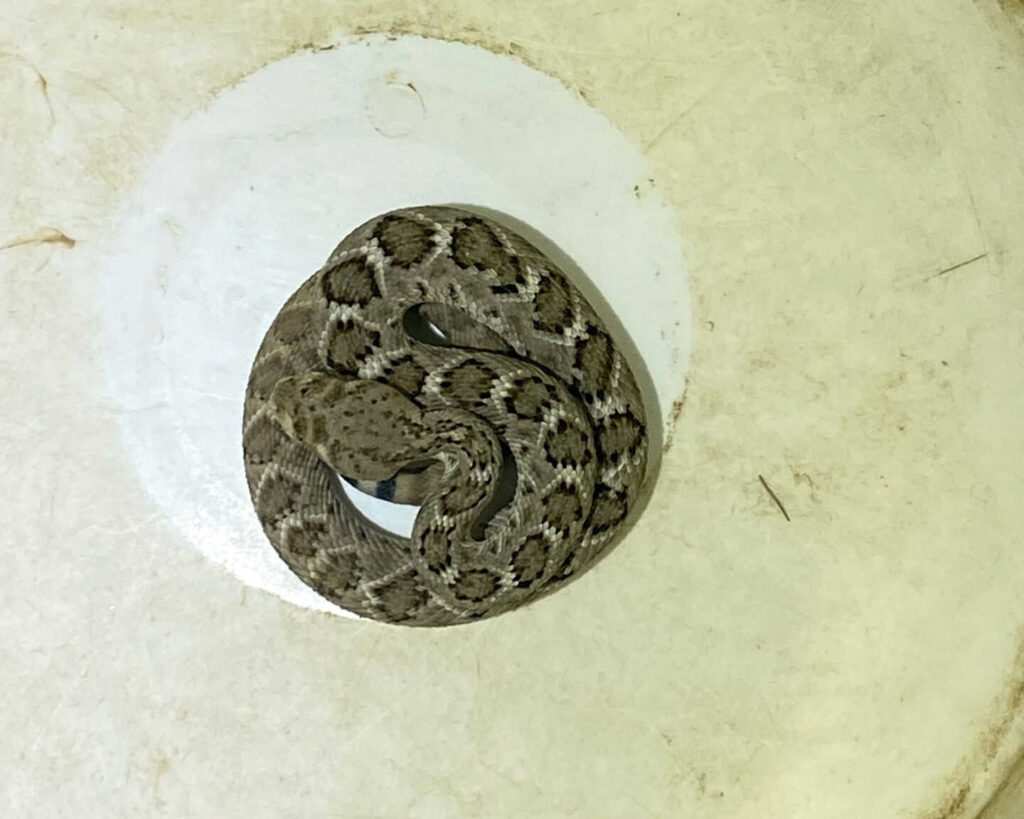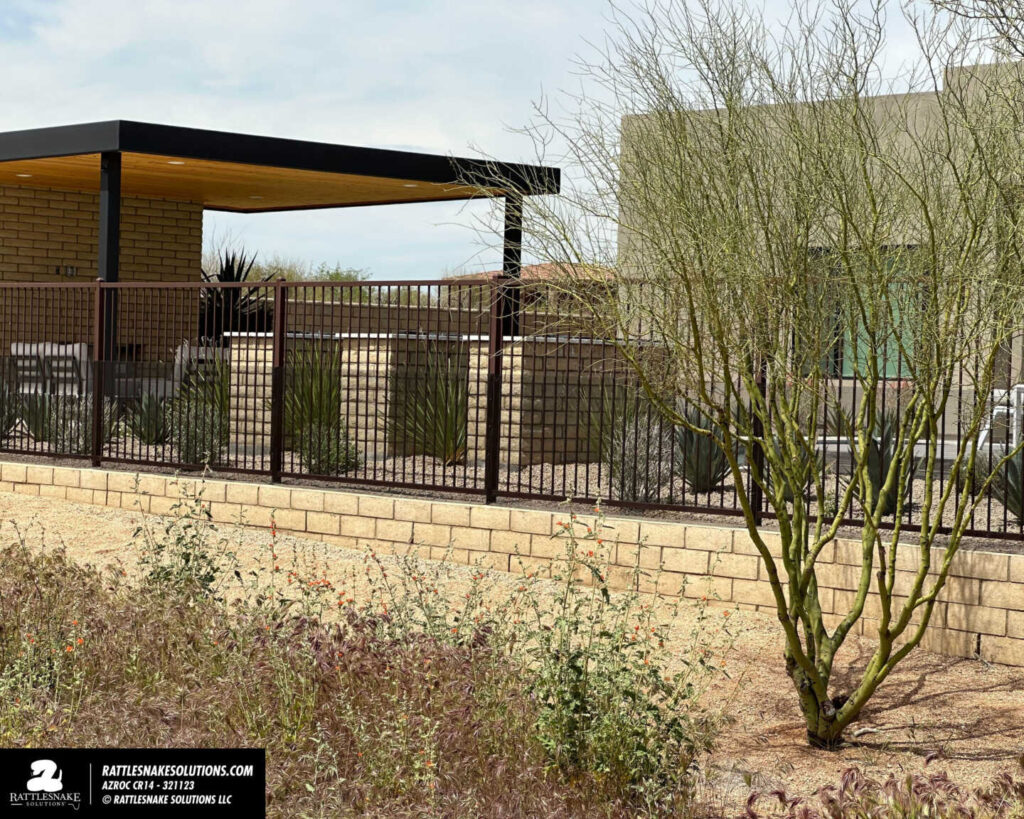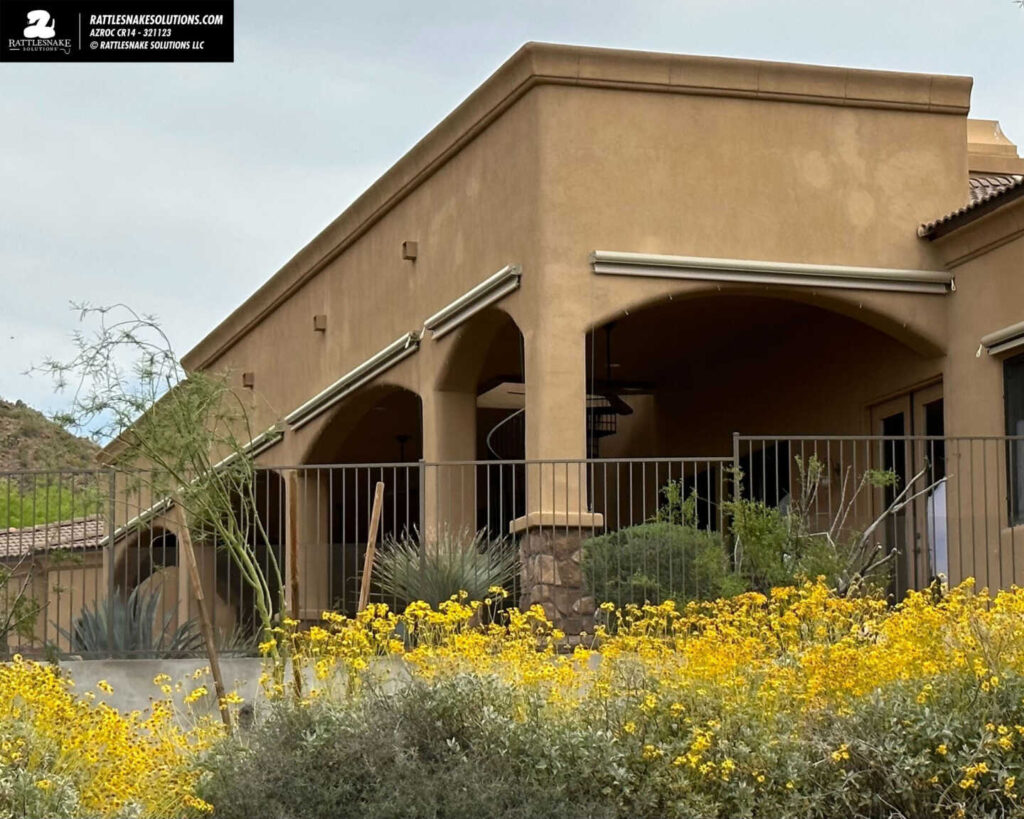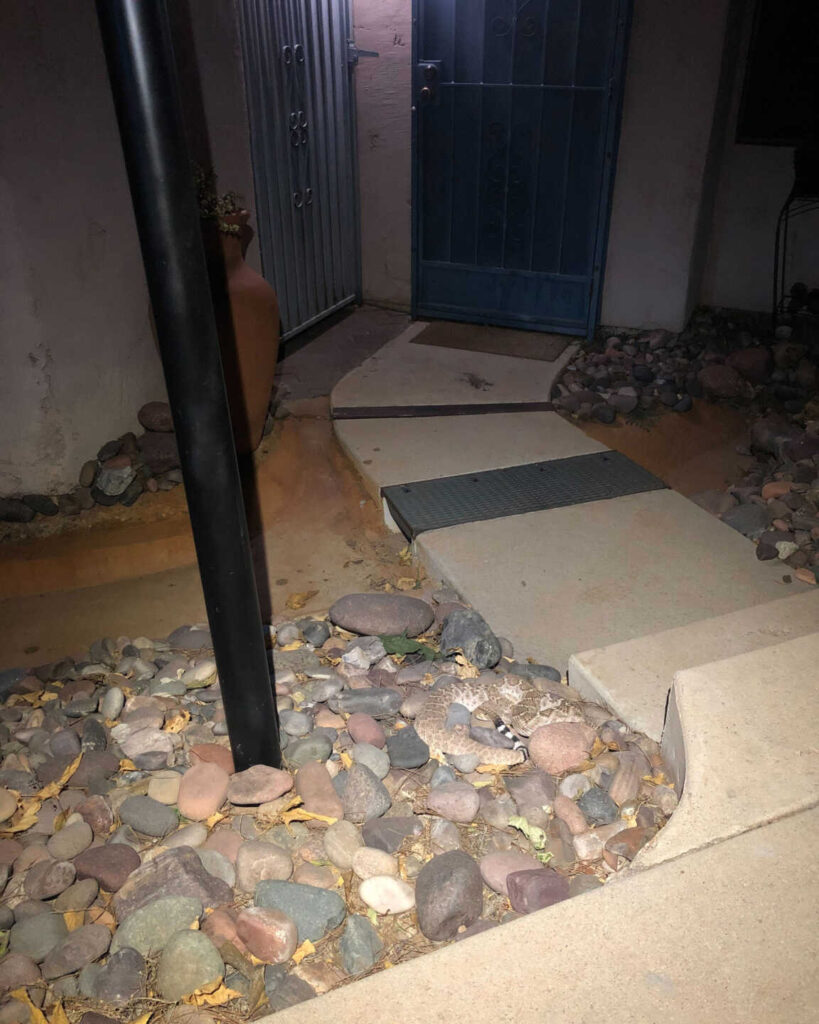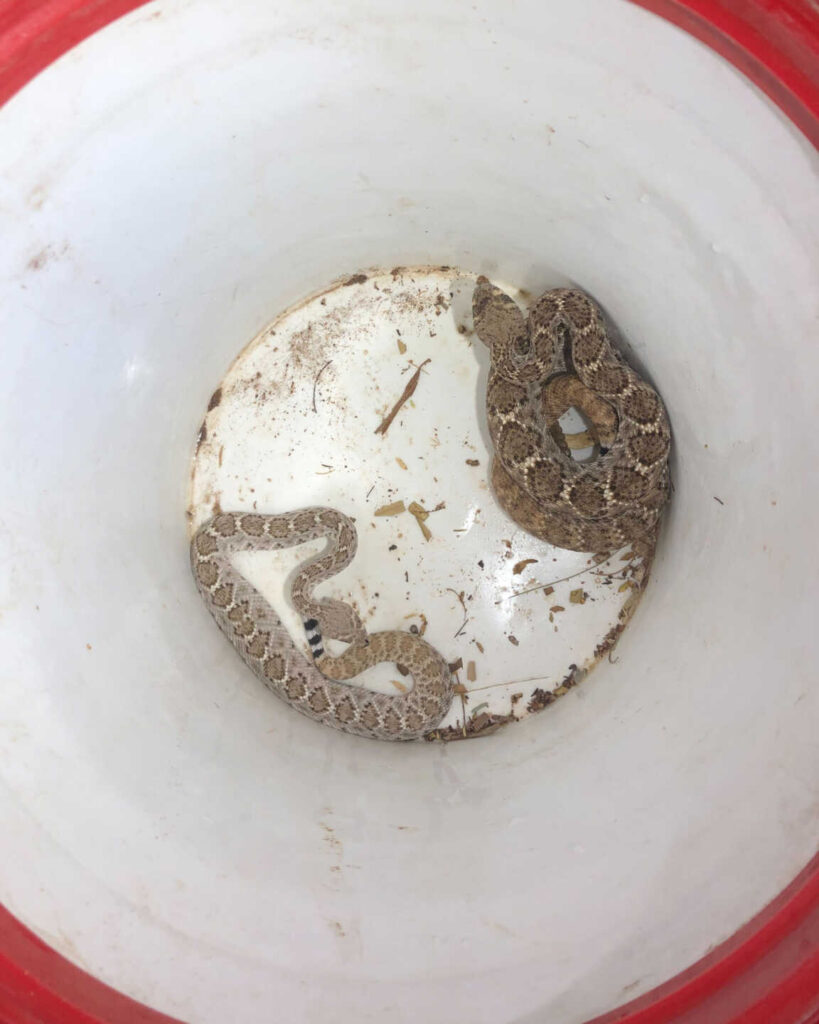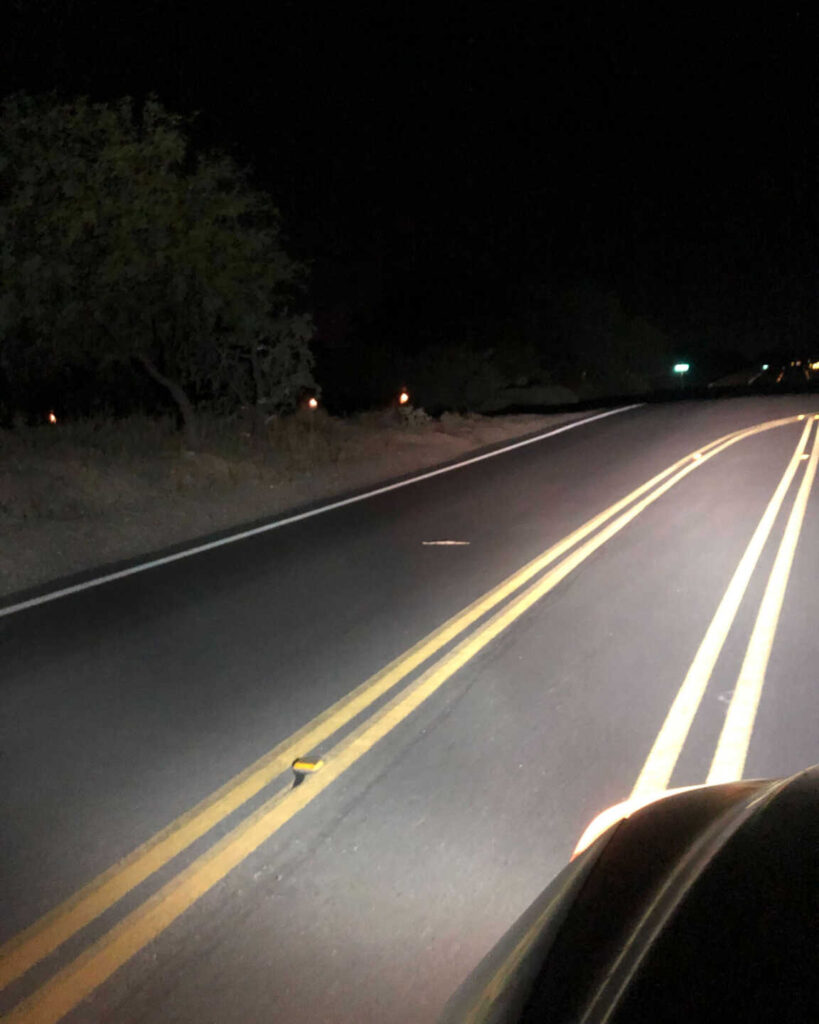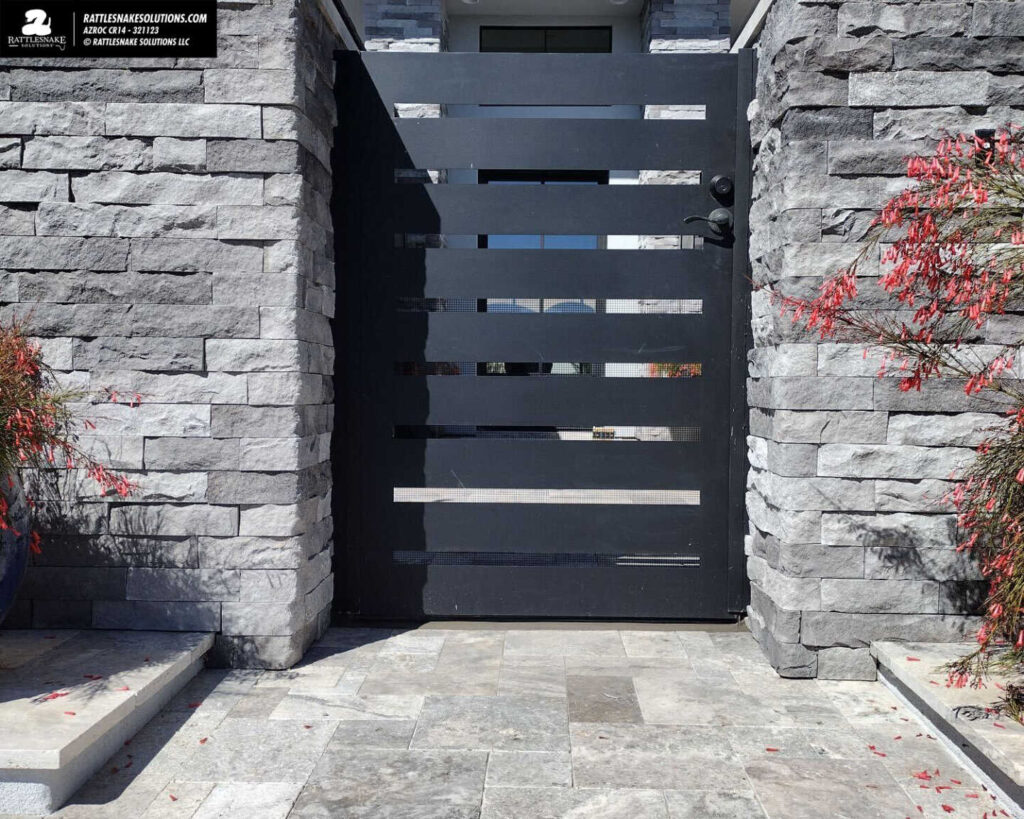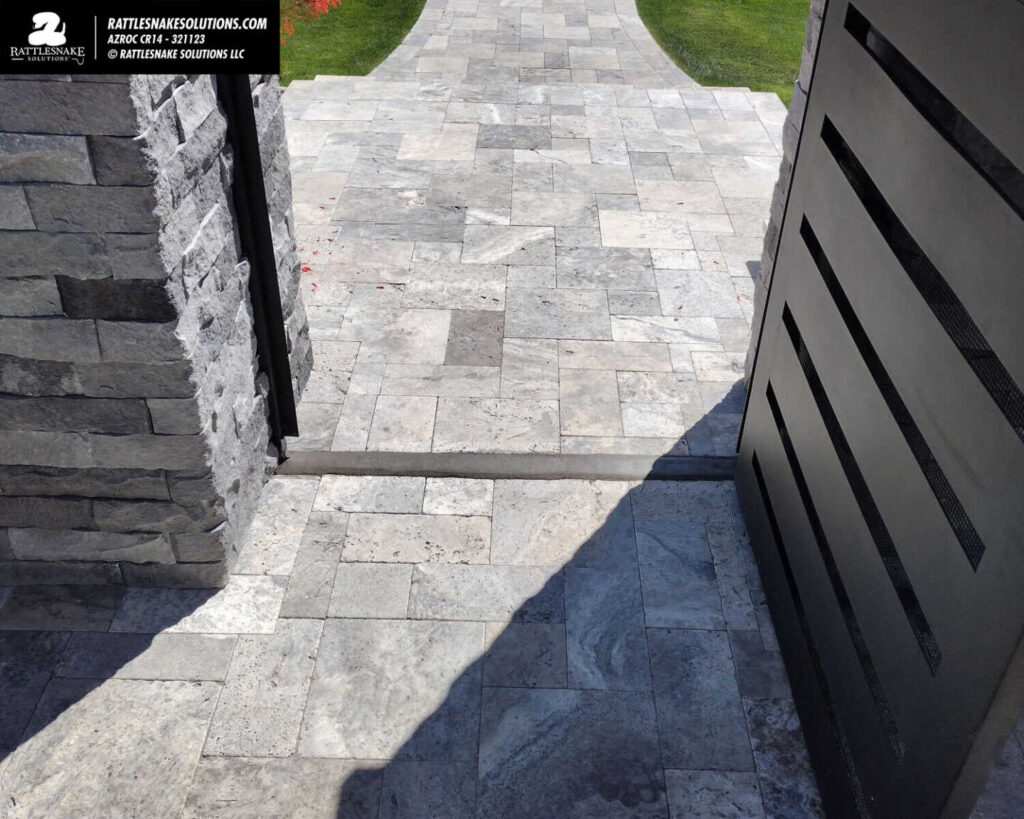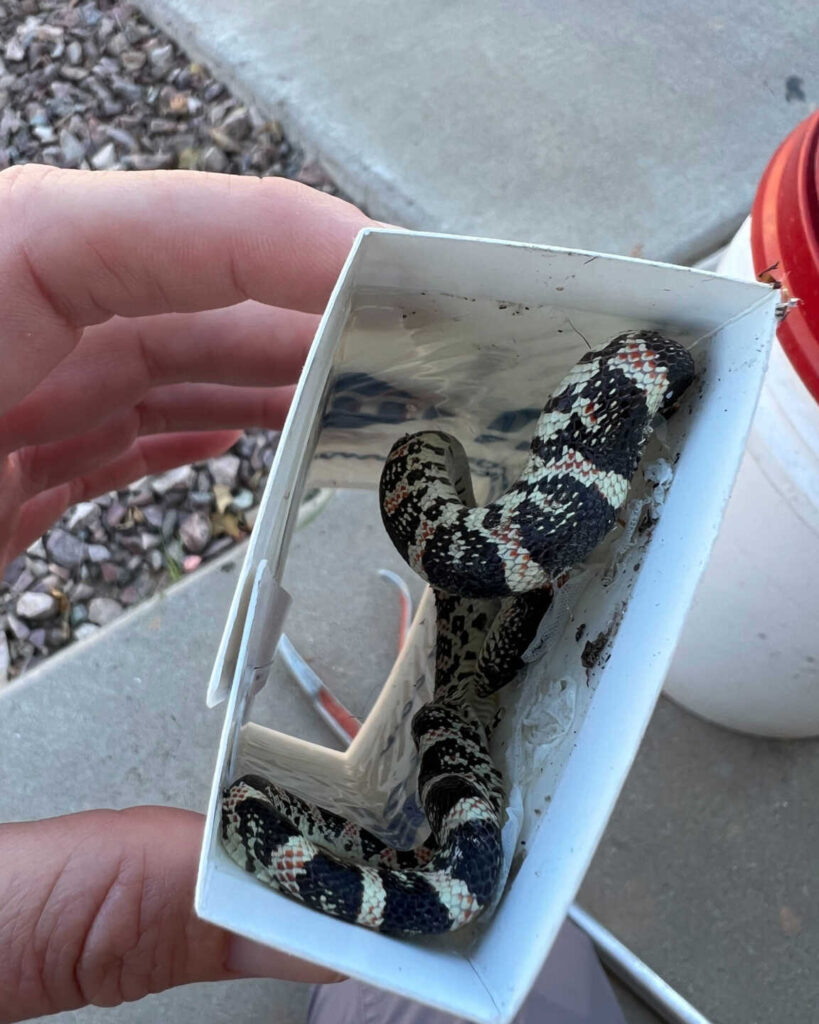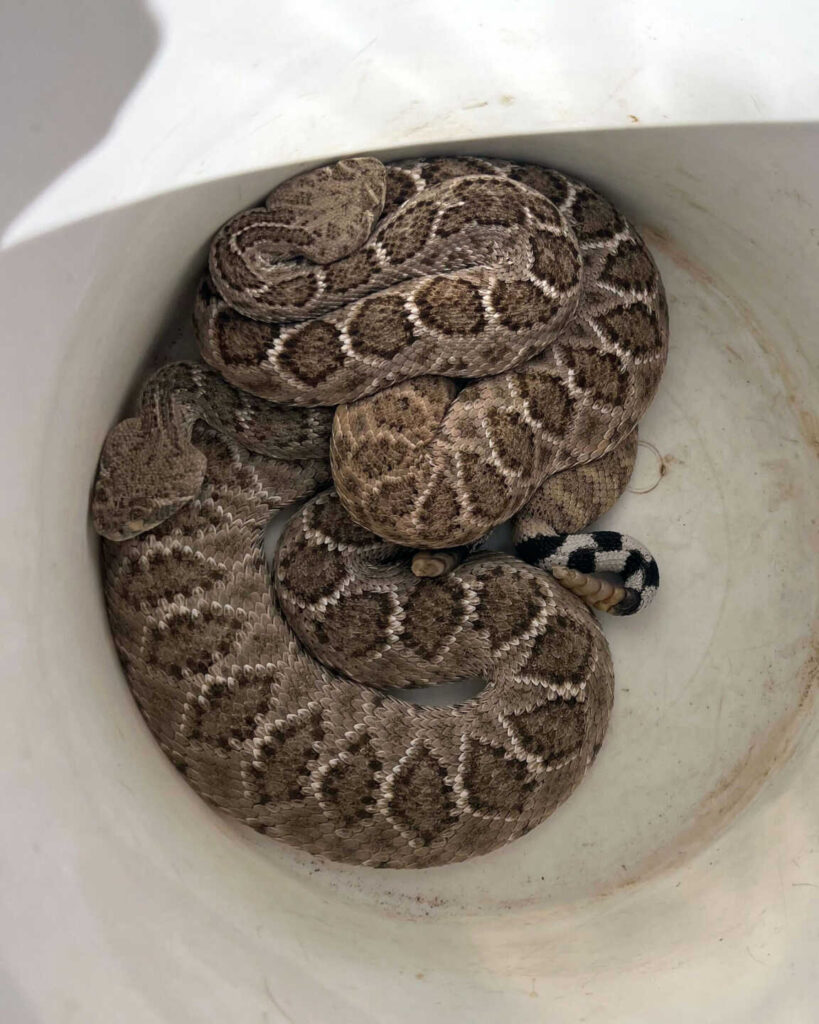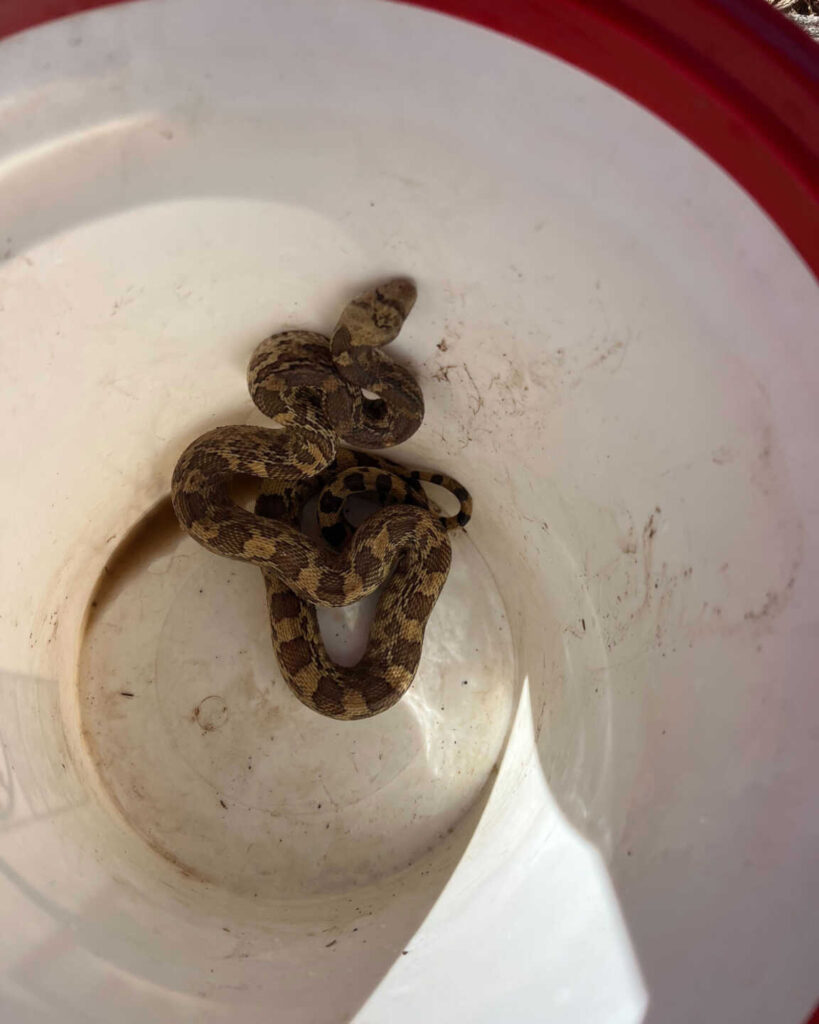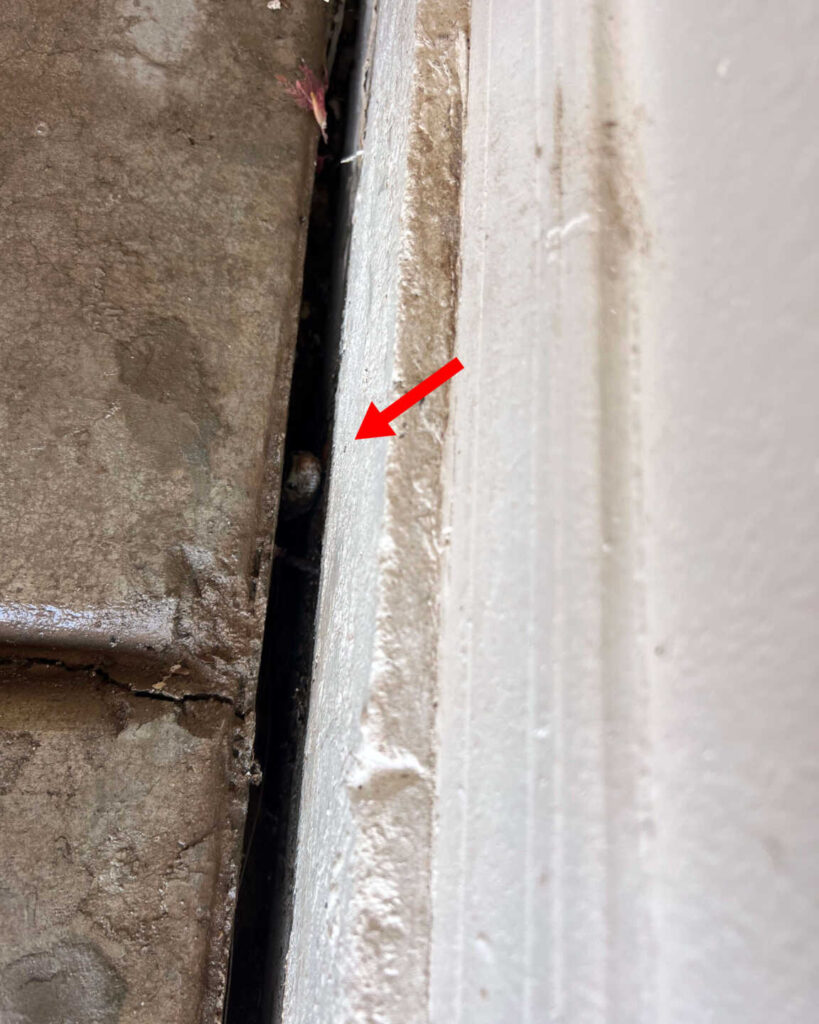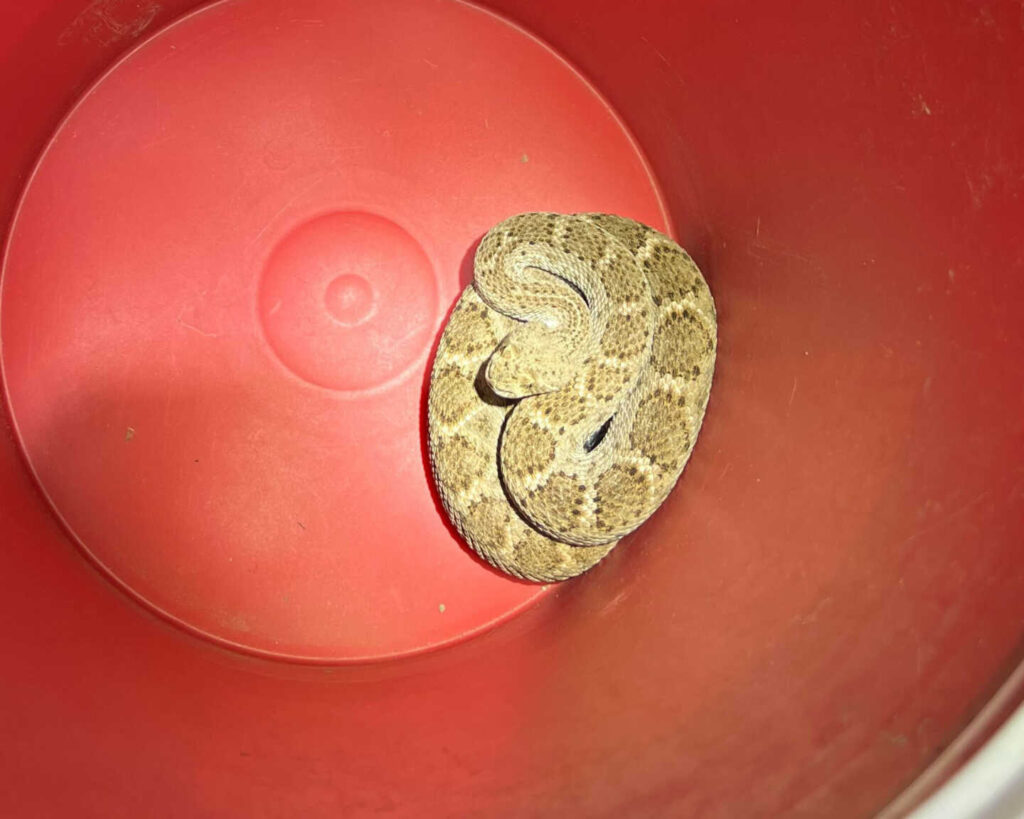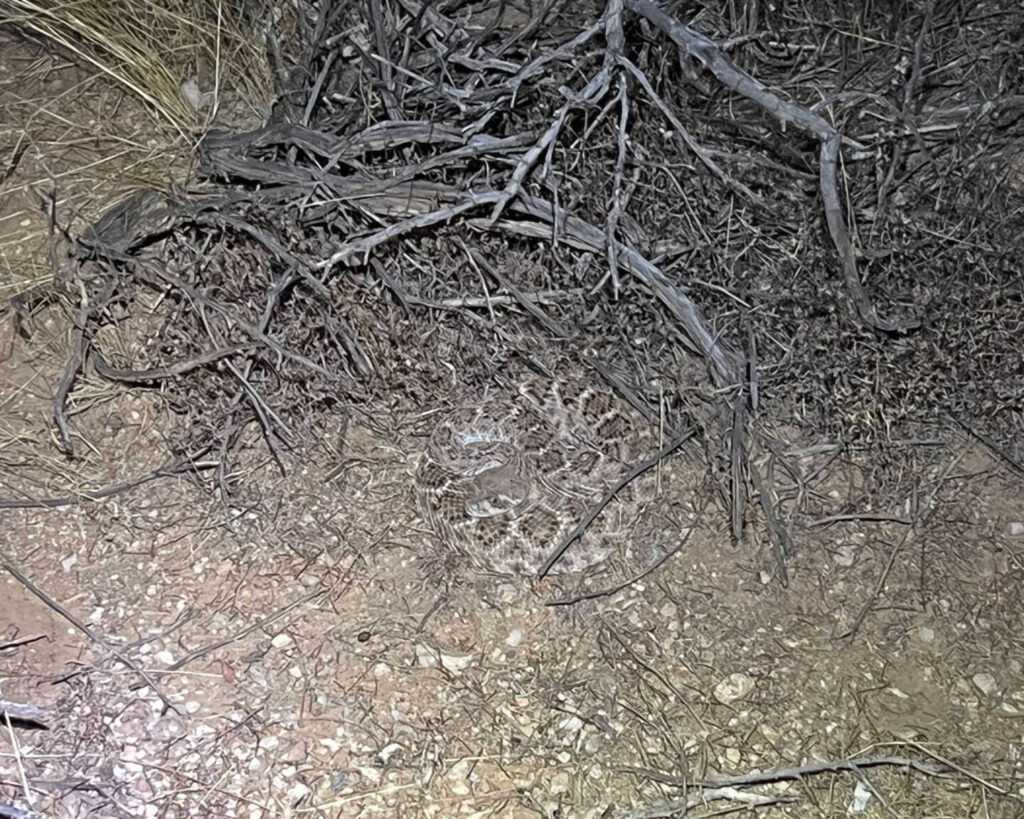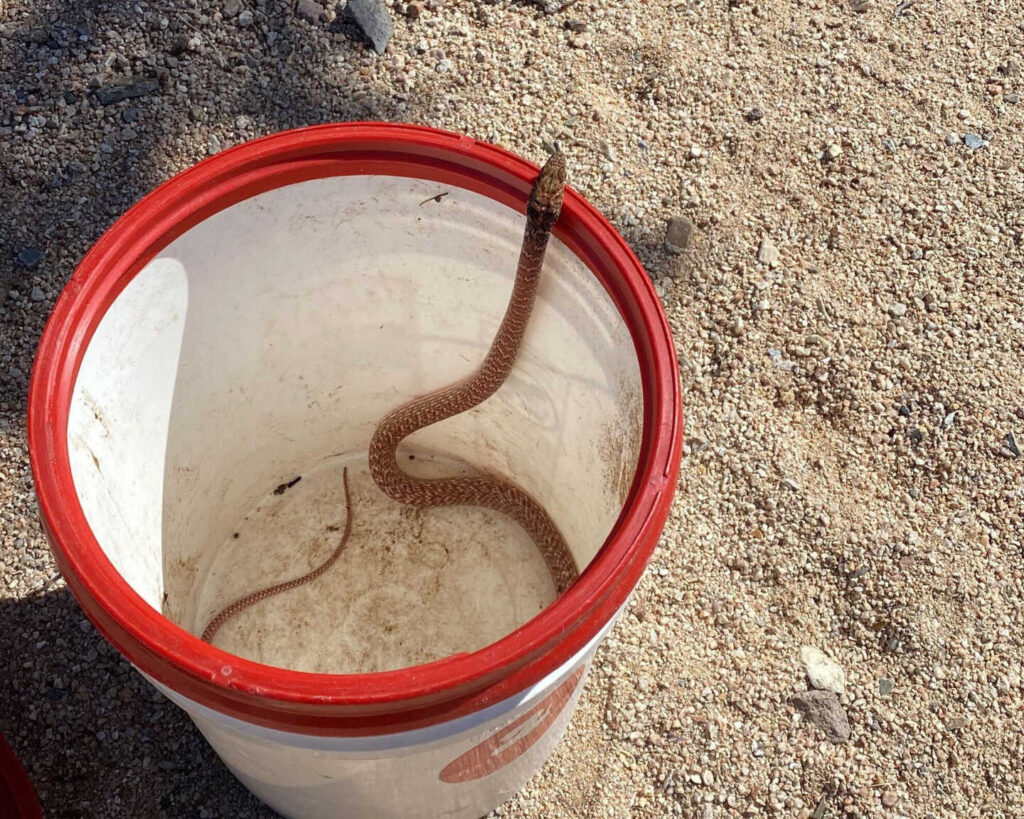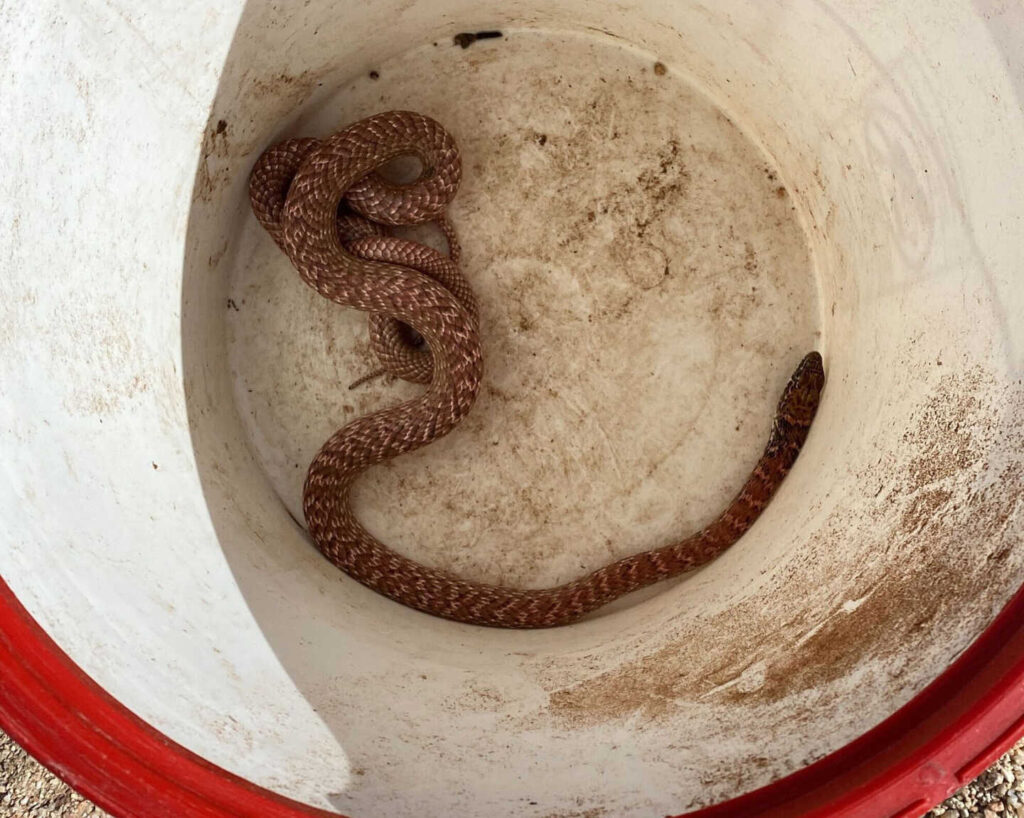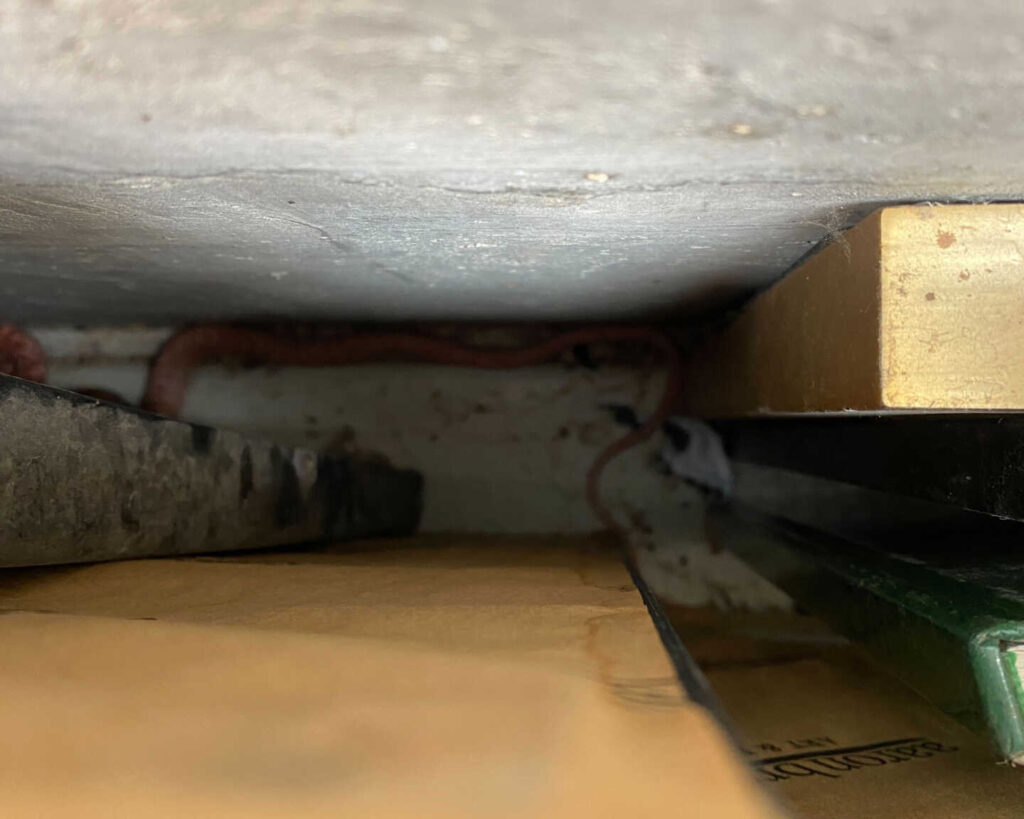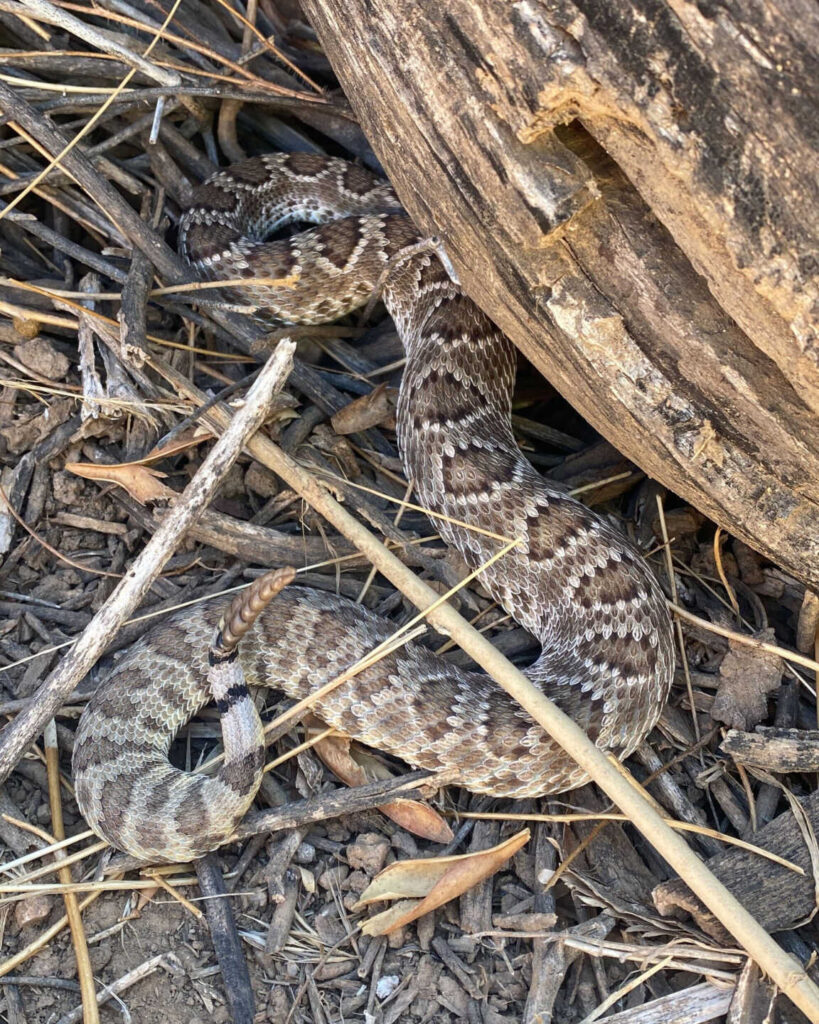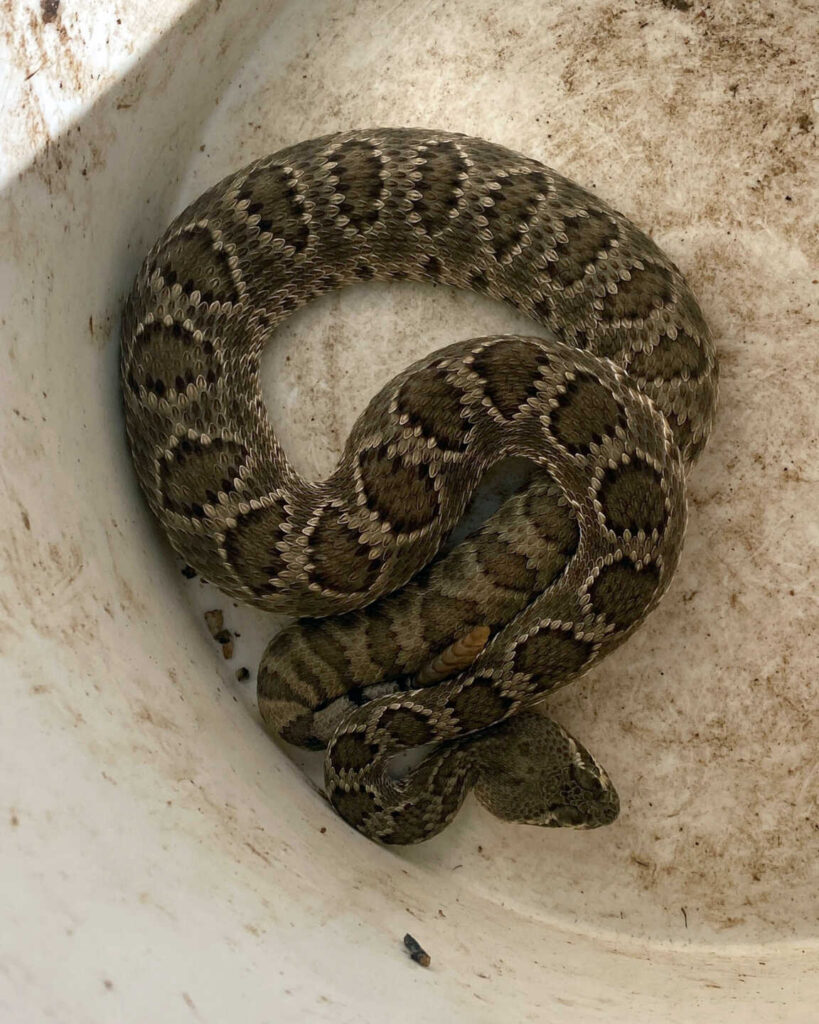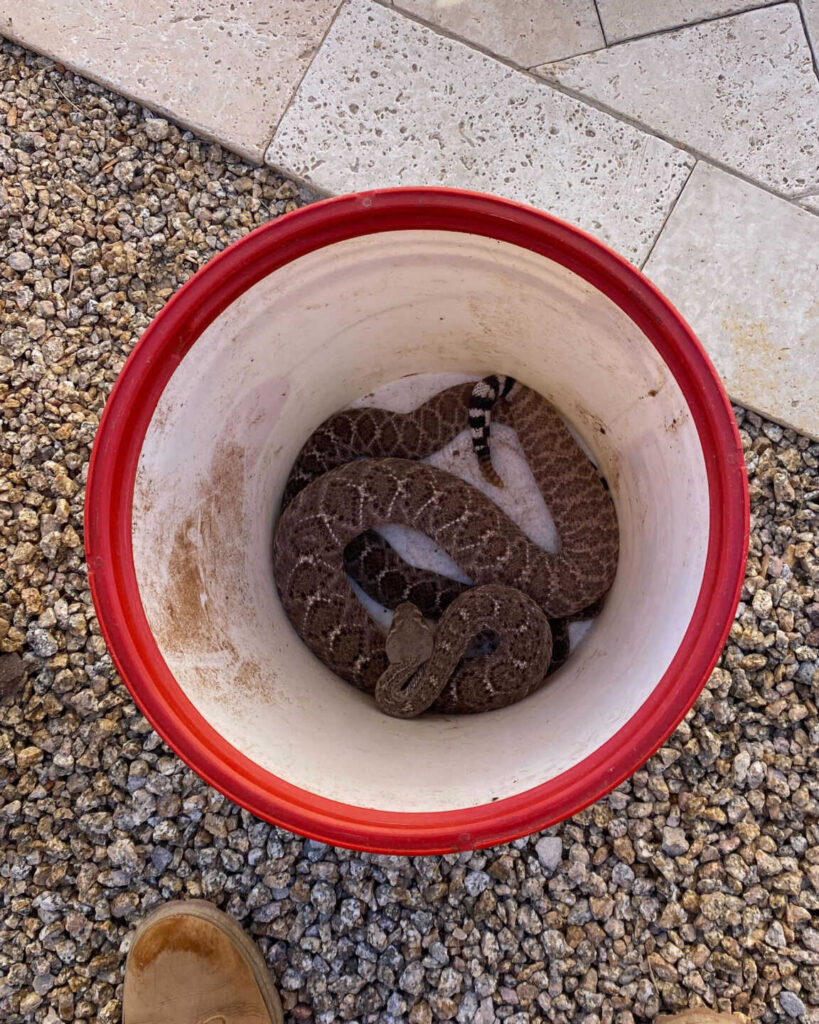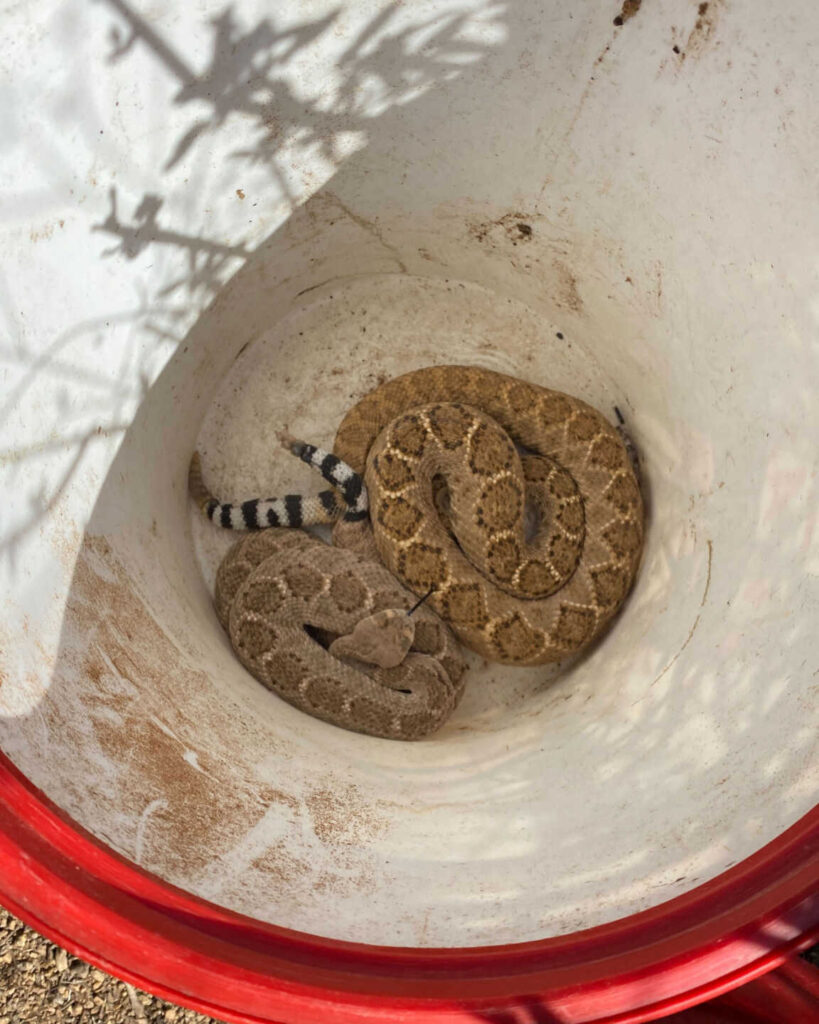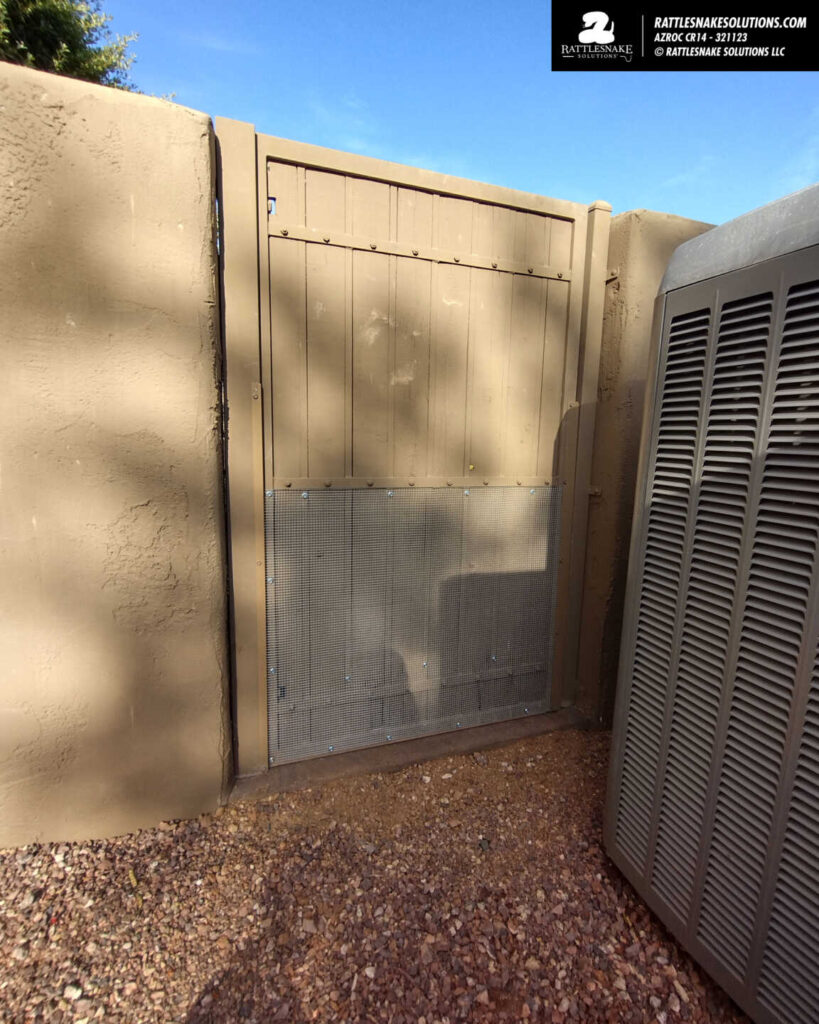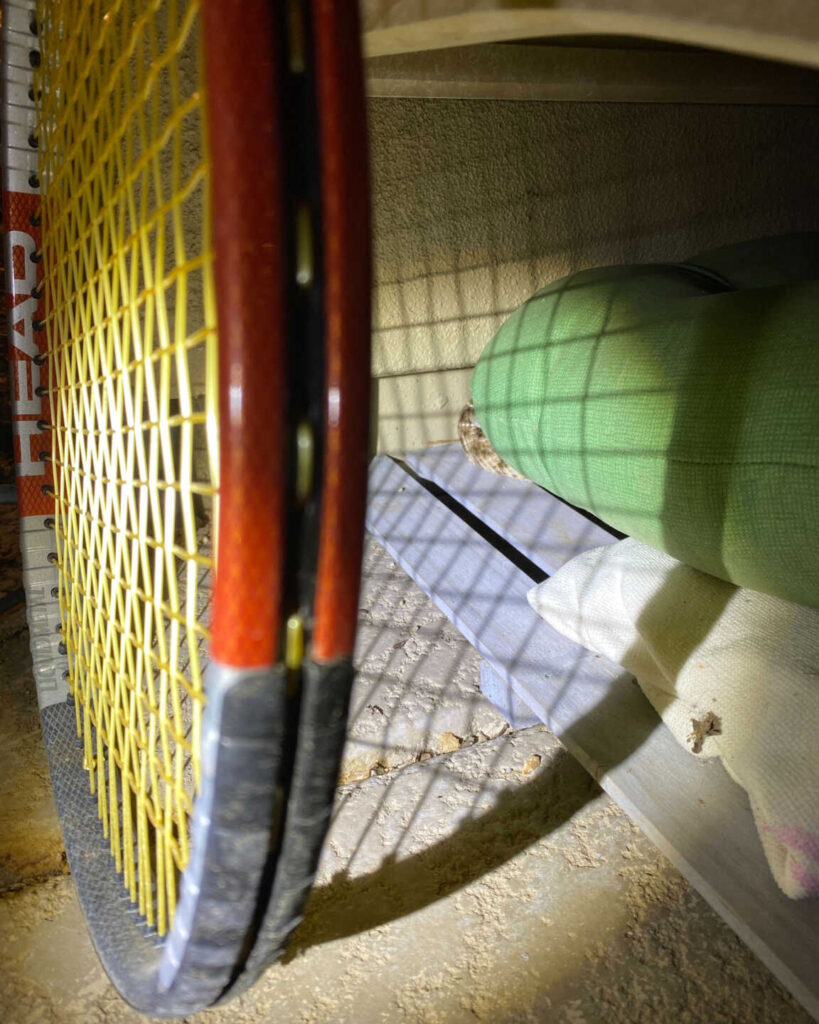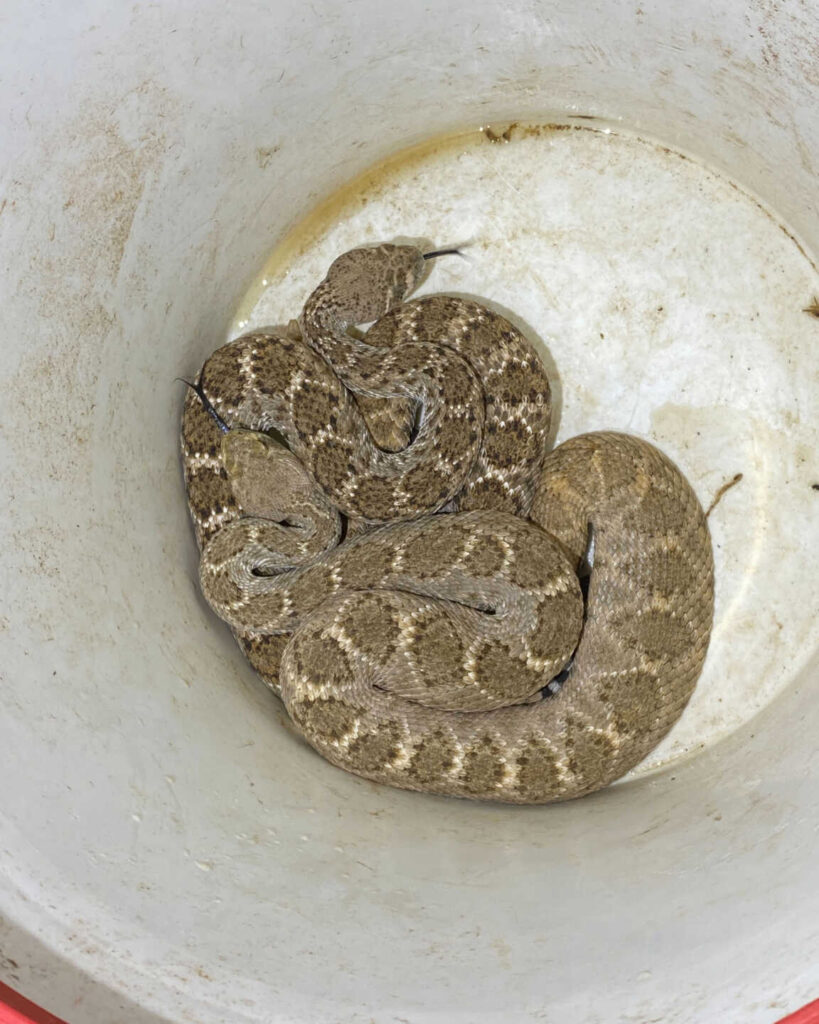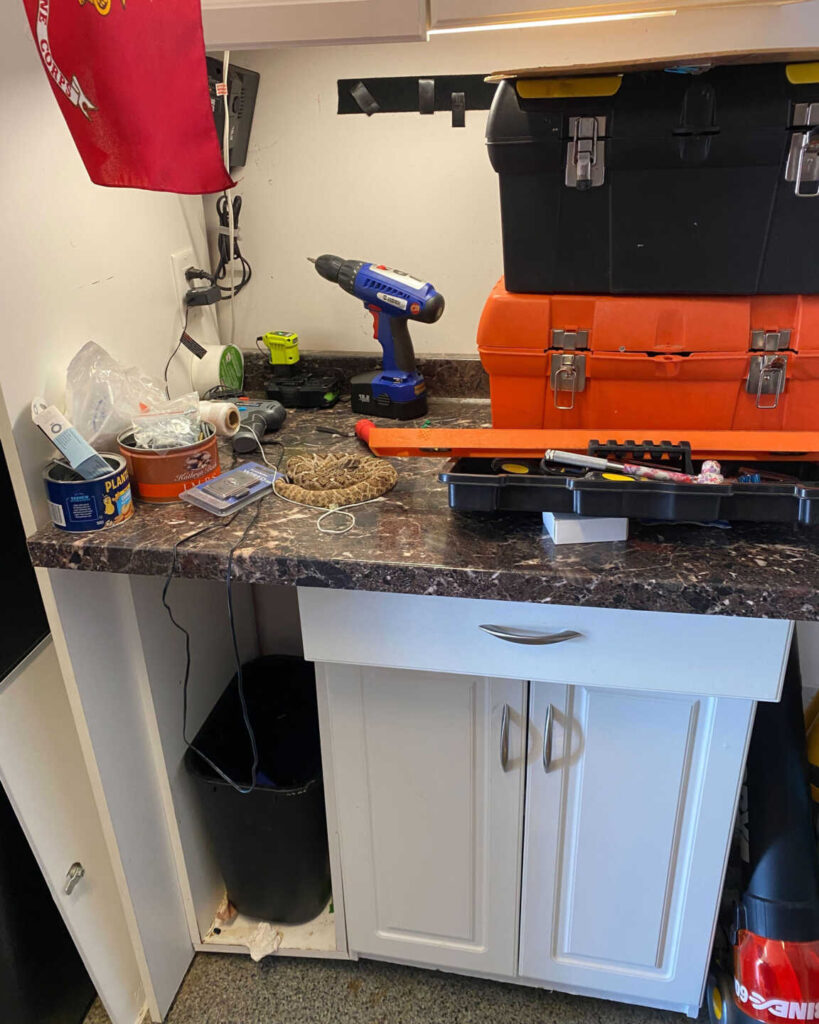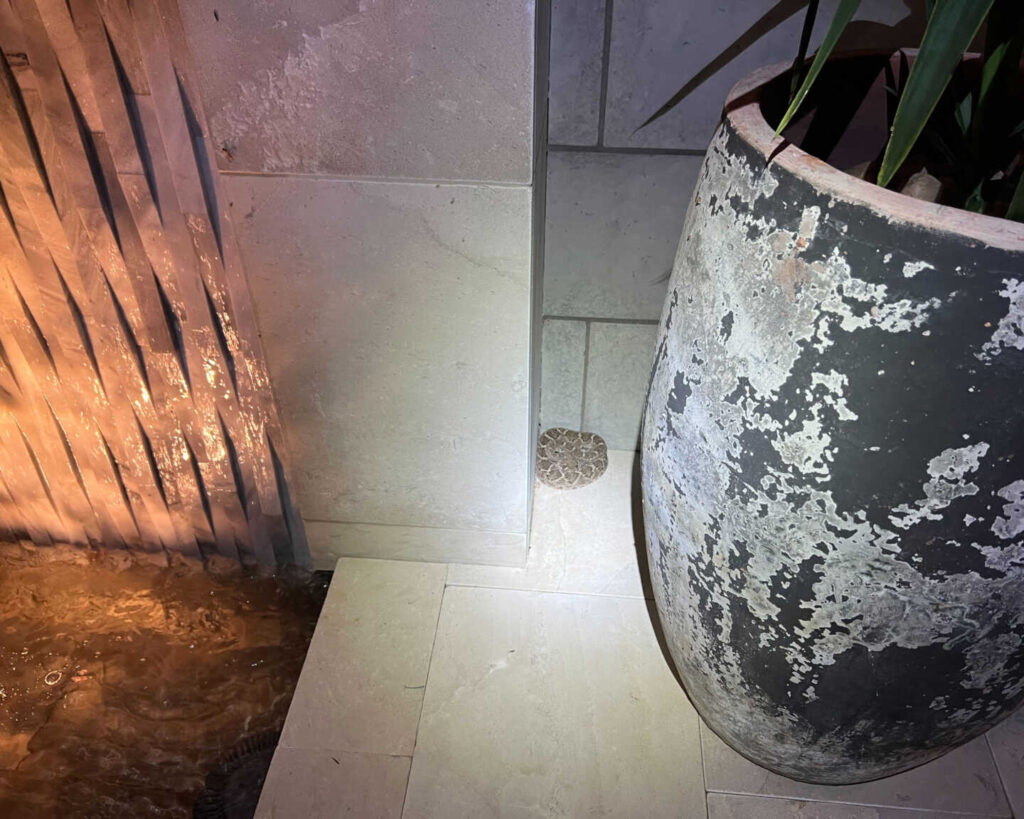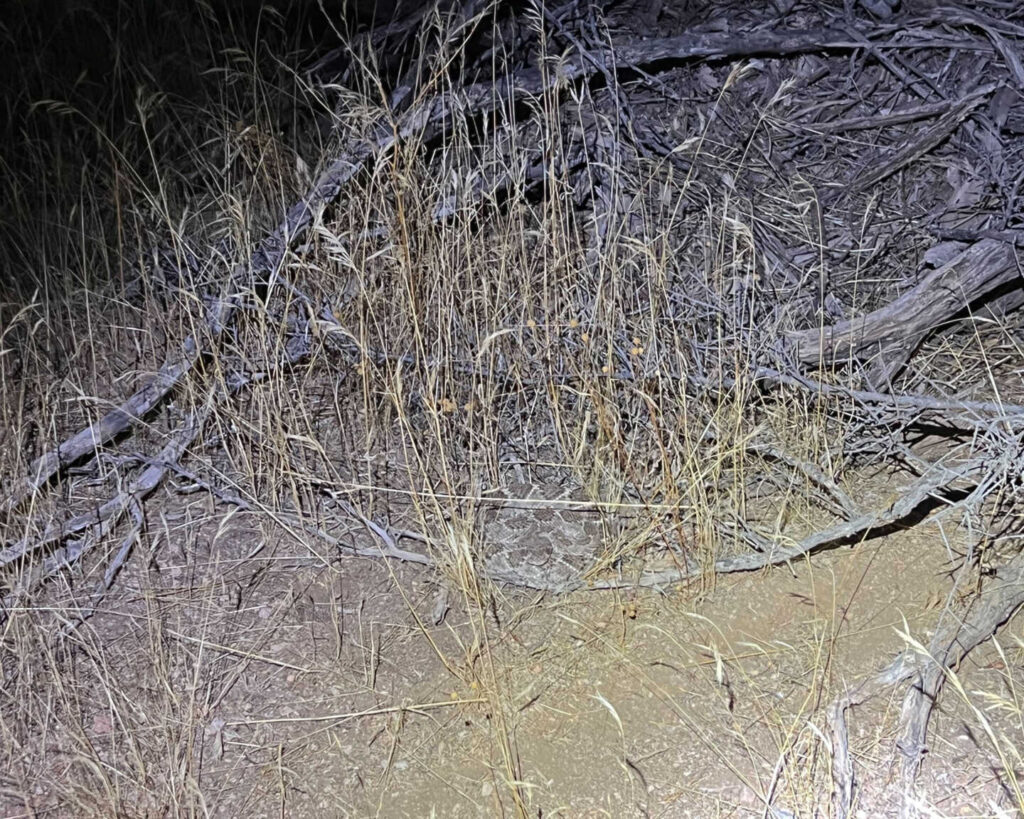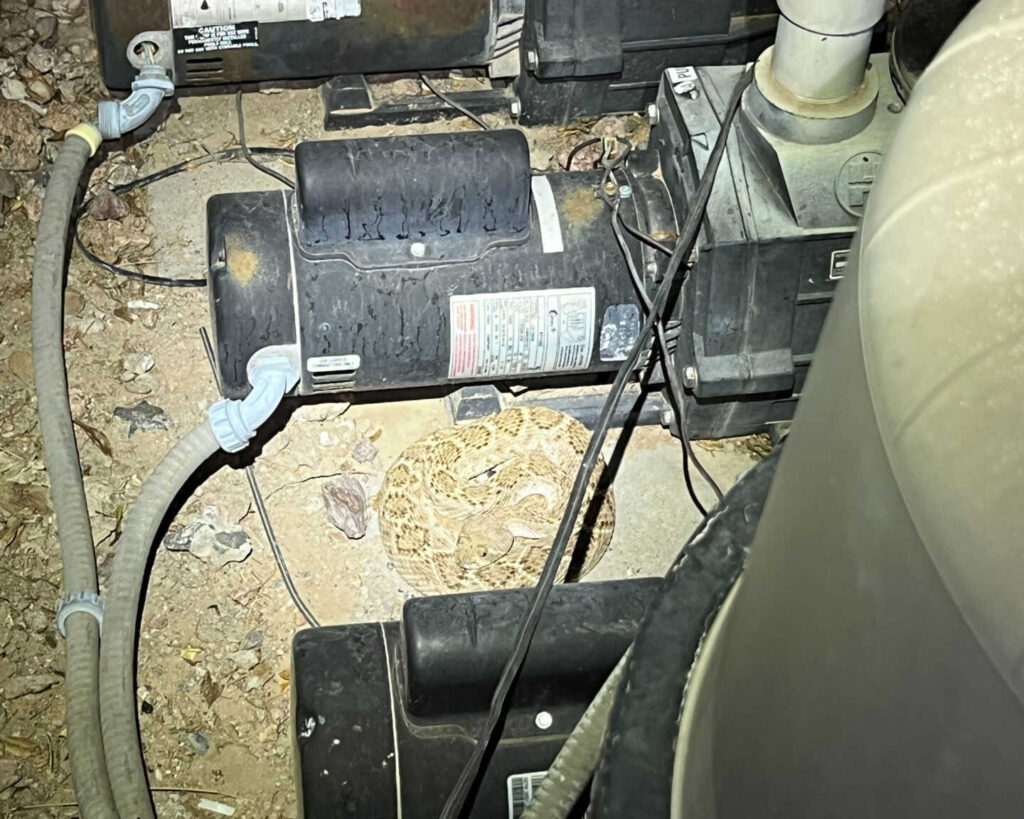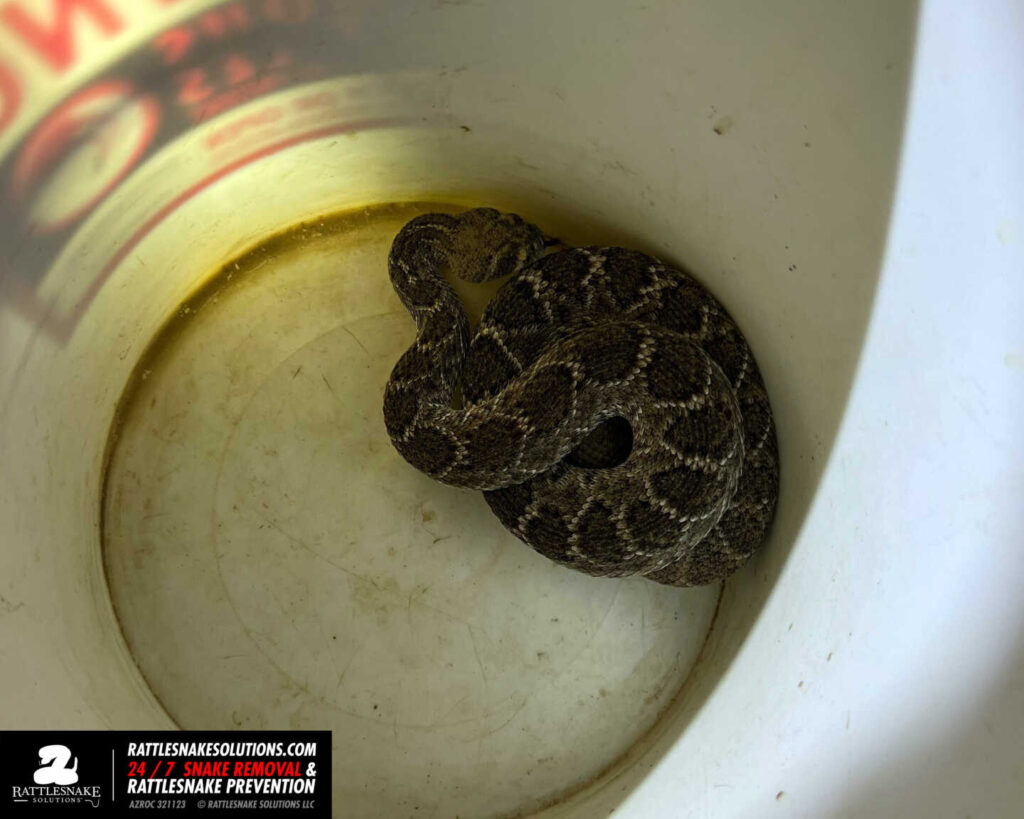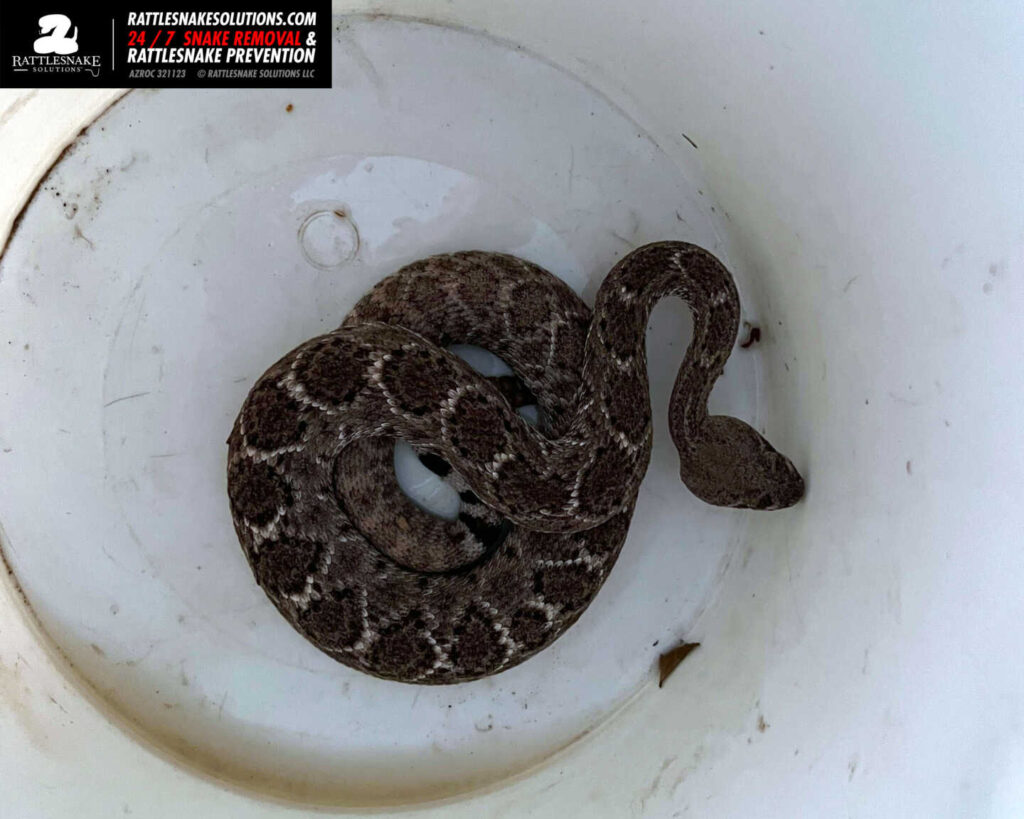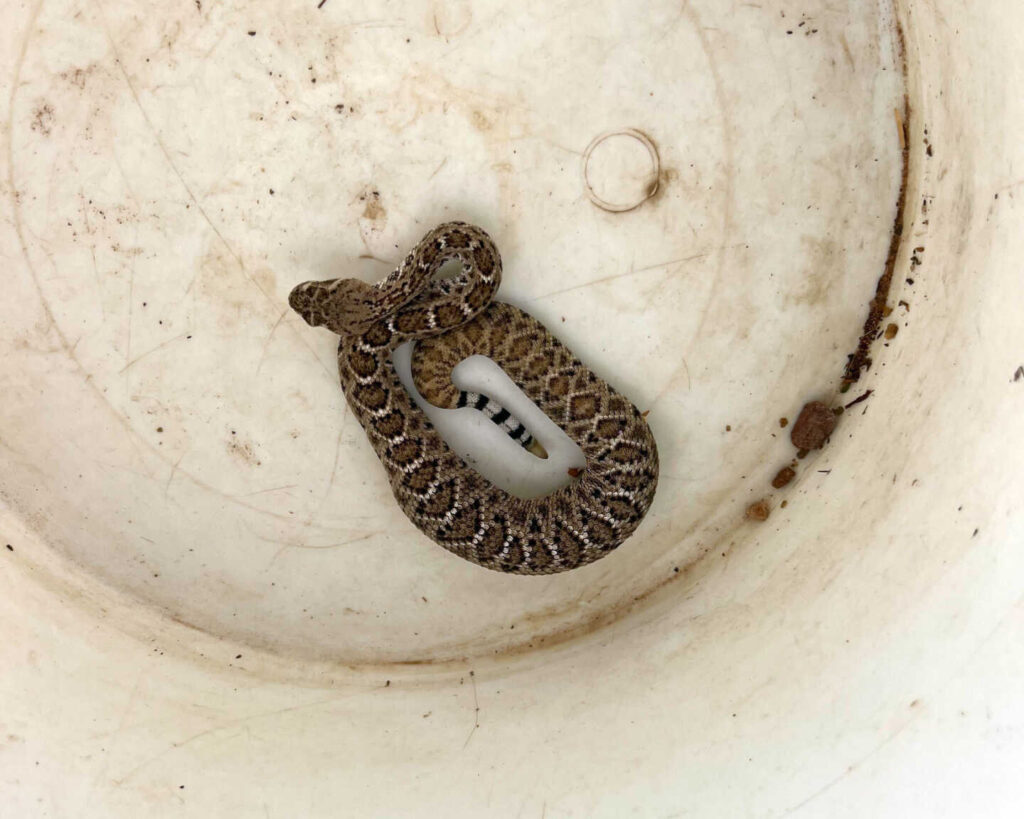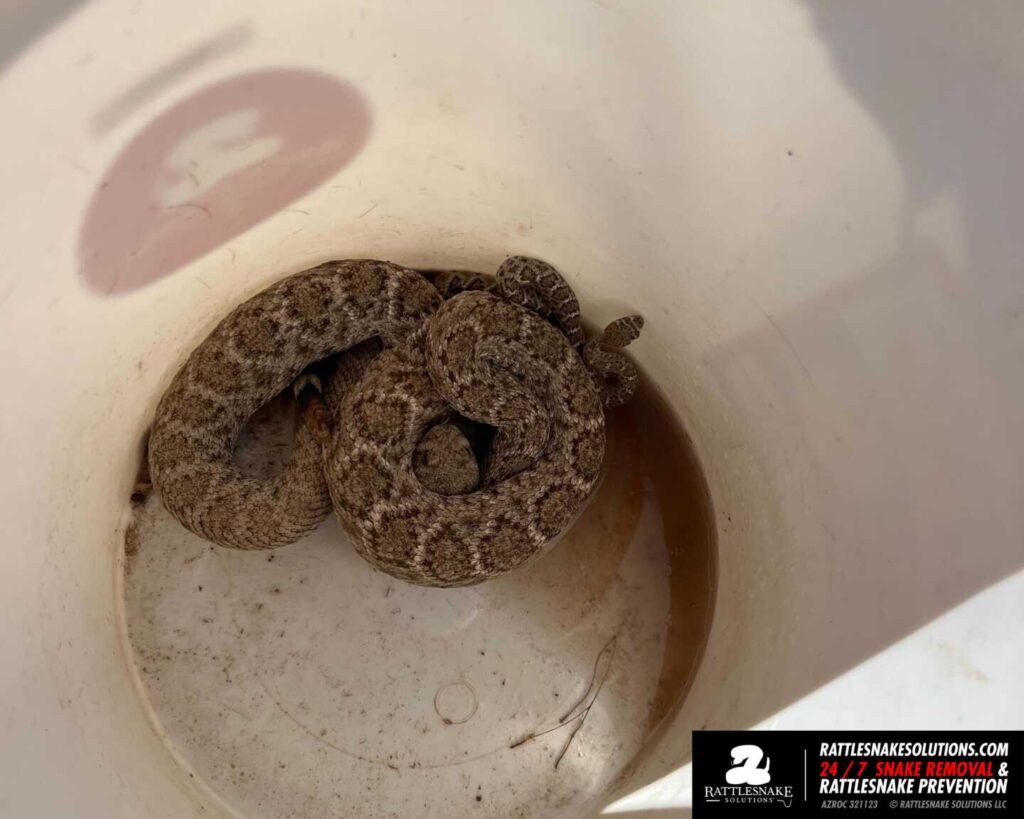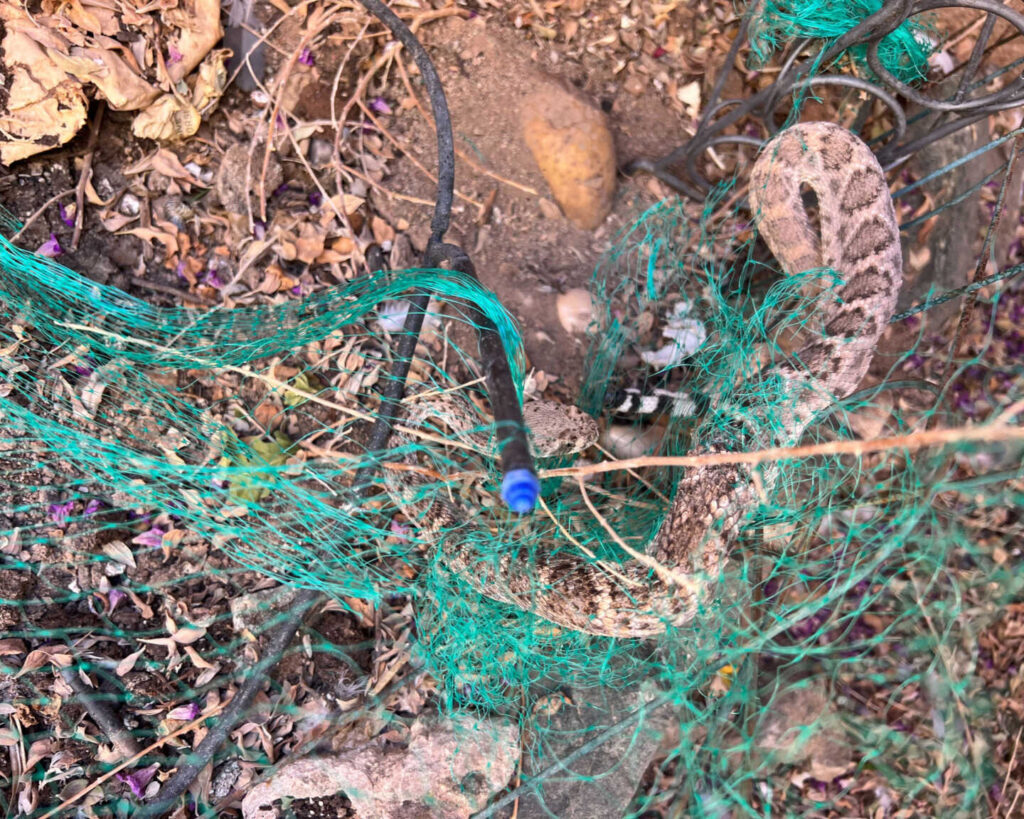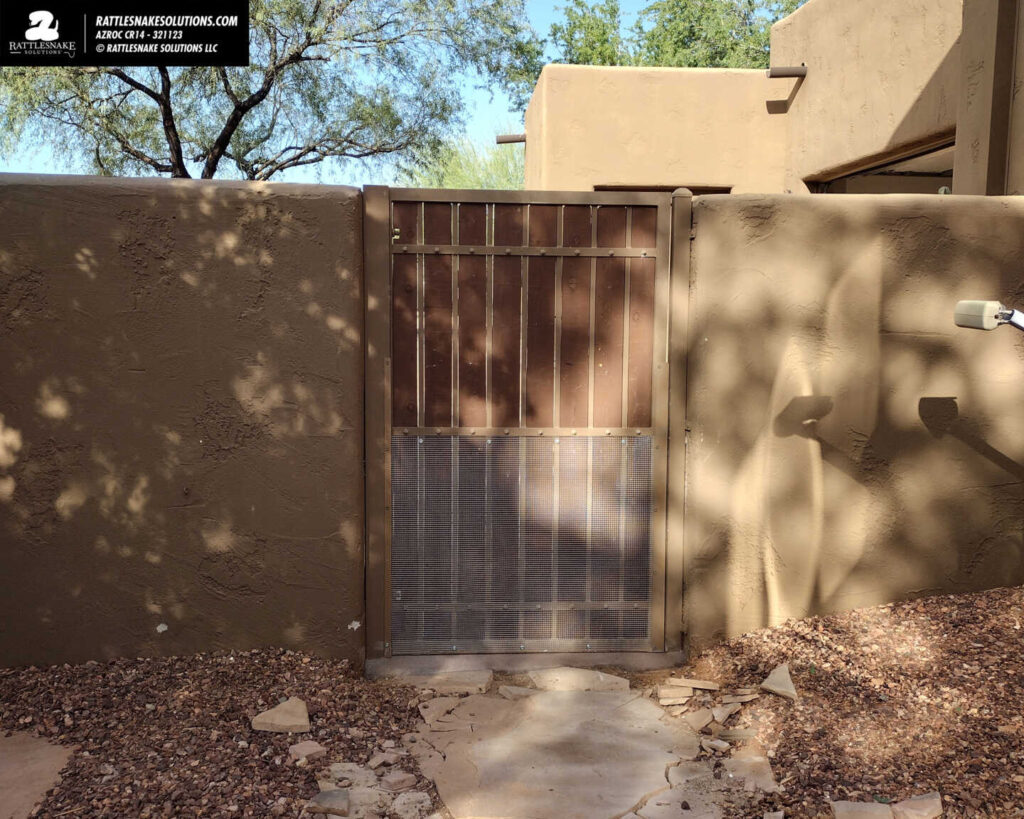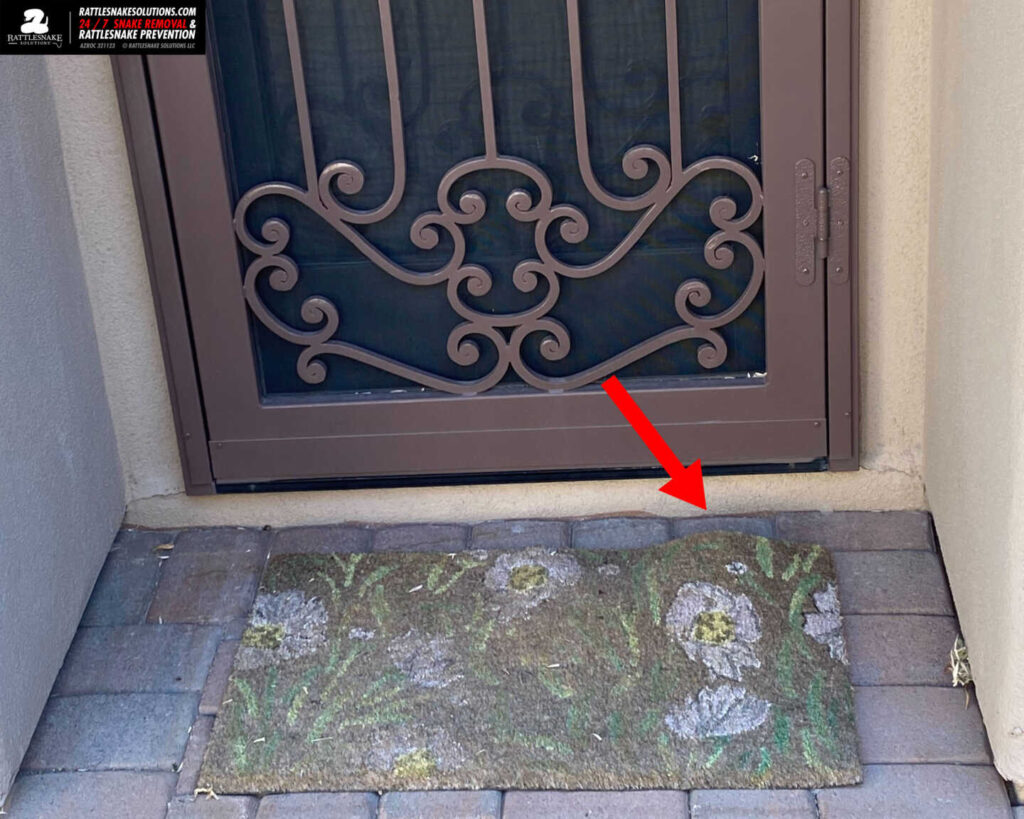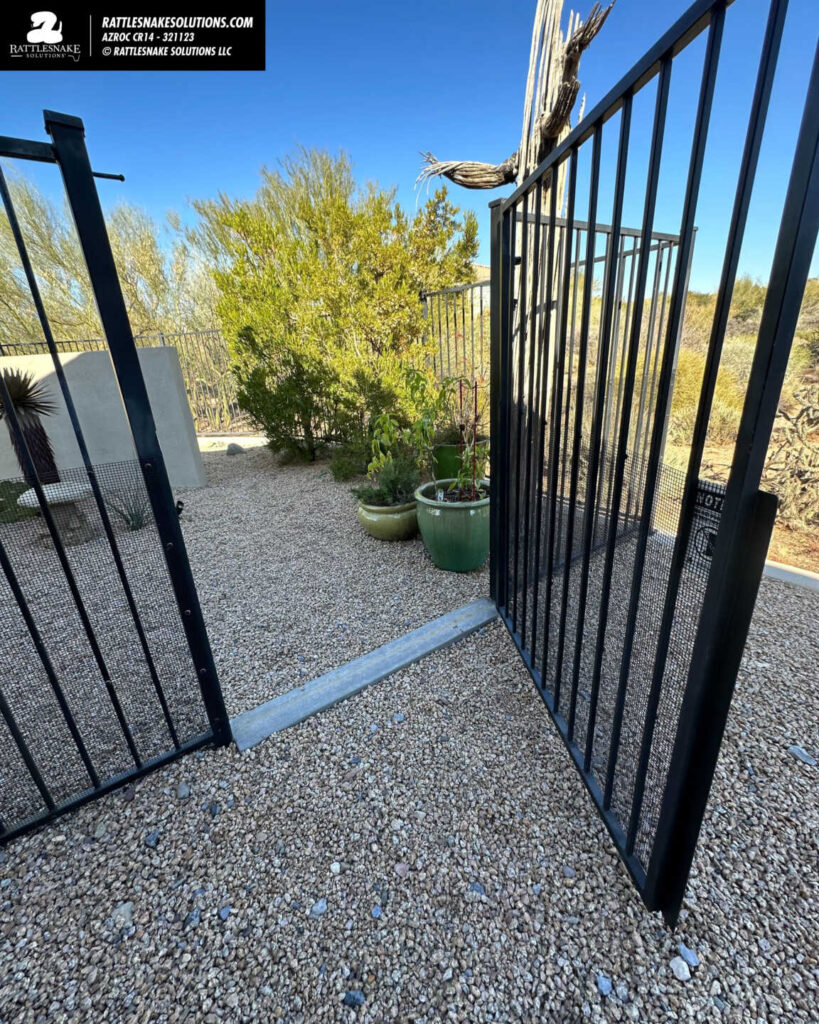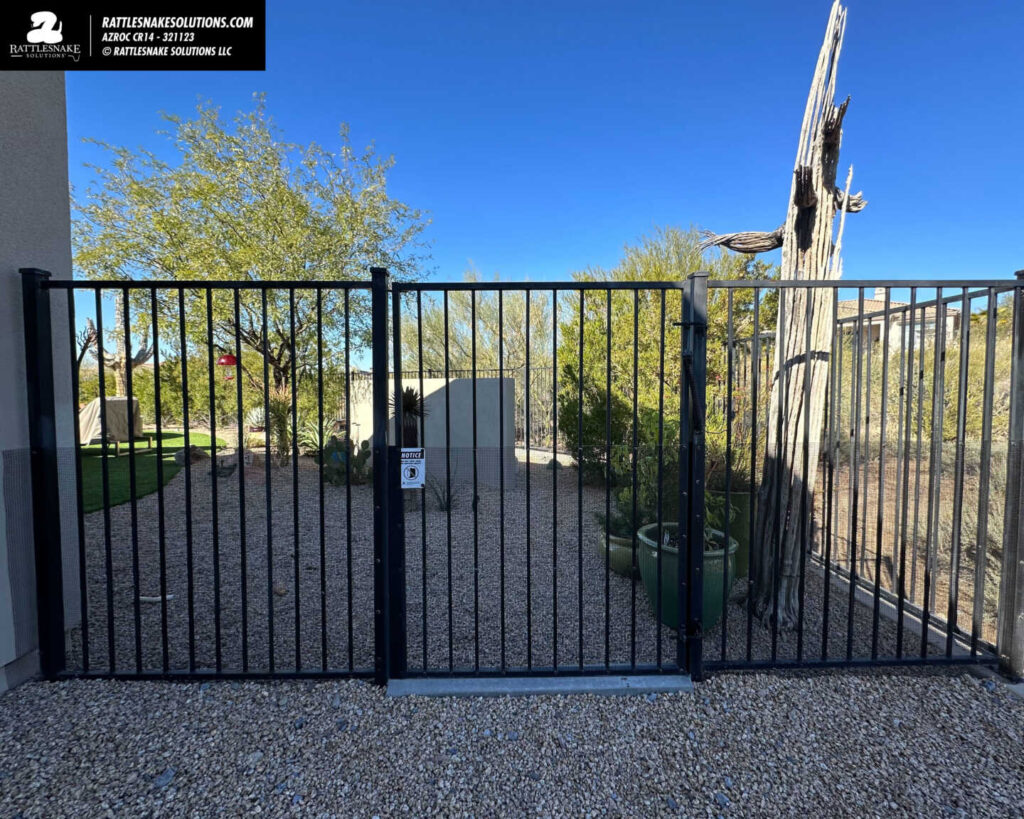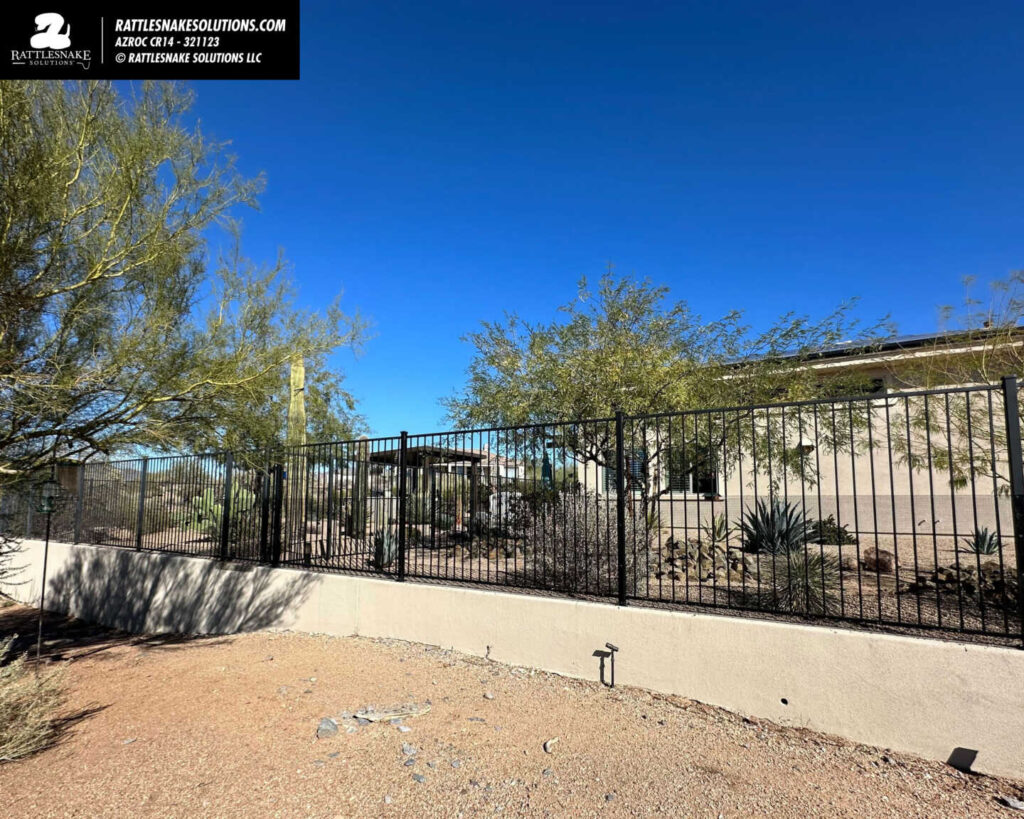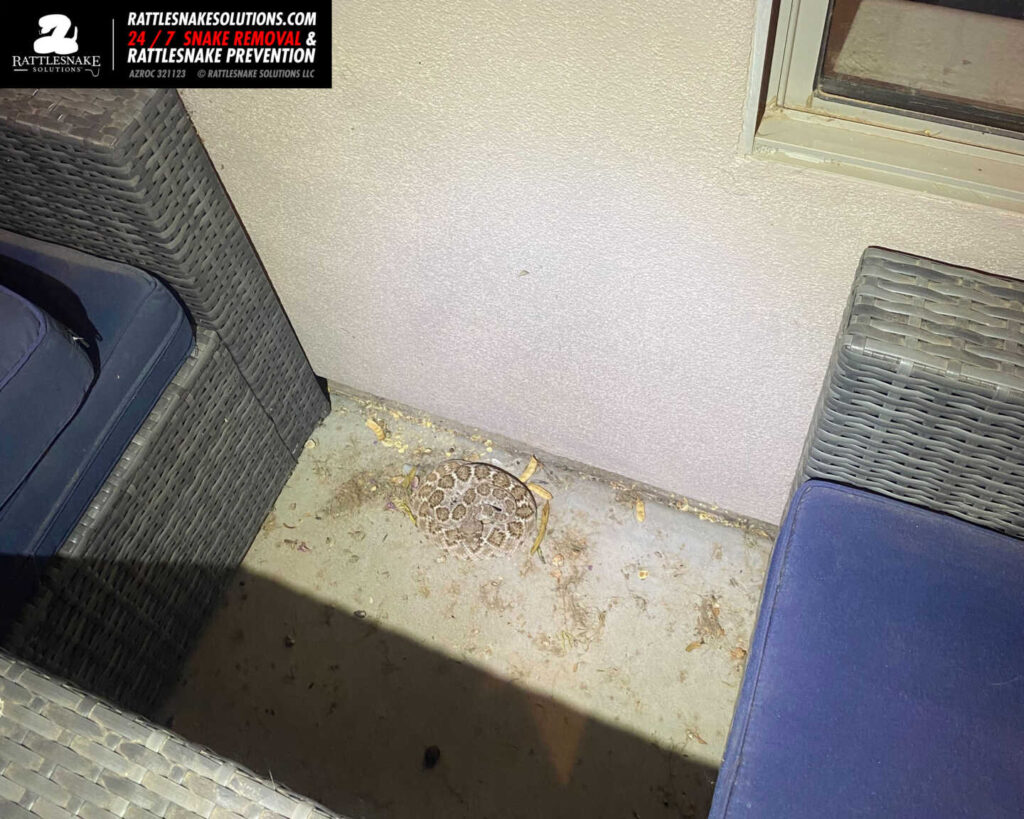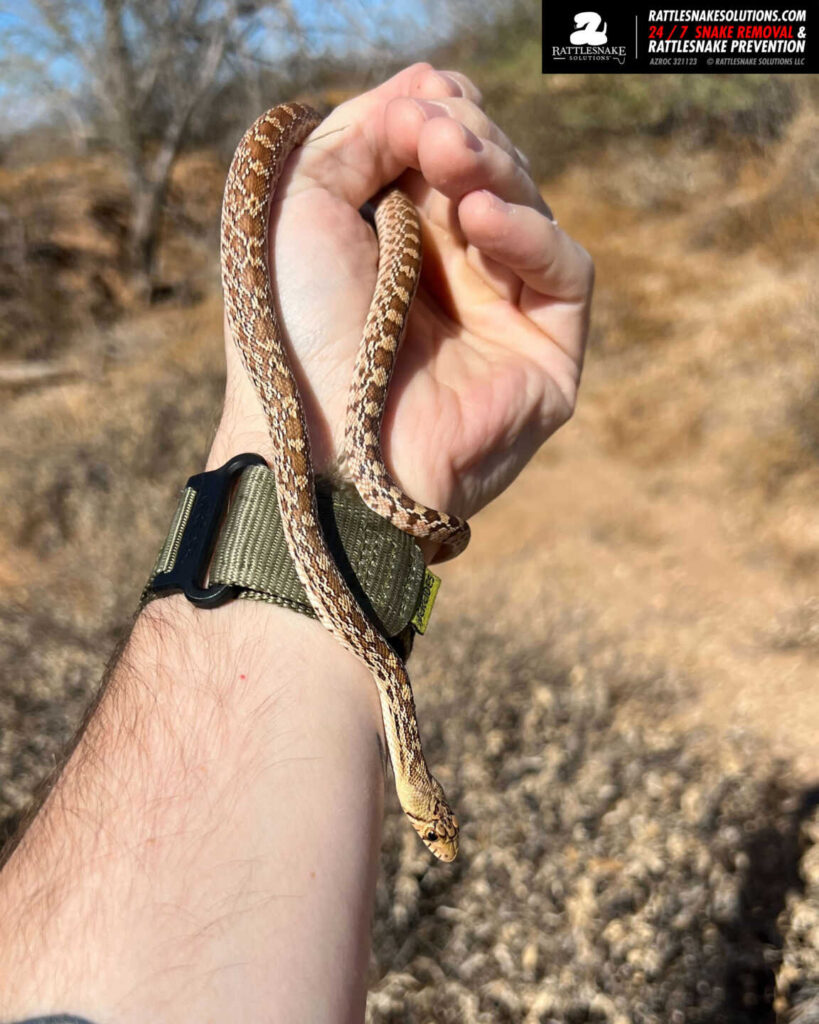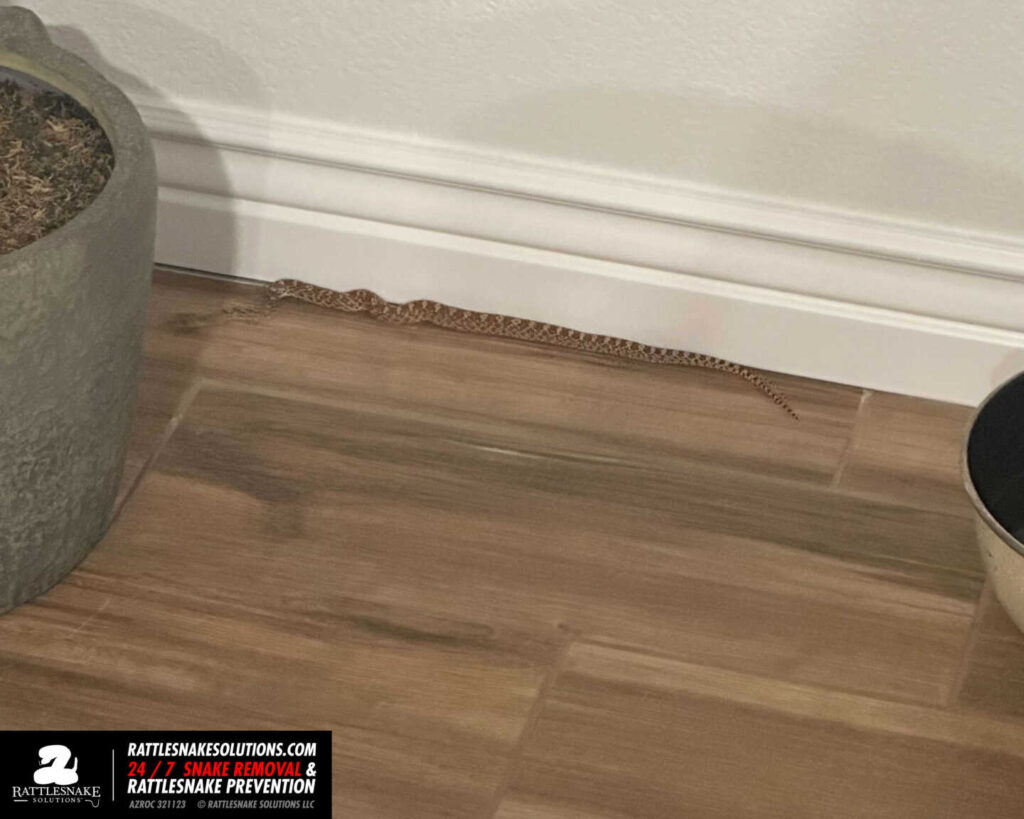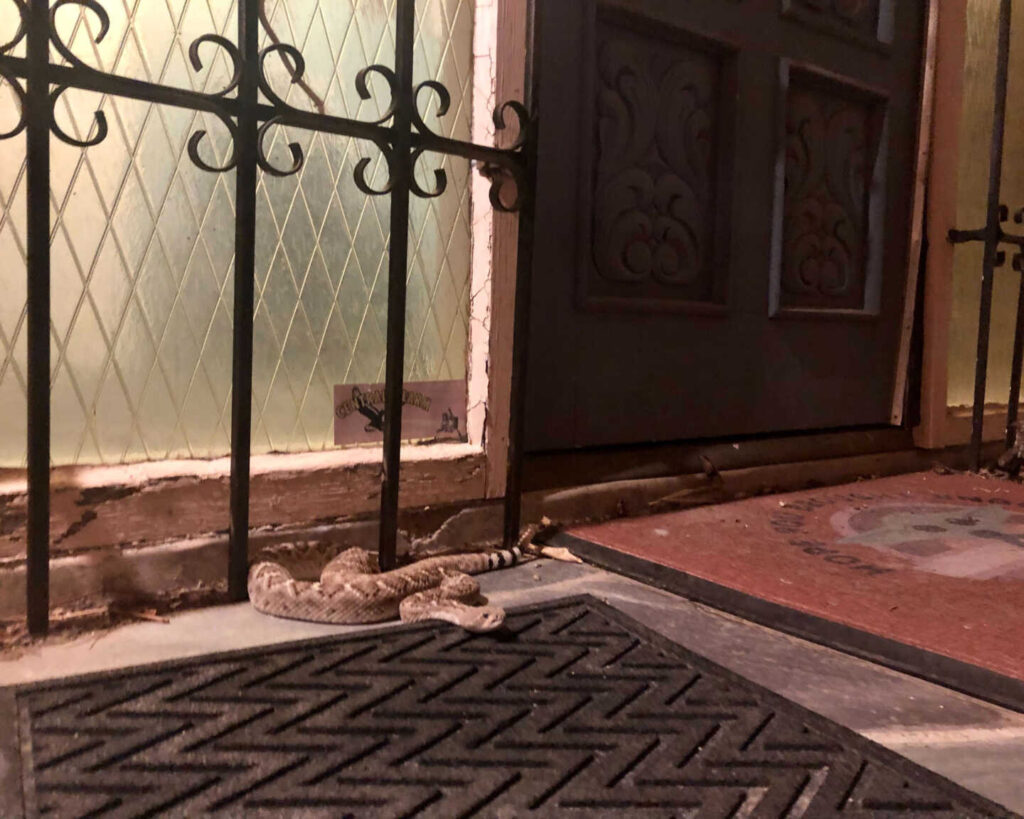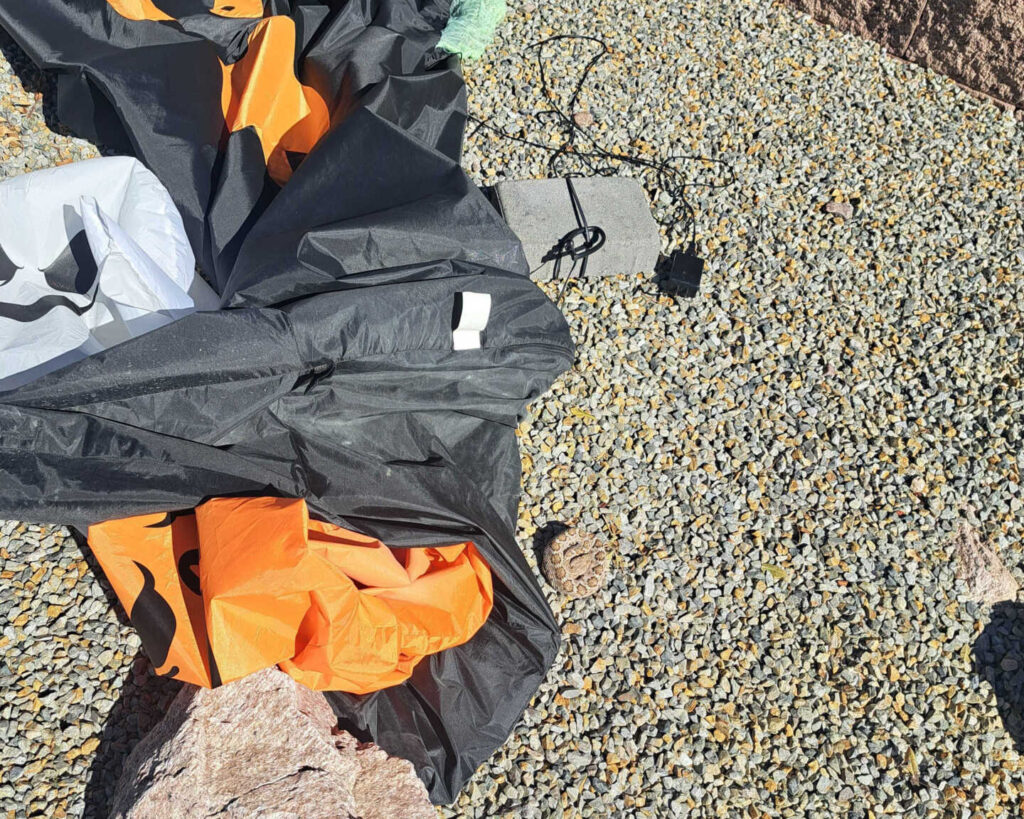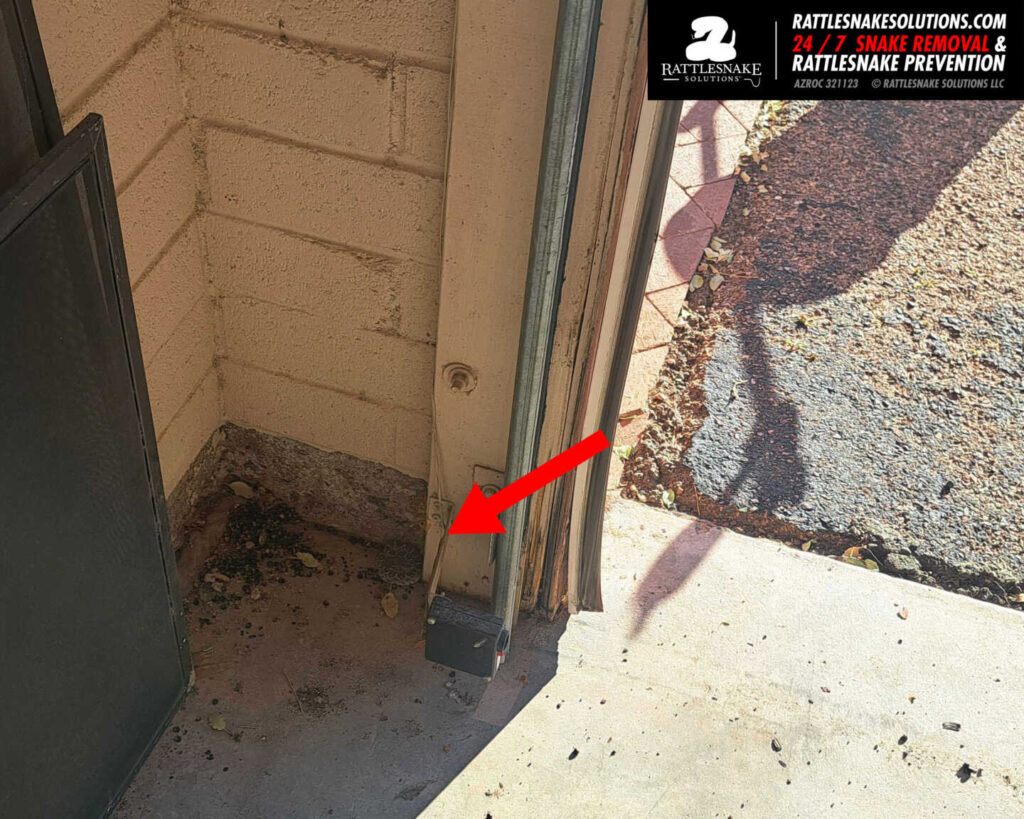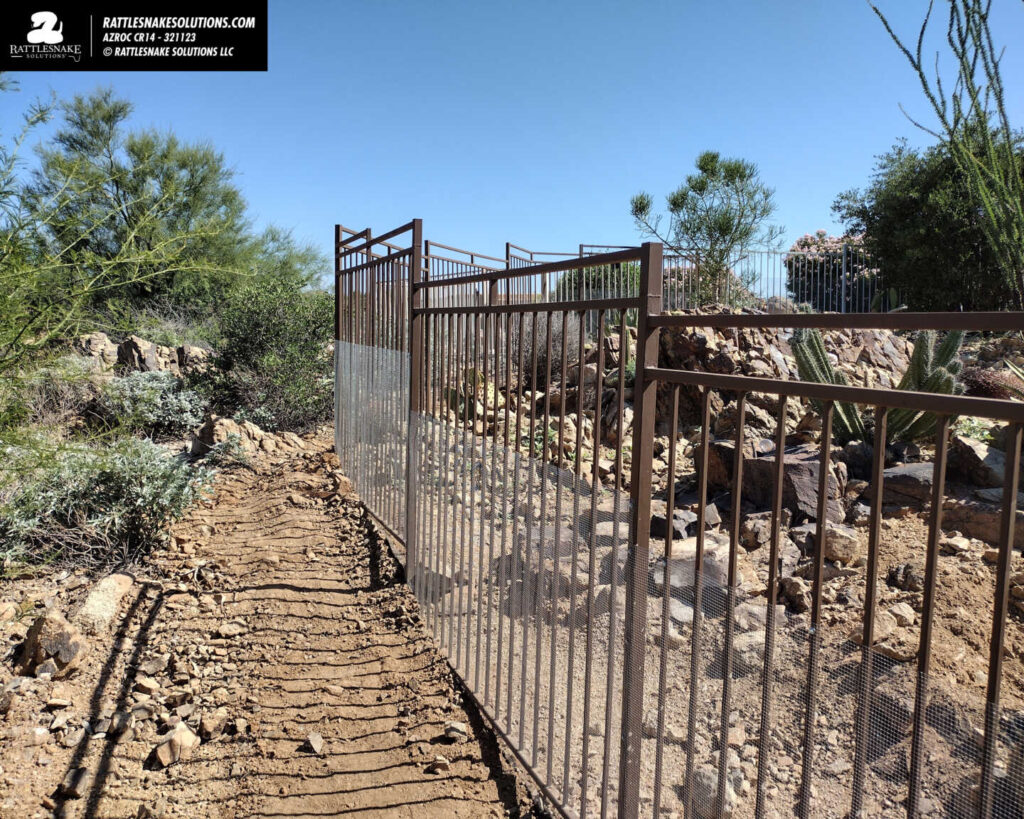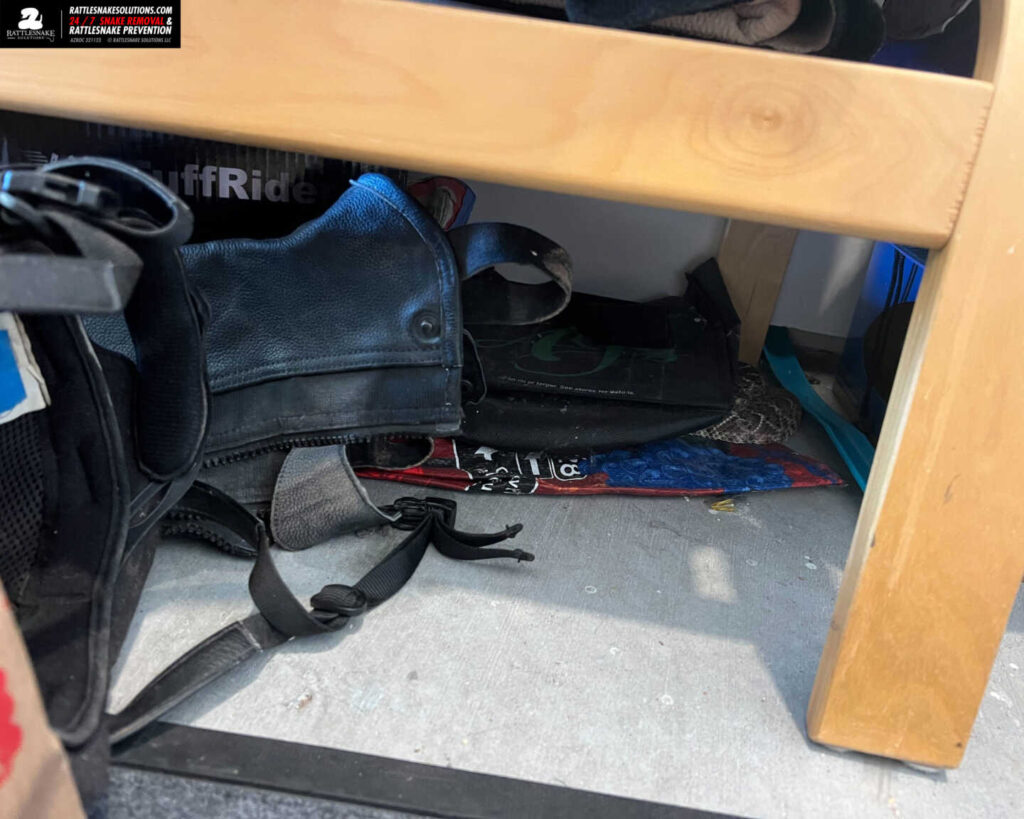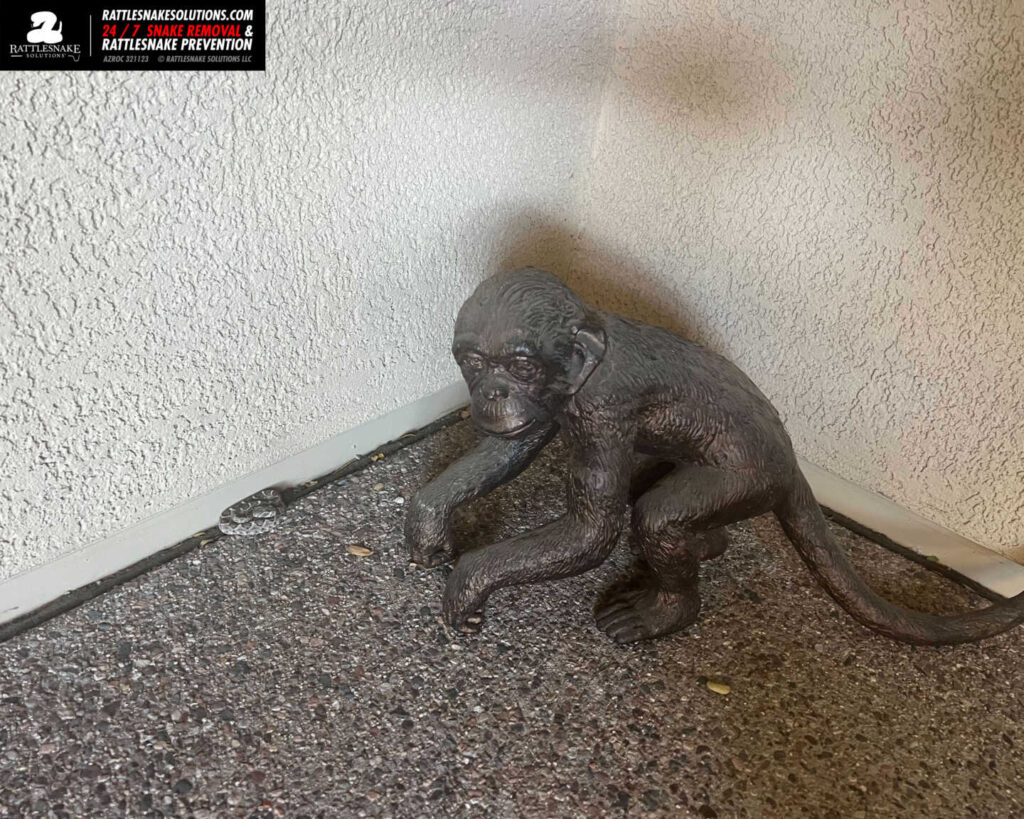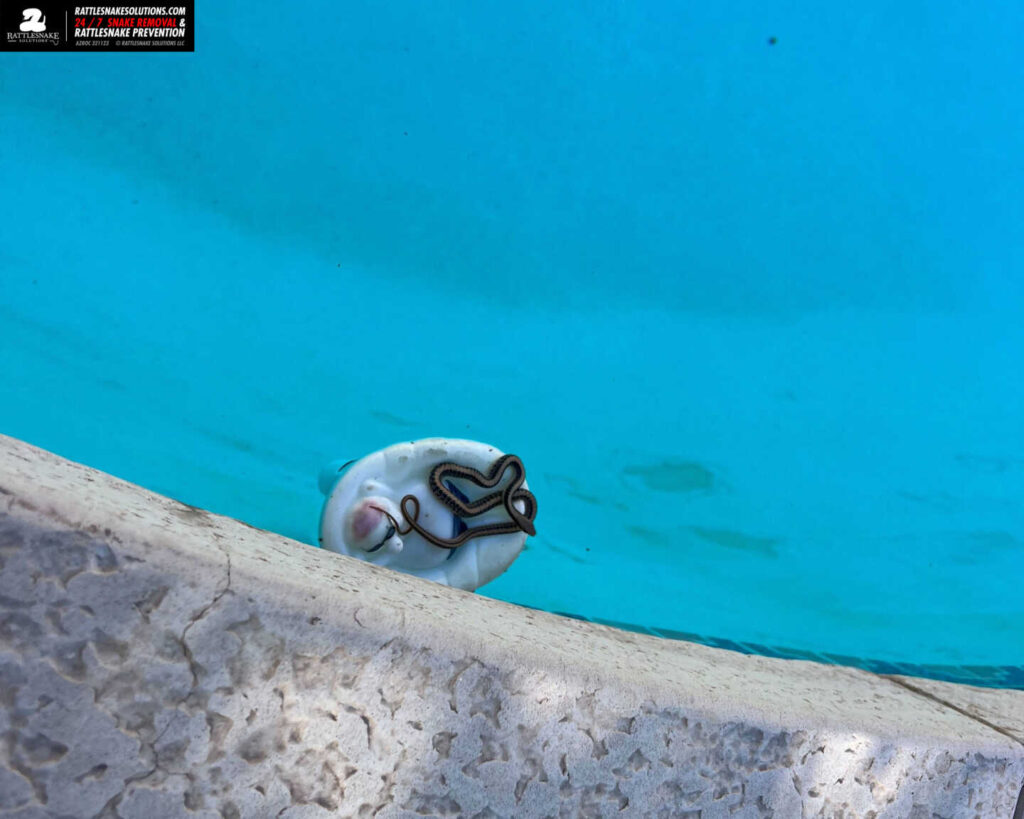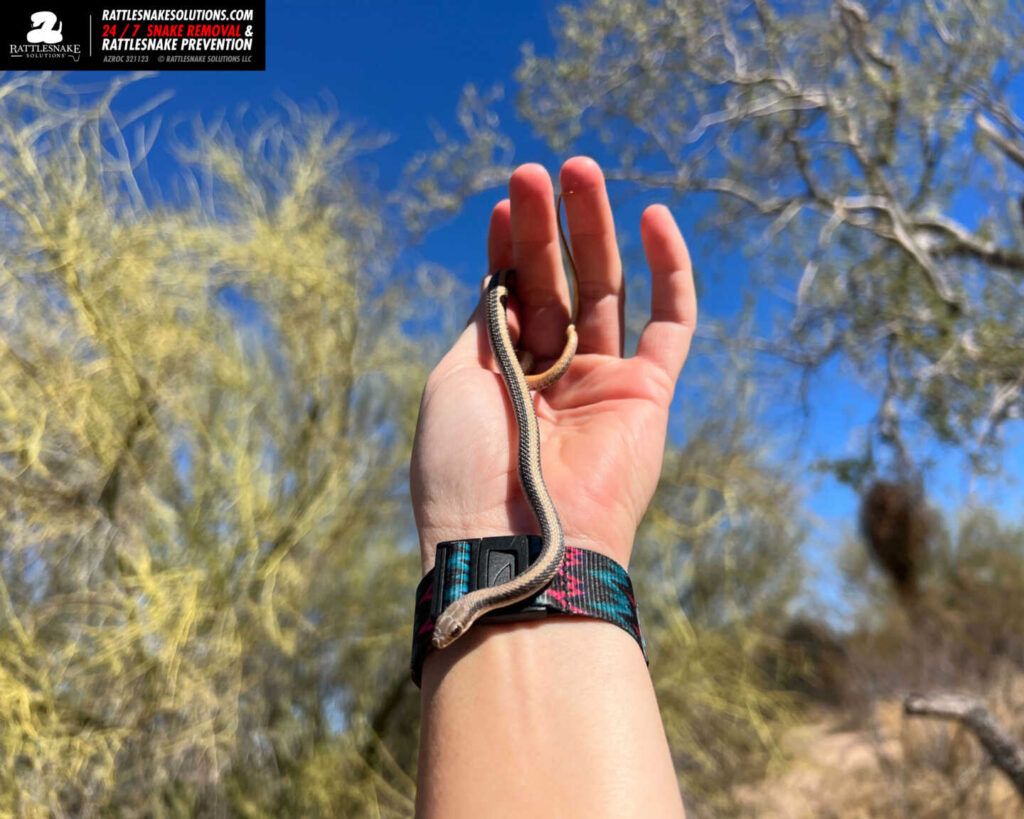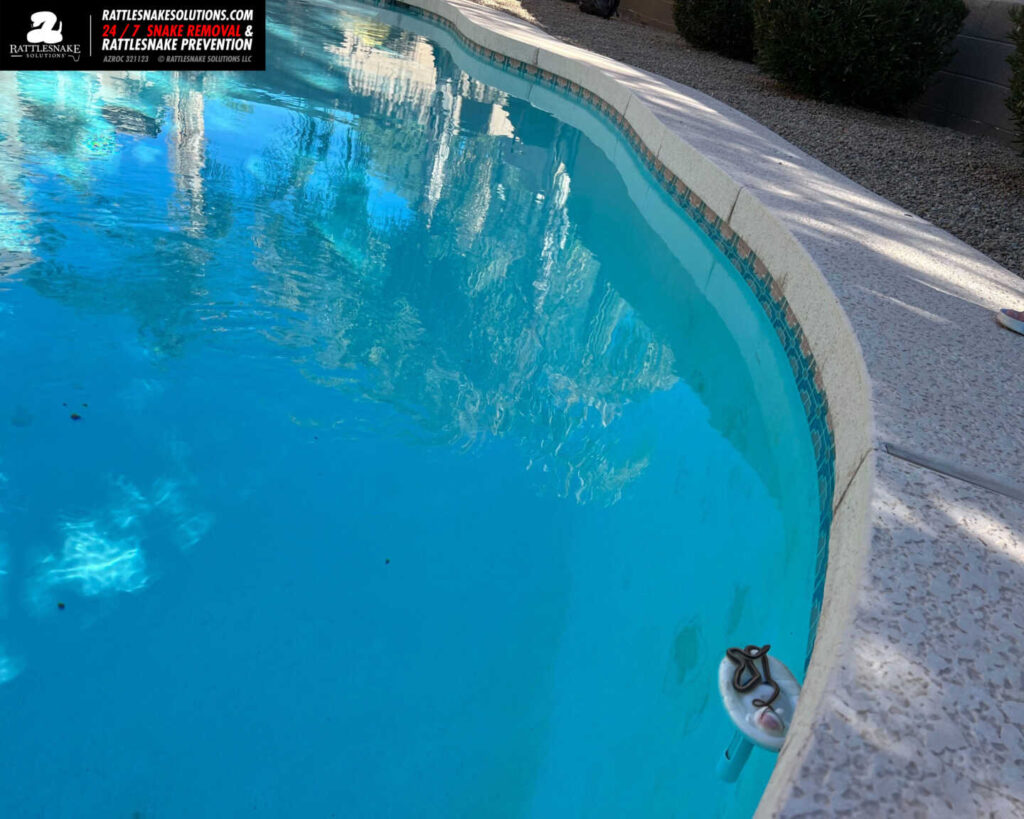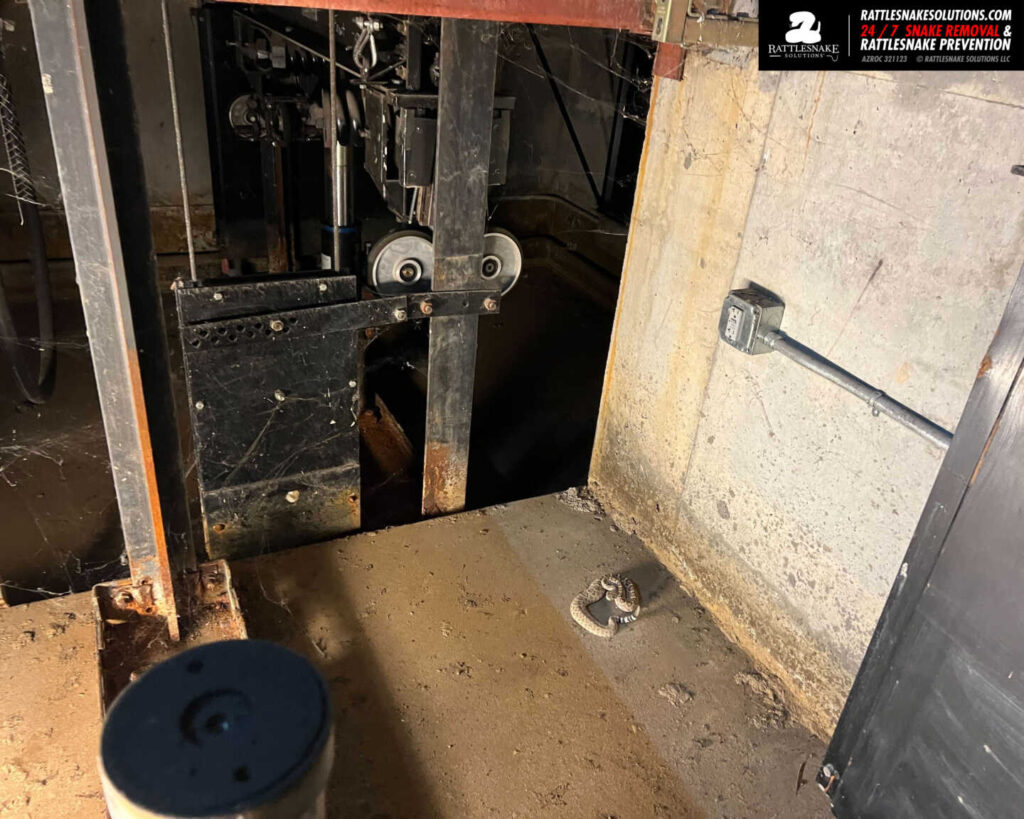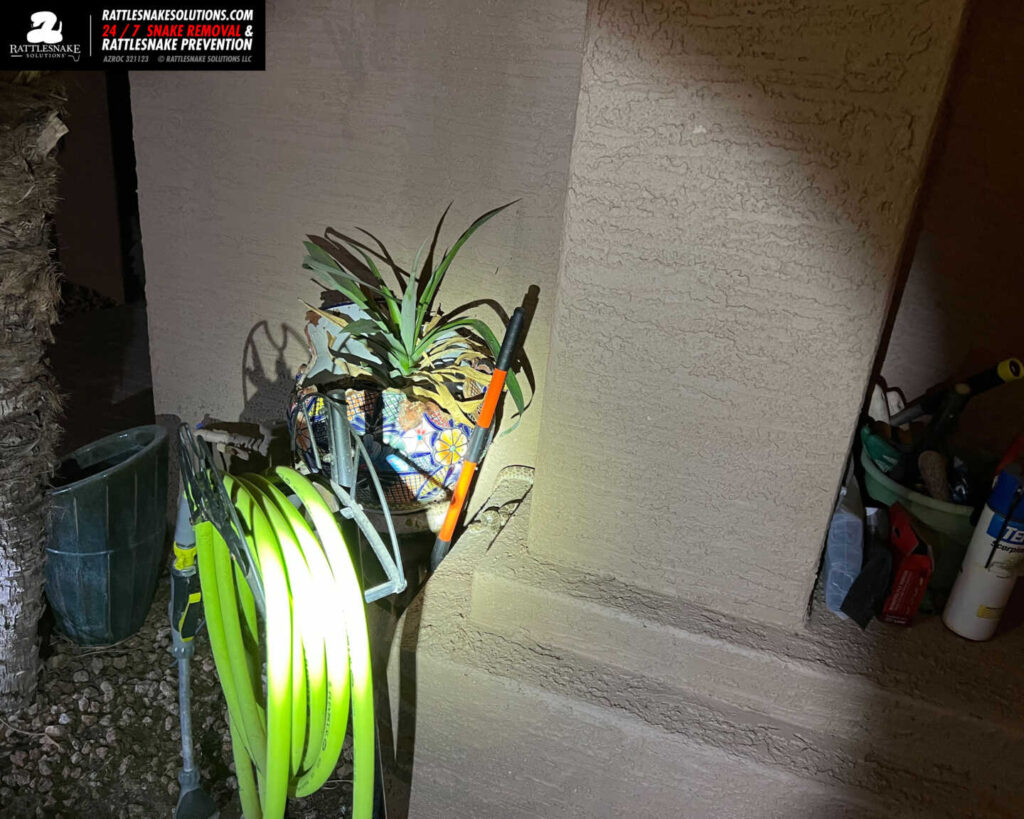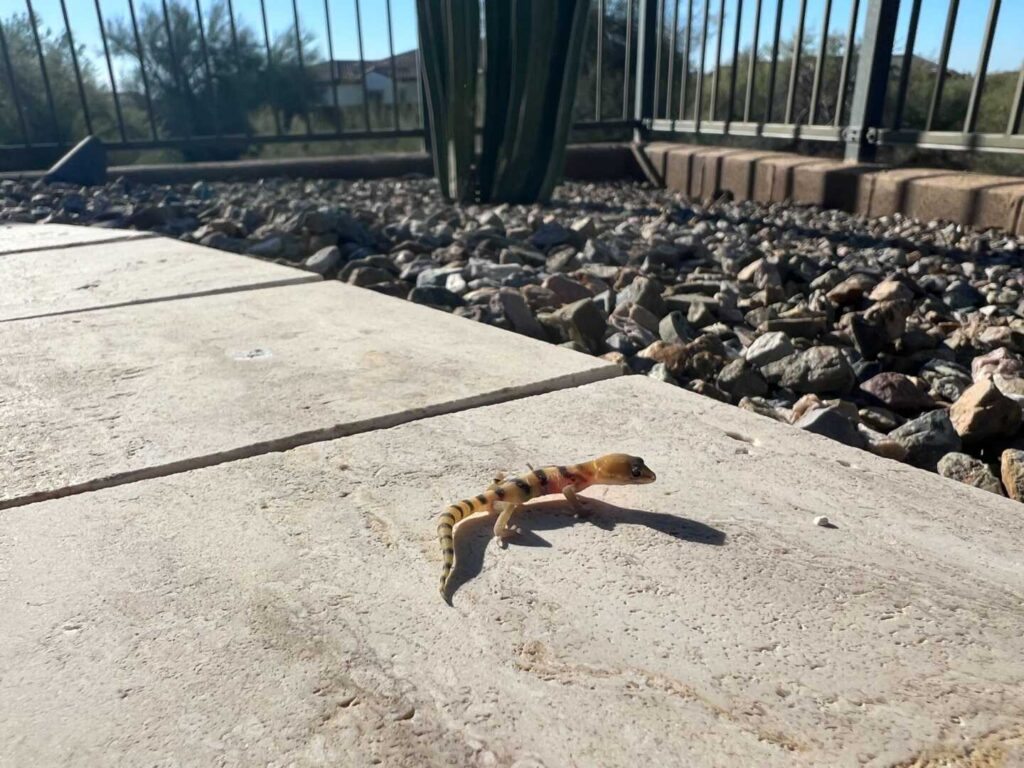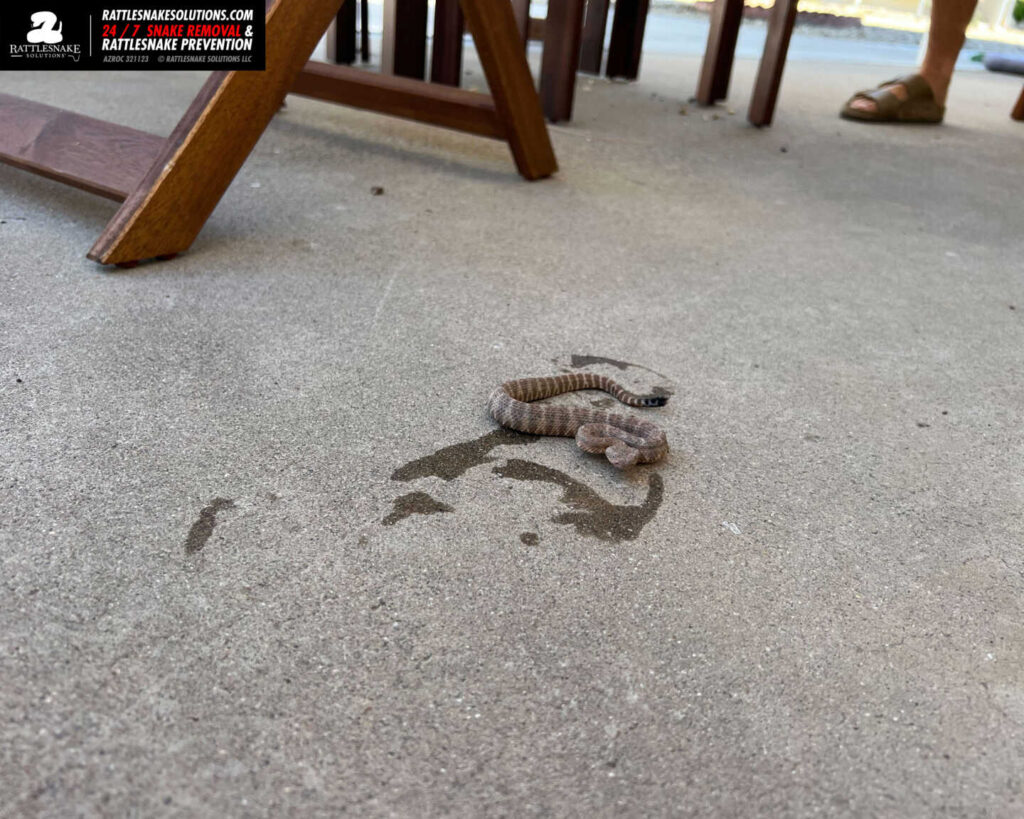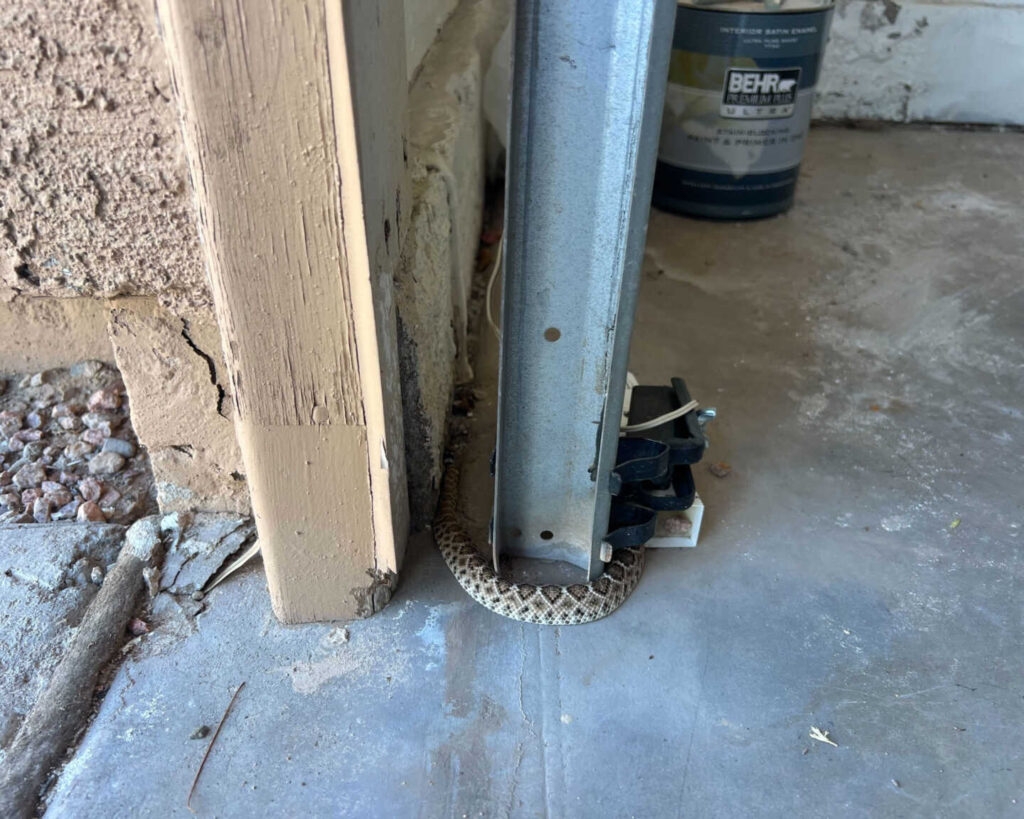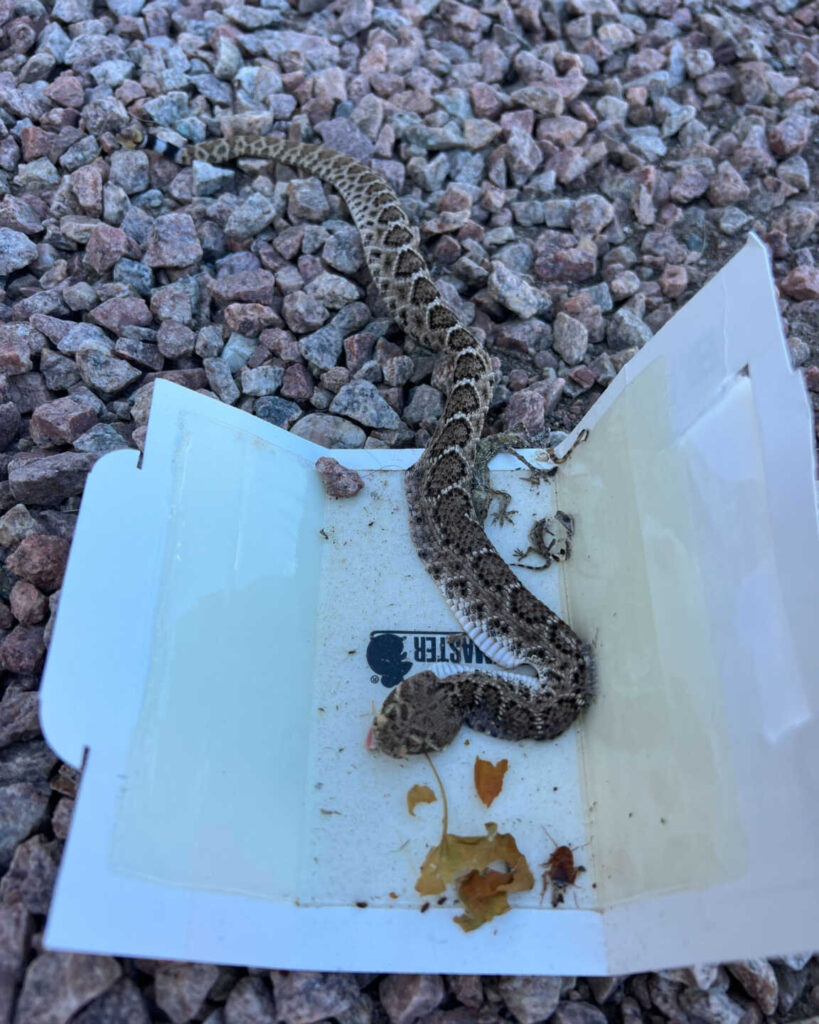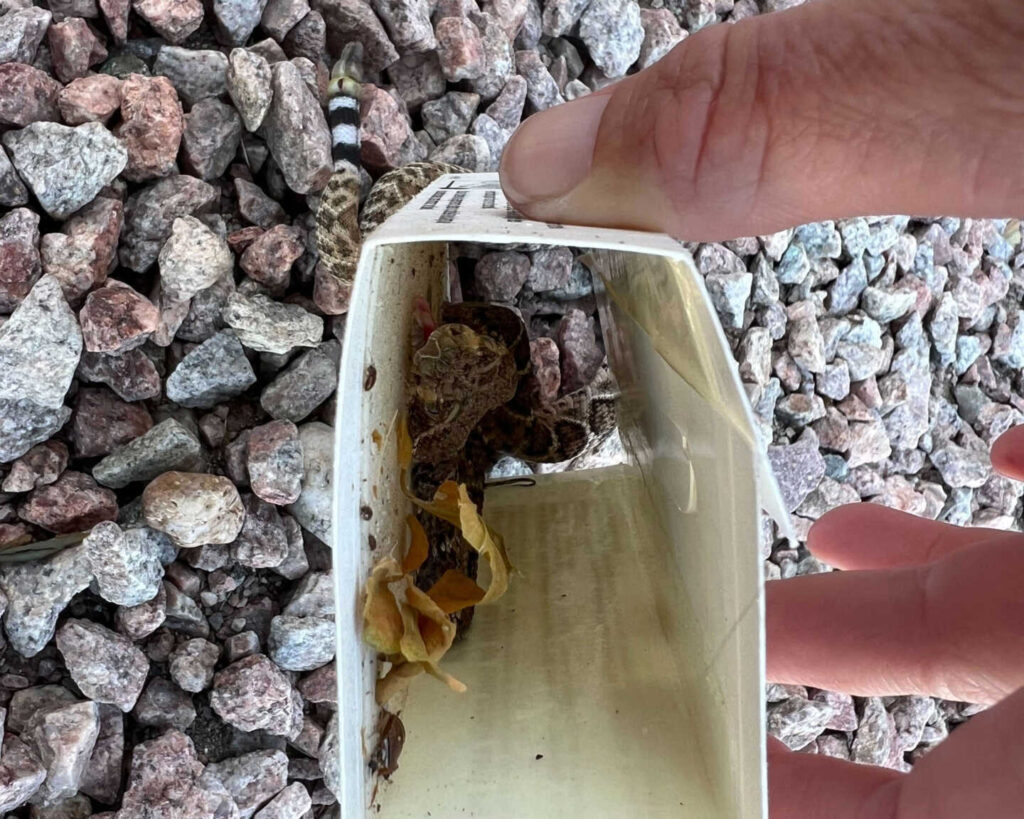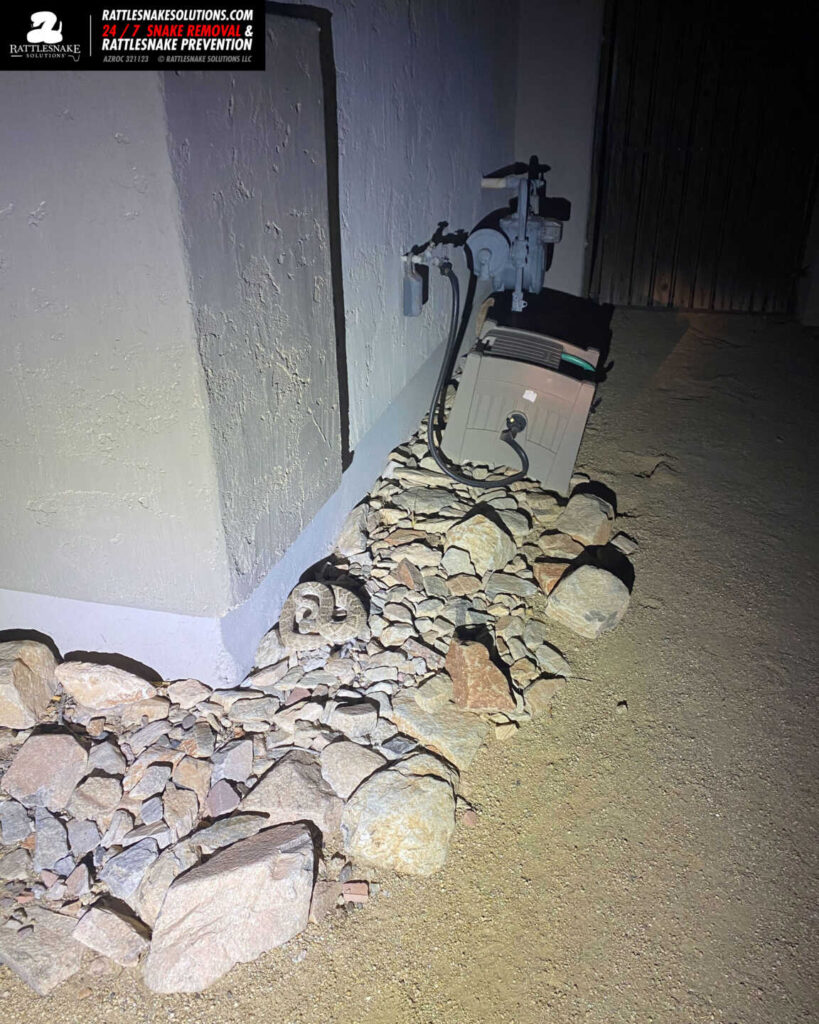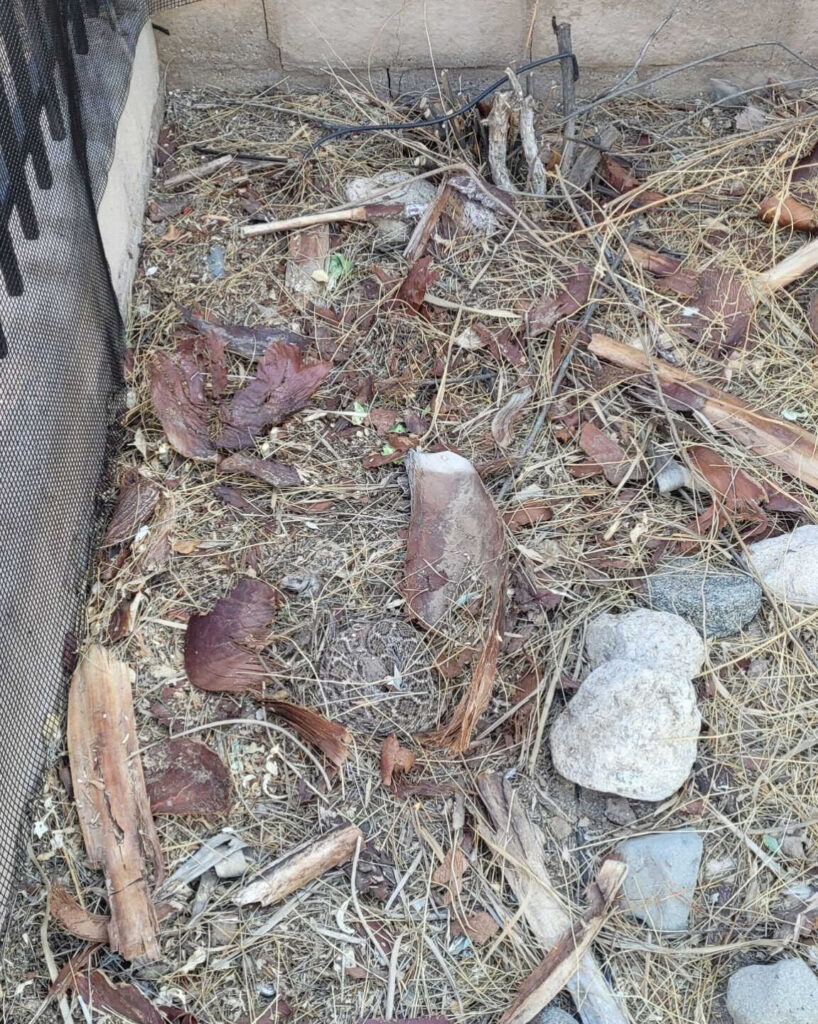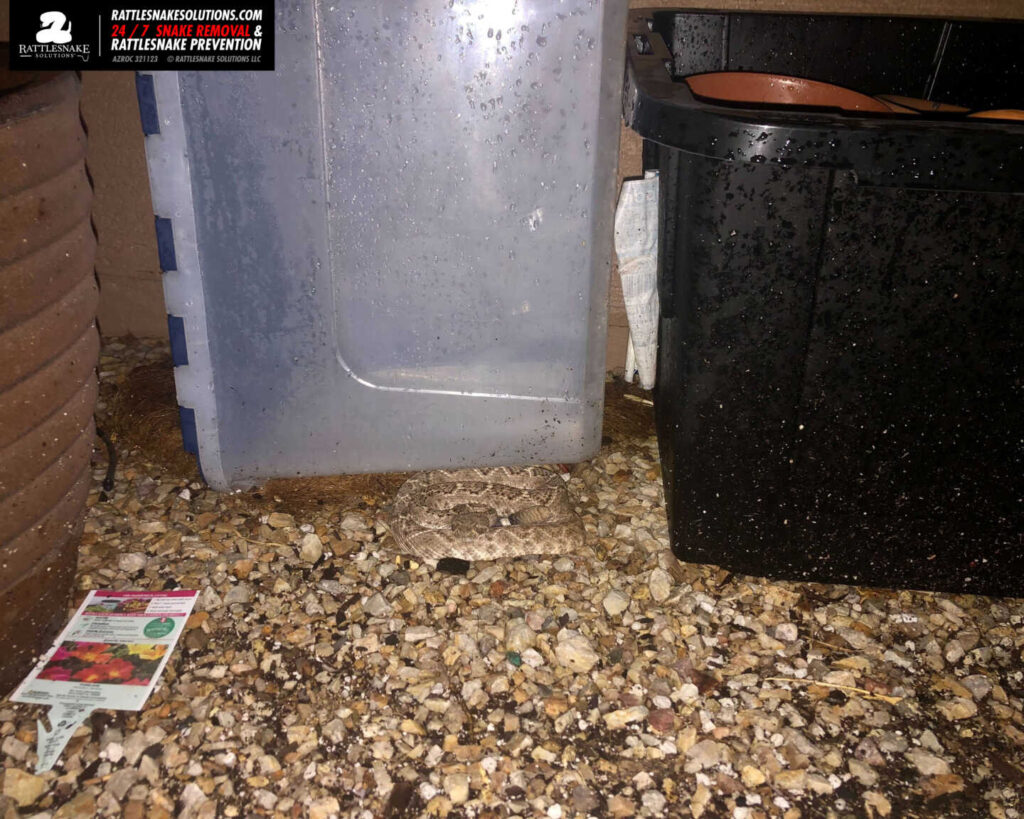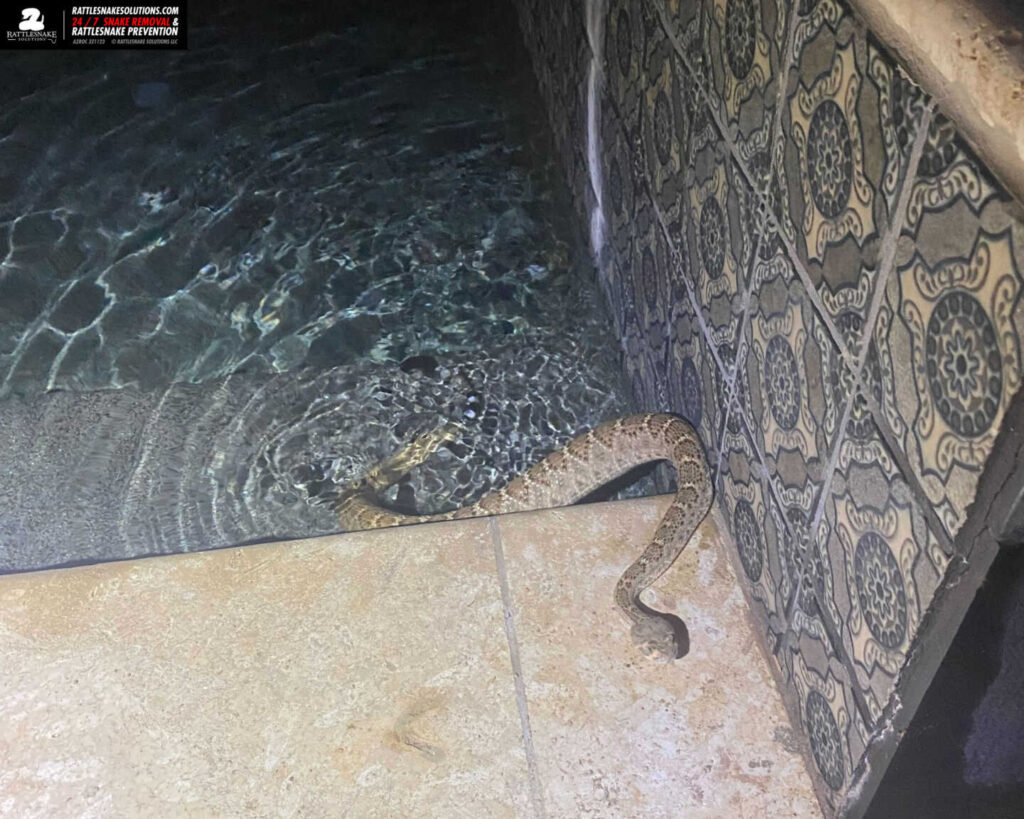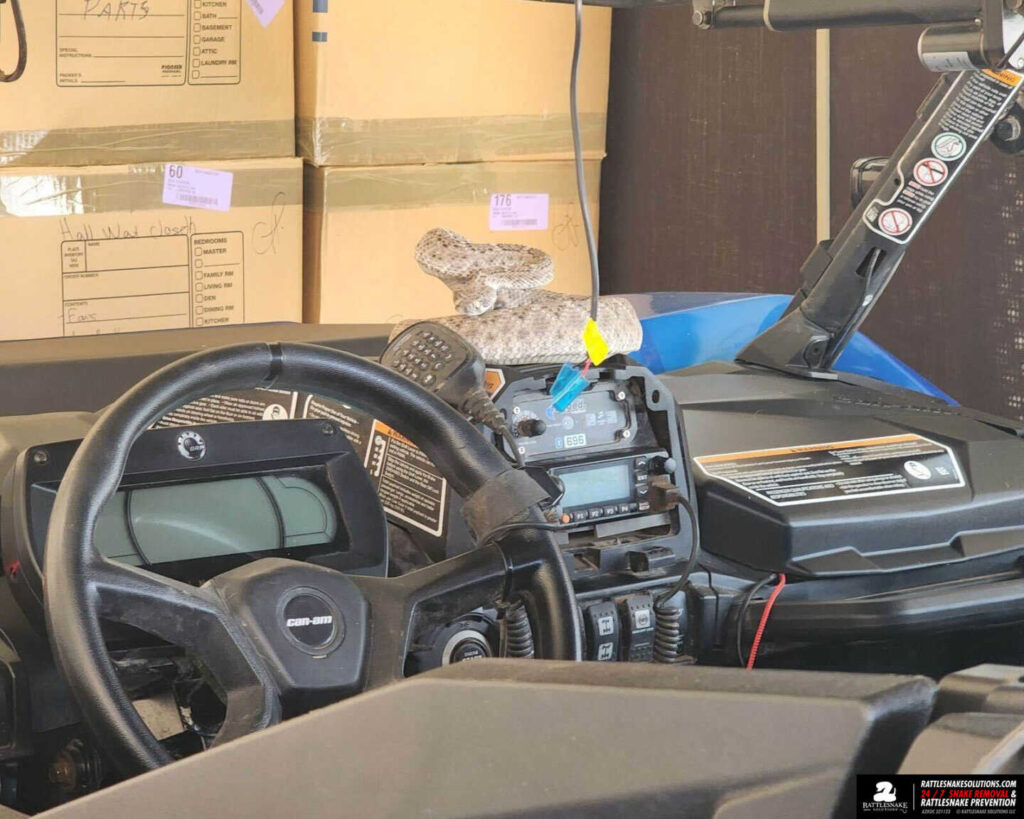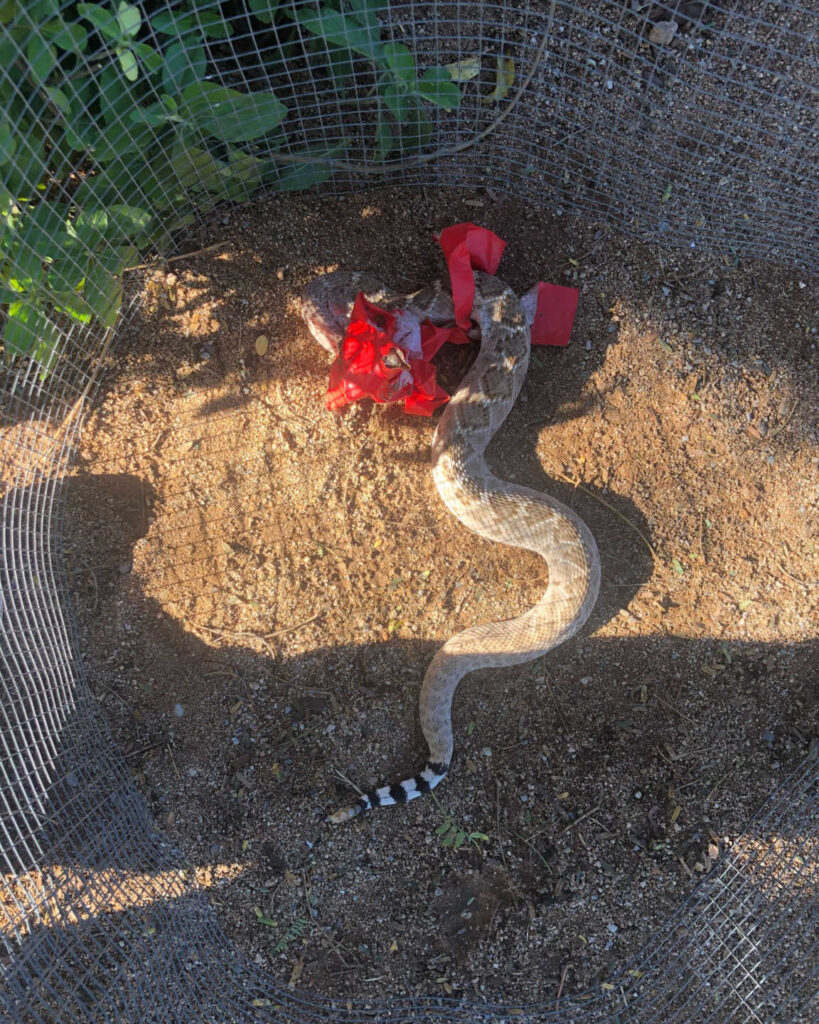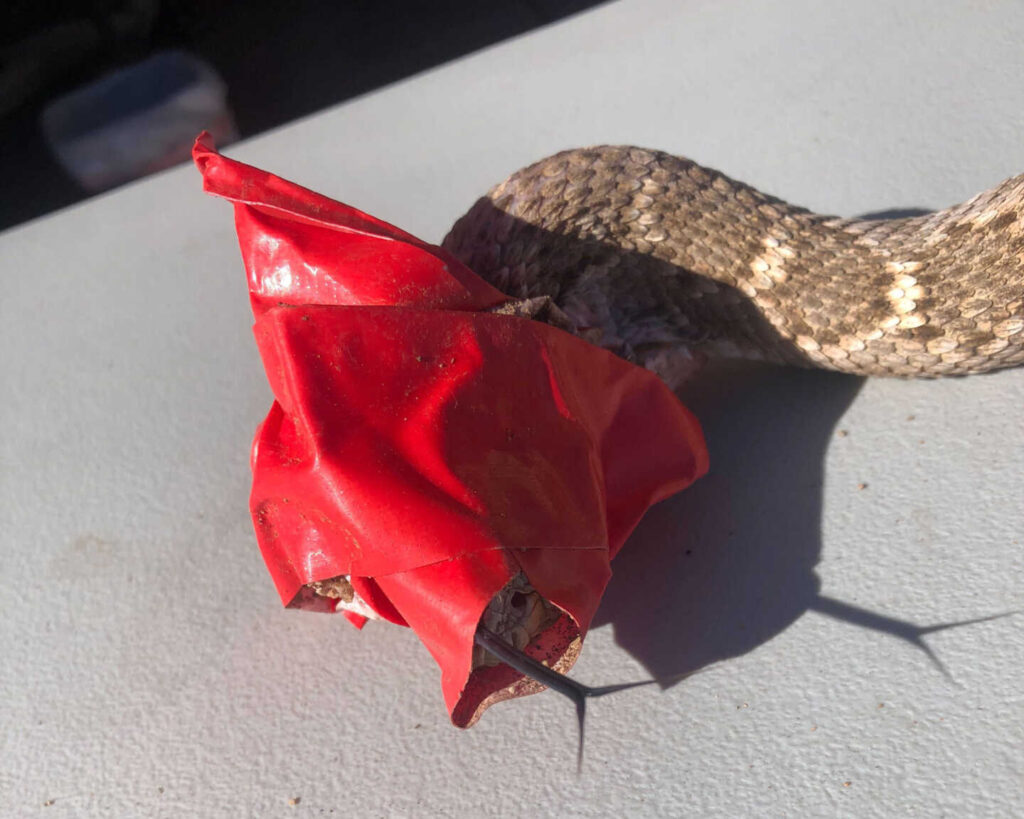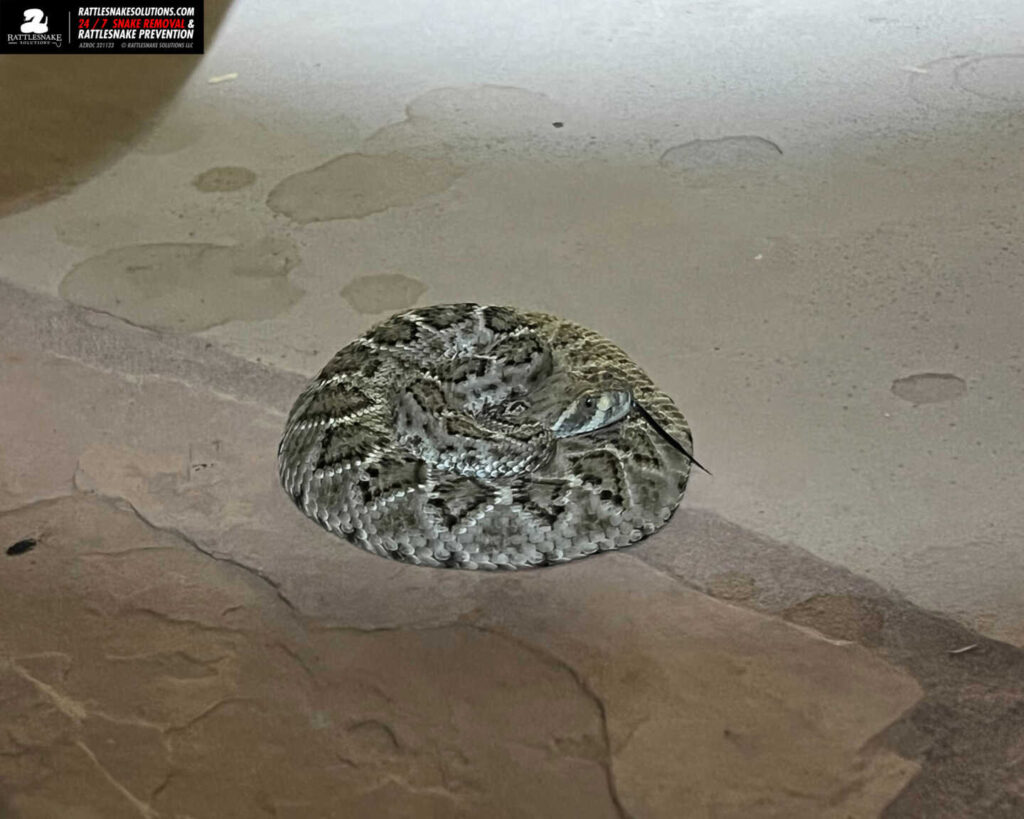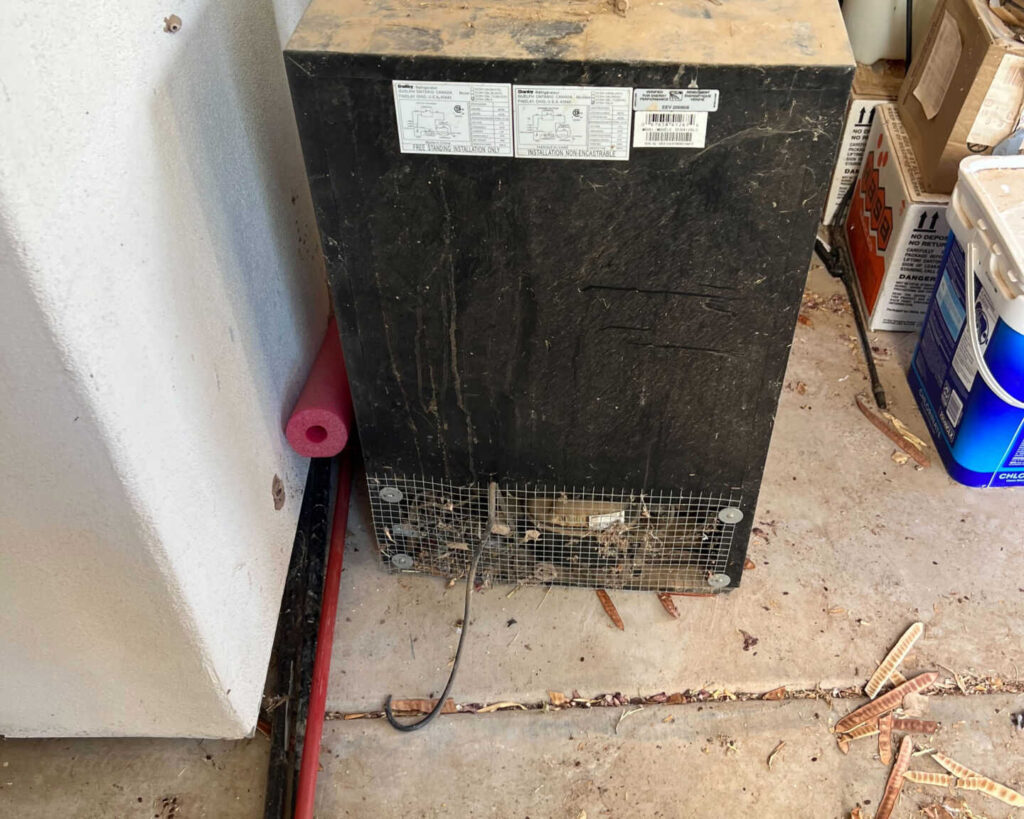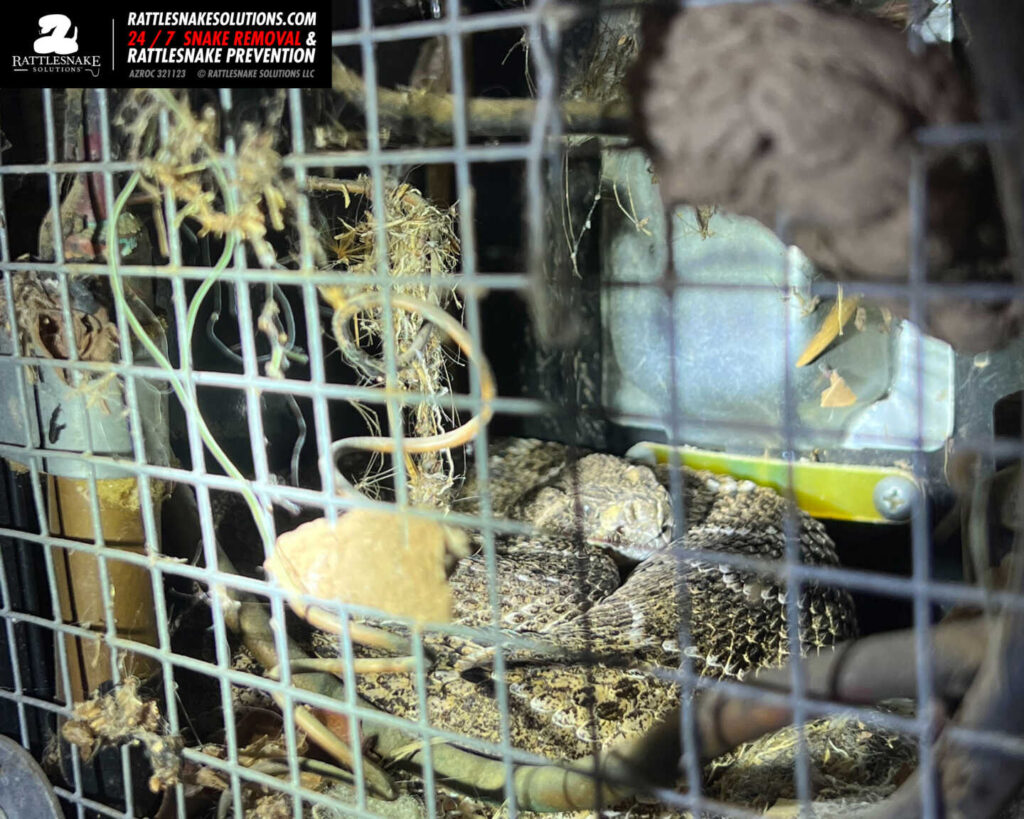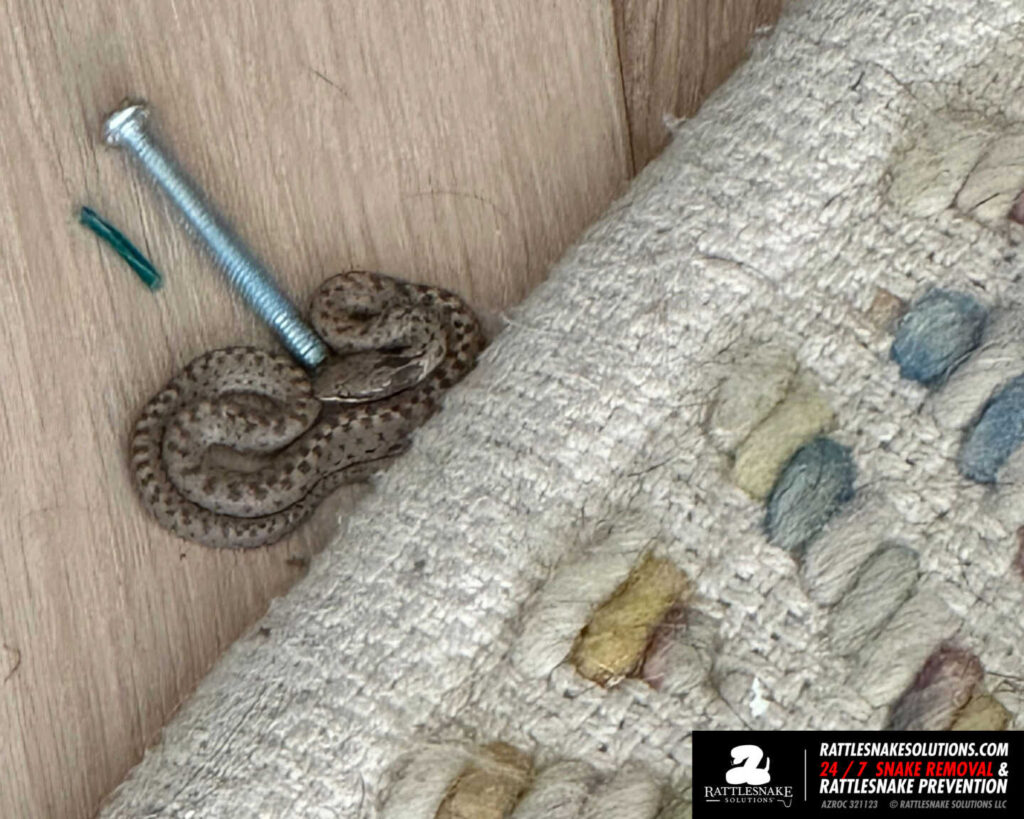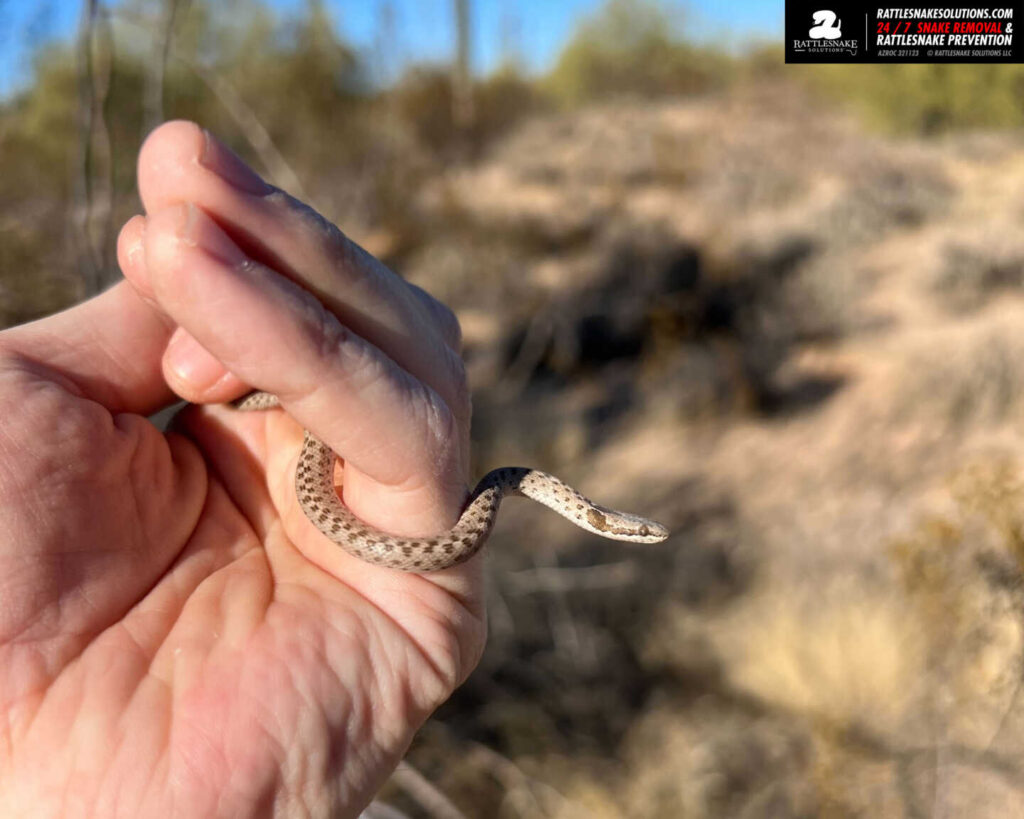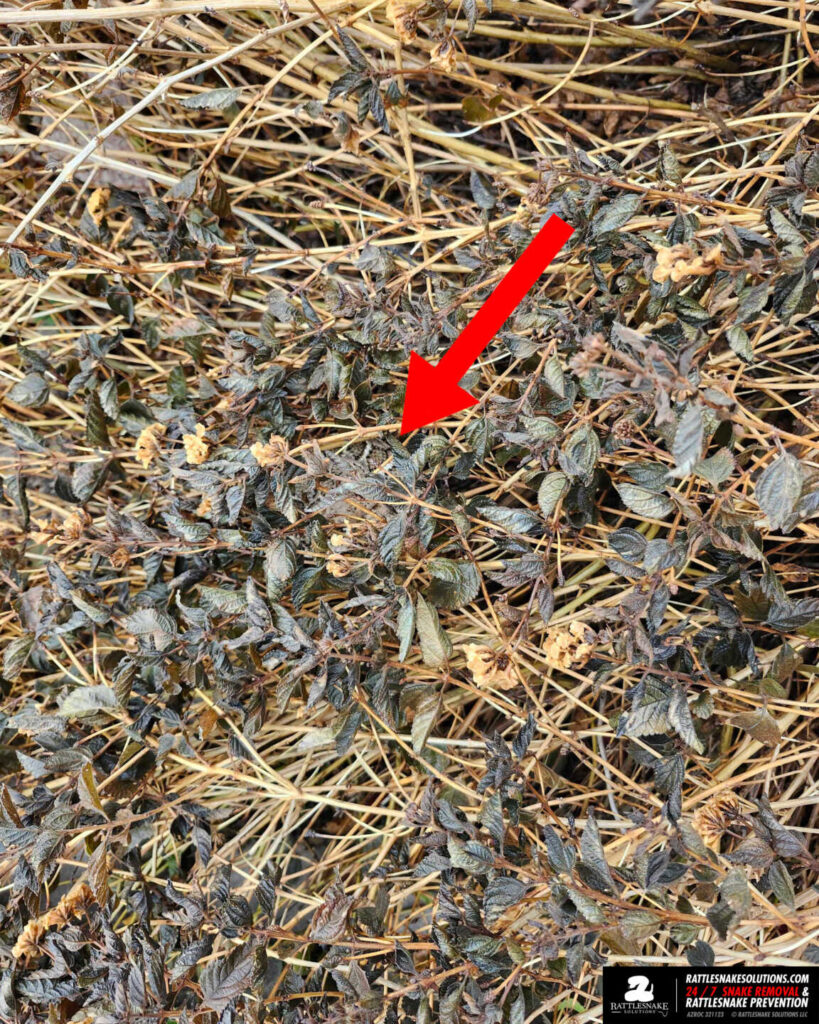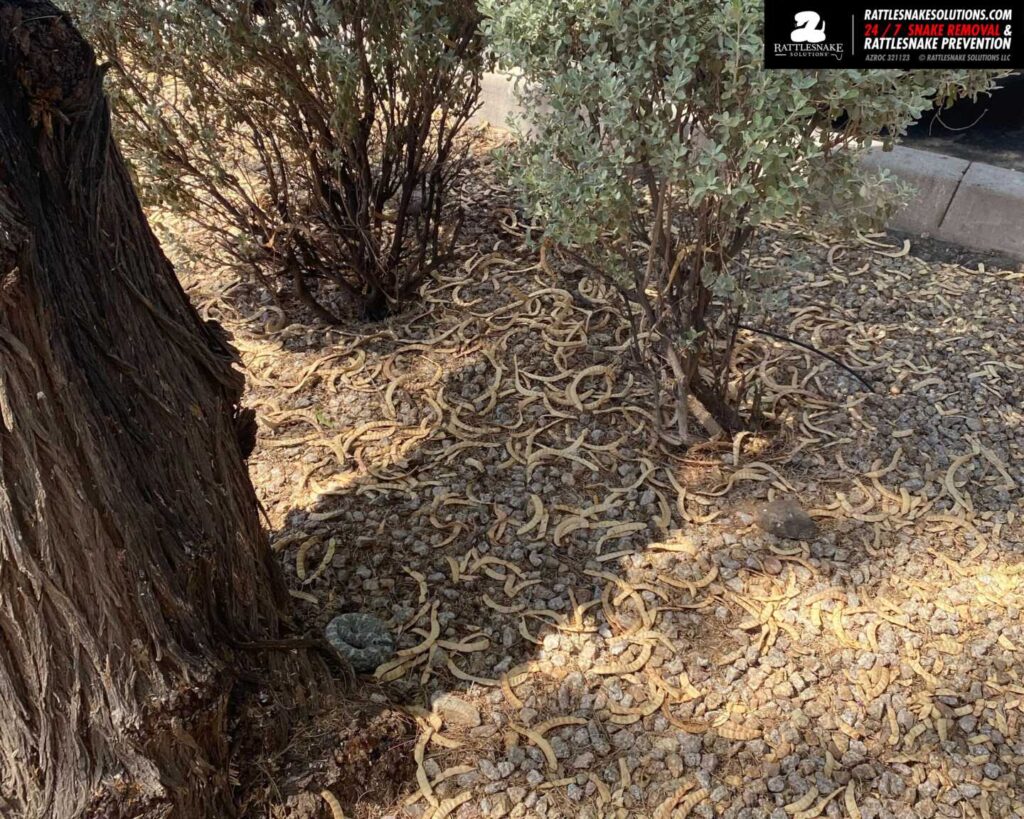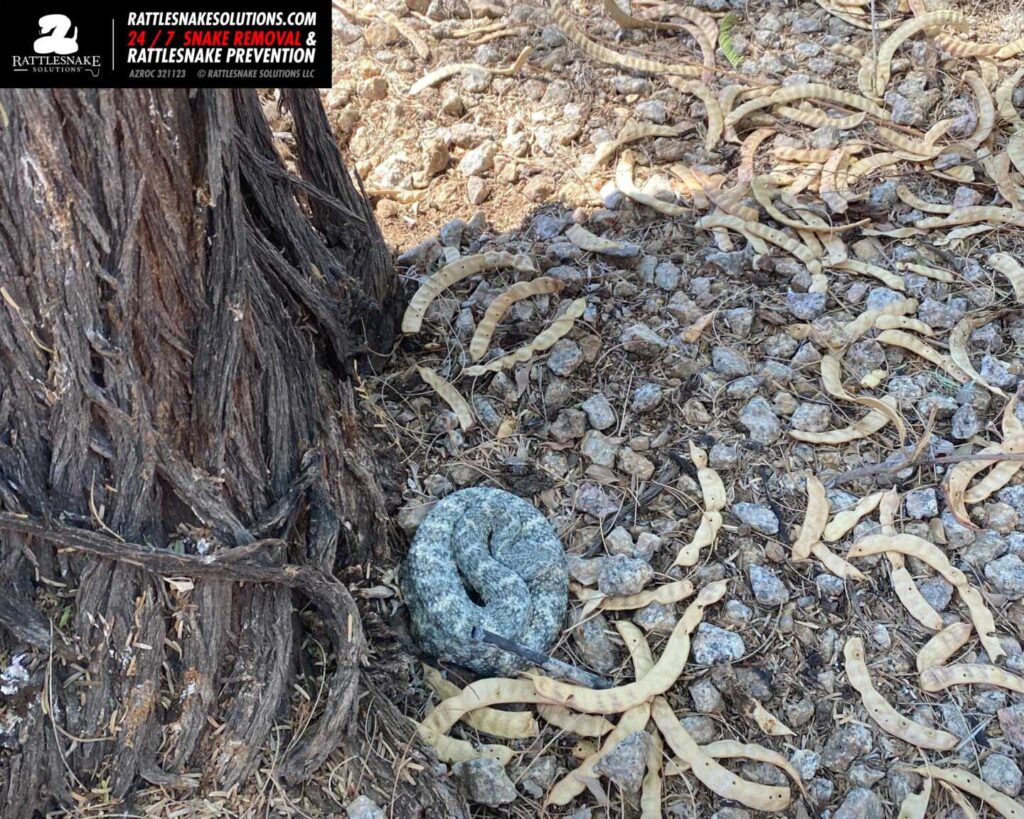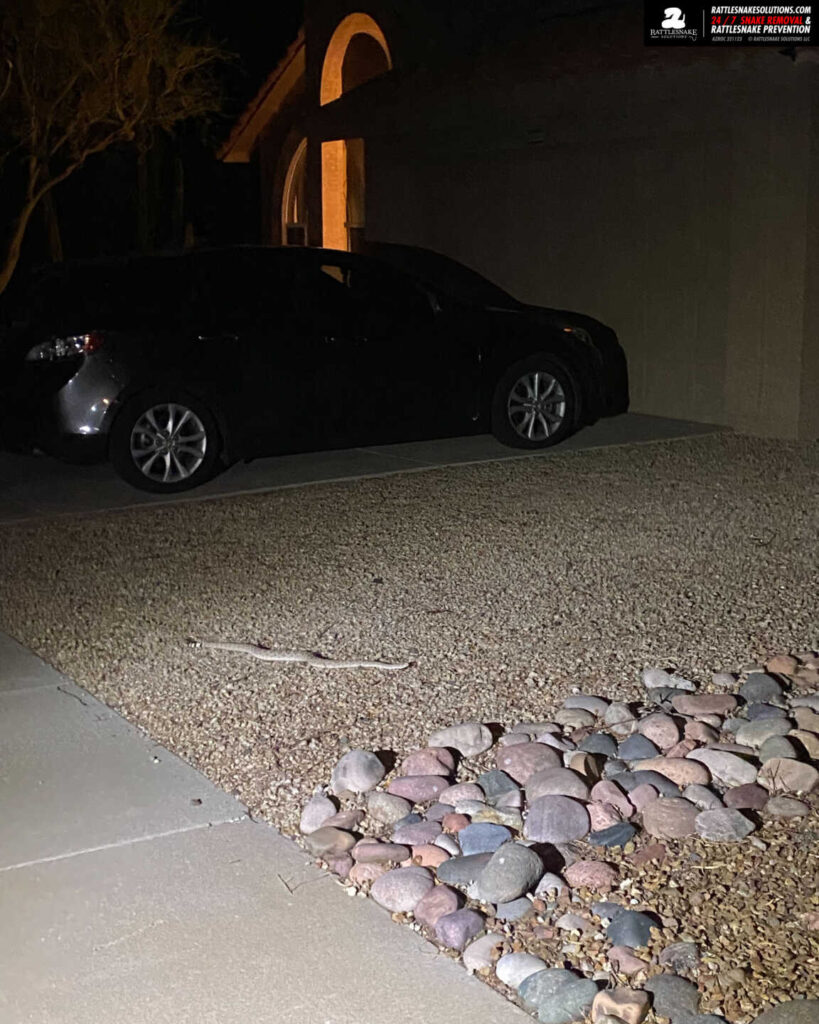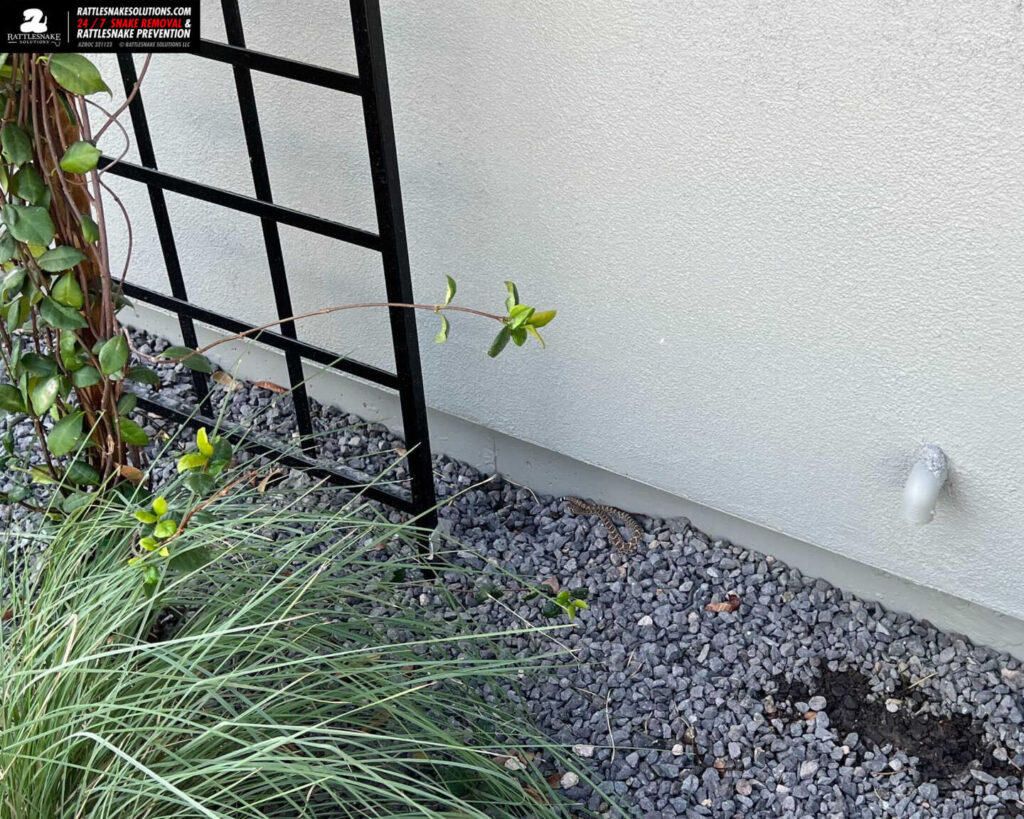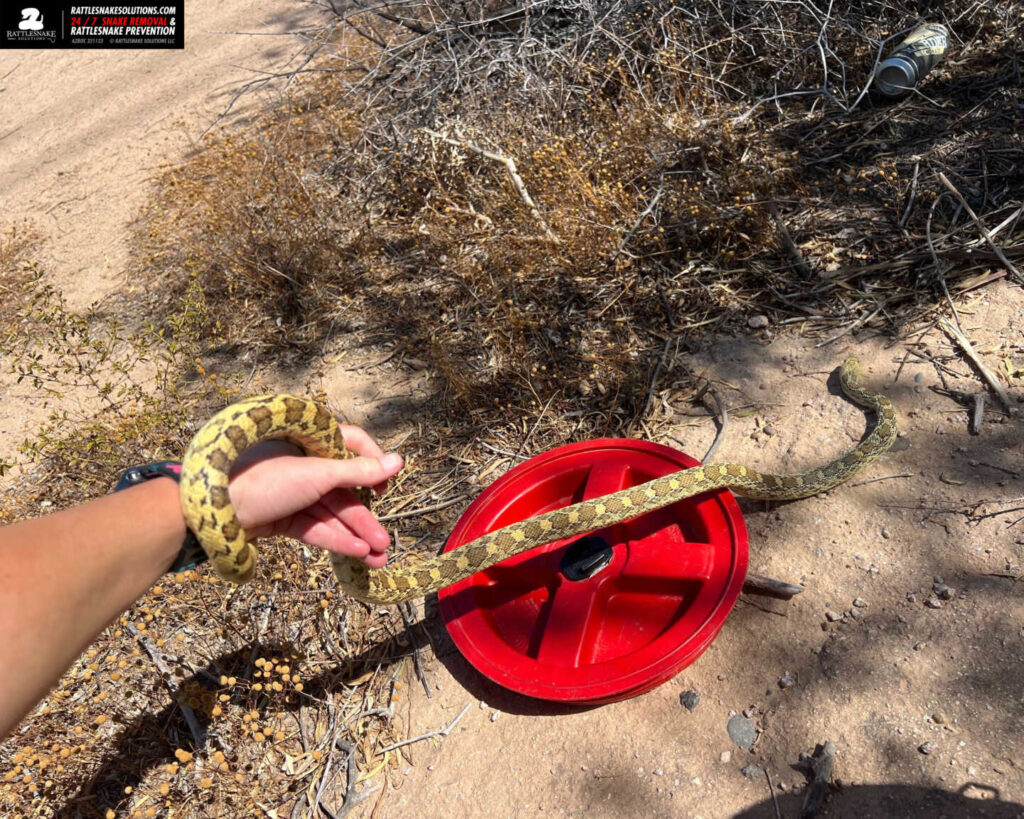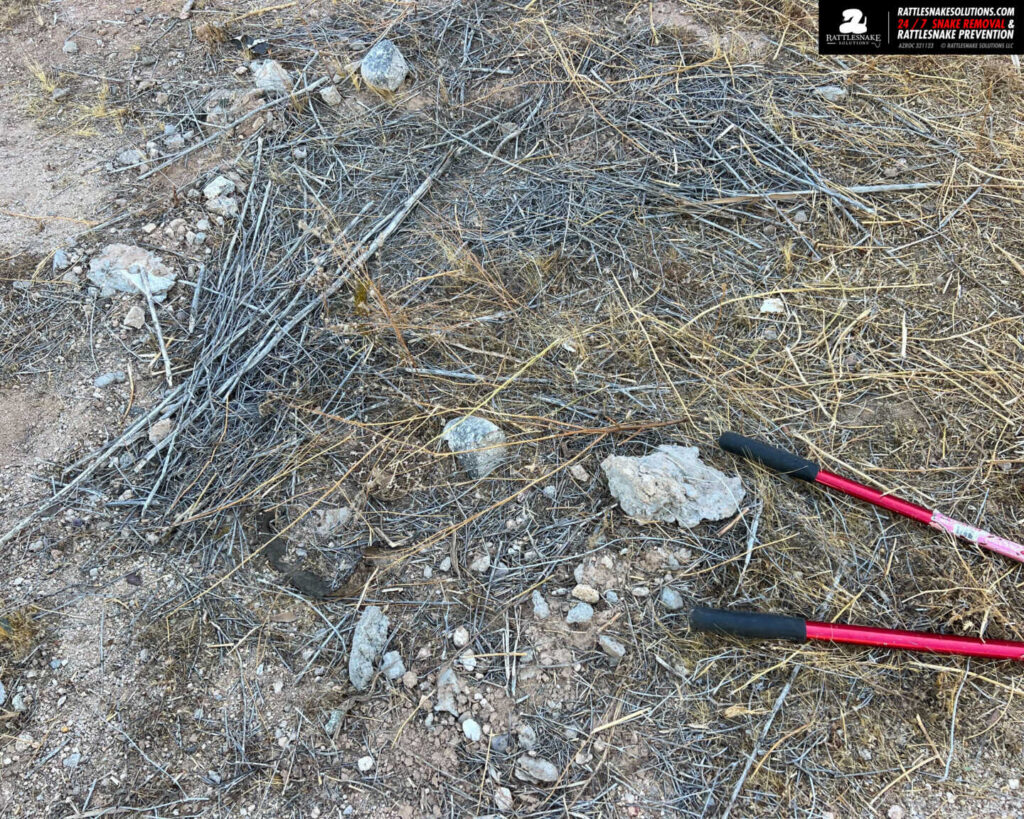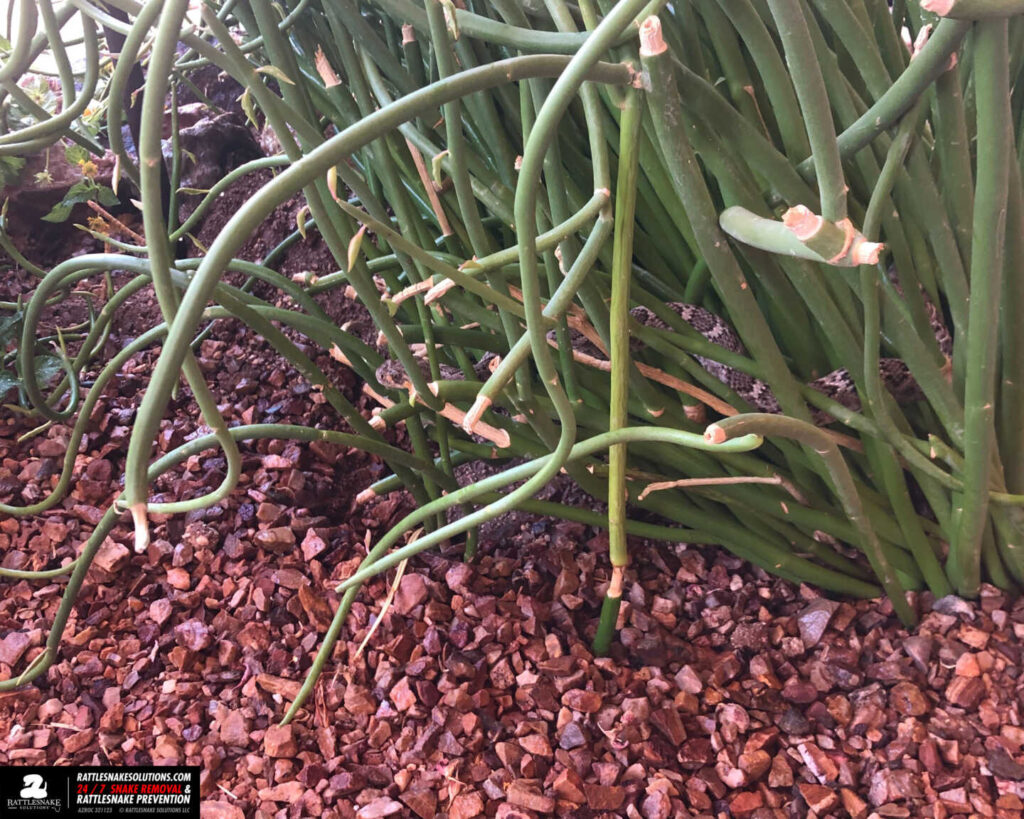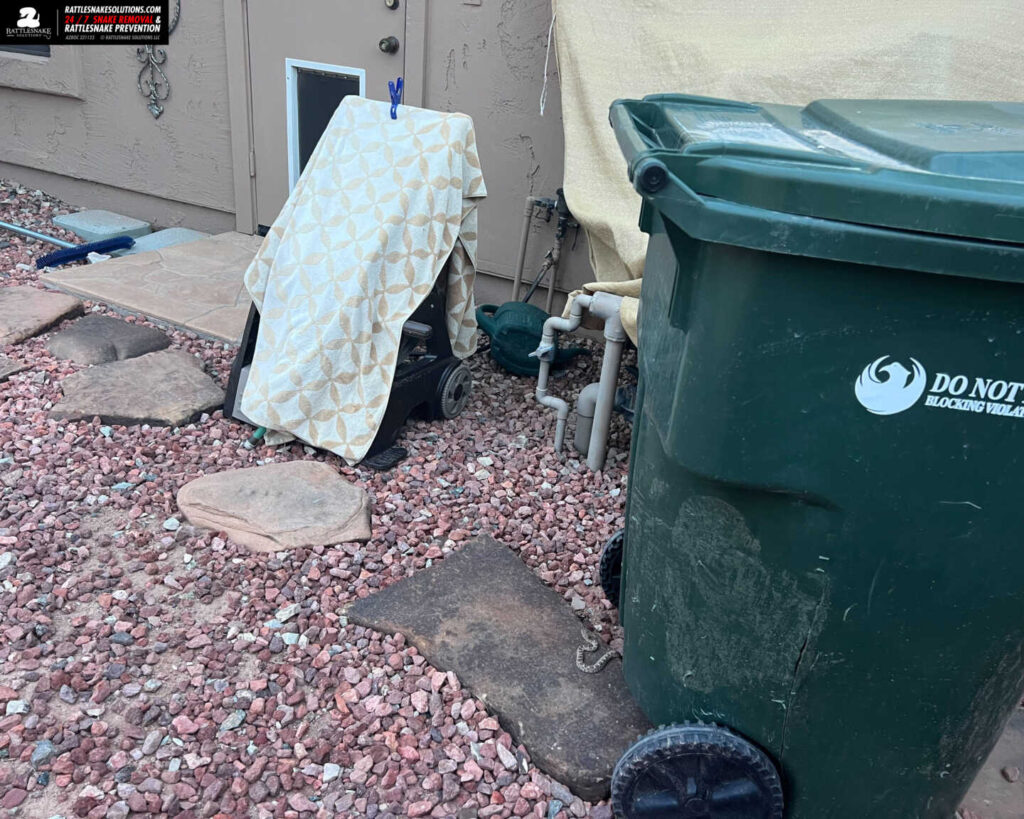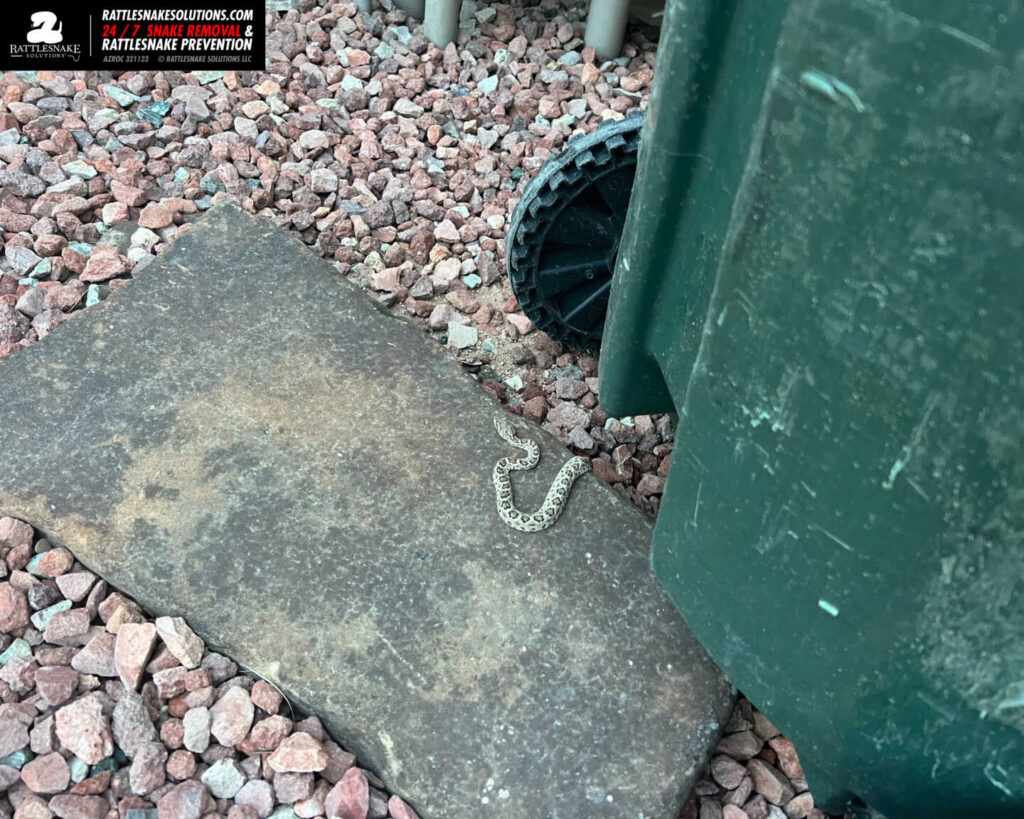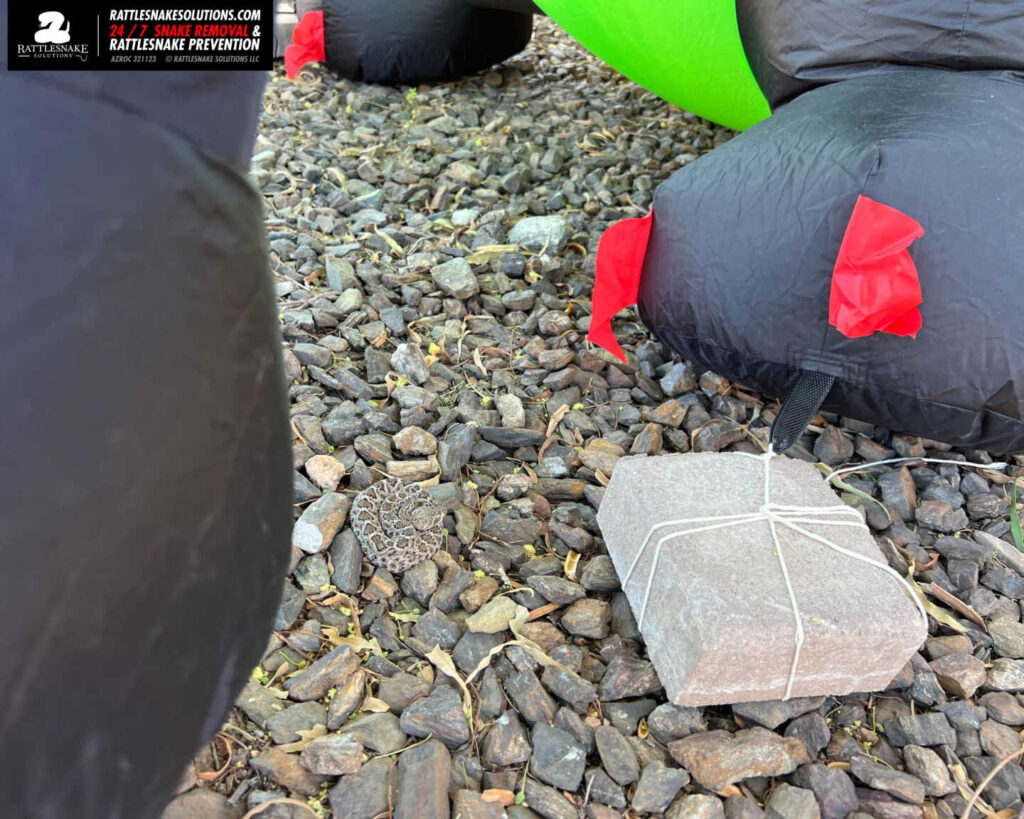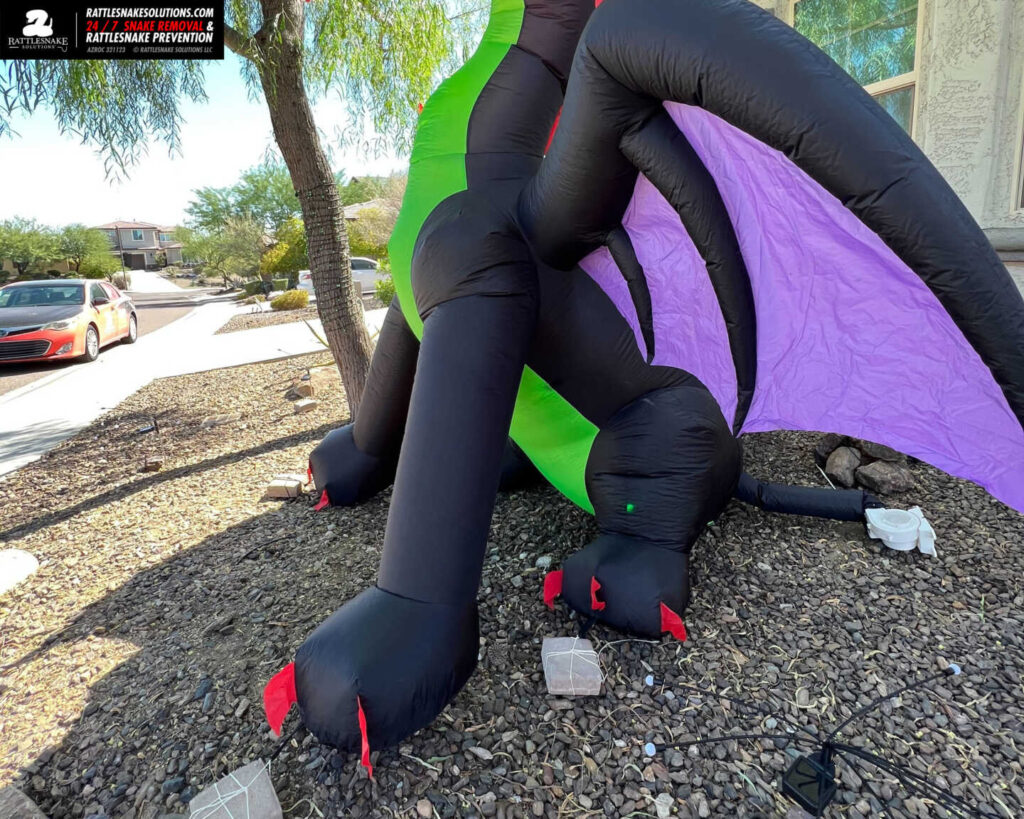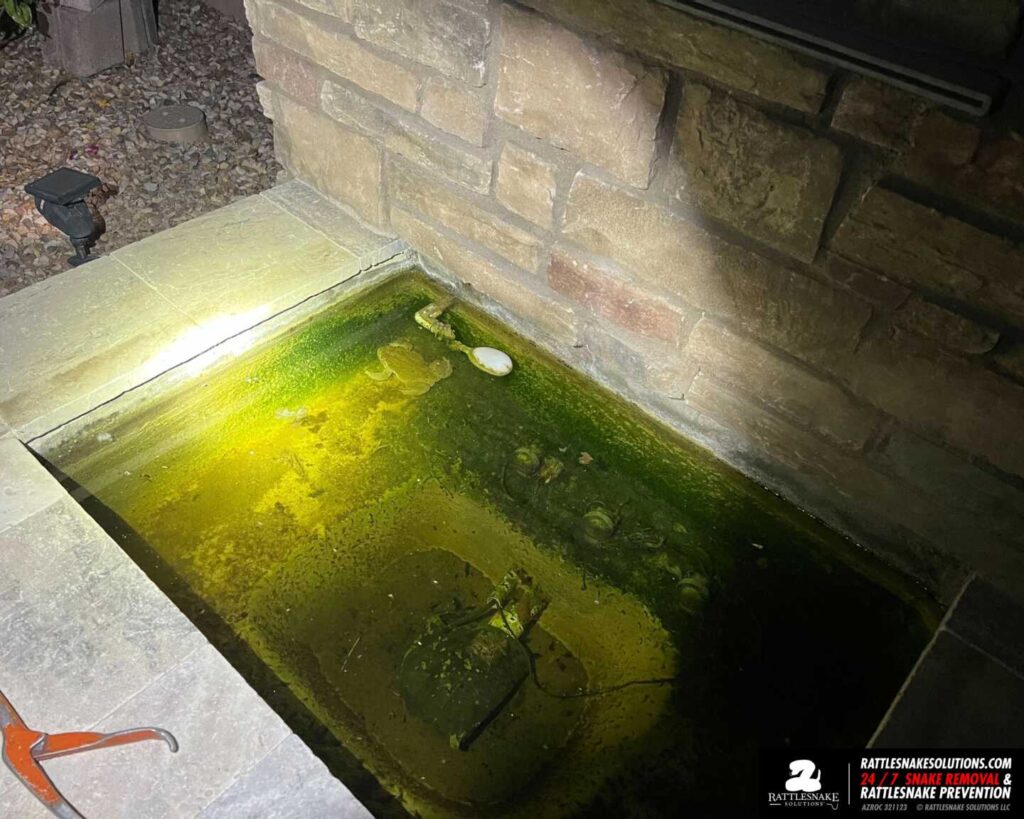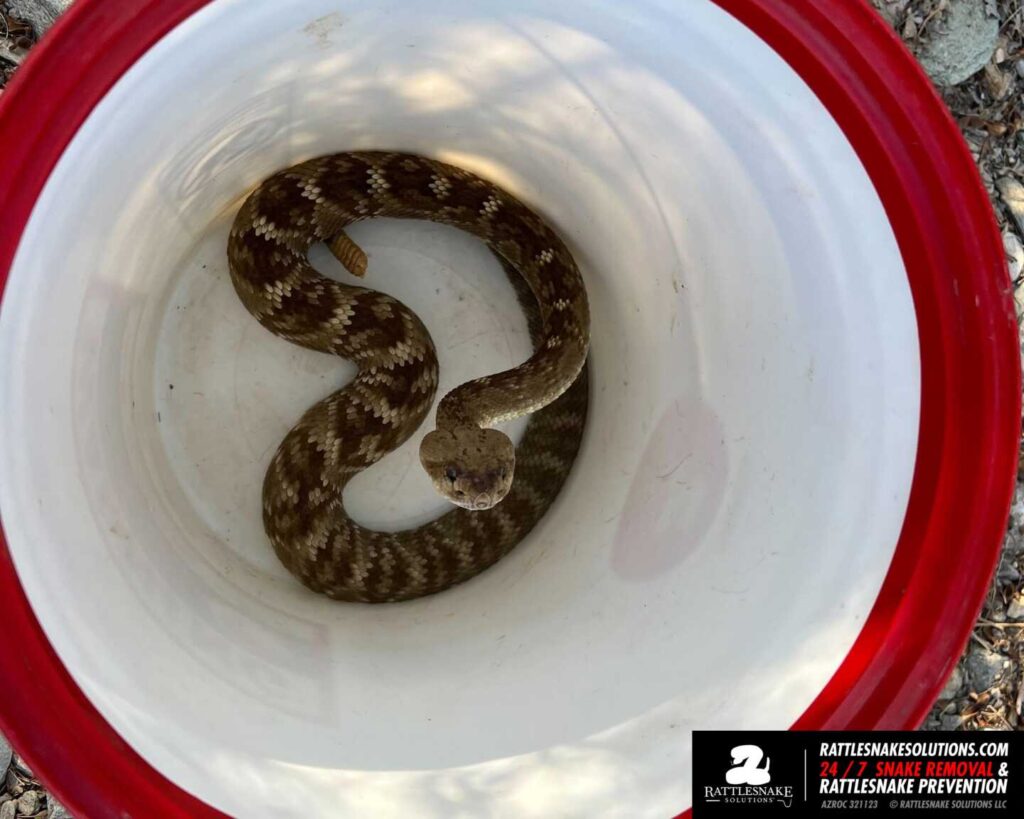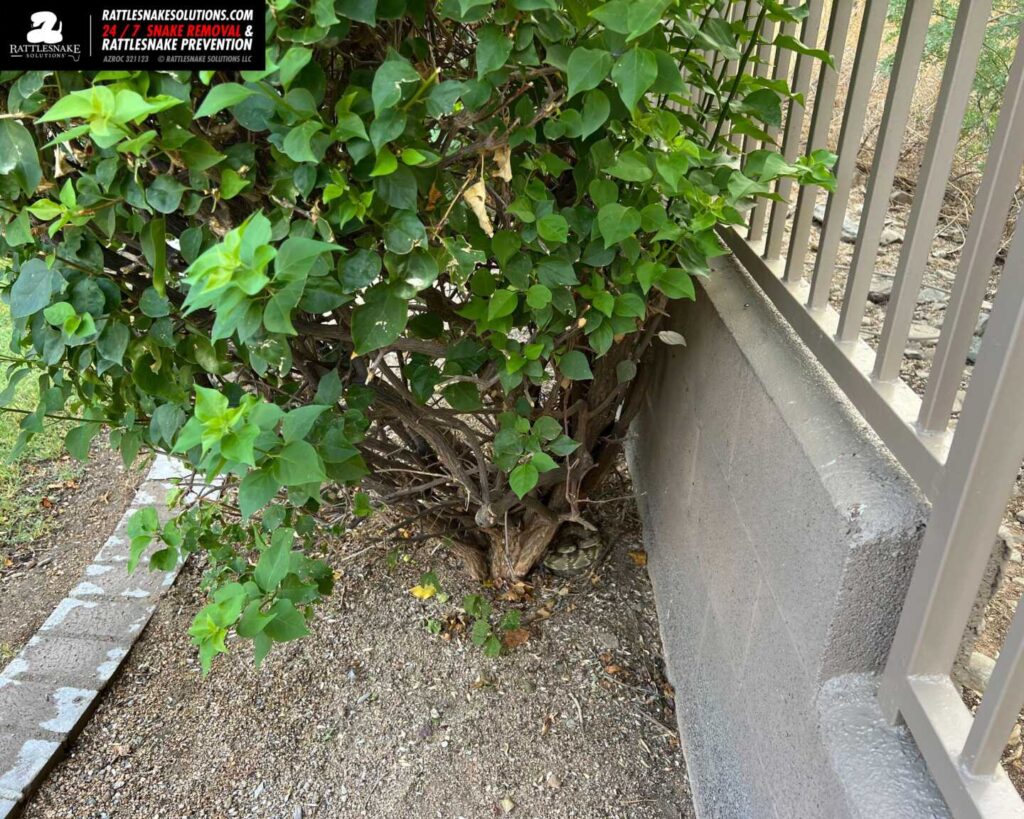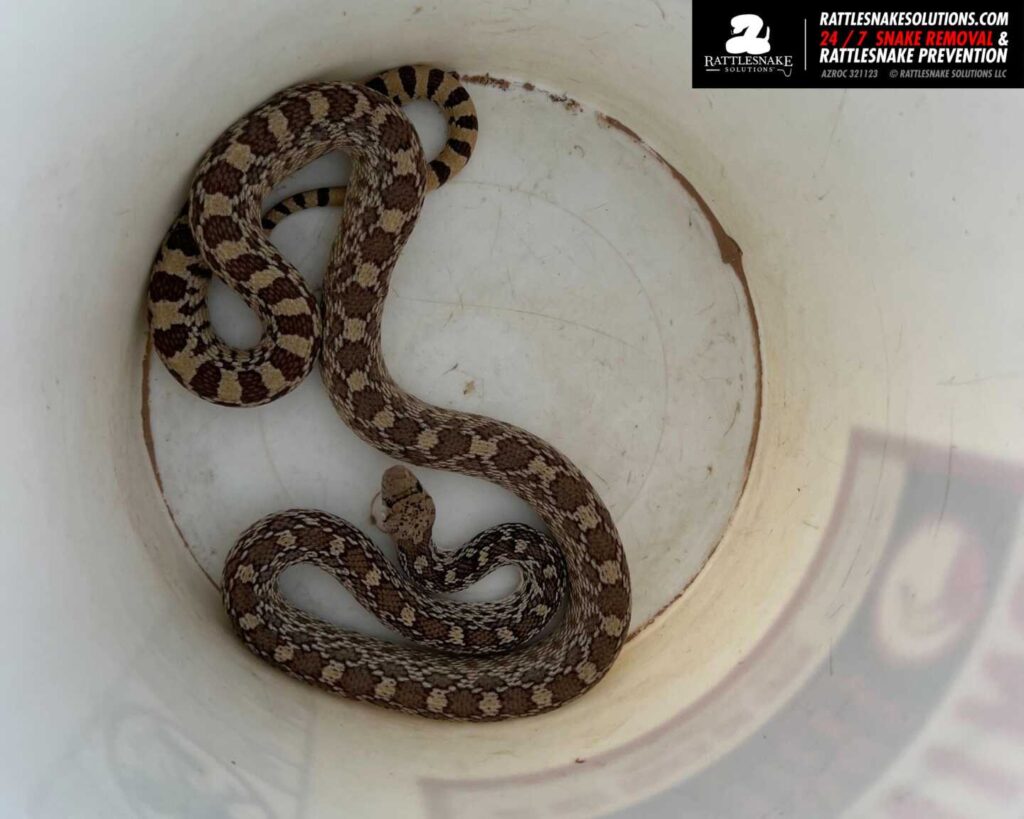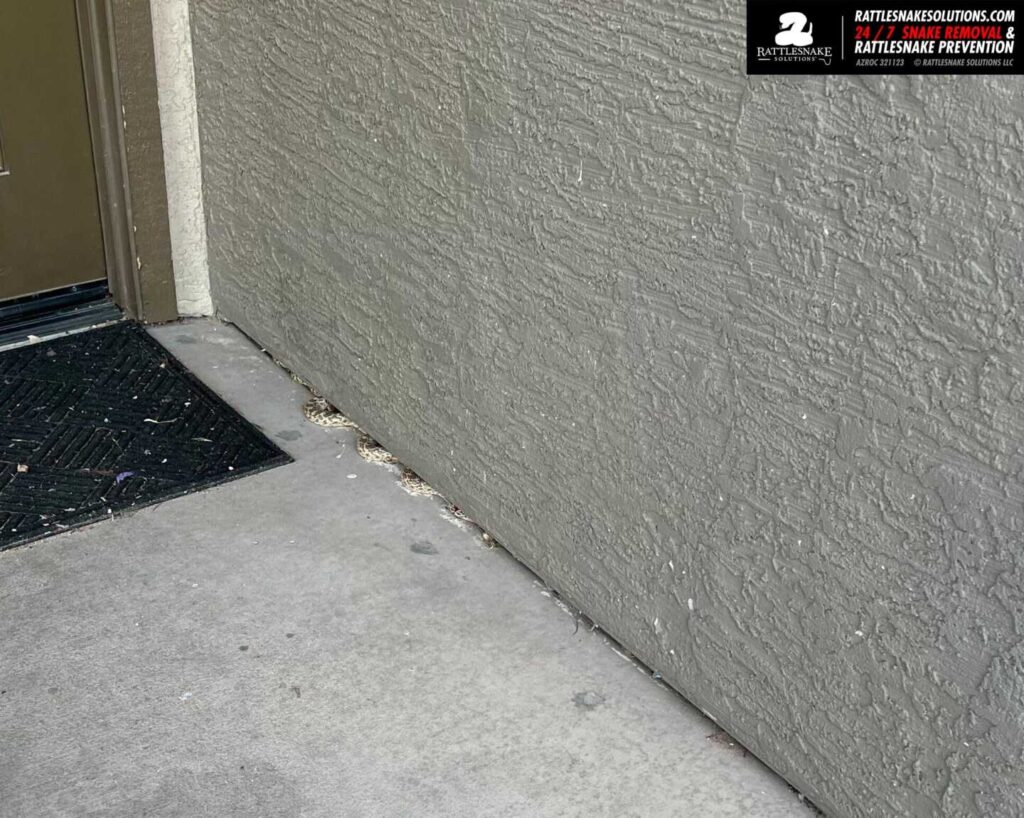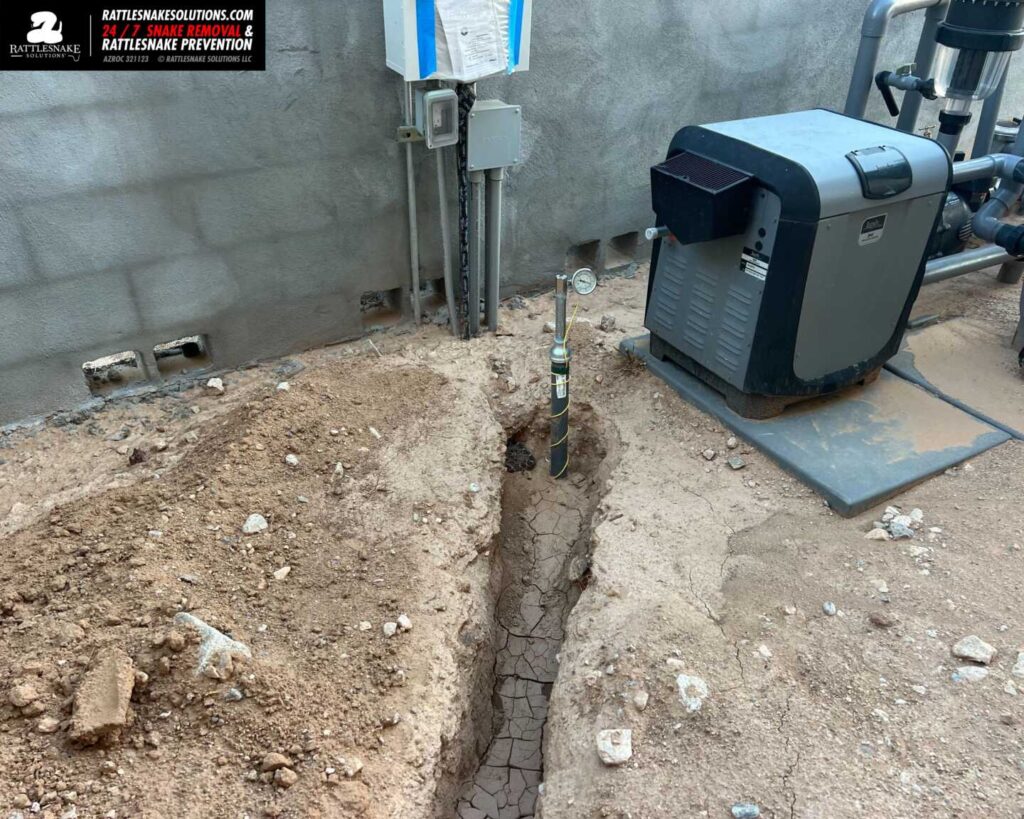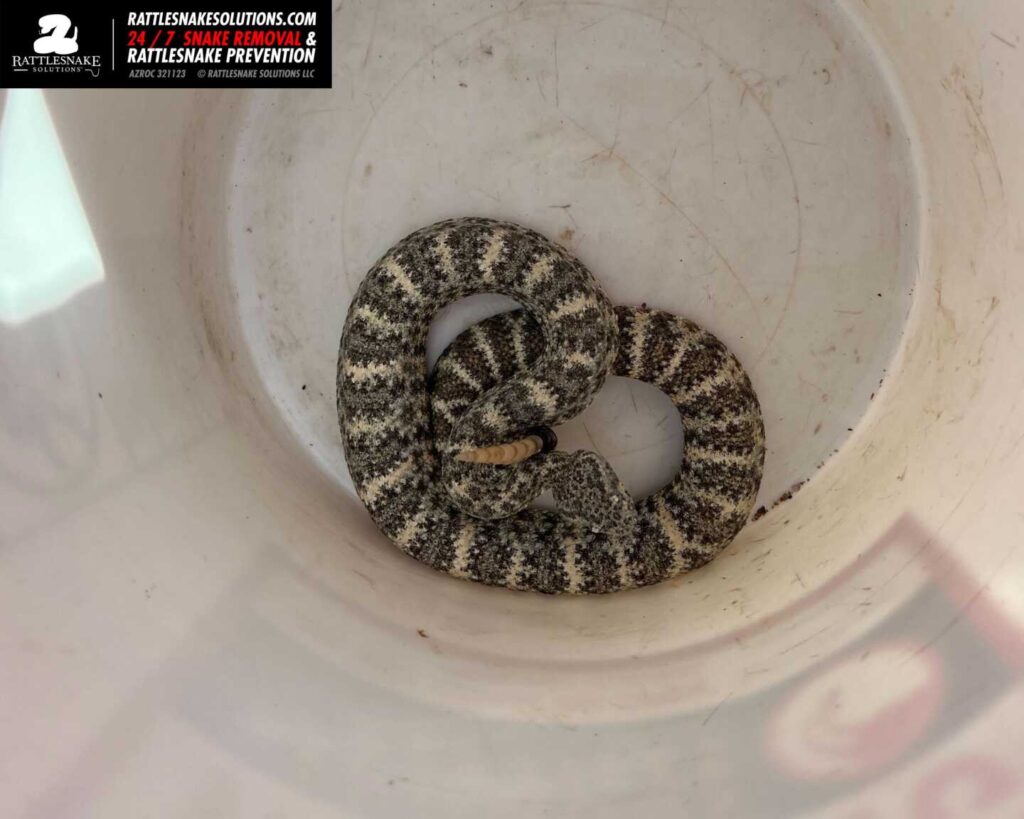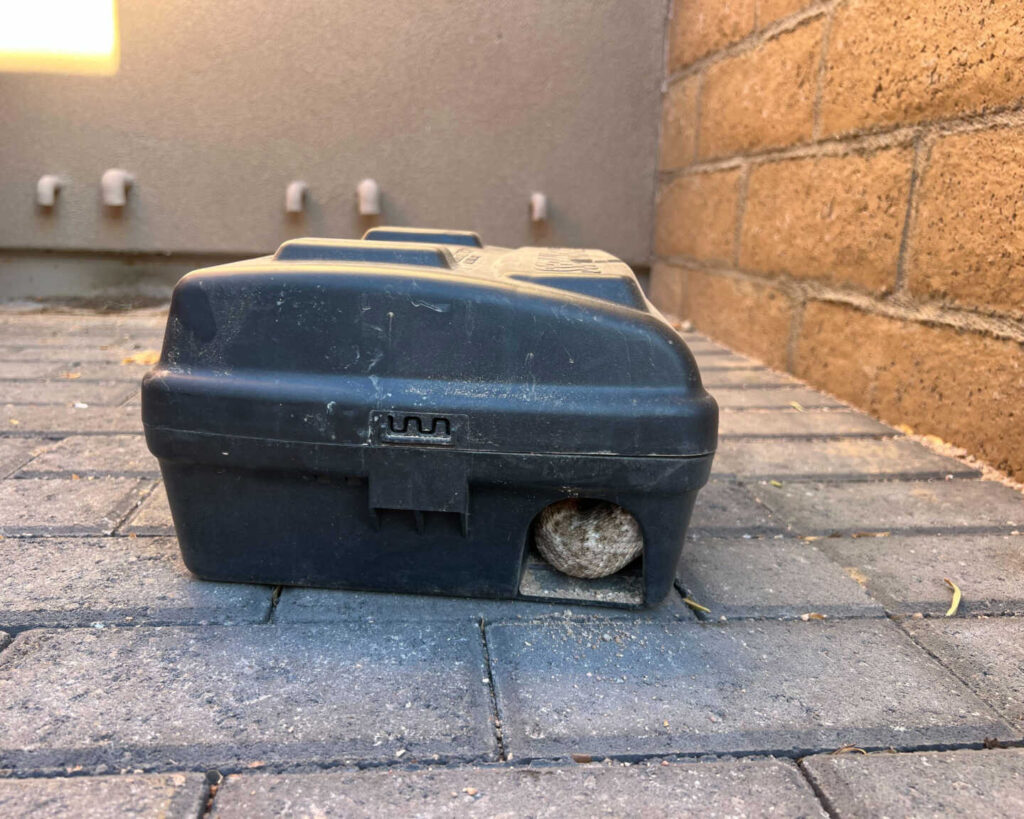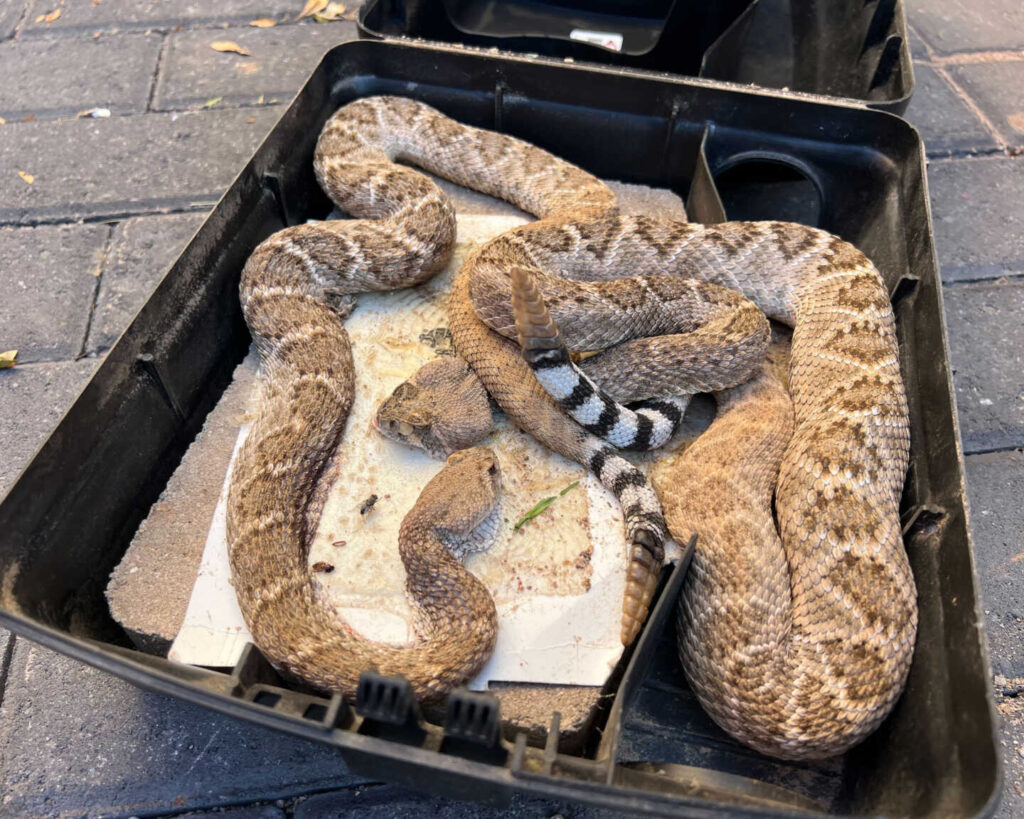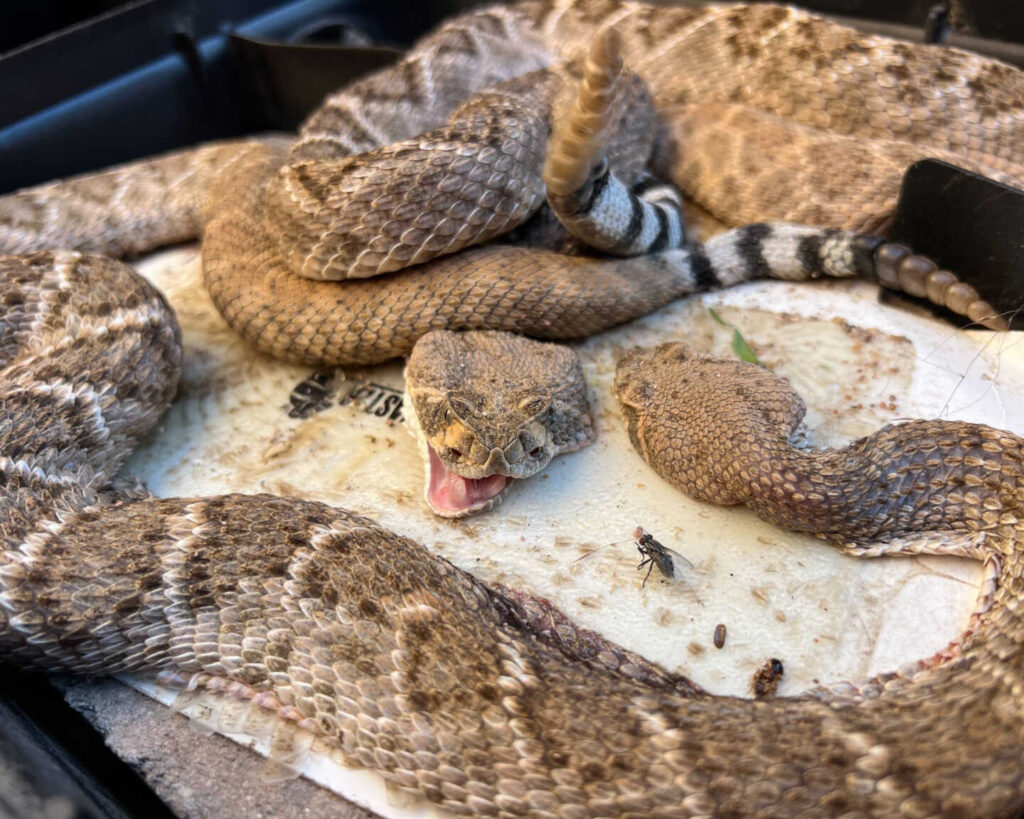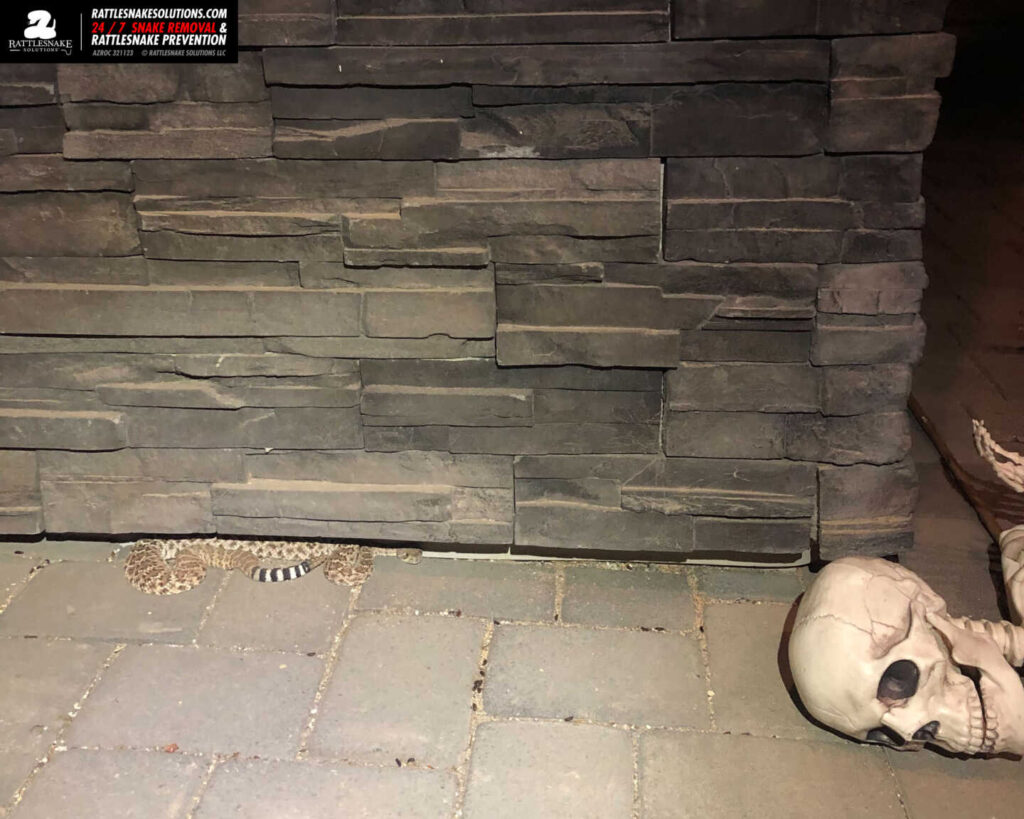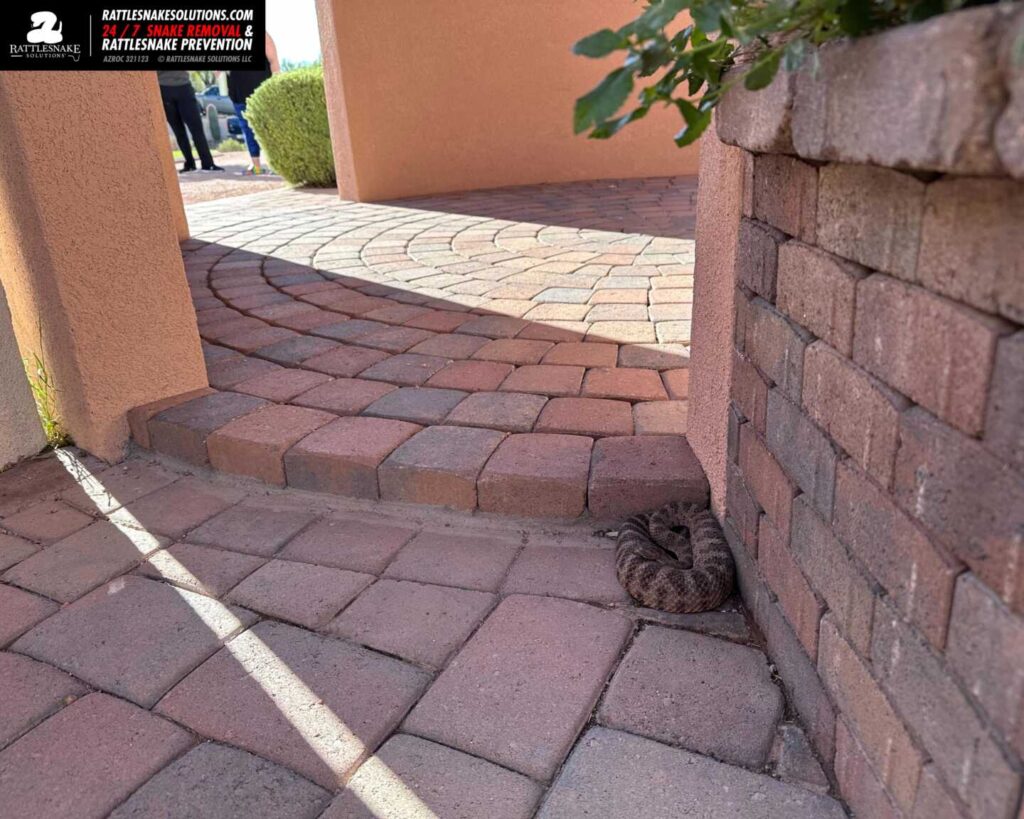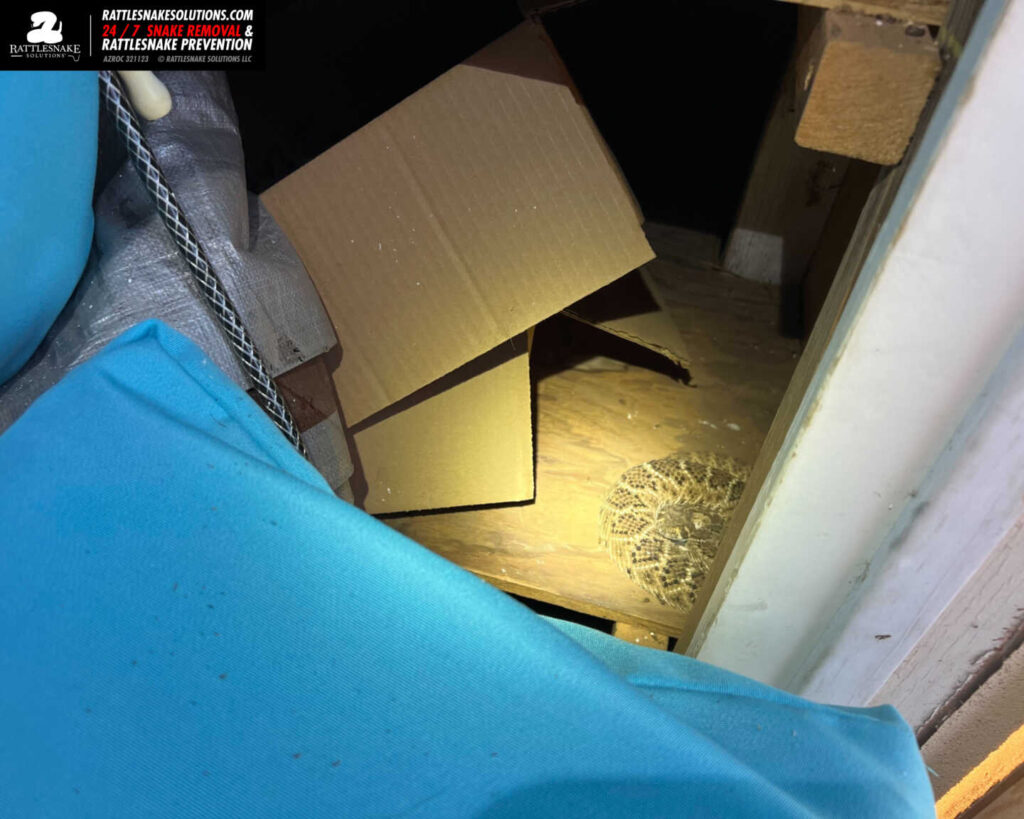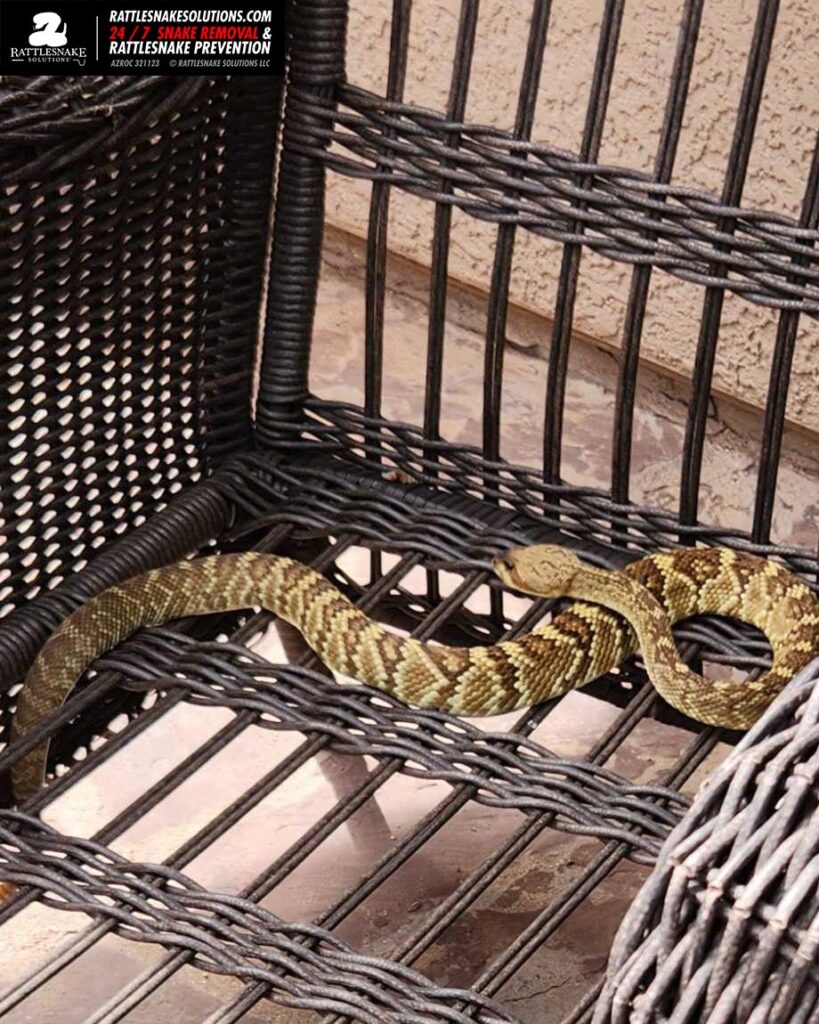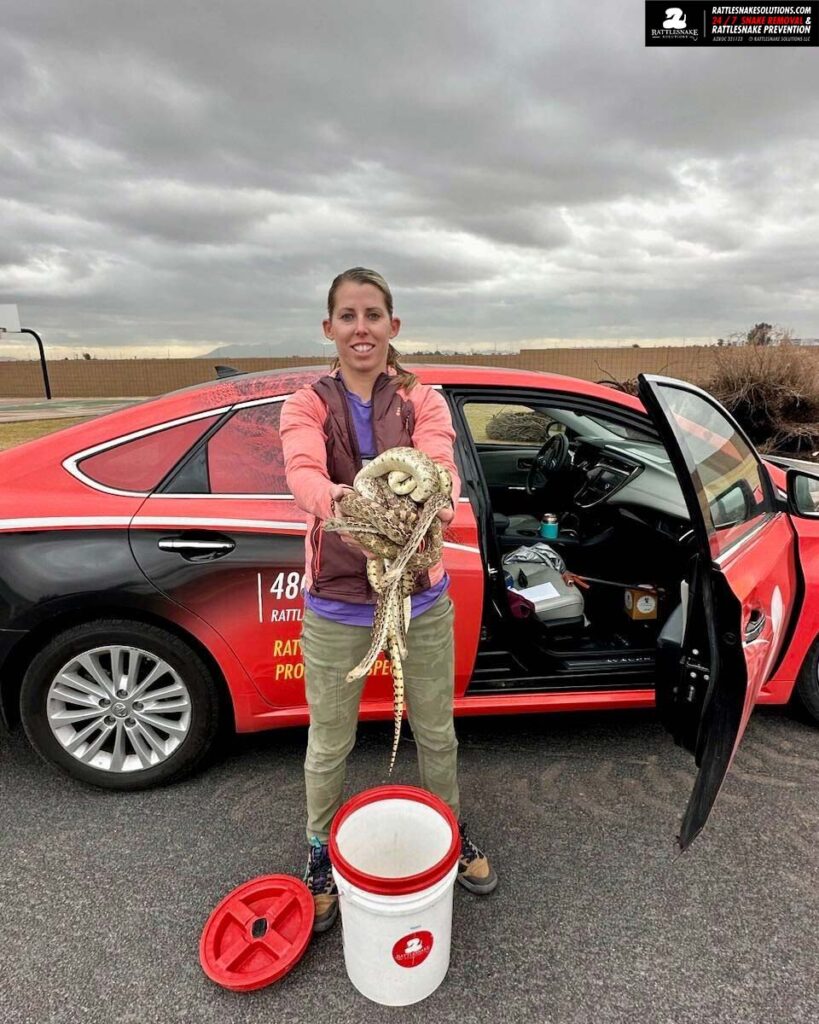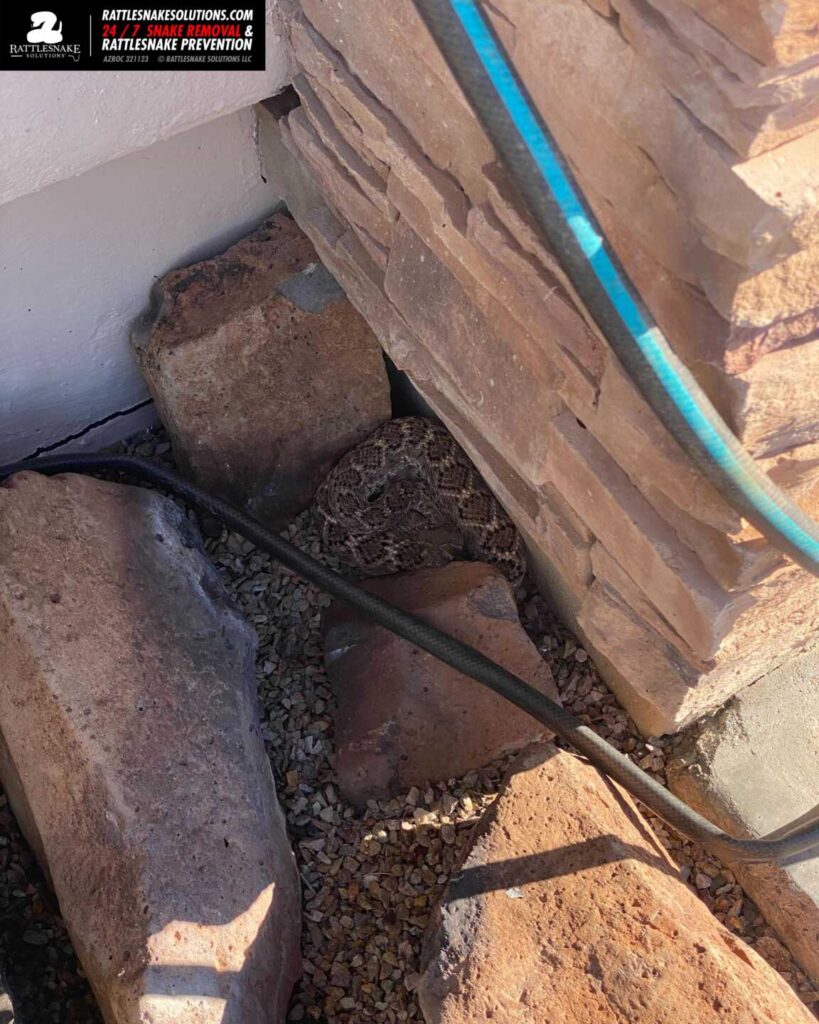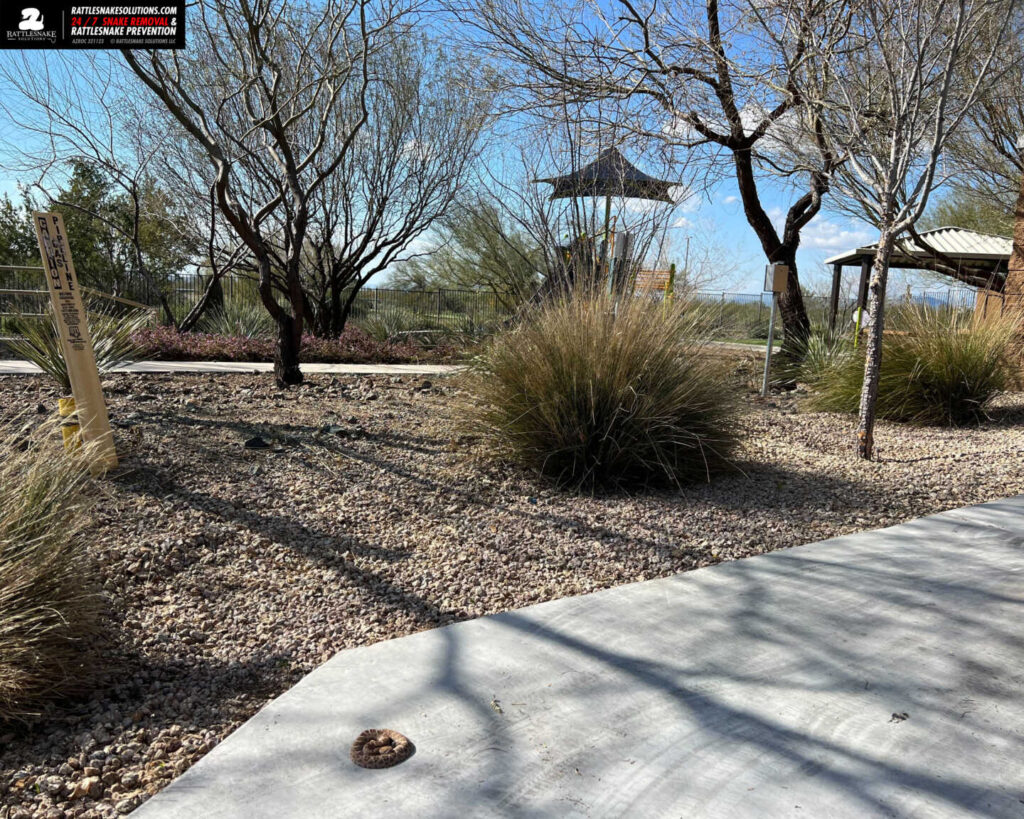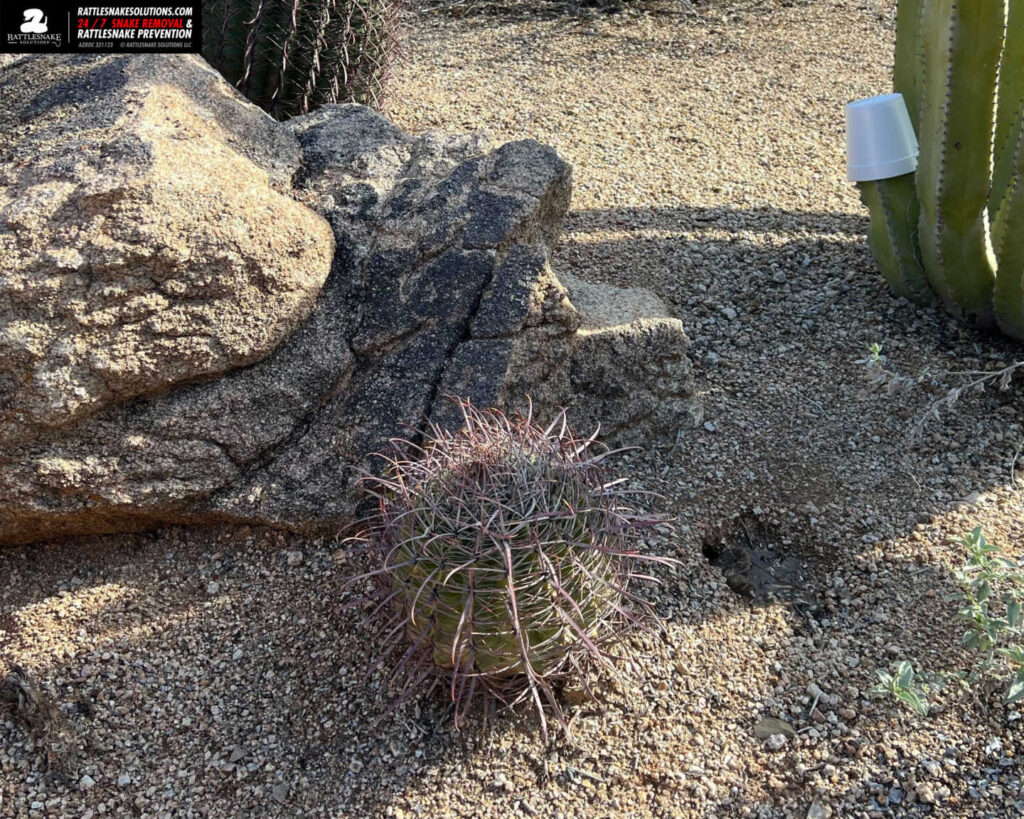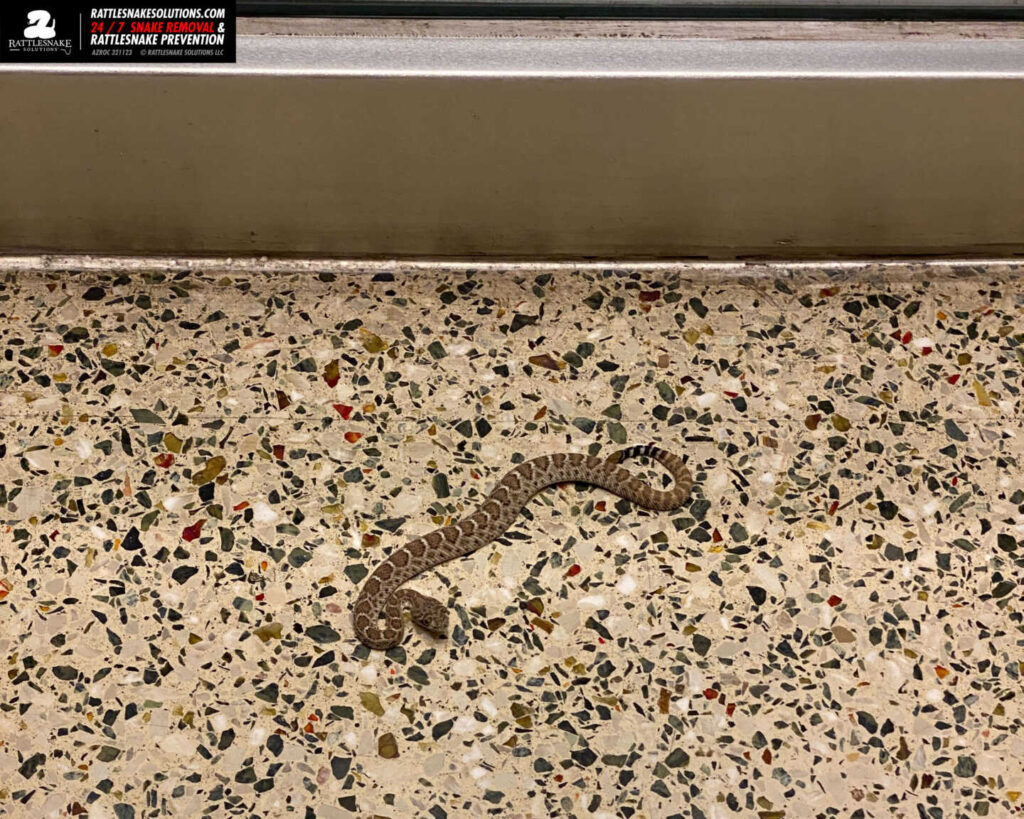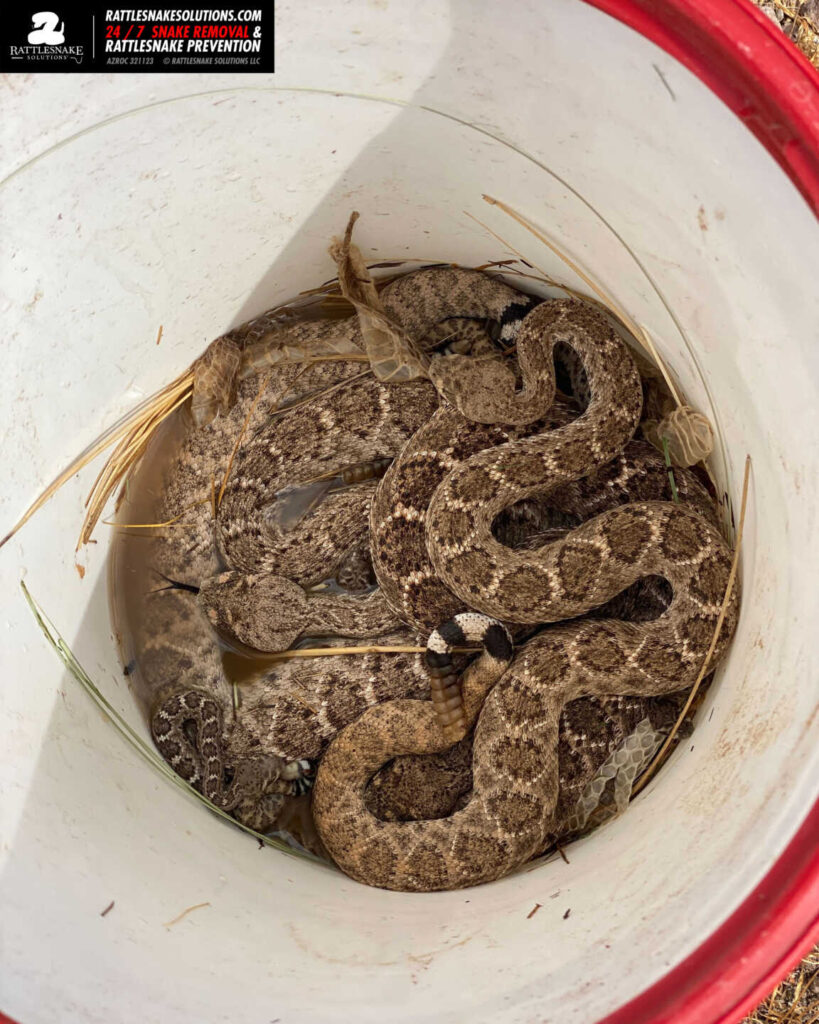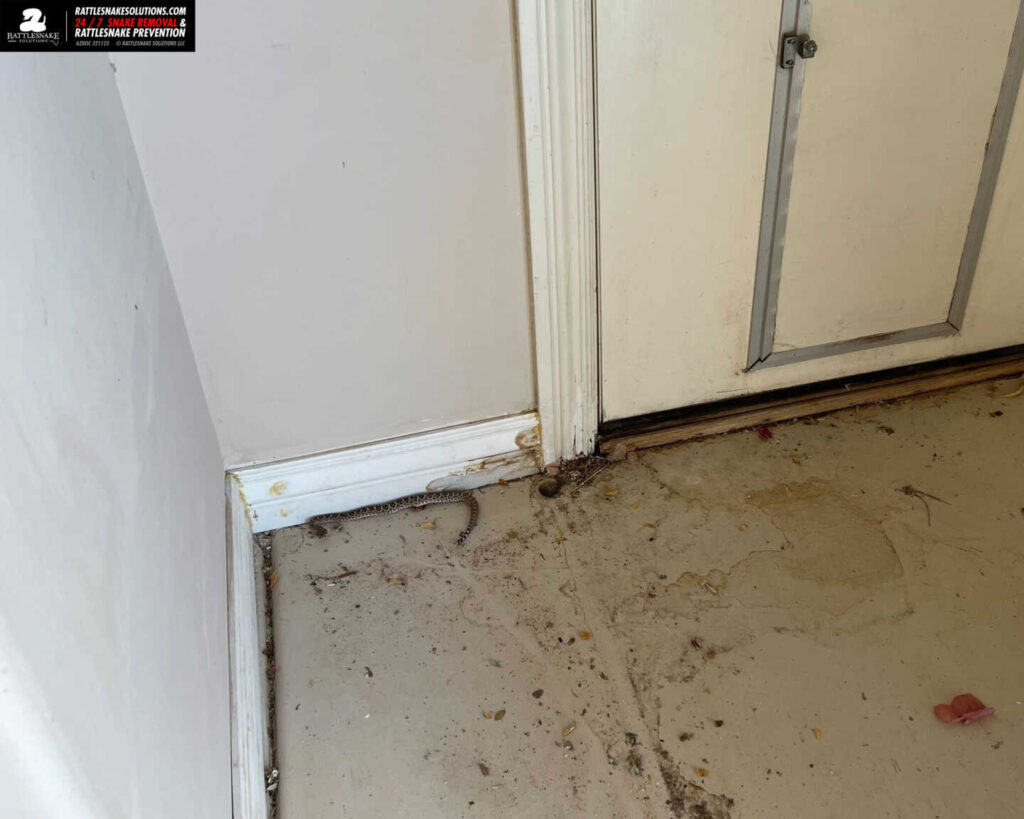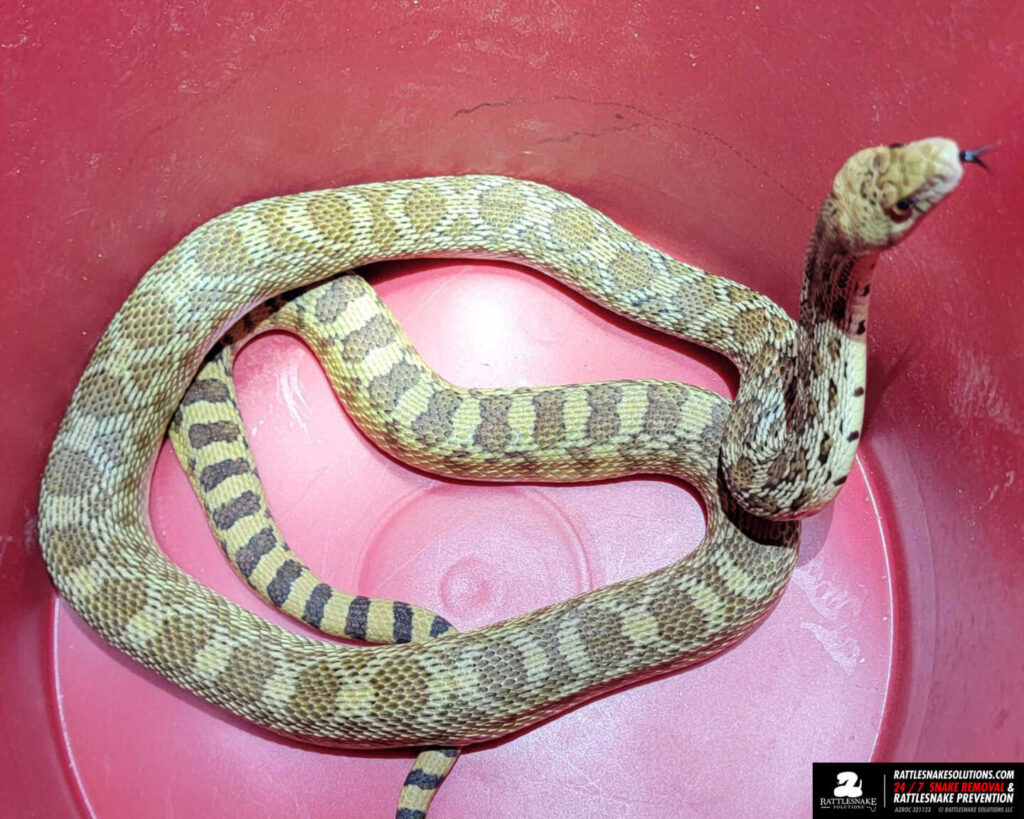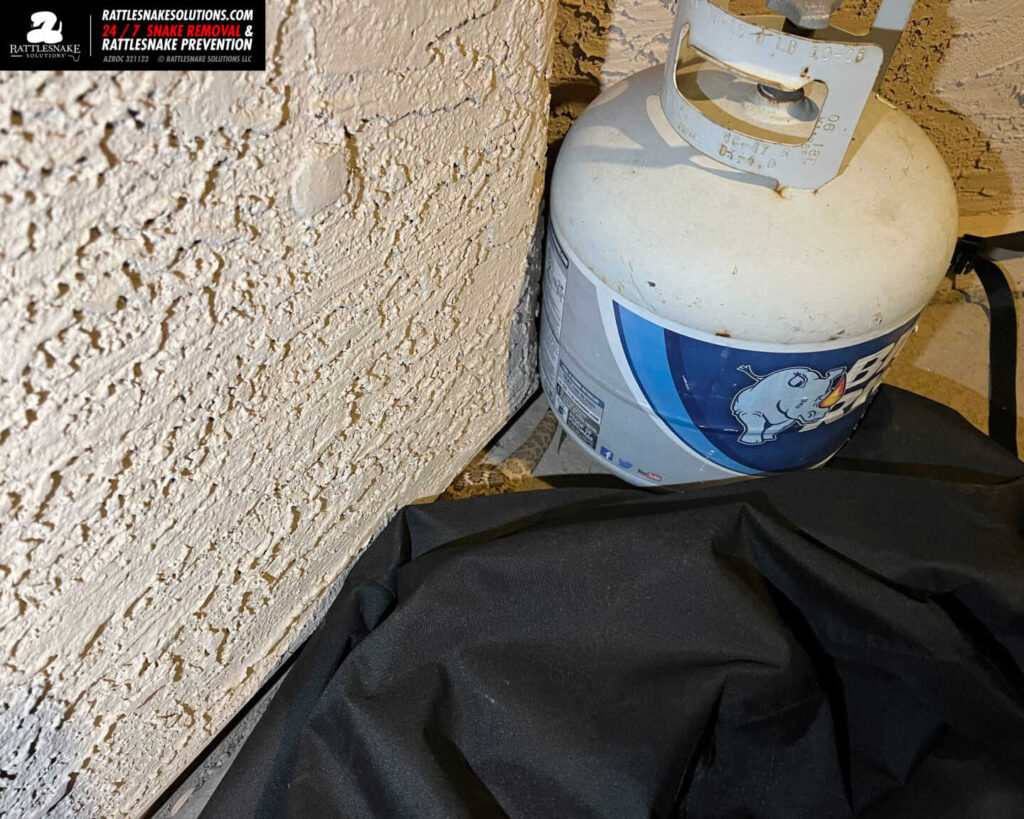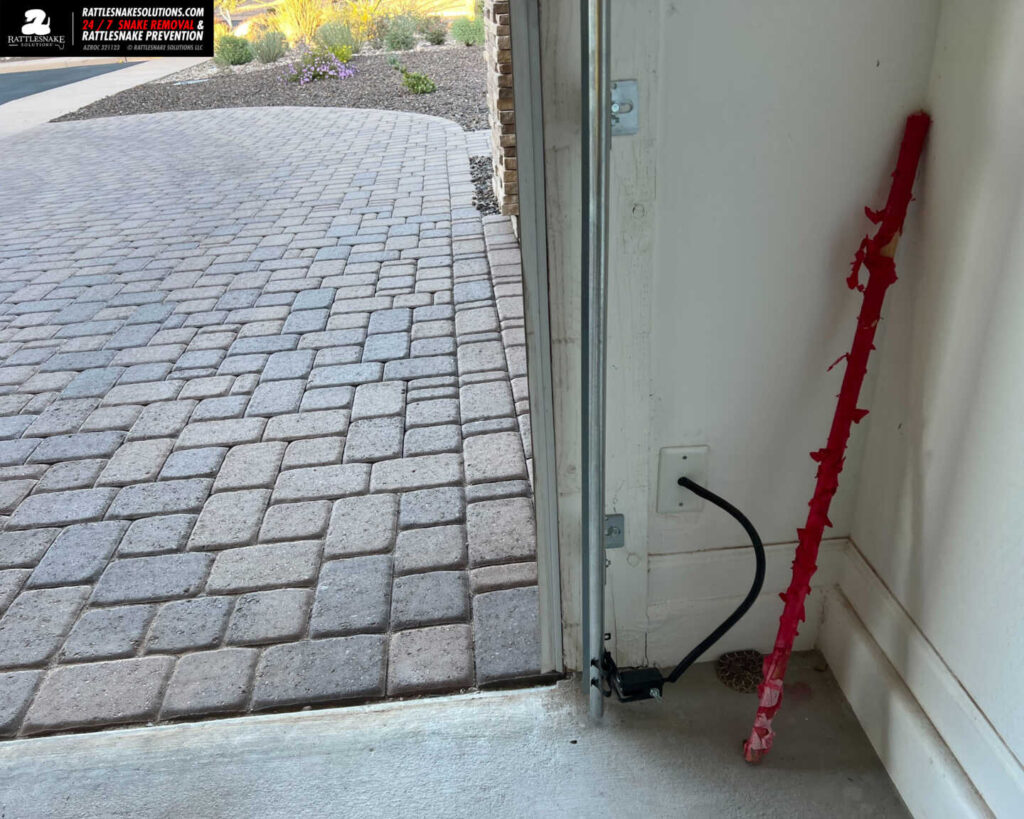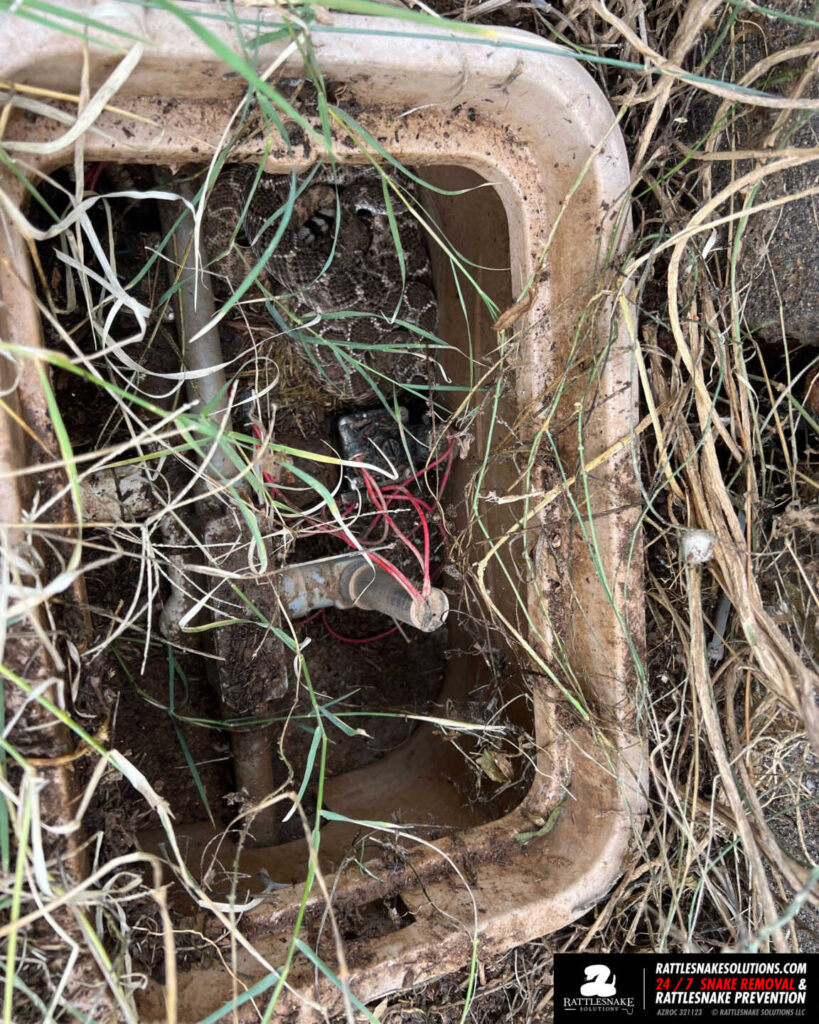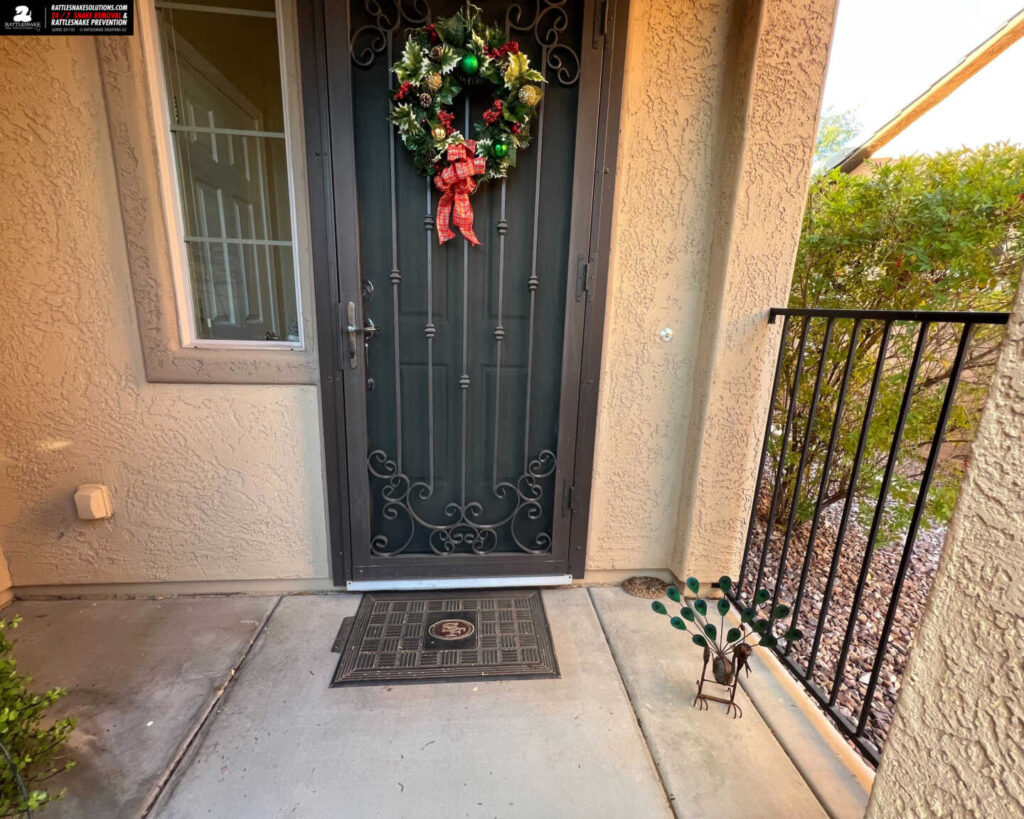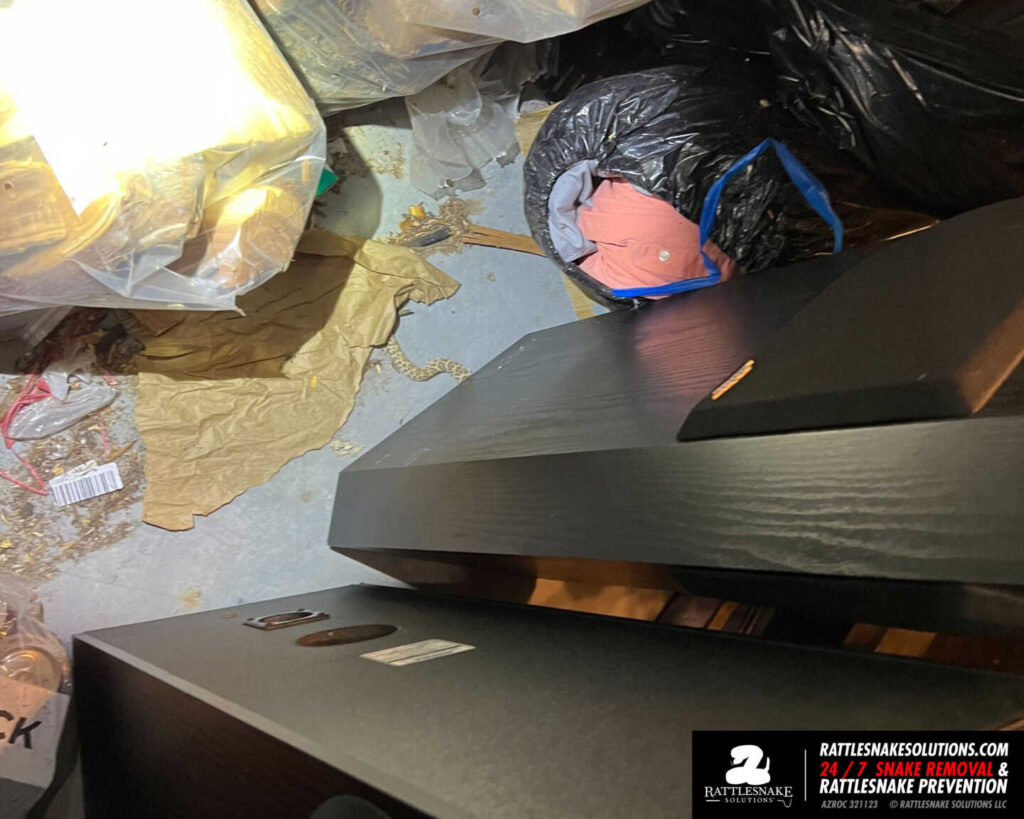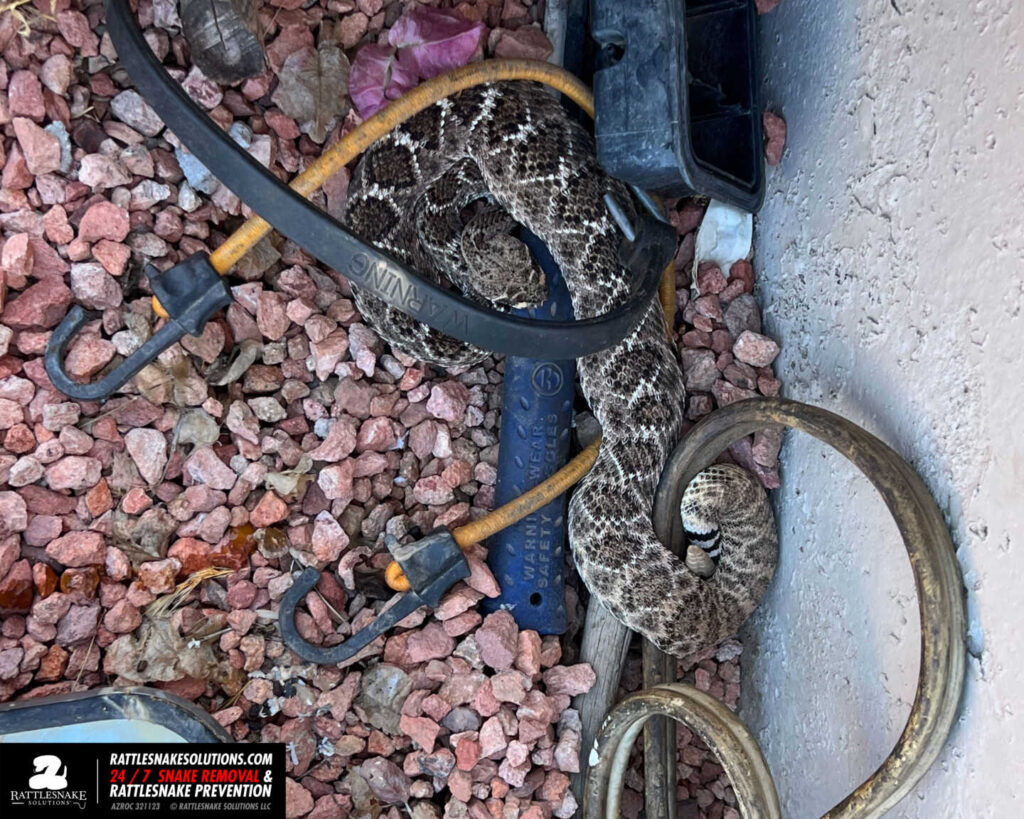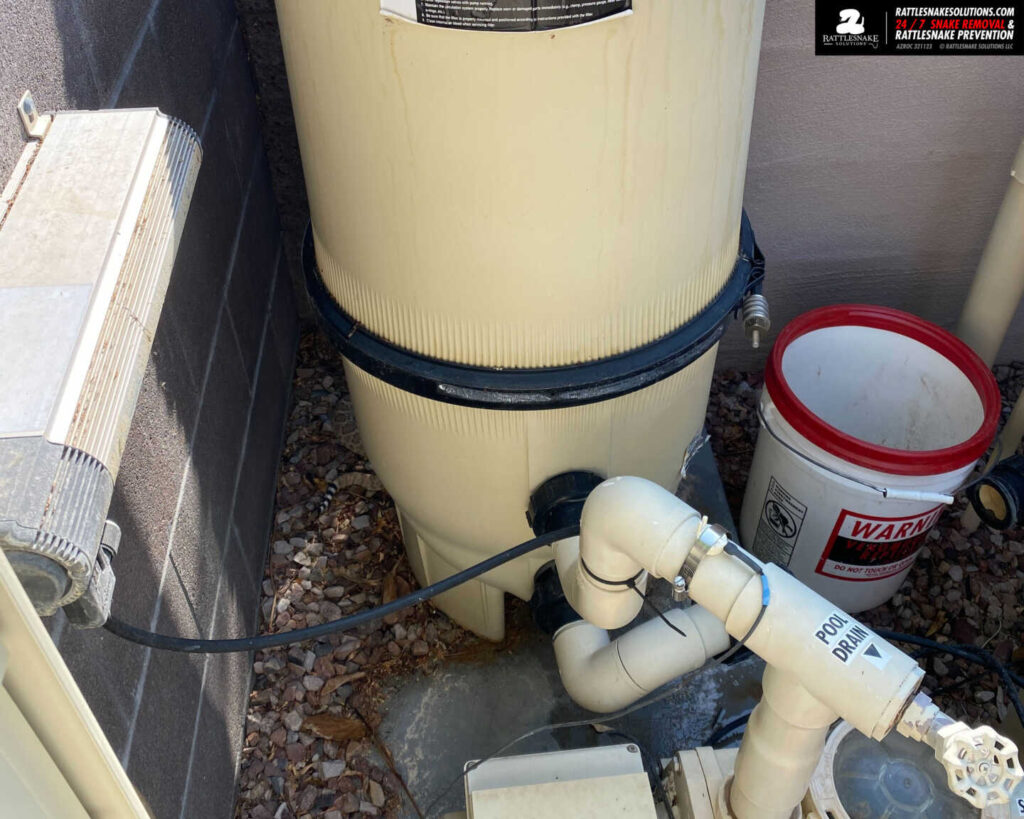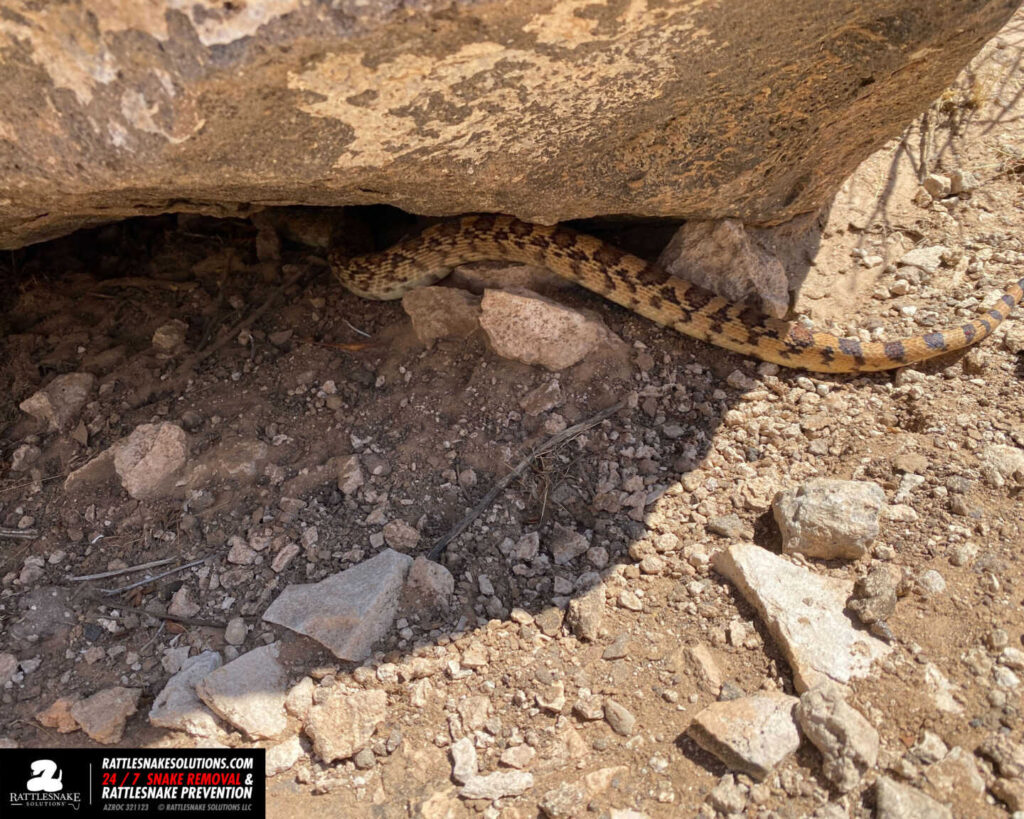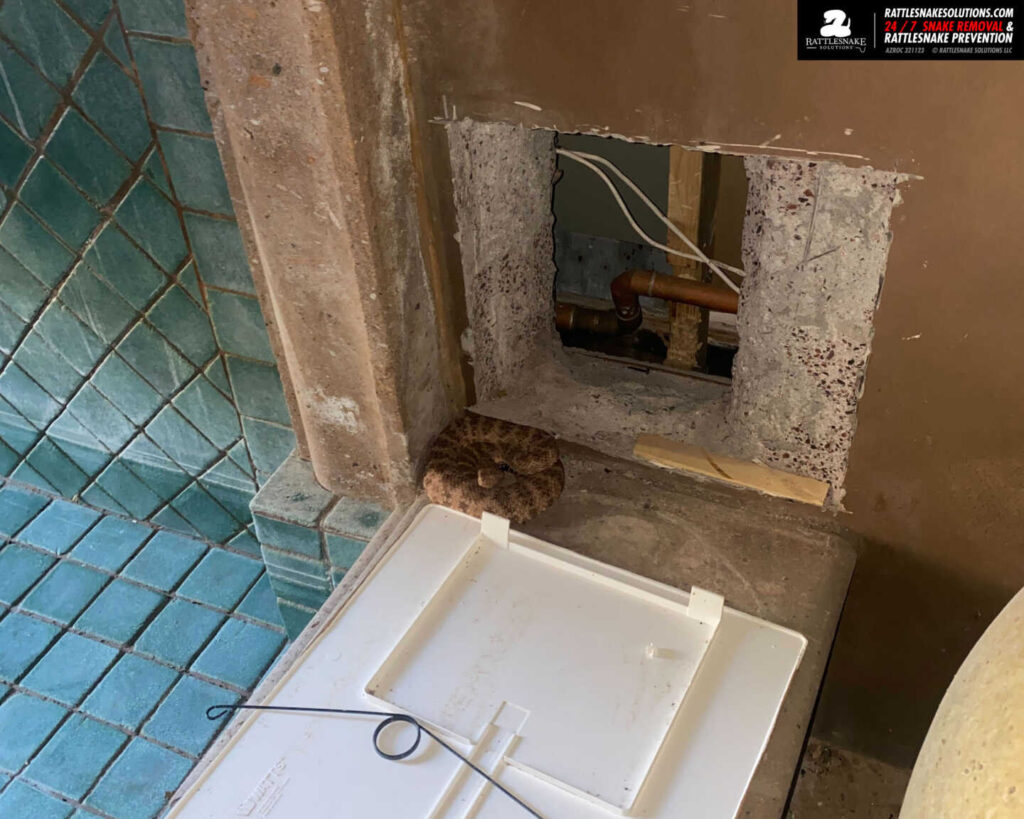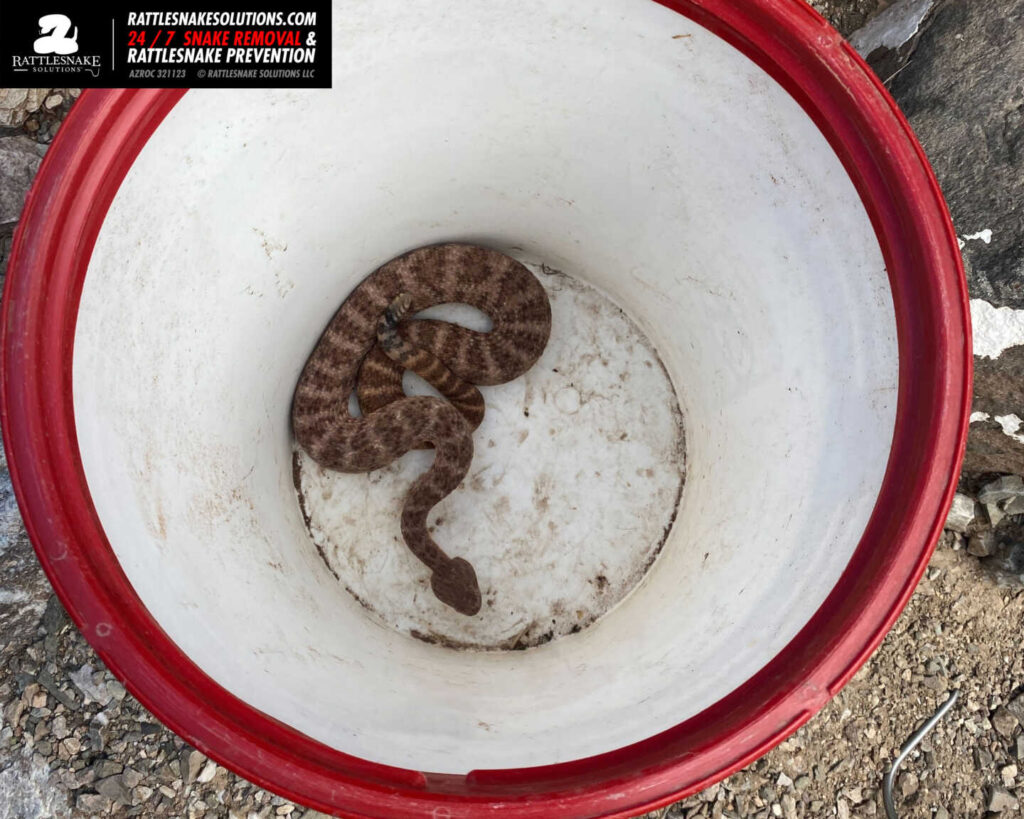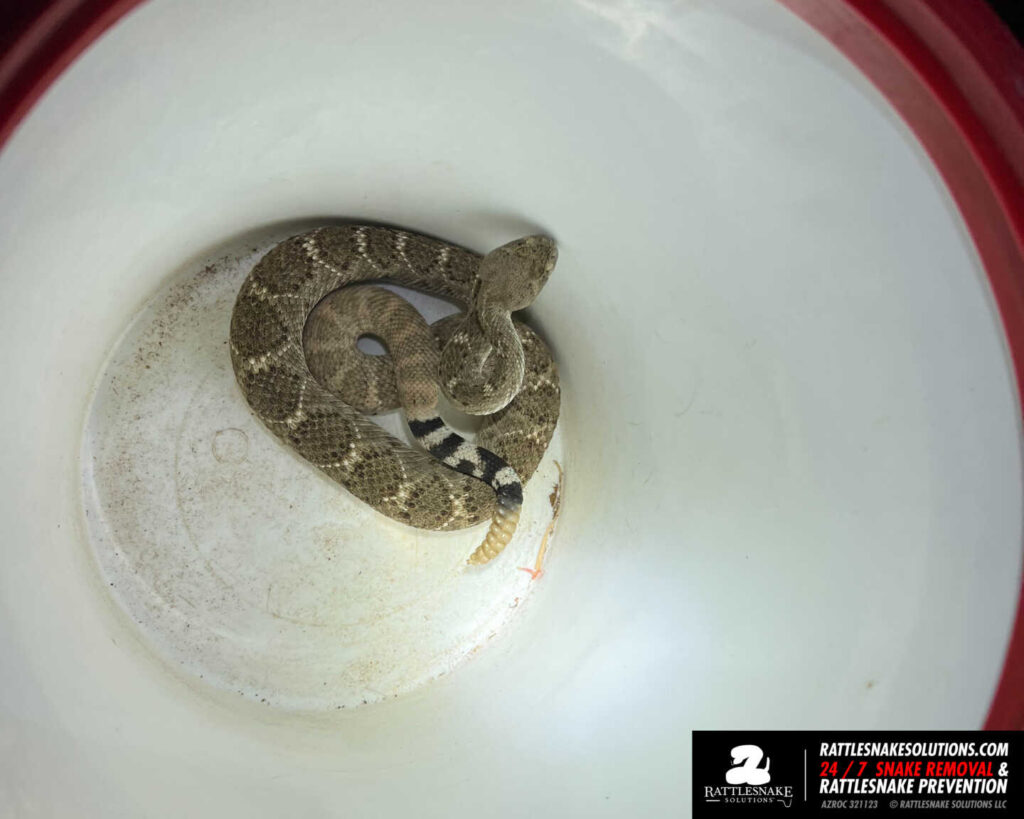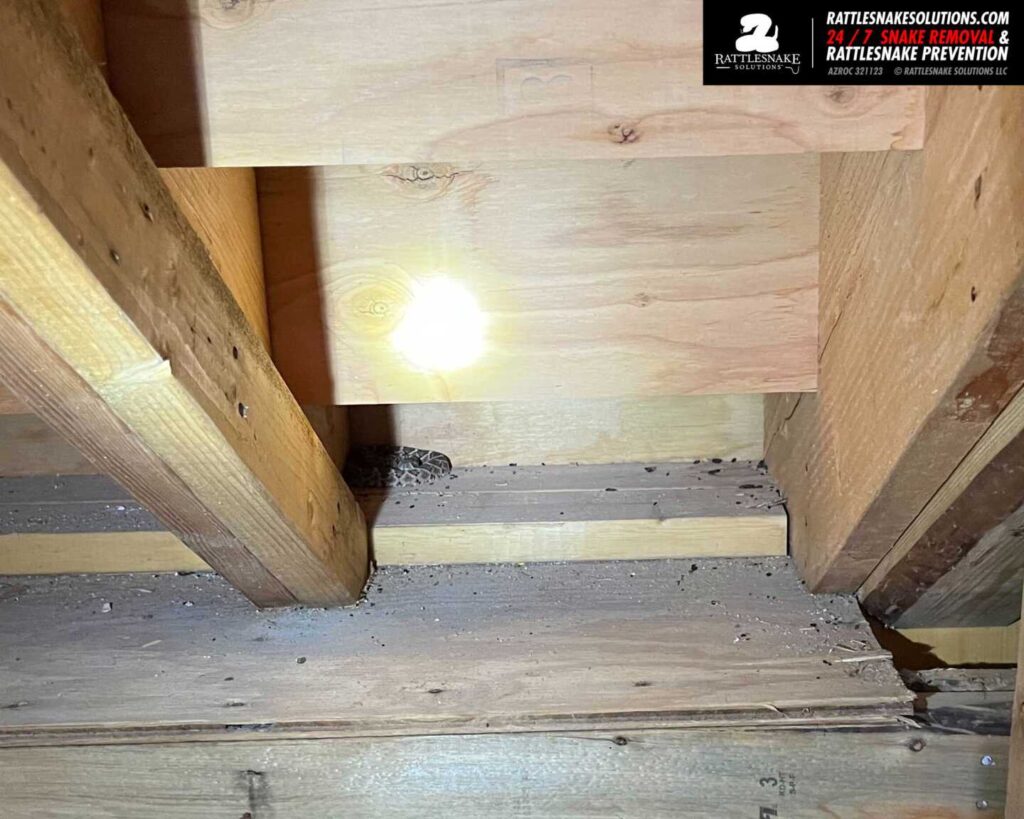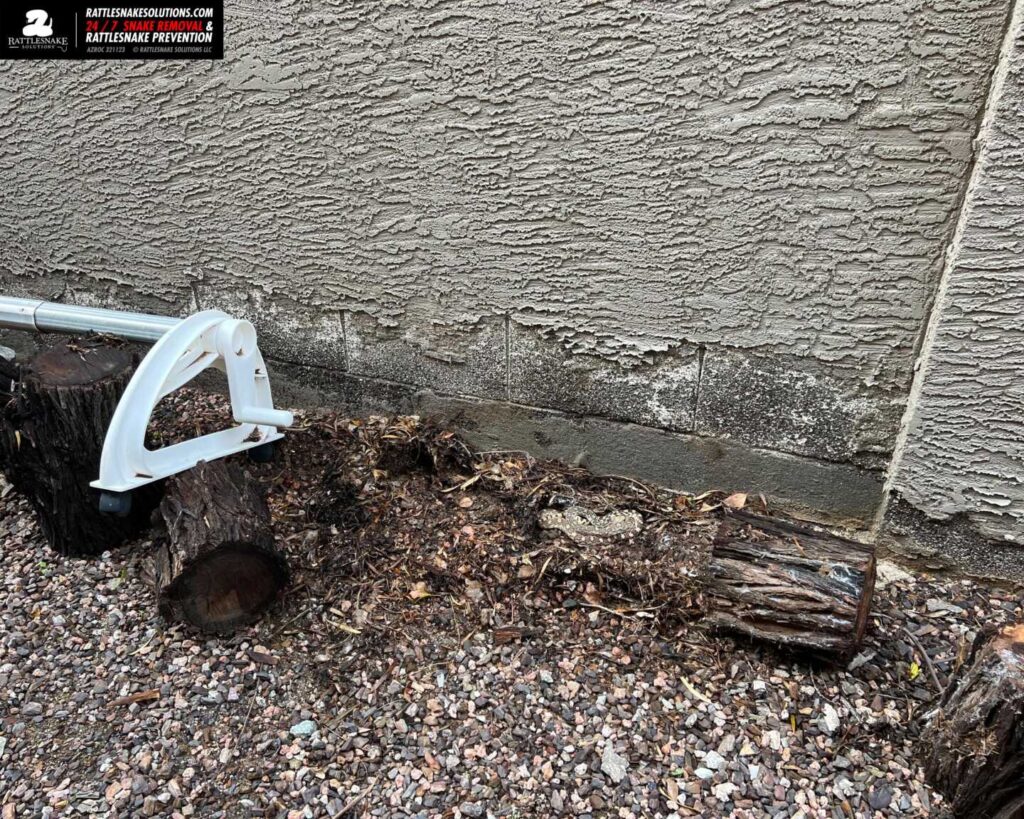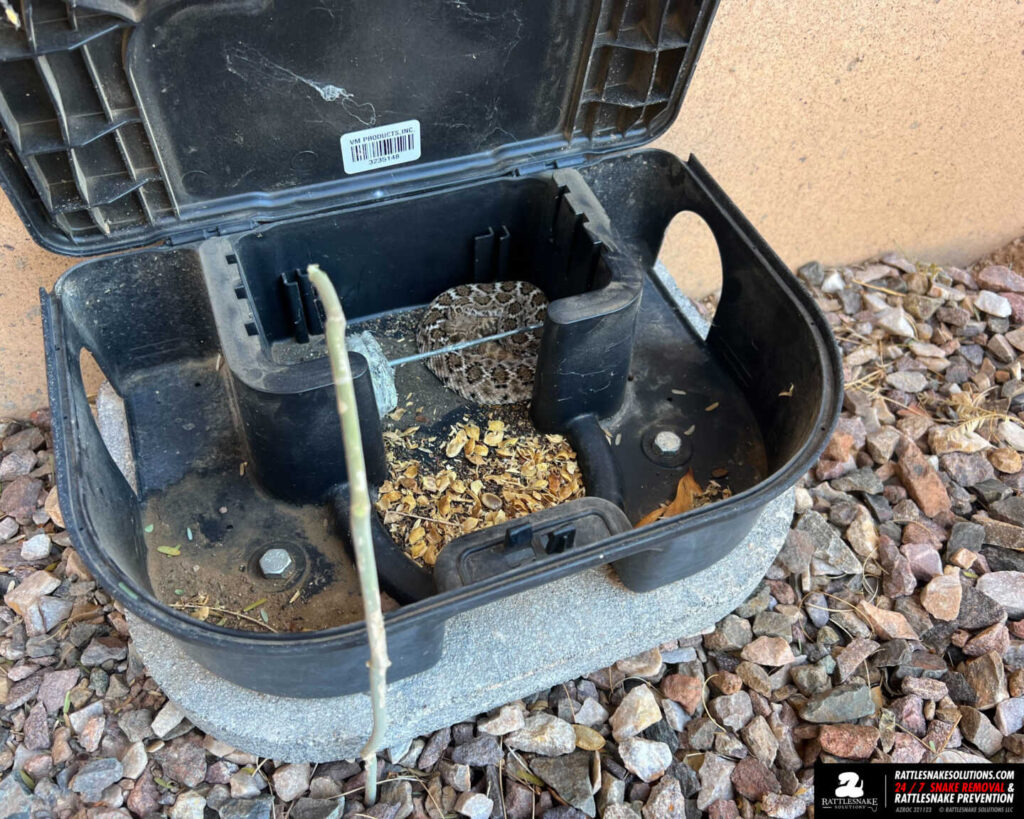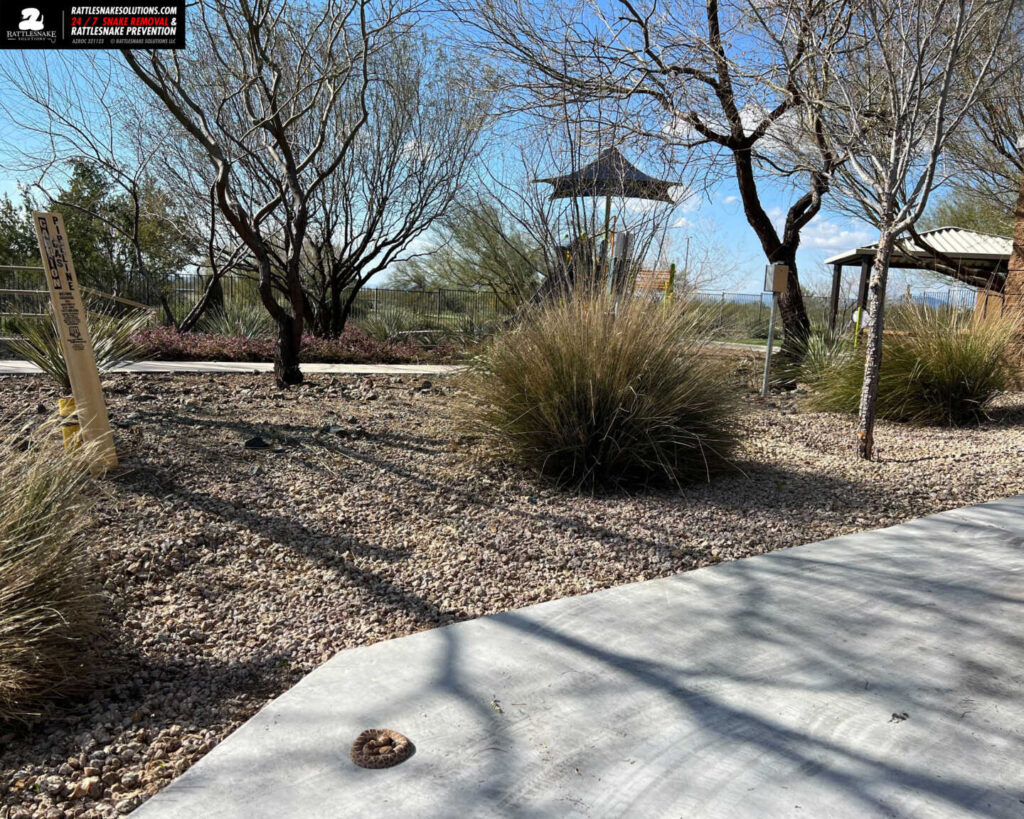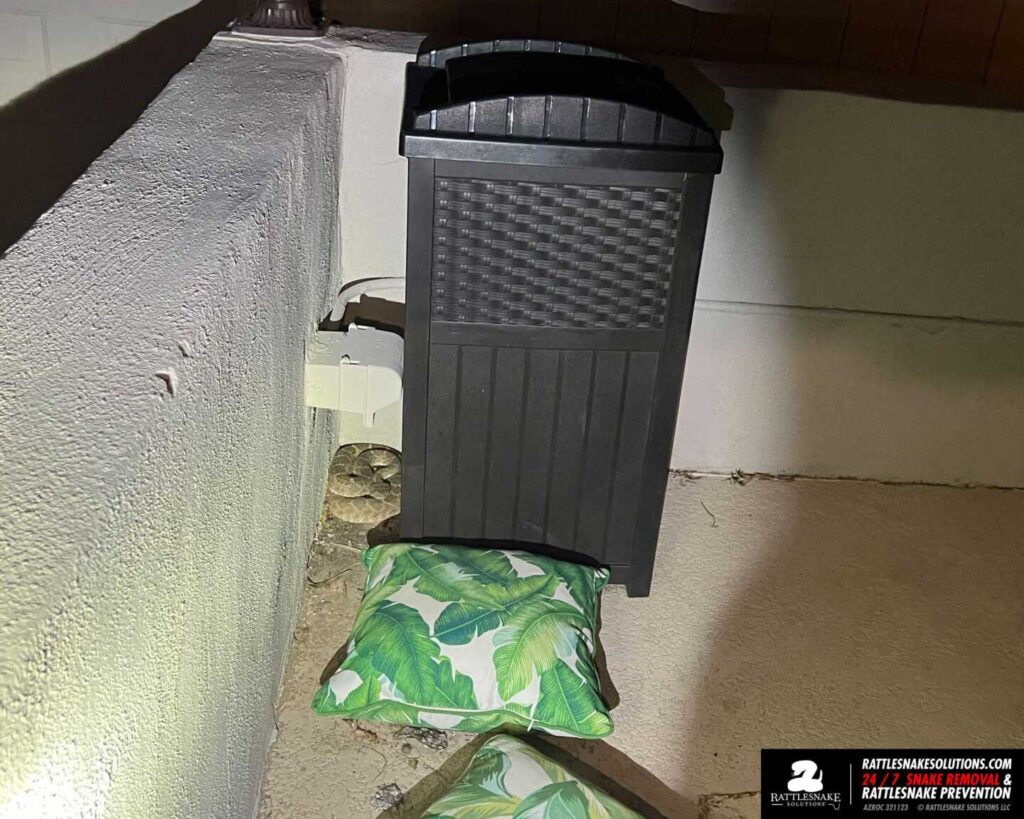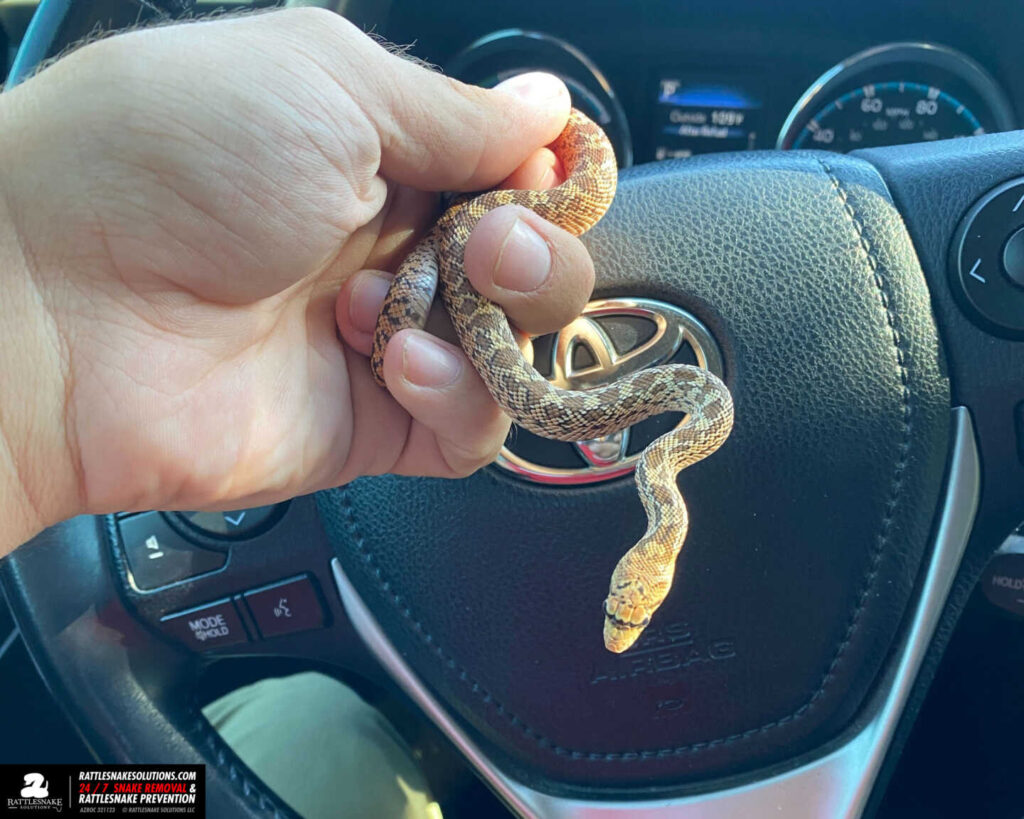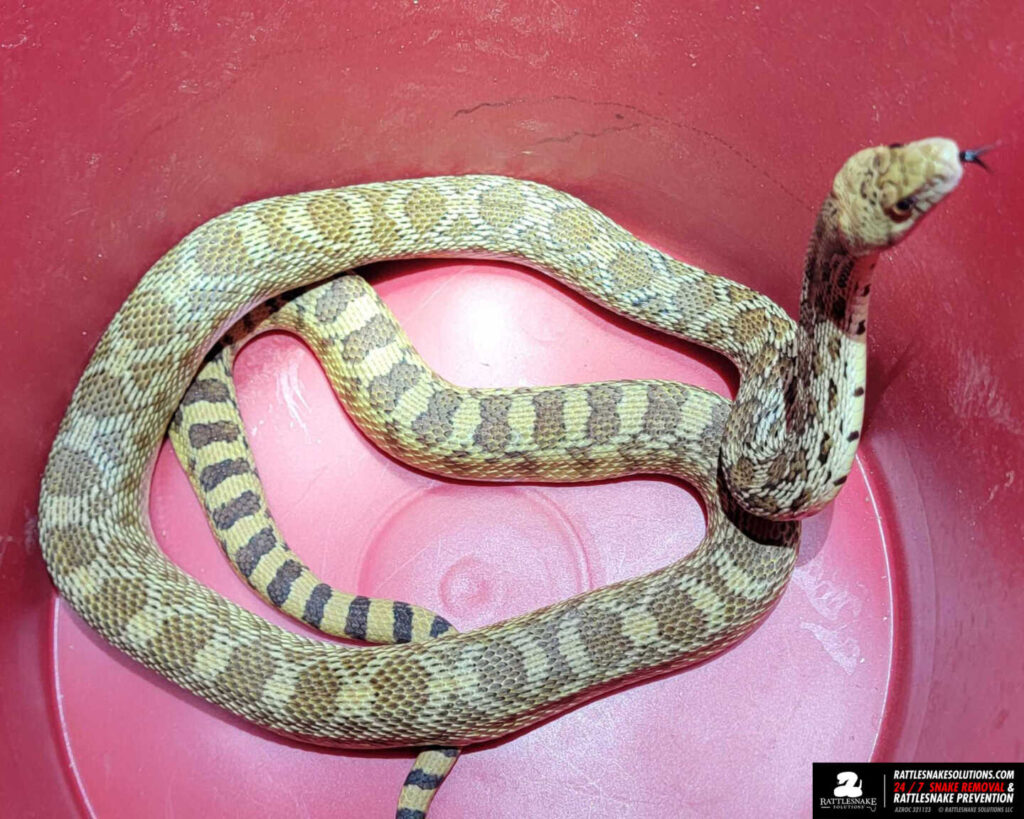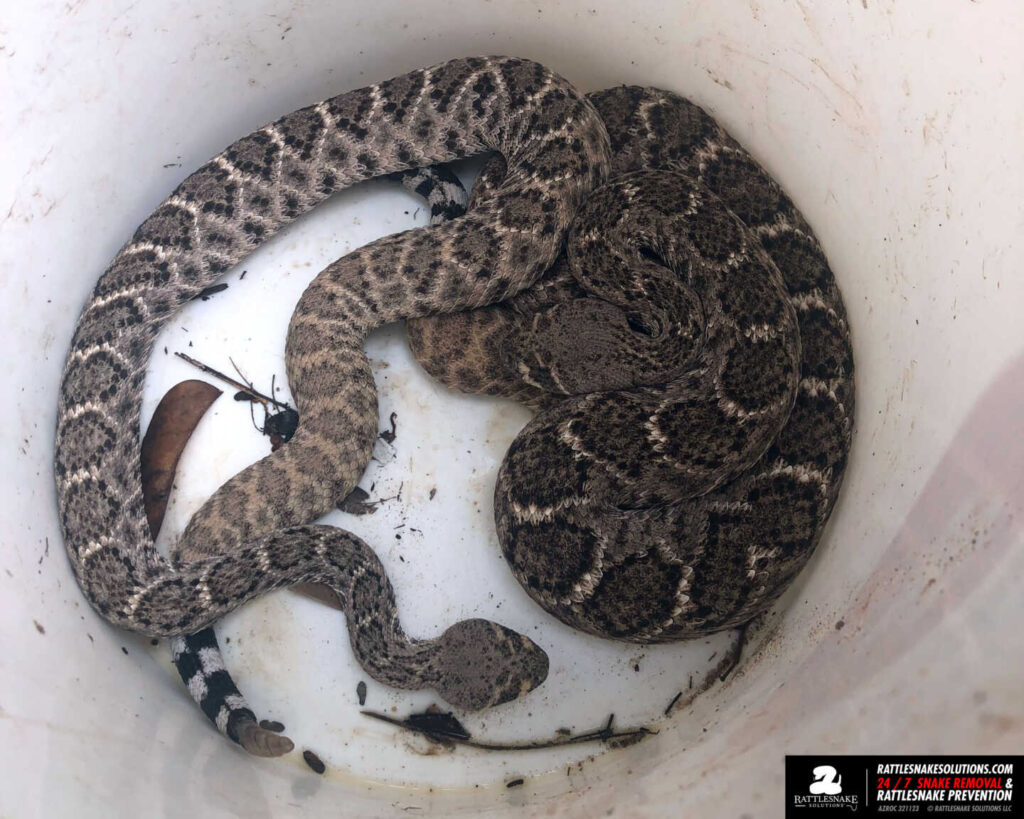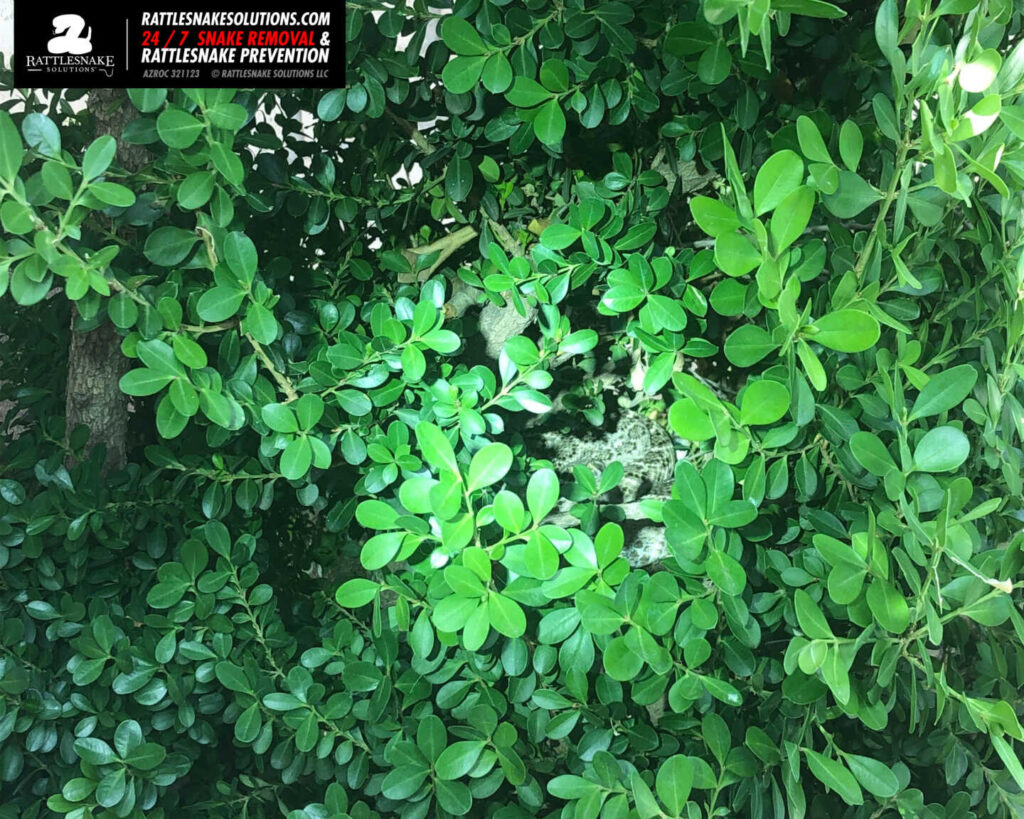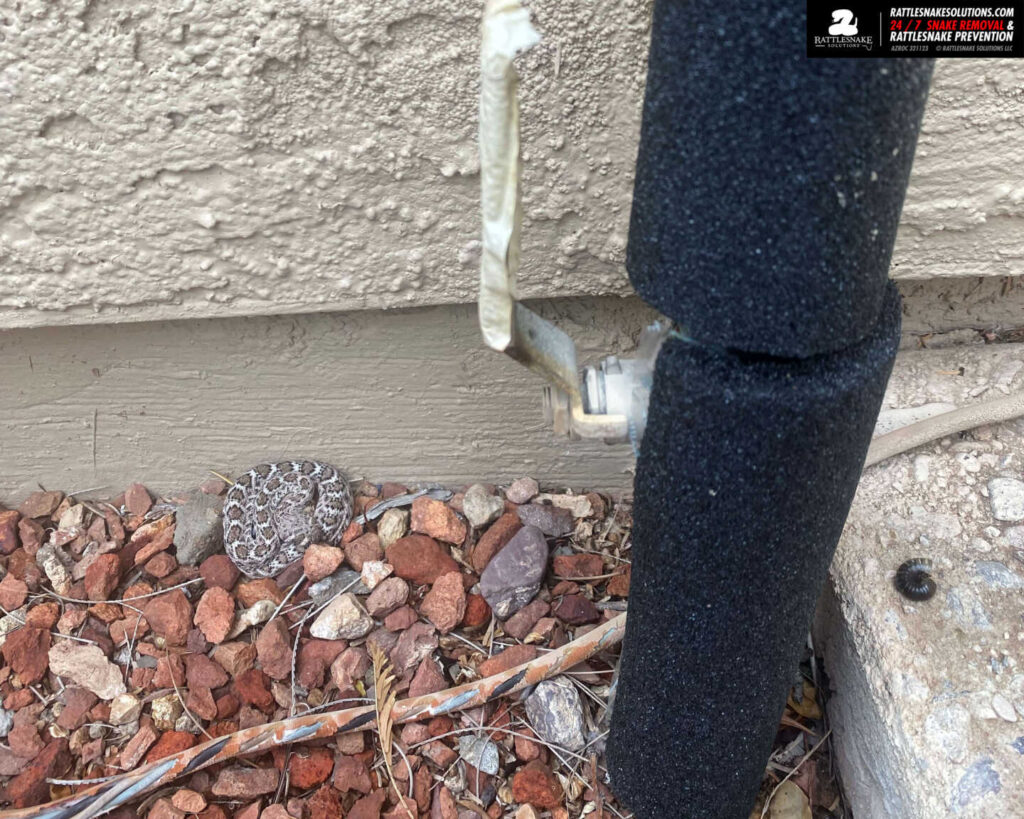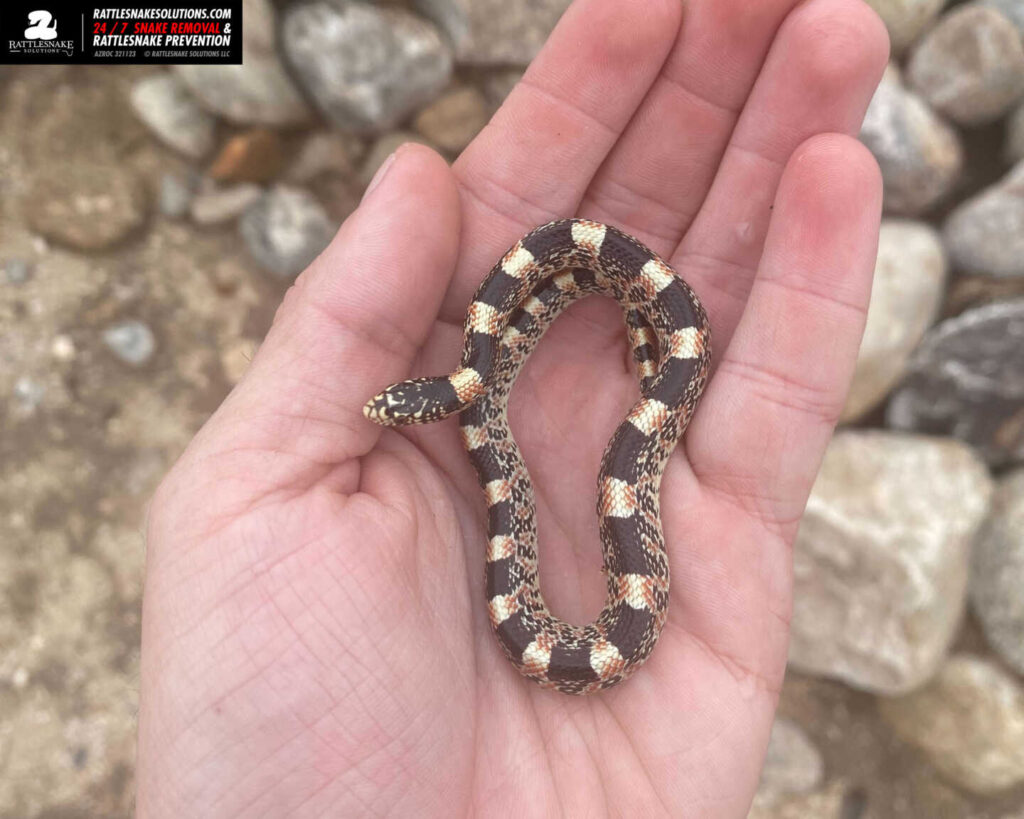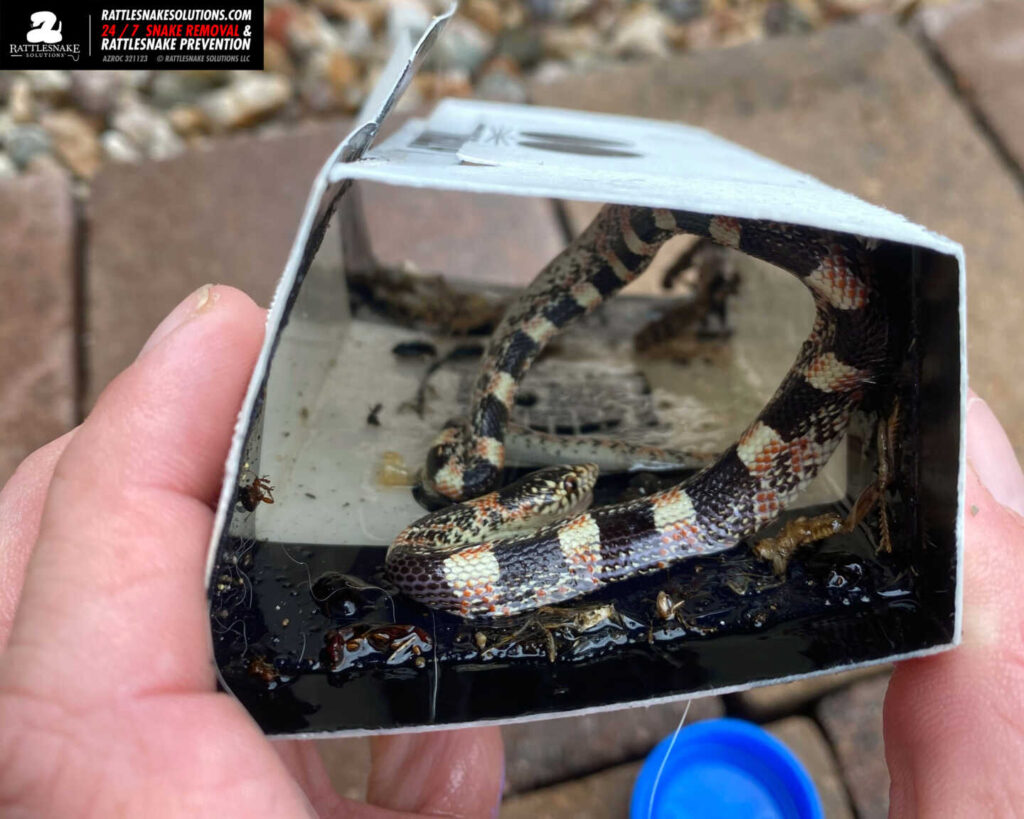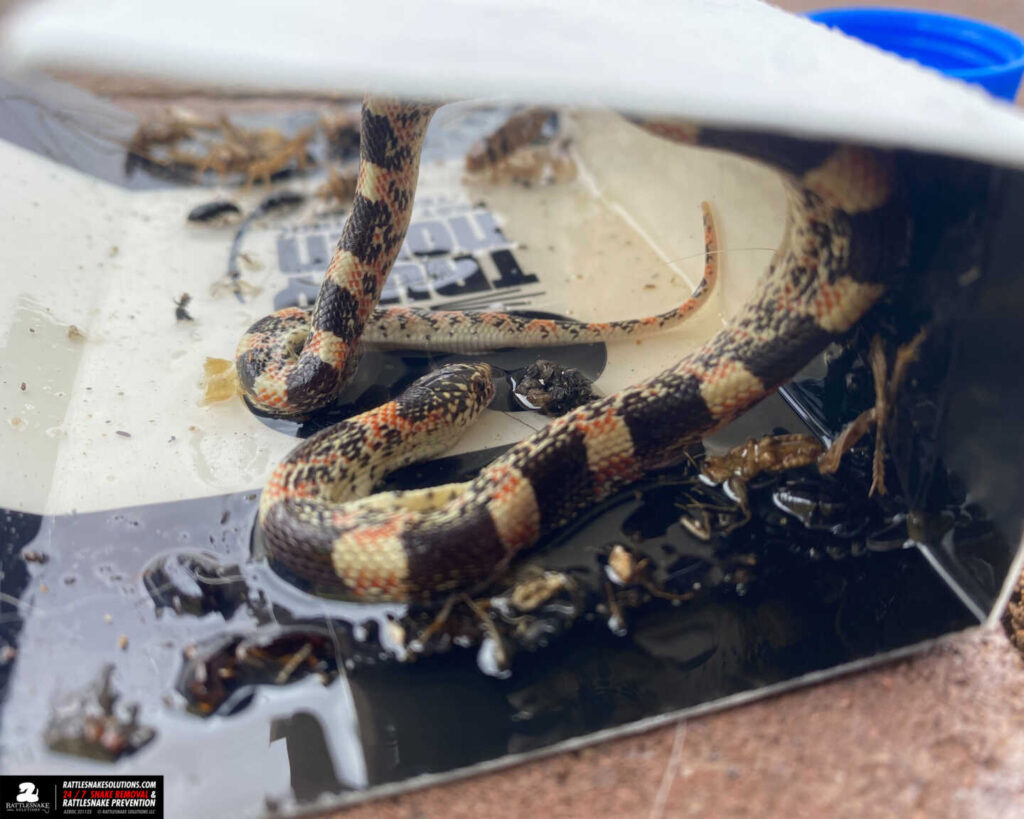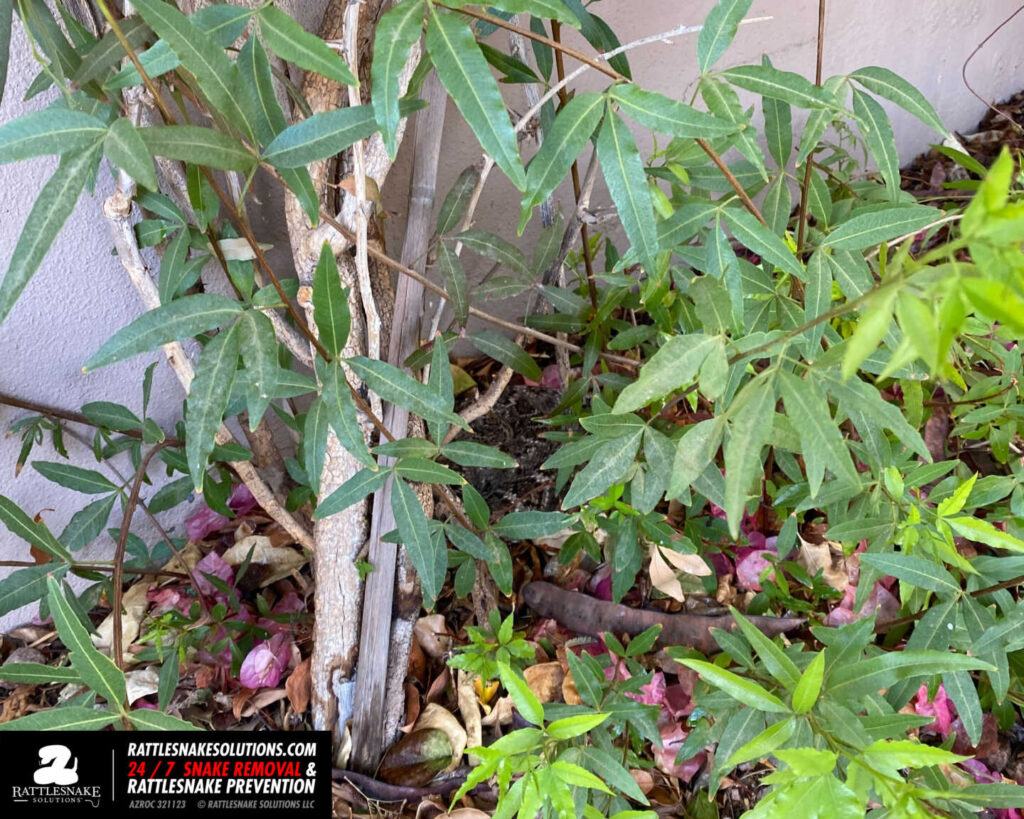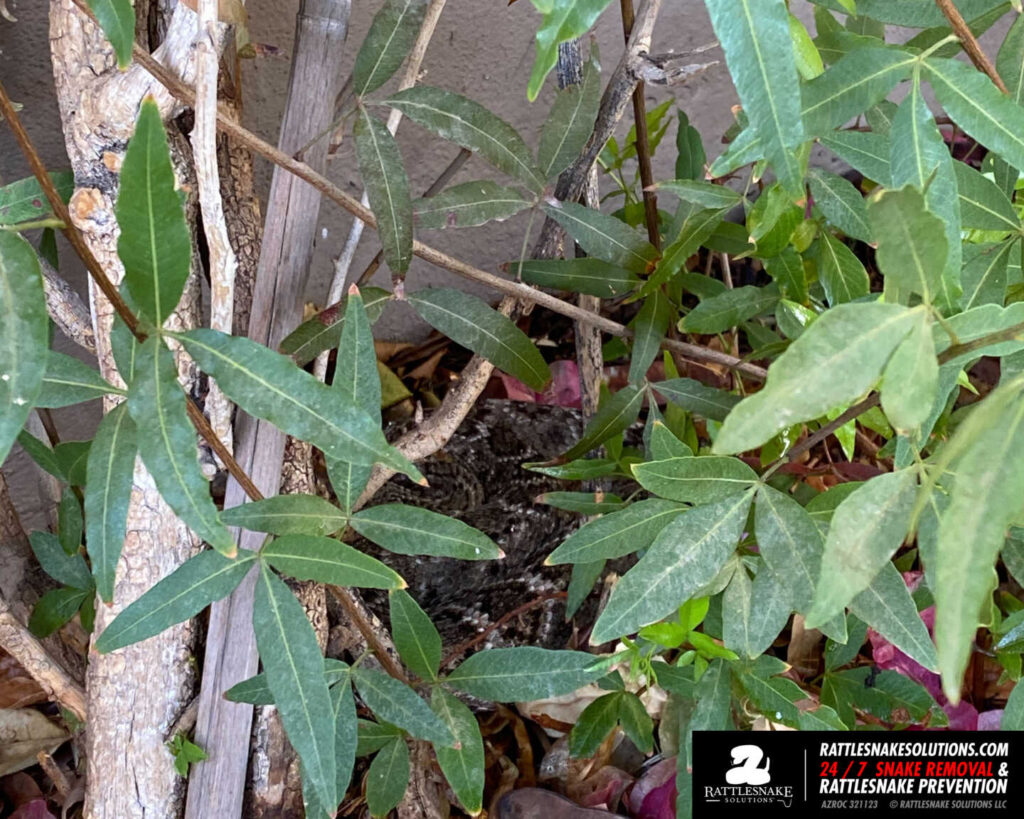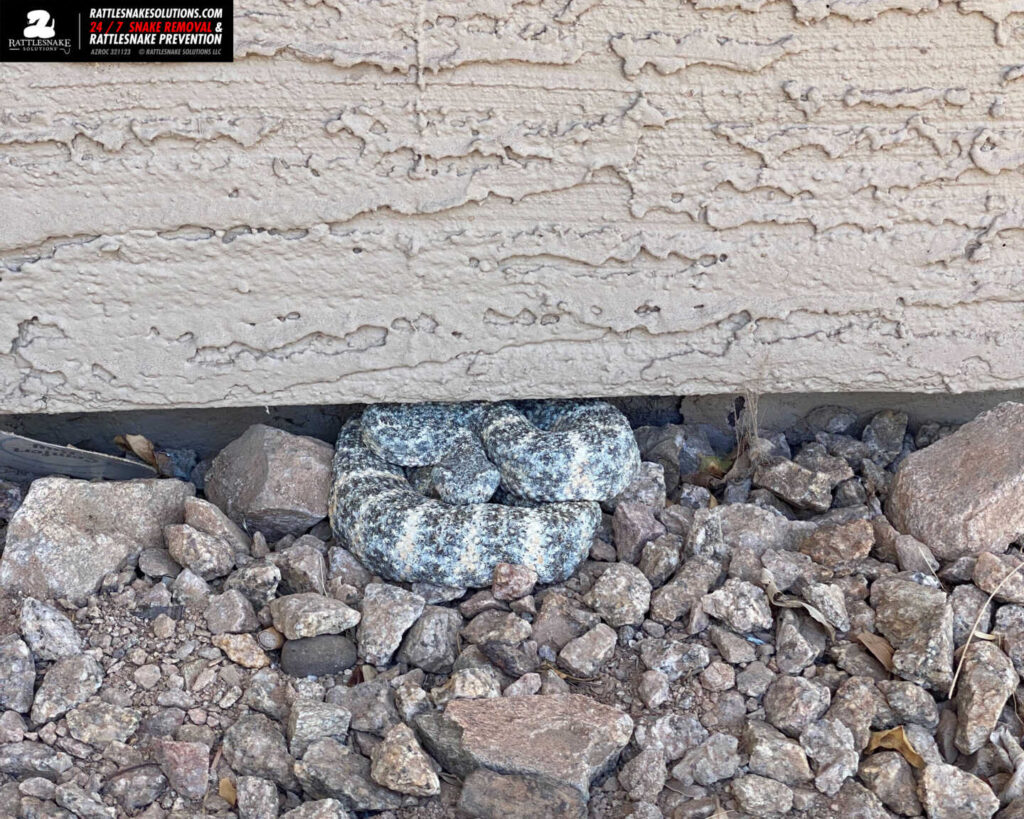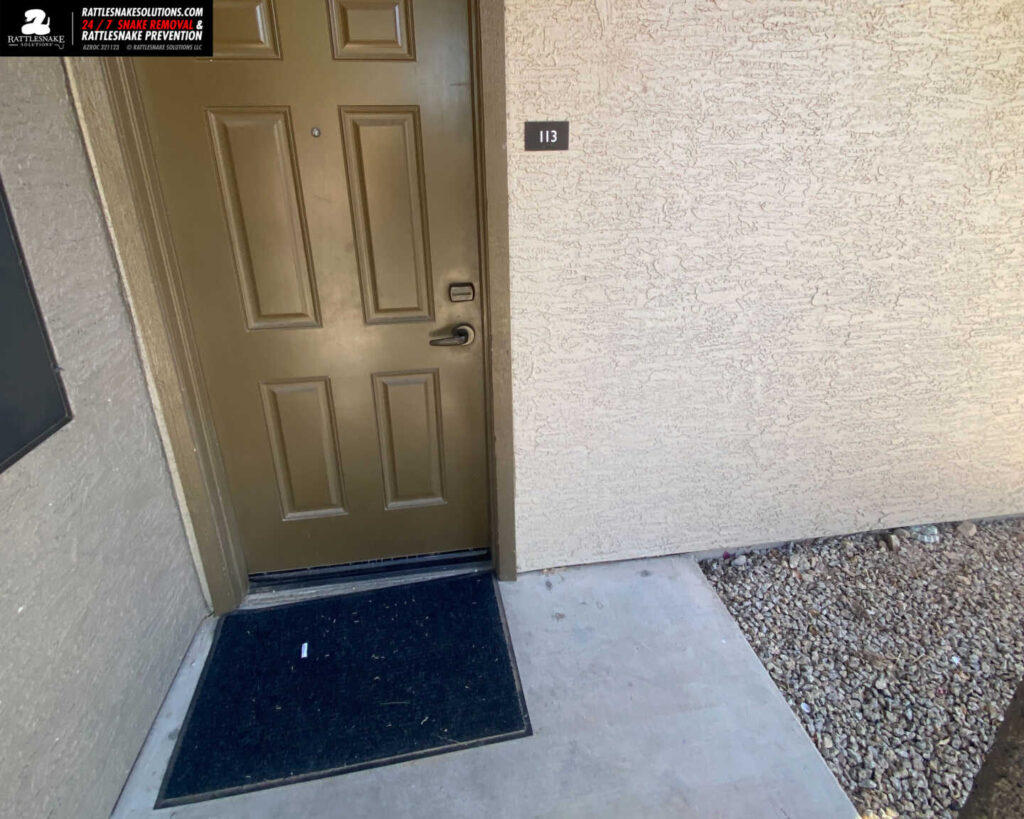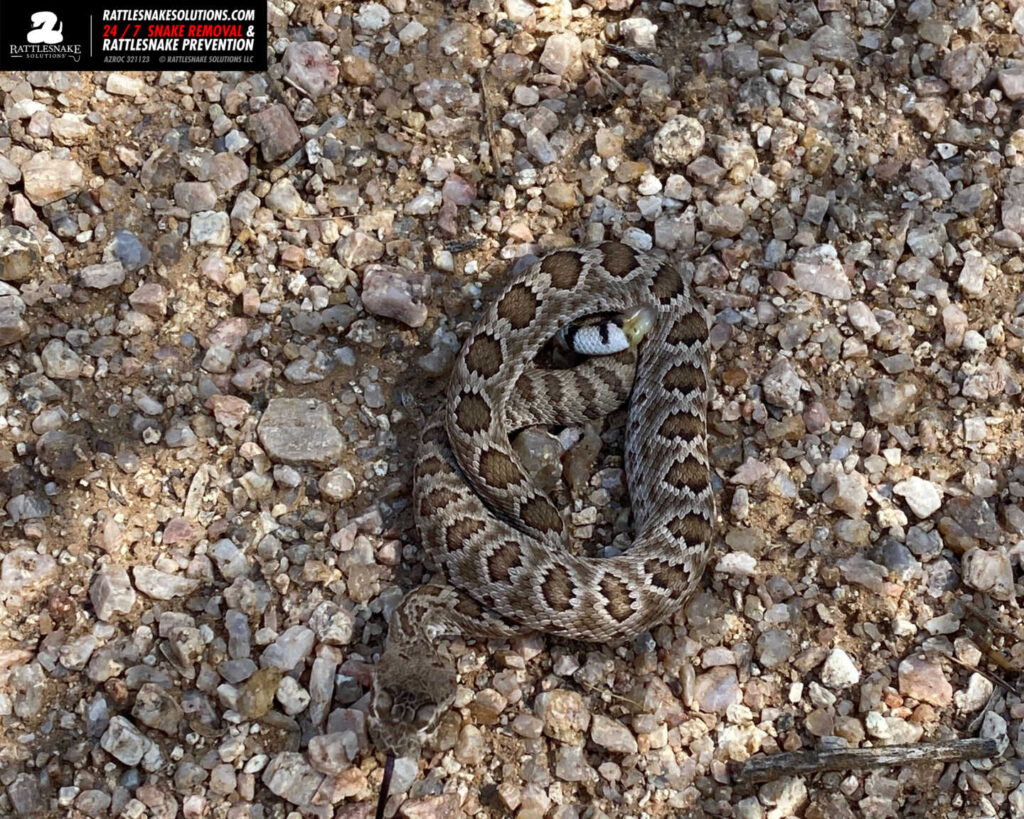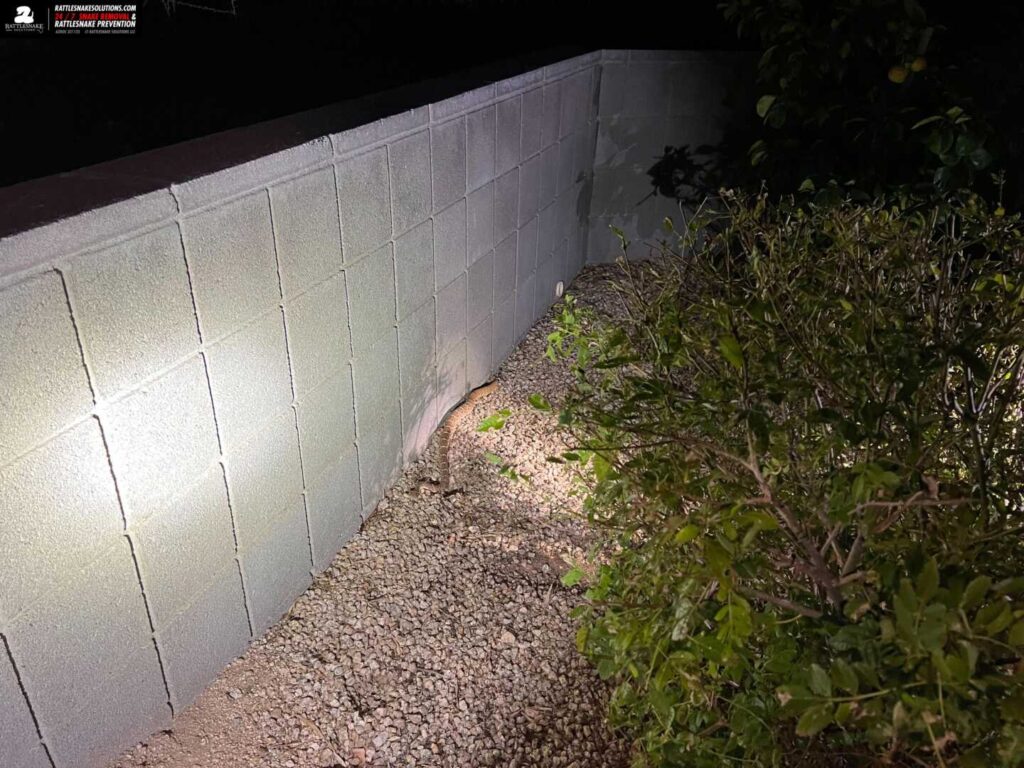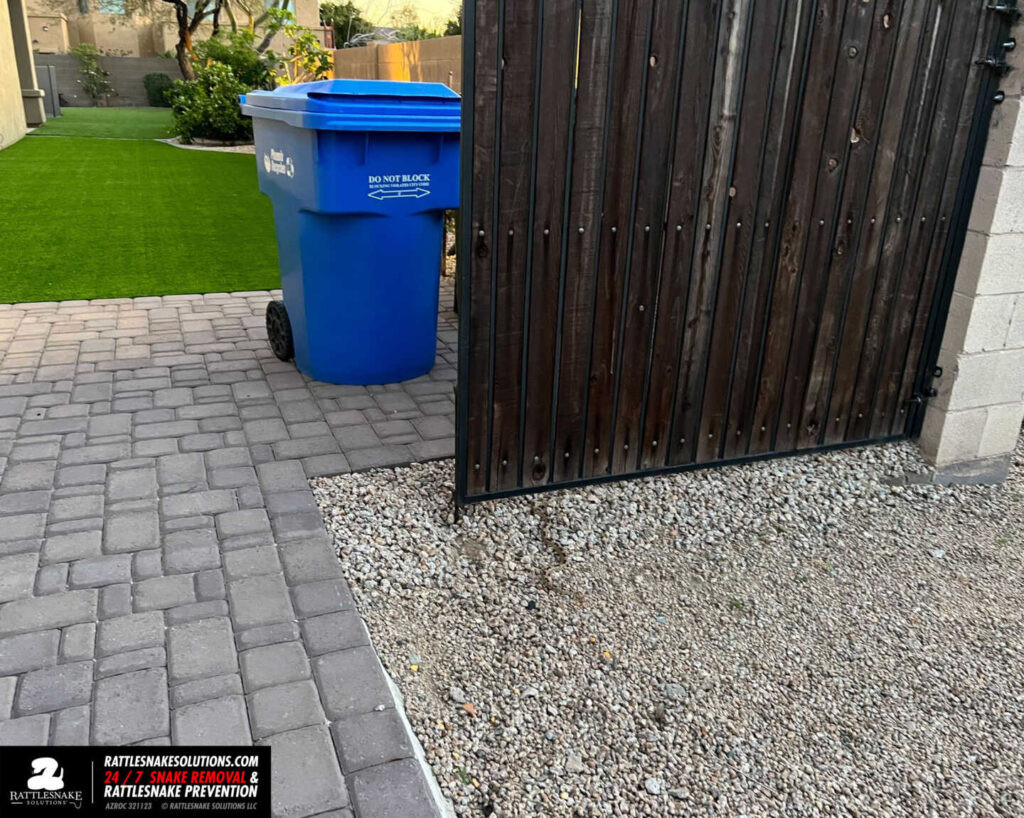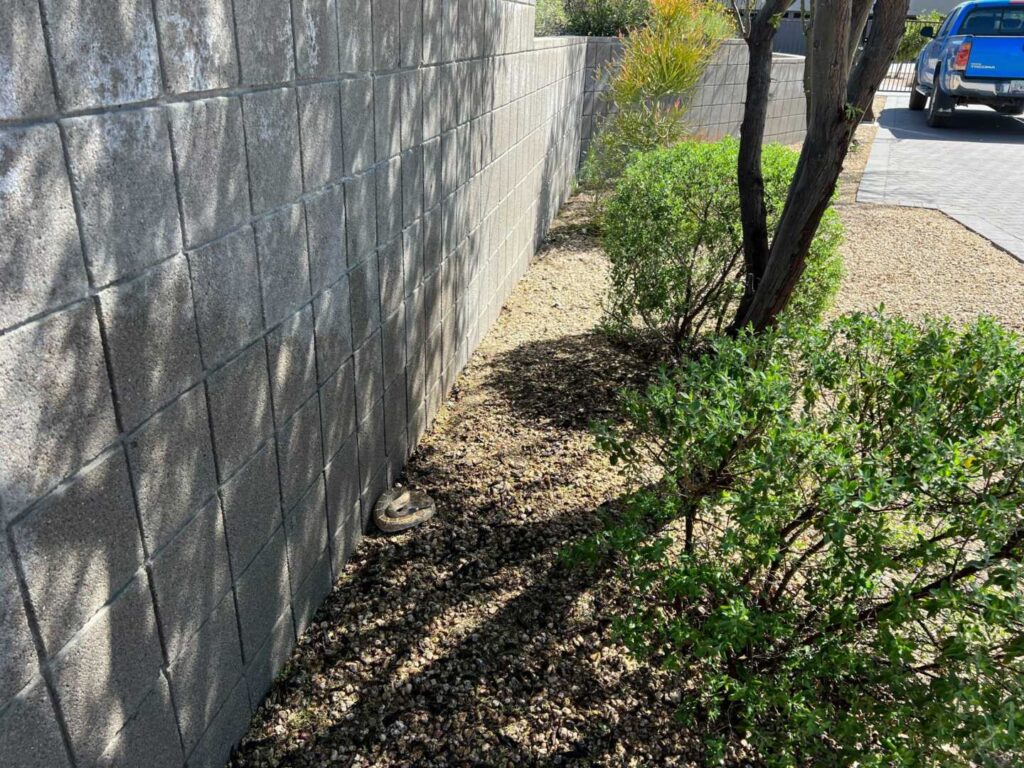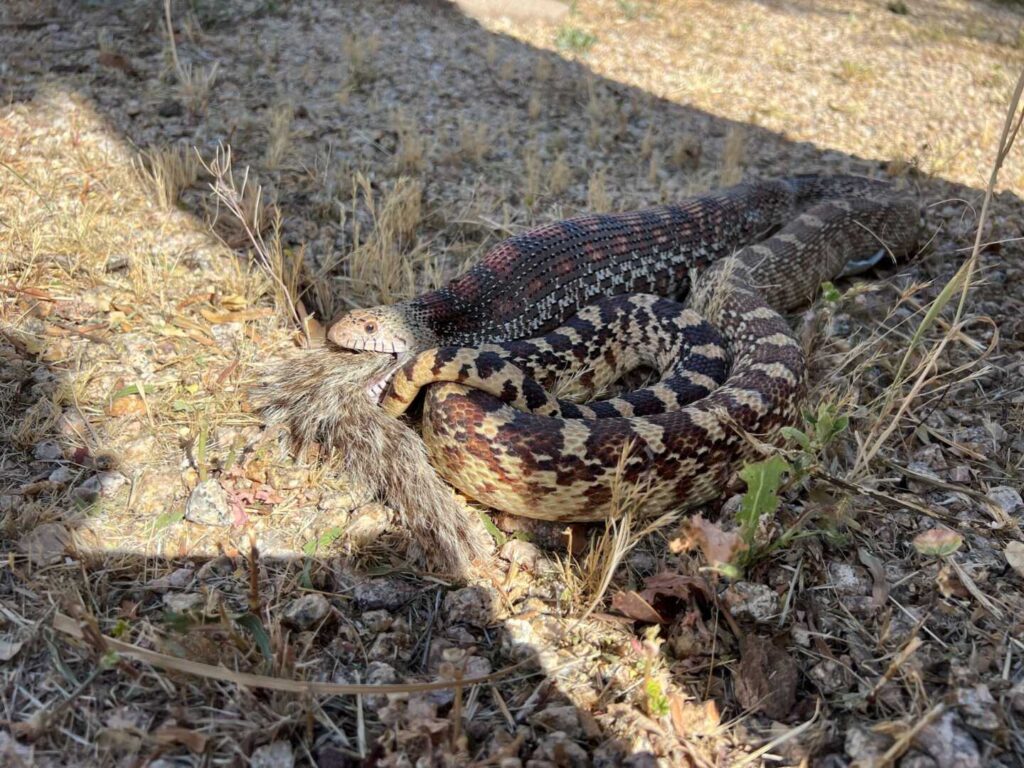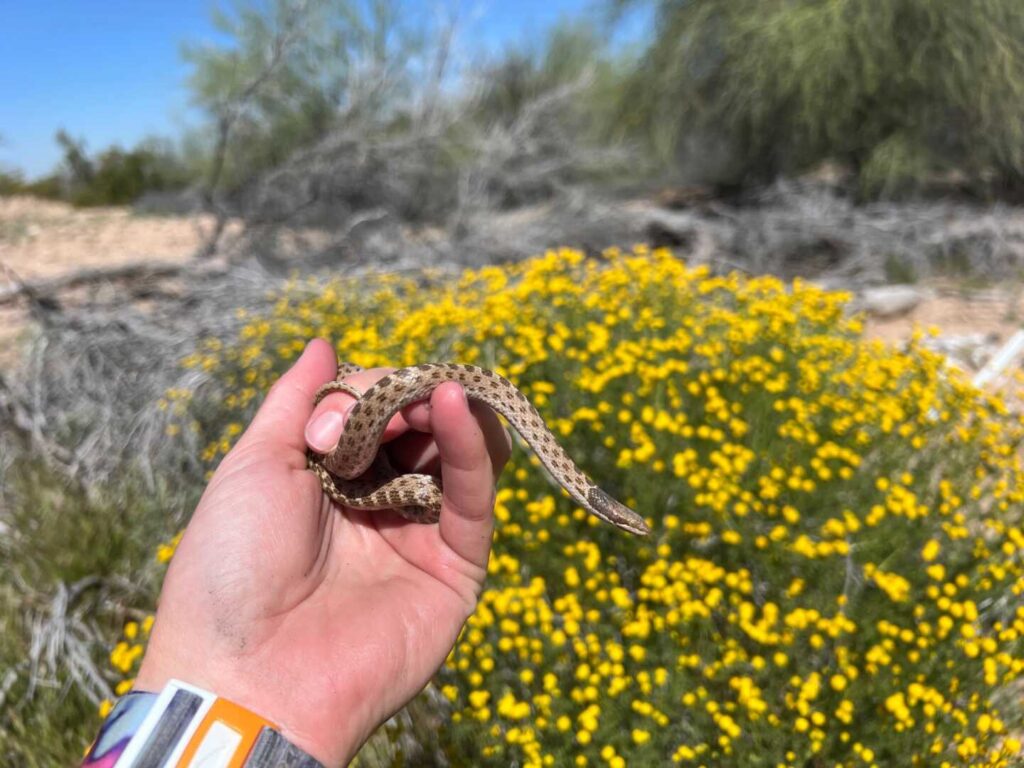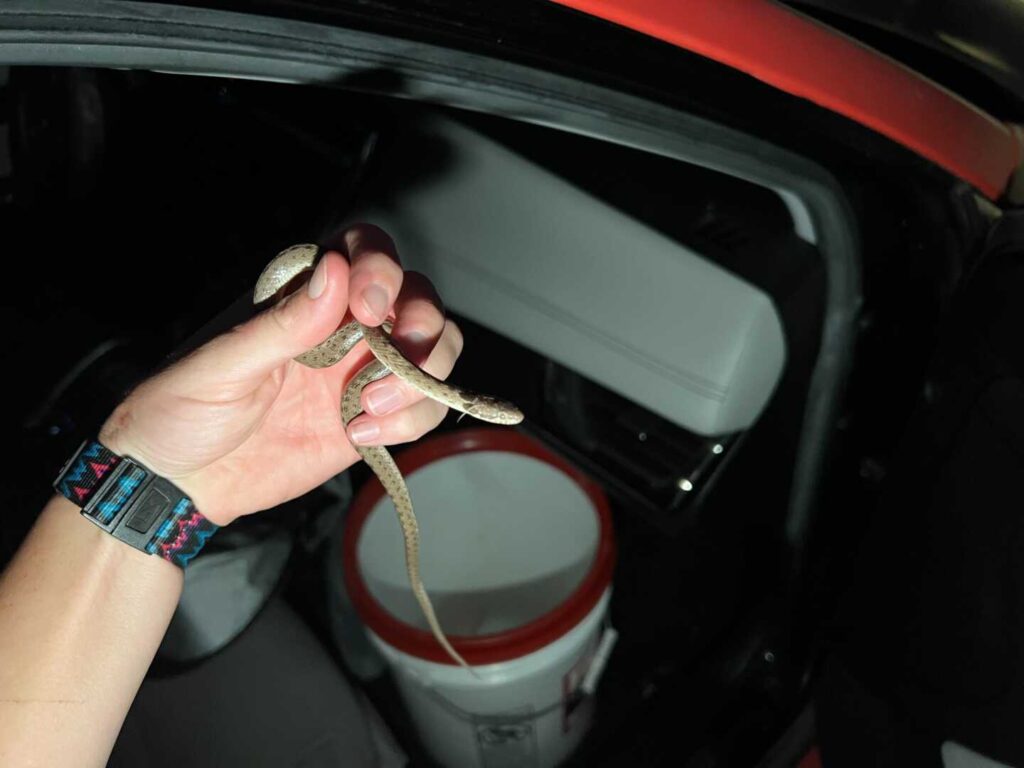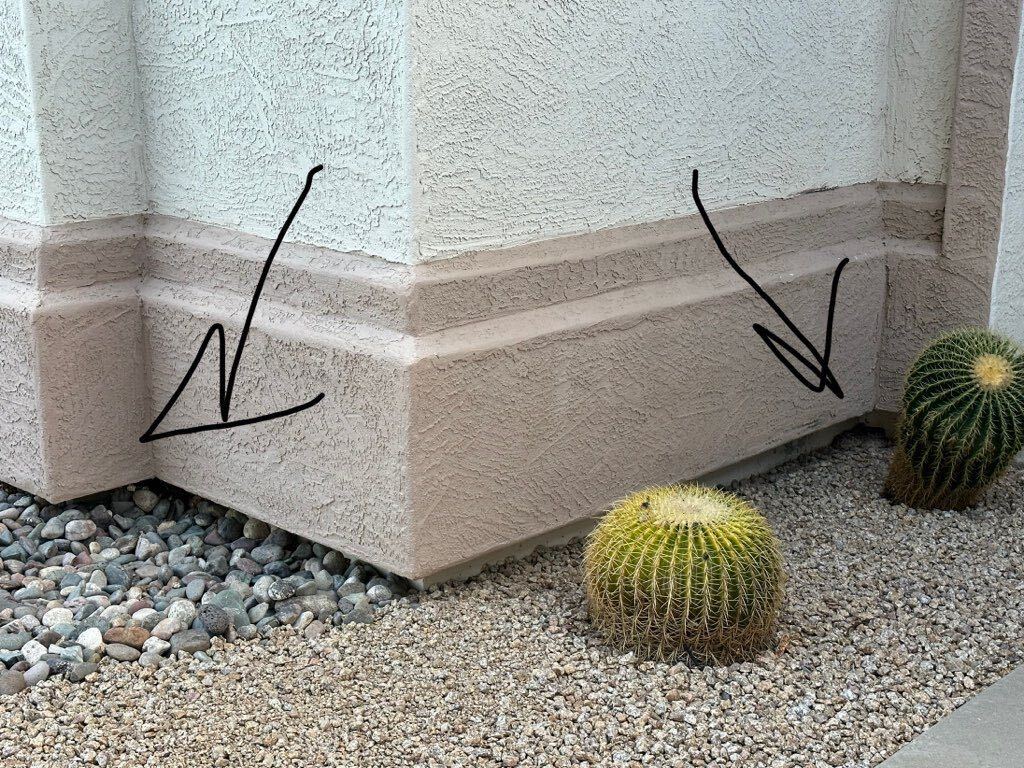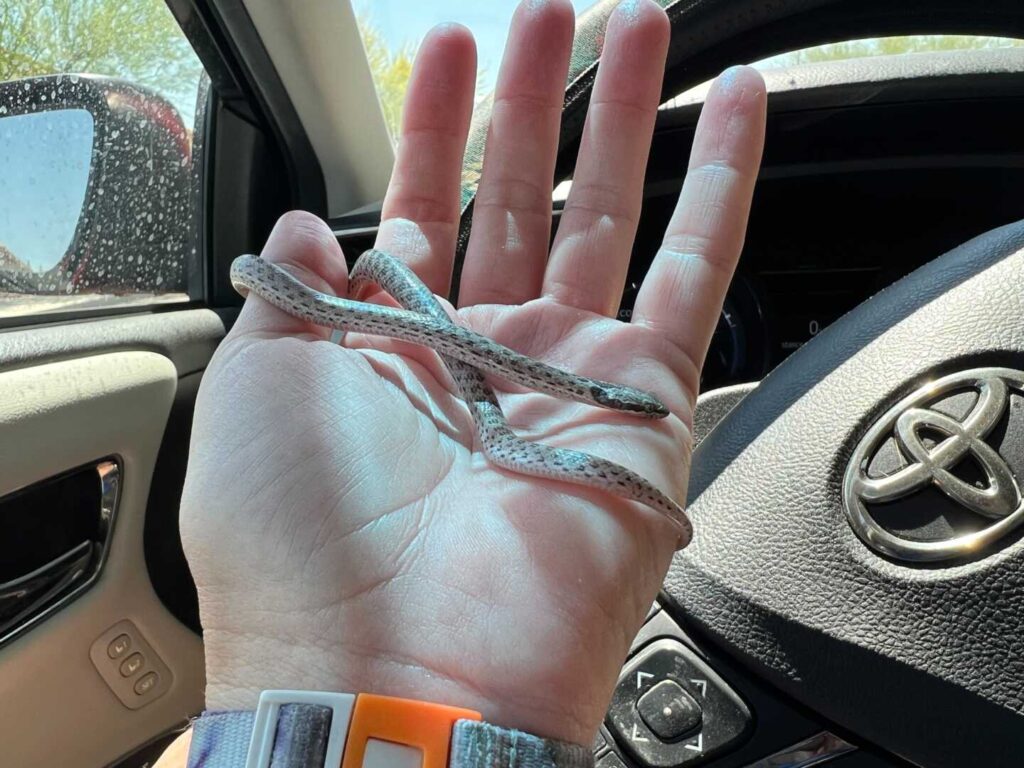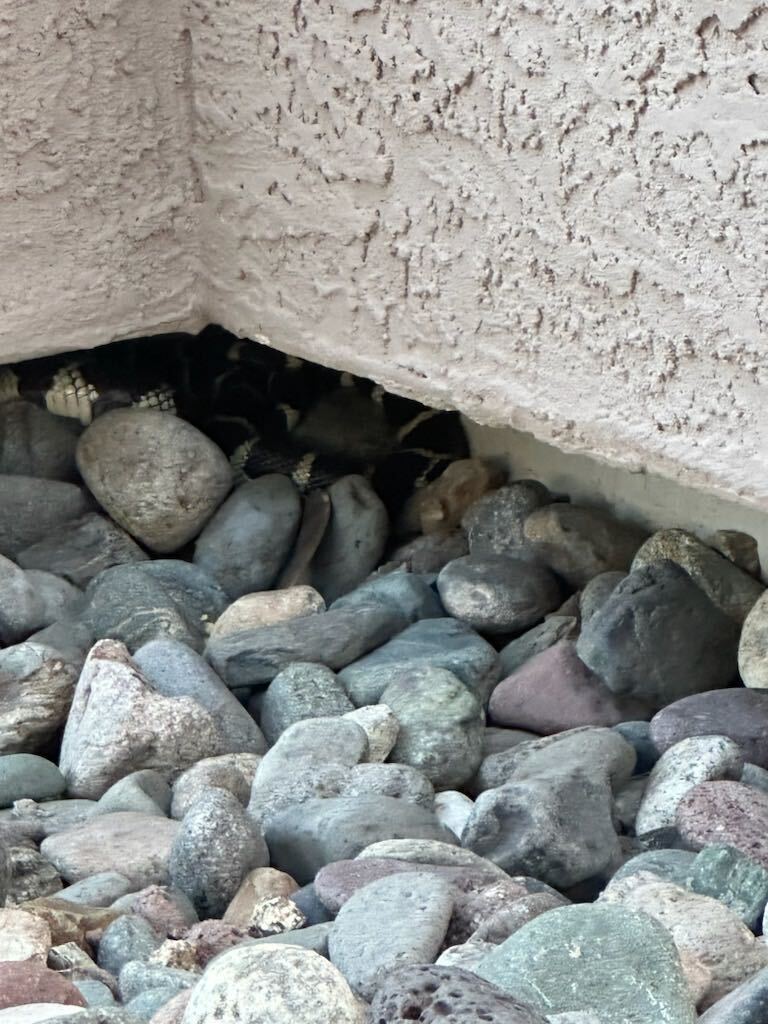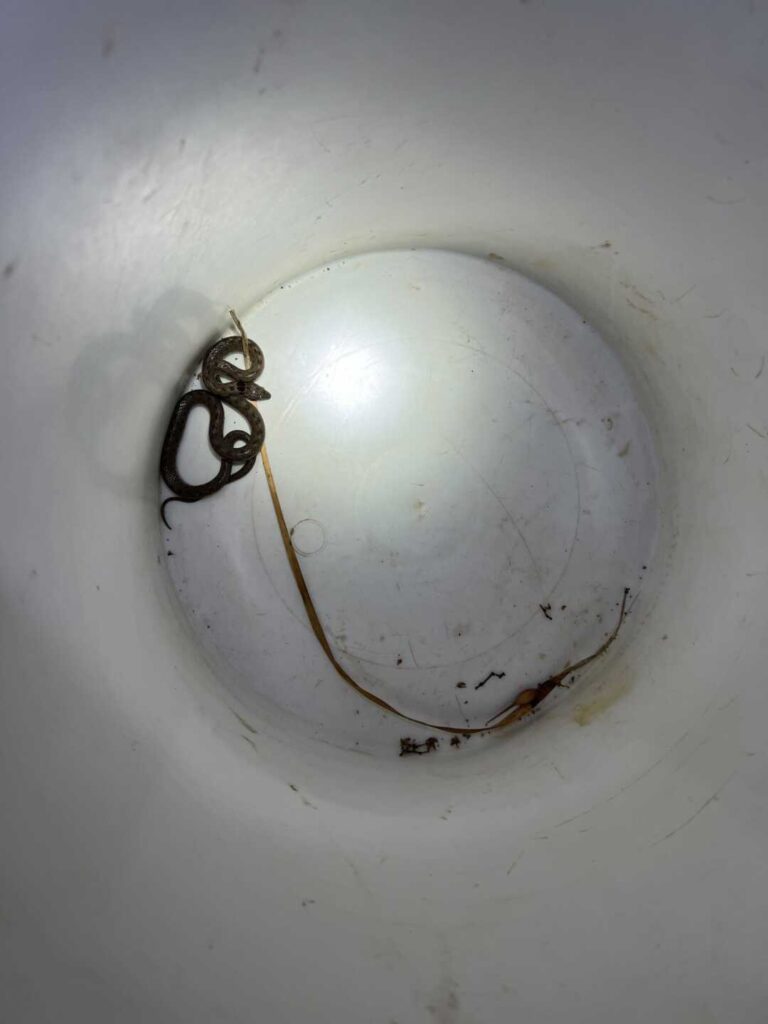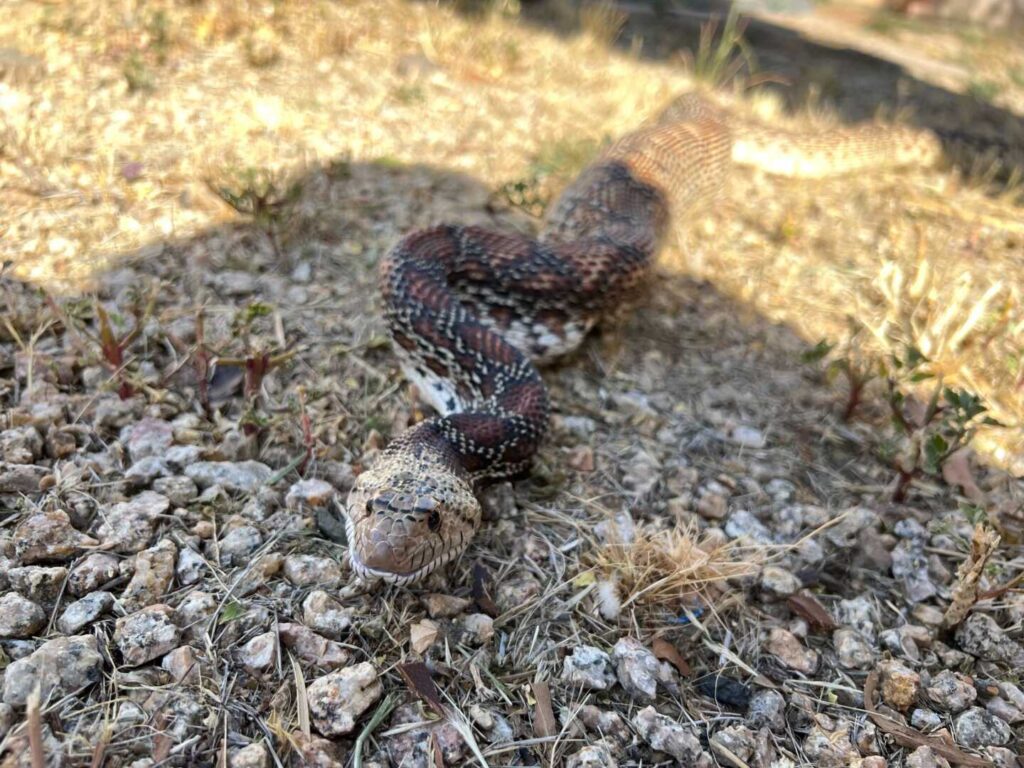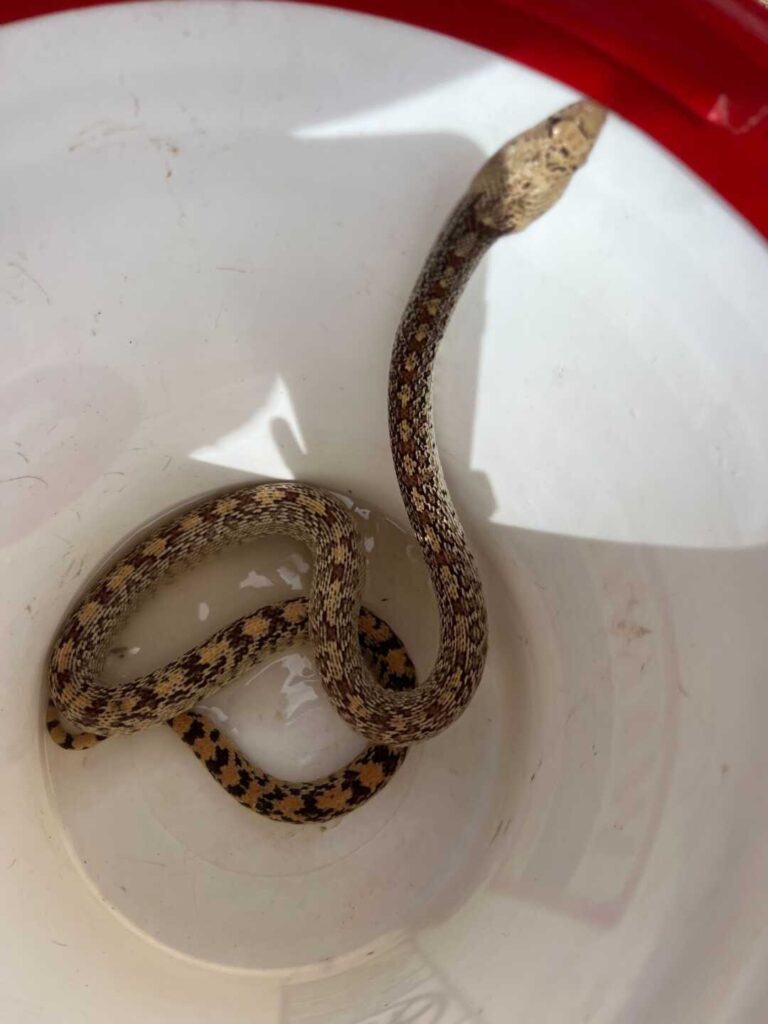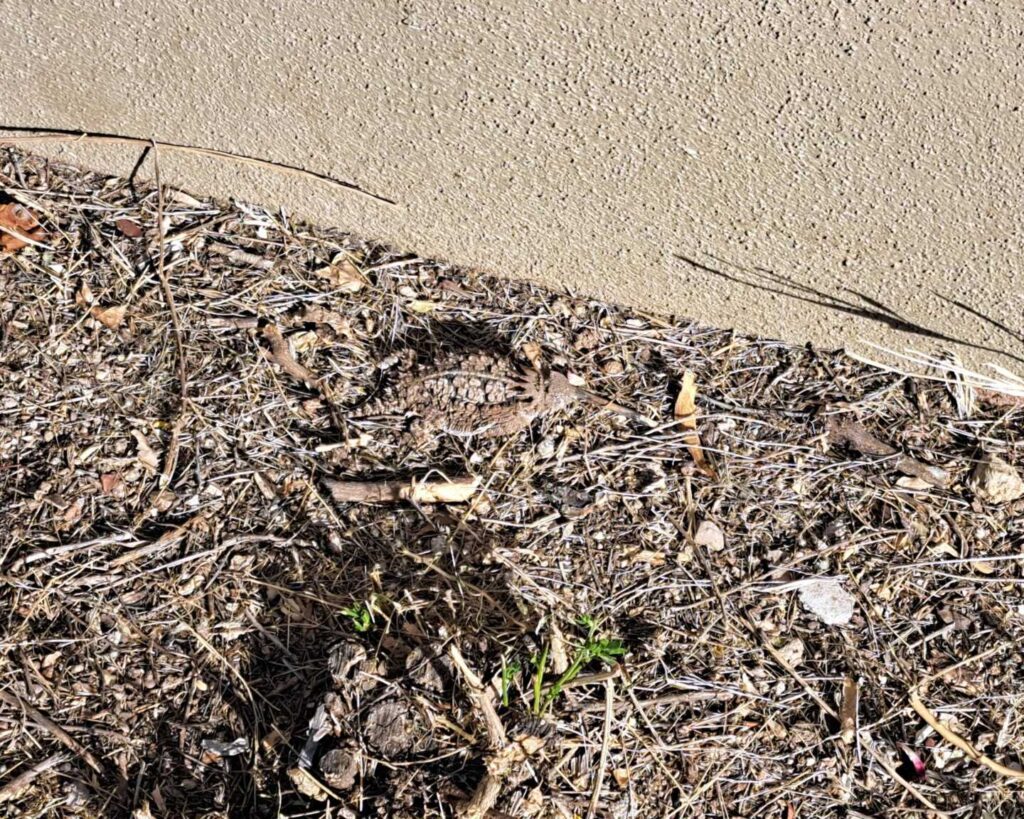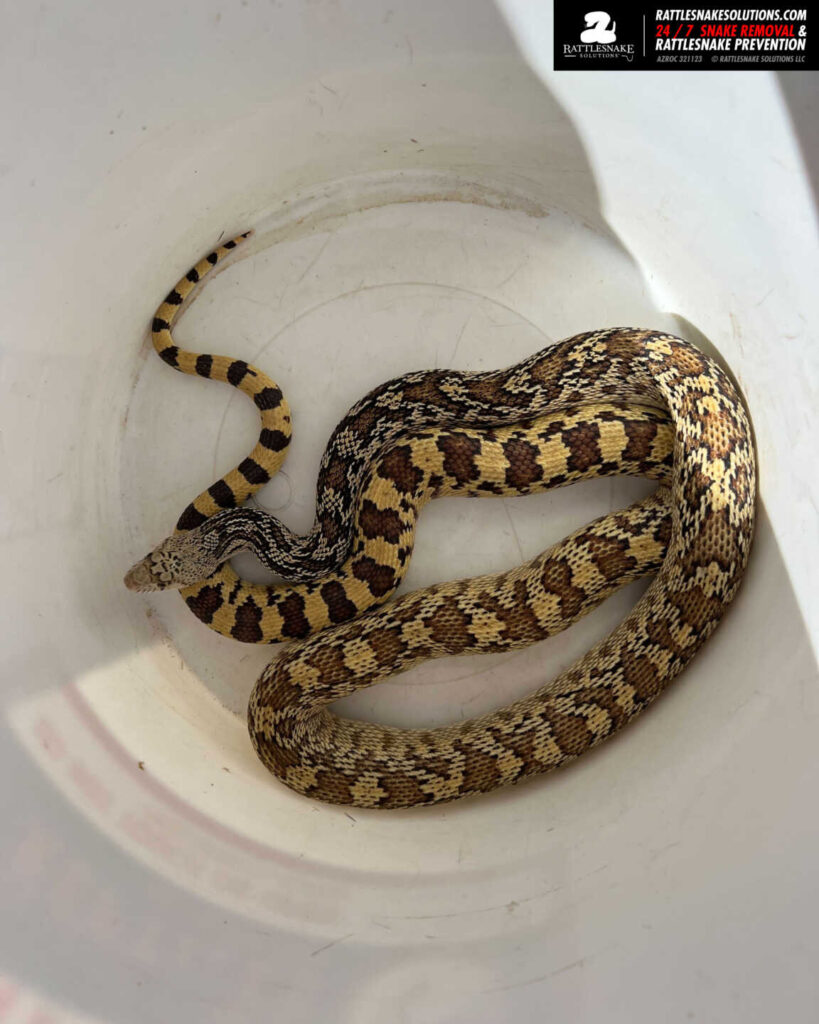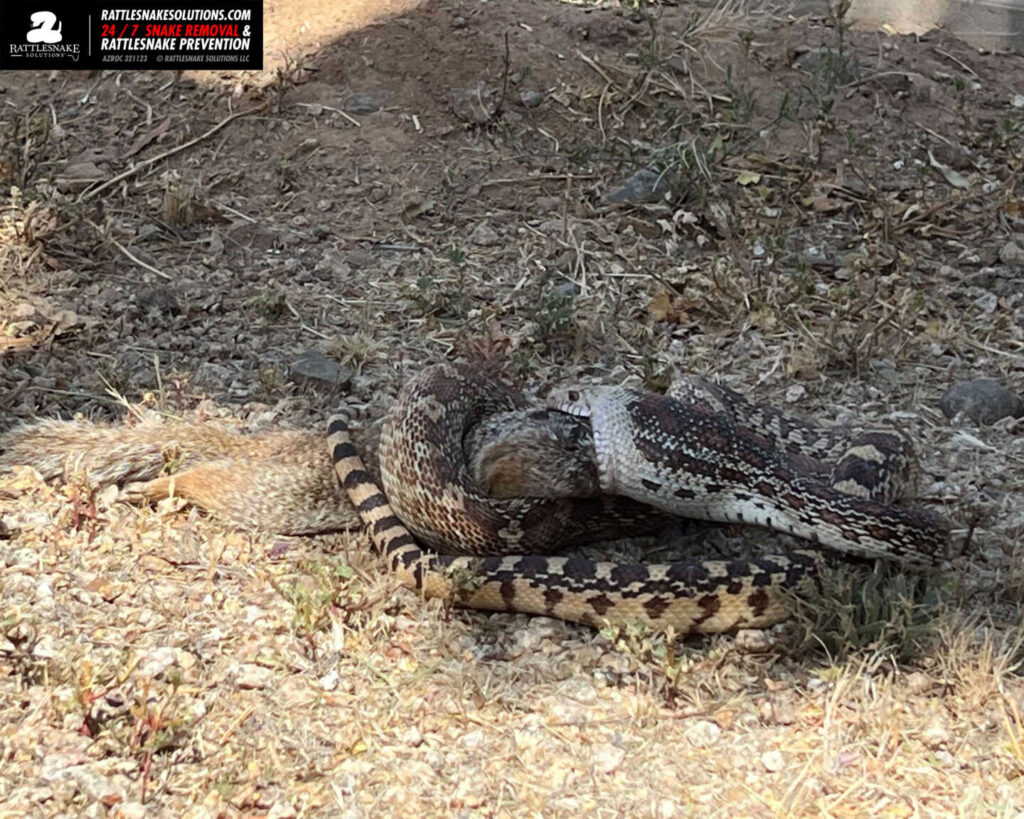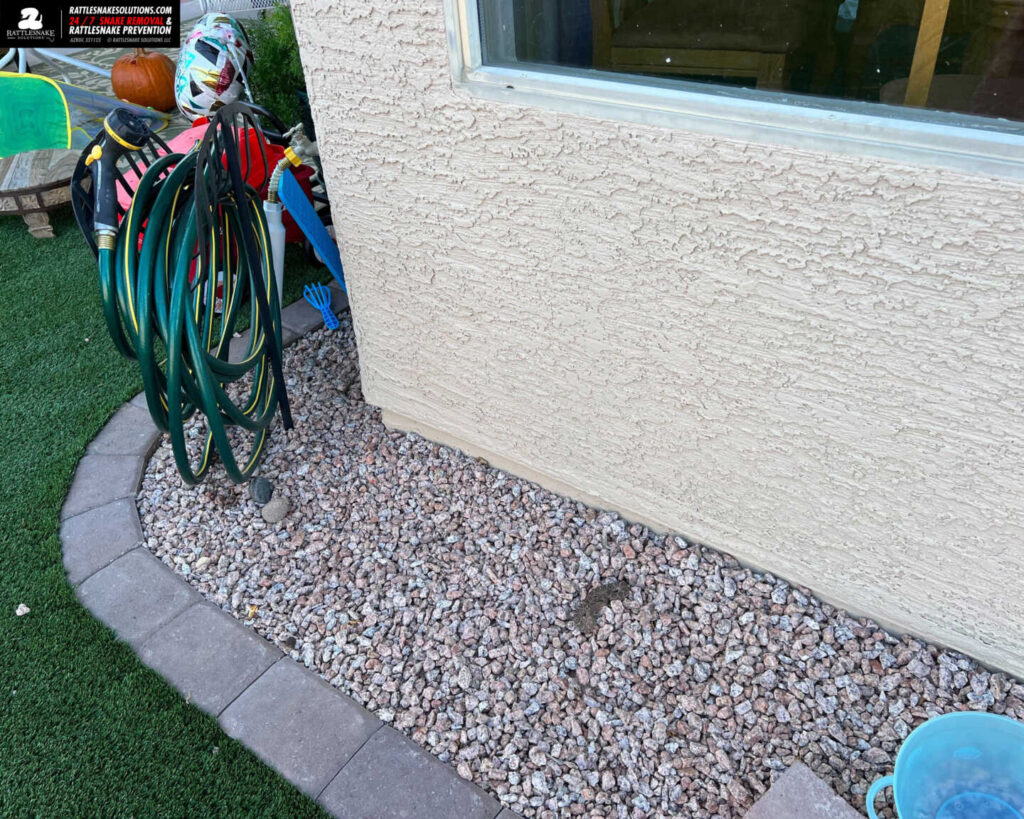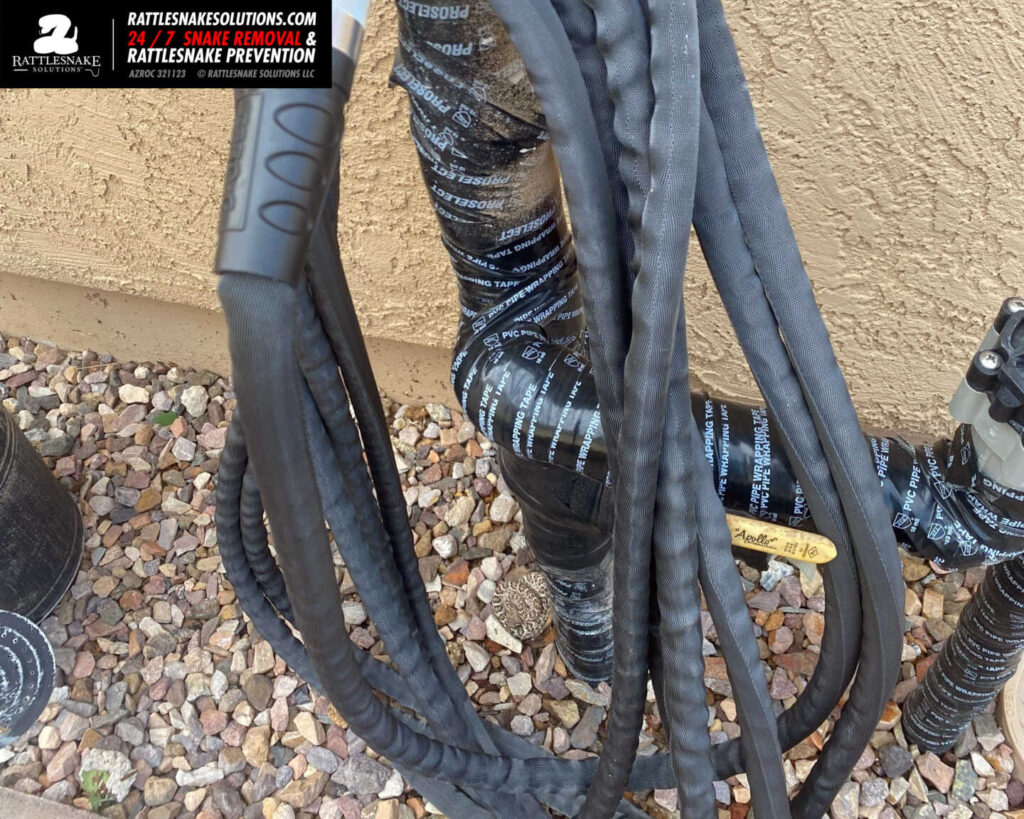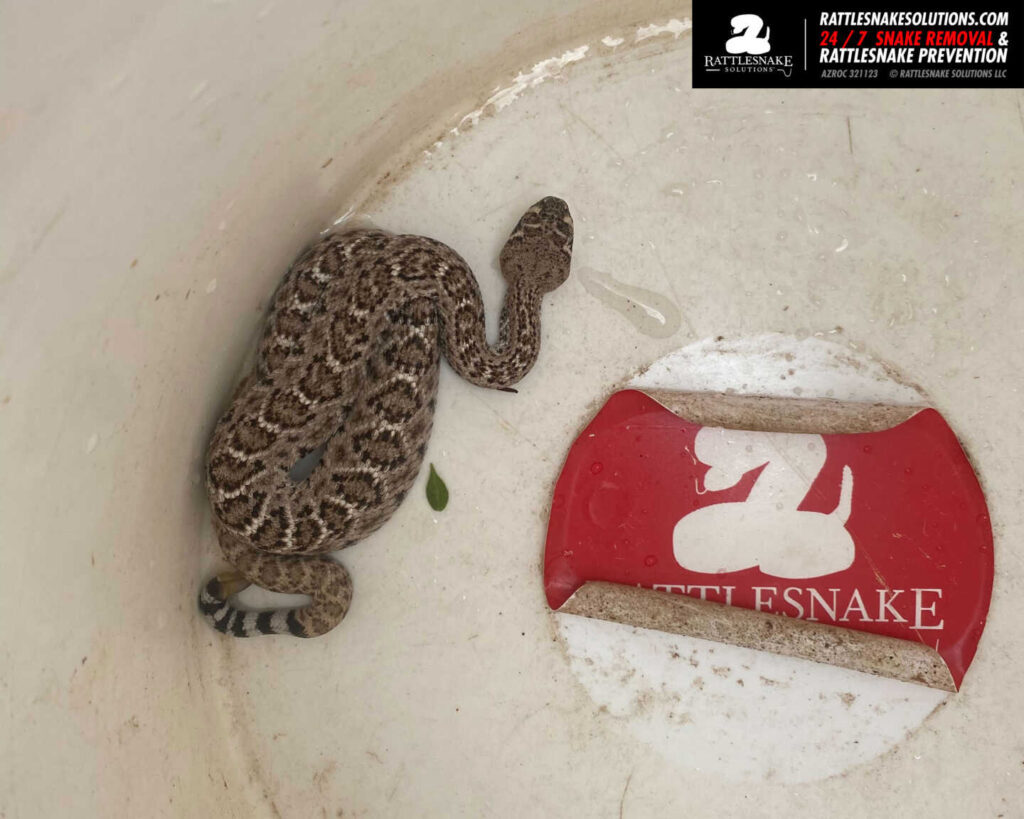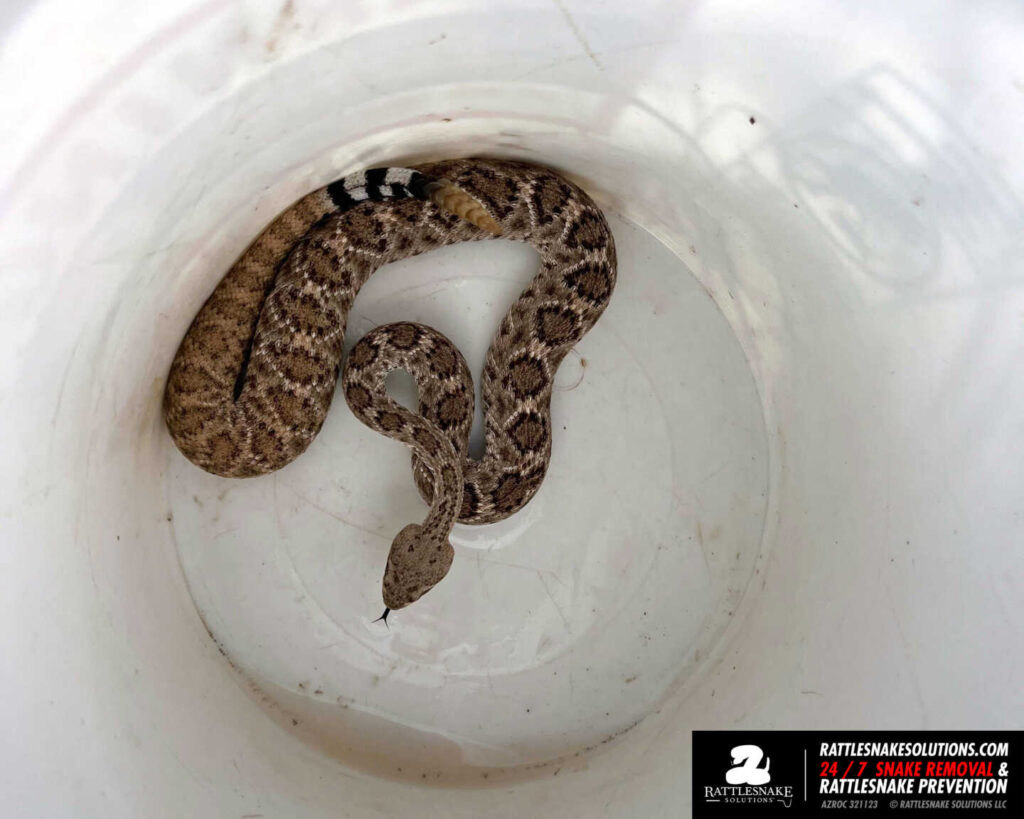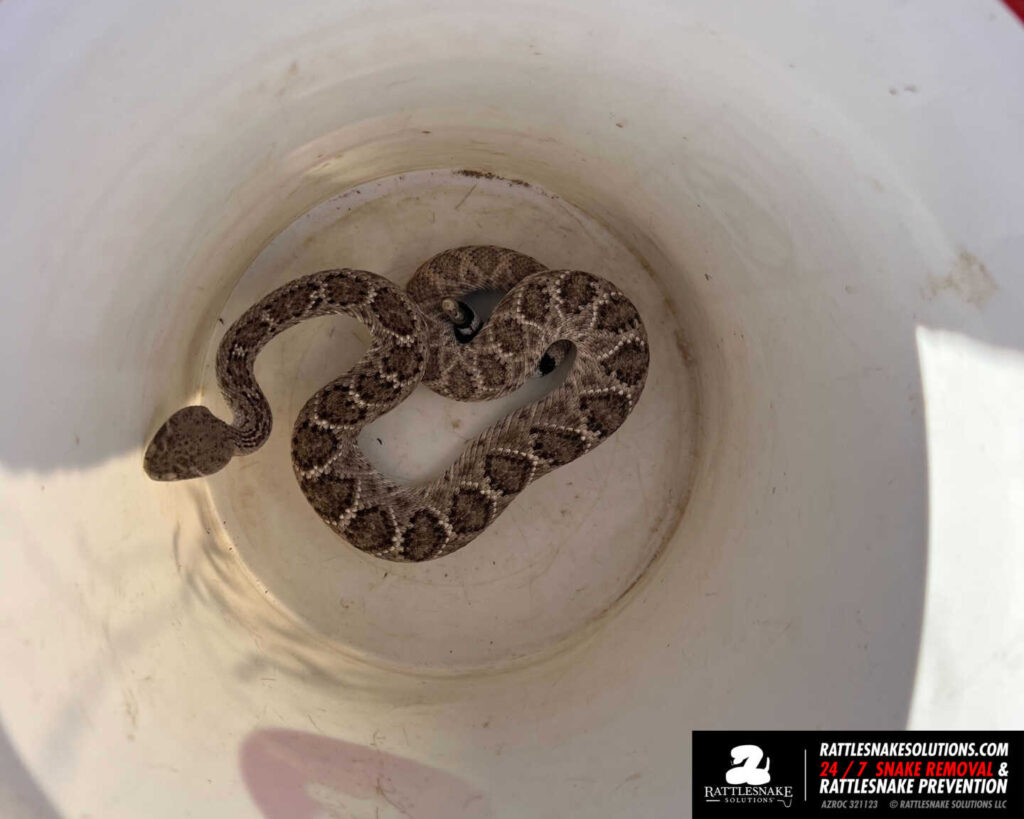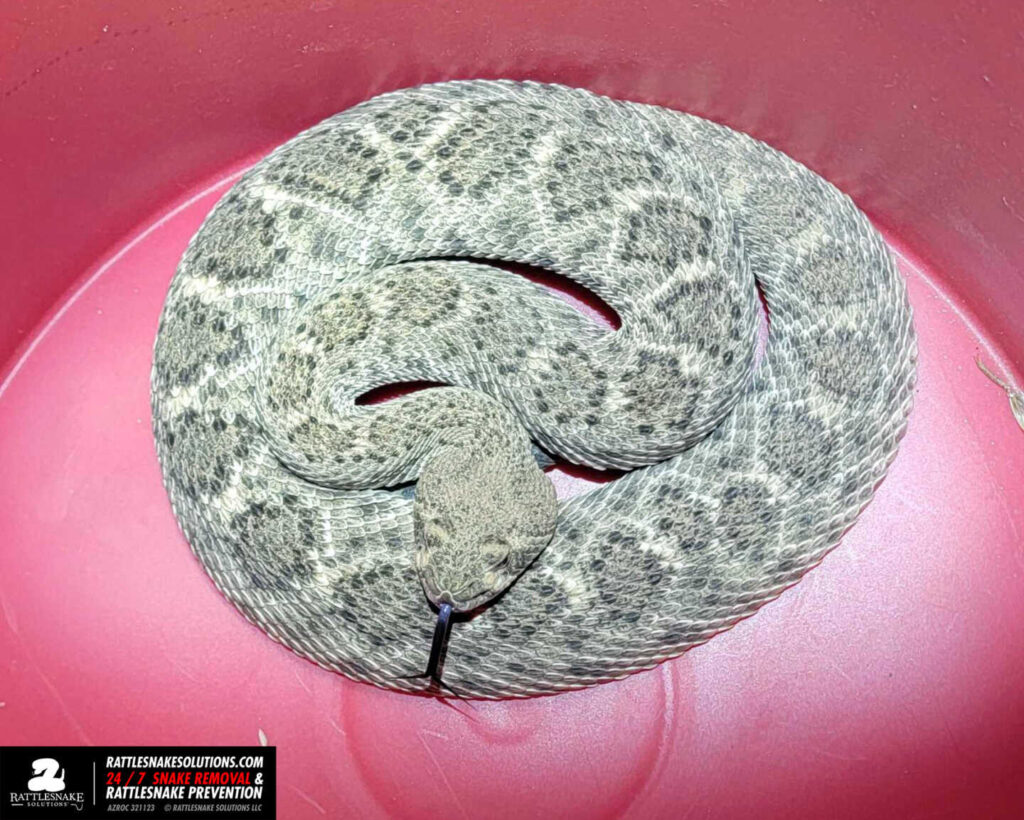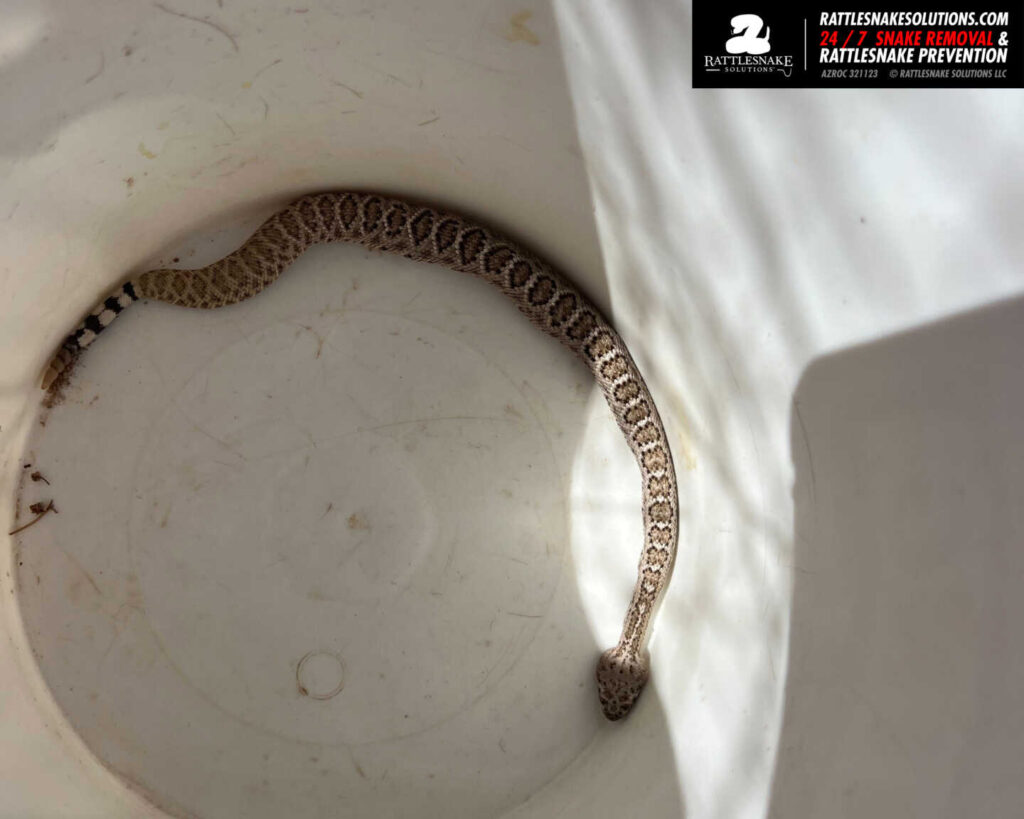These four Southwestern Speckled Rattlesnakes were captured in the same location over a couple of visits. We implanted passive radio transmitters and released them together to carefully selected microhabitat. We’ll see them again, but most likely in a subsequent survey of the release canyon than any other scenario.

Marissa caught this feisty Western Patchnosed Snake in front of a business in Ahwatukee. She managed to get it out of some bushes and release it to a better situation.
More on the Western Patchnosed Snake (Salvadora hexalepis ssp.)
https://rattlesnakesolutions.com/WesternPatchnosedSnake

A Southwestern Speckled Rattlesnake rattled at an Ahwatukee homeowner as they entered the garage. The door had been left open the day before, providing an easy hiding spot to stay out of the sun for the day. It was captured safely and relocated back to suitable habitat.
More on the Southwestern Speckled Rattlesnake (Crotalus pyrrhus)
https://rattlesnakesolutions.com/SpeckledRattlesnake

Another rattlesnake fence installation that is difficult to see without specifically looking for it. There are a lot of fence styles out there, each with its own necessary methods and materials to make sure the rattlesnake-excluding standards we’ve developed are in place.
More information on Rattlesnake Fencing: https://rattlesnakesolutions.com/keep-snakes-away/snake-fence.php?p=social

Why were the quail at this Fountain Hills home going nuts? The rattlesnake hiding in the bush! It was relocated safely.

It’s toad time! These two Sonoran Desert Toads had been hanging out in backyards for a few weeks. With a couple of dogs in the yard, they got a ride to another situation where they can survive. These toads can be very dangerous to dogs.



This Western Diamondback Rattlesnake took a dive when trying to get a drink, and wasn’t able to get out. Thankfully the homeowners spotted it and called Bryce out to help it to a better situation.

A young Western Diamondback Rattlesnake from a Cave Creek back patio. The homeowners were scheduled to have rattlesnake fencing installed, and this little one thought he’d get one last time in the yard before it’s a no-rattlesnakes zone. Bryce relocated it to a carefully selected location.

A courtyard with materials added to deny entry to rattlesnakes in an inviting, shaded area.

A gravid (pregnant) Western Diamondback Rattlesnake was spotted cruising around the shaded area near a pool. When it’s this hot, these situations emulate natural aestivation areas and rattlesnakes are often encountered at homes. She was safely captured by our team and relocated to a carefully selected microhabitat to wait out the heat and eventually give birth.

One of our favorites, and not one we relocate too often considering how common they are: a Tiger Rattlesnake! Dave relocated this one from guest housing at a Tucson area golf resort. Despite the guest’s demands that it be “dispatched”, the resort know what’s up and helped Dave find a suitable site to relocate the snake.


A few recent Western Diamondback Rattlesnakes as found by Dave on recent relocation calls around Tucson.



A Southwestern Speckled Rattlesnake seen by an Ahwatukee homeowner as they pulled into their driveway. It then went into the backyard and cruised around for a bit before coming back to the front, which is where Marissa found it upon arrival. It was safely relocated to carefully selected habitat.

A Western Diamondback Rattlesnake found in a hallway of an apartment complex in Phoenix. Many of these new complexes are built adjacent to large areas of state land and provide rattlesnake-friendly landscaping. The inevitable, and optional, result are encounters like this. The snake was safely relocated and no others were found.

An interesting Southwestern Speckled Rattlesnake found at a home in Ahwatukee. It’s pattern is disrupted in several places, leaving open patches of orange on its head and and an overall more mottled, chaotic pattern than is typical in the area. The tongue is also pink with white tips.

A Western Diamondback Rattlesnake in a Cave Creek backyard enjoying the cool lawn. When it’s hot, it’s not uncommon for us to be called out to capture rattlesnakes sitting in the wide open like this, usually right after the sprinklers have finished up. I think right now anyone in Arizona would do the same 😉

A little Western Diamondback Rattlesnake taking advantage of a shady spot with a little added moisture under a hose. Marana, AZ.


Do a kick flip! A radical little Western Diamondback Rattlesnake in an Oro Valley garage.

While releasing a rattlesnake after a recent capture in Oro Valley, Nik saw confirmation that he was in suitable habitat for the species and time of year – a Western Diamondback Rattlesnake coiled in ambush, waiting for a rodent or bird to come along. While we normally never disturb situations like this, the snake was on a busy trail frequented by runners, so it was moved a short distance as well.

A small Mojave rattlesnake on a doorstep near Three Points. The home, which didn’t exist a month prior, will likely experience continued encounters with confused wildlife for several years. Landscaping decisions, rattlesnake fencing, and continued education can be essential aspects of safe and sustainable coexistence in such situations. Nik relocated this one to suitable microhabitat.


This Western Diamondback Rattlesnakehad managed to go up a dozen steps to the front door to hang out. Justin helped find it a better spot.

A recent rattlesnake fence project completed in the Tucson area.
More information on Rattlesnake Fencing: https://rattlesnakesolutions.com/keep-snakes-away/snake-fence.php?p=social

A Western Diamondback Rattlesnake in a corner near a front door. This is a surprisingly common situation. Despite this, the homeowners typically discover the snake on the way BACK, having stepped over it initially. This one was safely captured and relocated by Dave in Tucson.

A Western Diamondback Rattlesnake in ambush in some erosion control rocks in a Tucson front yard. Relocated to a better situation.

Our Tucson hotline got a call for a Sonoran Gophersnake stuck in a rodent trap along with an unknown second reptile. Dave was able to free the snake, which has a good chance of recovering despite some broken ribs. The other was a Tiger Whiptail lizard, which was also carefully removed. Both were given water, which they quickly drank up, before they went off into natural habitat.




A Western Diamondback Rattlesnake from Cave Creek:

Some recent rattlesnake fencing installation work from our team in Tucson. This property is ready for rattlesnake baby season.
More information on Rattlesnake Fencing: https://rattlesnakesolutions.com/keep-snakes-away/snake-fence.php?p=social



This giant Western Diamondback Rattlesnake was as big as the lid of Nik’s bucket. This one wasn’t the relocated snake, however, but one he found while on the release. The presence of wild rattlesnakes at a release site is a great indicator we’ve selected the right location.

This pretty, young Mojave Rattlesnake was relocated from a residential property in the Phoenix area by Tim. As we often discuss, Mojave Rattlesnakes in our area are seldom green, with this rich brown color being more typical. While some do have a greenish tint, the common misbelief that this color is diagnostic for the species is false.

Upgrades to this outer fence will make this fall less rattlesnakey this year. From our Tucson team.


A little Western Diamondback Rattlesnakehiding out in the shade cast by a backyard grill. Relocated to a better situation by Marissa.

This Sonoran Gophersnake found a group of eggs in a Scottsdale backyard. It was safely escorted, along with its quail omelet, to suitable nearby habitat.


A tiny juvenile Gila Monster found very far into an entirely developed neighborhood. It had been seen a few weeks prior, and had managed to survive despite no nearby habitat at all. How it got to this location is a mystery.


This Western Diamondback Rattlesnake was in a Mesa warehouse, pretty far away from the nearest suitable habitat. It had to have crossed a freeway and quite a lot of entirely urbanized area to get here. Everyone, including the snake, are likely happy to have this situation resolved.

Made in the shade.

The NUMBER ONE rattlesnake fence principle:
The perimeter of a protected area must be entirely protected. Not just the gates, not just the fence along the back with the sides open … the entire thing. A partial job is not a rattlesnake deterrent but becomes an effective rattlesnake trap. If you’re talked into a partial project, the chances for a rattlesnake encounter in your backyard can actually go up dramatically.
This one is done right: all the way around, no openings at all, and using the proper materials and methods.

A little Western Diamondback Rattlesnake waiting out the heat of the day in this shady area alongside a Mesa home.

A dog found this California Kingsnake in the backyard. It went down a hole and there was some concern it wouldn’t be able to be retrieved safely … but it had apparently found a back door and was just slithering towards Marissa when she arrived. It would be great if they were all that easy.

Welcome to Scottsdale! This scene – a small Western Diamondback Rattlesnake hiding out in the corner of a shaded front entrance, is pretty common.

The homeowner already had this Southwestern Speckled Rattlesnake in a bucket by the time Marissa got there! This brightly colored snake was at a home high on a hillside of rock the same color. It was tagged and released within the preserve to carefully selected microhabitat.

Some free water in the backyard was a great resource for this Speckled Ratlesnake. After it had been there for a few days, the homeowners decided it should move along.
Marissa took it to seasonally appropriate microhabitat for the species. This careful consideration during the relocation process is essential for the animal to survive.


A north Phoenix homeowner saw this small Western Diamondback Rattlesnake crawl into the garage through a gap take a rest in the corner. The snake was carefully relocated, and “fix the garage door” was added to the weekend task list.








































































































































































